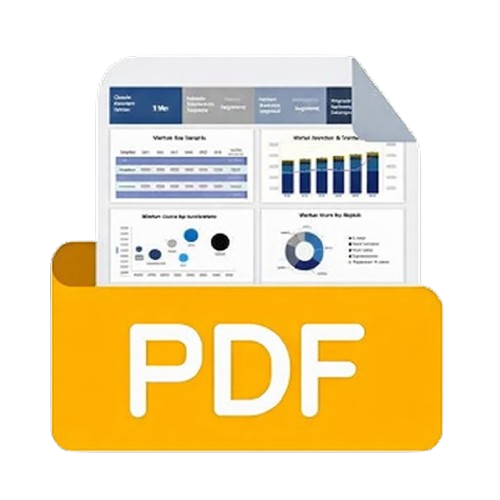
Limited Time Festive Offer | China Baby Food Flexible Packaging Market Report @ $2450
- An Outline of the China Baby Food Flexible Packaging Market
- Market Definition
- Market Segmentation
- Product Overview
- Assumptions and Acronyms
- Research Methodology & Approach
- Research Process
- Primary Research
- Secondary Research
- Market Size Estimation
- Summary of the Report for Key Decision Markers
- Market Size and Forecast
- Competitive Landscape
- Market Dynamics
- Forces of the Market Constituents
- Drivers
- Trends
- Key Market Opportunities for Business Growth
- Major Roadblocks for the Market Growth
- Government Regulation: How They Would Aid Business?
- Analysis on Ongoing Technological Advancement in Baby Food Flexible Packaging Market
- Industry Risk Analysis
- China Economic Outlook Challenges for China Recovery and its Impact on China Baby Food Flexible Packaging Market
- Impact of COVID-19 on China Baby Food Flexible Packaging Market
- Industry Pricing Benchmarking & Analysis
- Industry Supply Chain Analysis
- Product Analysis W.r.t Flexible Packaging
- Competitive Positioning: Strategies to Differentiate a Company from its Competitors
- Competitive Model: A Detailed Inside View for Investors Market Share of Major Companies Profiled, 2021
- Market Share Analysis, 2021
- Competitive Benchmarking
- BEAPAK
- Detailed overview
- Assessment of Key Offering
- Analysis on Growth Strategies
- Exhaustive Analysis on Key Financial Indicators
- Recent Developments
- Minfly Packaging
- Xiamen Kinderway Packaging Co., Ltd.
- Scholle IPN
- Guangdong Danqing Printing Co., Ltd.
- HengZhong Packaging Co., Ltd
- Henan Baolai Packaging Co.,Ltd
- Amcor plc
- Sealed Air
- TedPack Company Limited
- BEAPAK
- China Baby Food Flexible Packaging Market Outlook & Projections, Opportunity Assessment, 2021 to 2031
- Market Overview
- By Value (USD million)
- China Baby Food Flexible Packaging Market Outlook & Projections, Opportunity Assessment by Segments, 2021-2031
- By Type
- Pouches, 2021-2031F (USD Million)
- Stand-up Pouches, 2021-2031F (USD Million)
- Flat Pouches, 2021-2031F (USD Million)
- Bags, 2021-2031F (USD Million)
- Wraps, 2021-2031F (USD Million)
- Others, 2021-2031F (USD Million)
- Pouches, 2021-2031F (USD Million)
- By Material
- Plastic, 2021-2031F (USD Million)
- Aluminum Foil, 2021-2031F (USD Million)
- Paperboard, 2021-2031F (USD Million)
- Others, 2021-2031F (USD Million)
- By Product
- Dried Baby Food, 2021-2031F (USD Million)
- Milk Formula, 2021-2031F (USD Million)
- Liquid Milk Formula, 2021-2031F (USD Million)
- Powder Milk Formula, 2021-2031F (USD Million)
- Prepared Baby Food, 2021-2031F (USD Million)
- Others, 2021-2031F (USD Million)
- By Type
- Cross Analysis of Type w.r.t. Product
- Contact List of Major Manufacturers
Global Market Size, Forecast, and Trend Highlights Over 2023-2031
China Baby Food Flexible Packaging Market size is expected to surpass USD 30,817.4 million by the end of 2031, growing at a CAGR of 9.34% during the forecast period, i.e., 2022-2031. In the year 2021, the industry size of china baby food flexible packaging was USD 12,754.5 Million. The growth of the market can be attributed to people’s rising concern about baby food brands. Parents have become more aware than ever of the brand producing baby food. One recent study has shown that around 95% of baby food contains toxic metals, including cadmium, arsenic, lead, and mercury. These metals can affect the cognitive development of a child, it increases the risk of metals and slowing down the physical growth of the baby. Around 36% of people showed their immense concern about the brand they are buying the baby food from, and nearly 40% were sufficiently concerned about the same.
In addition to these, factors that are believed to fuel the market growth of China baby food flexible packaging include the proactive effort by the government of China to boost the infant population in the region. For instance, China’s government introduces 3 children policy for each set of parents, it allows couples to conceive three children for balancing the younger and older population. Furthermore, in 2021, nearly 11 million babies were born and had a rate of 7.52 per thousand people. The rising population will increase the need for baby food. Baby food has various nutritious properties, it contains iron, calcium, and vitamins, which are crucial for babies’ growth.
China Baby Food Flexible Packaging Sector: Growth Drivers and Challenges
Growth Drivers
- Increasing Population of Baby
With the steady increase in the infant population in the country is to boost the demand for baby food as it is essential for physical and mental growth of the baby. In 2020, nearly 12 million babies were born in China. The birth rate was 8.52 for every 1000 people.
- Adoption of Recycling Grade Material to Reduce Packaging Waste
By 2025, China is projected to have packaging garbage that is heavier than more than 400 aircraft carriers. The amount of waste can be reduced and the energy cost of recycling by using recycling grade material for packaging.
- New Launches of the Product
Unique-shaped food packaging, an aluminum foil custom bag was launched by BaoLai Packaging Co., Ltd. A standard triangular sealed bag, a center sealed bag, and a four-sided sealed bag make up this special-shaped bag.
- Government Initiatives for More Child Births in China
East China's Zhejiang province's Longwan district intends to provide families with a second child a USD 140 monthly payment up until the children become three years old, with USD 425 for families with a third child. The rising efforts of the government to boost the infant population are expected to increase the number of childbirths, which in turn is anticipated to boost the baby food demand.
- Rising Preference of People to Use Environmentally Friendly Packaging
In China, around 24% of Gen Z and millennials verify sustainable packaging before buying the product. Moreover, Chinese consumers between the ages of 30 and 49 have the highest sustainable consumption abilities, young individuals between the ages of 20 and 29 demonstrate the most enthusiasm and awareness in sustainable consumption.
Challenges
- Growing Preference for Homemade and Organic Foods
- Presence of Toxic Metal Which Can Damage the Brain
- Environmental Threats Imposed by Plastic-Based Flexible Packaging- The plastic dilemma has received more attention owing to the expanding e-commerce and food delivery sectors. China's plastic packaging growth rate increased from 2.3% in 2020 to 4.4% in 2021 last year. There is also biodegradable plastic present in the market, but still, they are not very easily degraded and require special conditions.
China Baby Food Flexible Packaging Market: Key Insights
|
Base Year |
2021 |
|
Forecast Year |
2022-2031 |
|
CAGR |
9.34% |
|
Base Year Market Size (2021) |
USD 12,754.5 Million |
|
Forecast Year Market Size (2031) |
USD 30,817.4 Million |
|
Regional |
China |
China Baby Food Flexible Packaging Segmentation
Product (Dried Baby Food, Milk Formula, Prepared Baby Food)
The China baby food flexible packaging market is segmented and analyzed for demand and supply by product into dried baby food, milk formula, prepared baby food, and others. Out of all, the milk formula segment is anticipated to hold the largest market size of USD 15,270 million by the end of 2031 by growing at a CAGR of 9.52% over the forecast period. The segment garnered a revenue of USD 6,220.4 million in 2021. The growth of the segment can be attributed to the increasing demand of baby milk formula in the country. In China the demand of milk formula has been doubled and it accounts for nearly 50% of the total global value of the milk formula in 2020. Furthermore, in last few years the import of baby formula from European, Australian brands has increased by two times. Moreover, the milk formula segment is further being fragmented into liquid milk formula and powder milk formula. Among these two, the powder milk formula segment is to generate the highest revenue at the end of 2031 and also grow with the highest CAGR of 10.28% during the forecast period.
Material (Plastic, Aluminum Foil, Paperboard)
The China baby food flexible packaging market is also segmented and analyzed for demand and supply by material into plastic, aluminum foil, paperboard, and others. Amongst all these segments, the plastic segment is expected to garner the highest market revenue of USD 17,837.1 million at the end of 2031 by growing at a CAGR of 9.18% over the forecast period. Moreover, the segment generated a revenue of USD 7,492 million in 2021. China already commands significant global market shares for flexible packaging. Moreover, food packaging is continuously growing in the region, from around 400,000 million package items in 2018 to nearly 448,000 million in 2023. In addition to this, the largest portion is made up of plastic packaging, followed by glass, metal, and paper. Plastic packaging is the most preferable packaging owing to the factors, including plastic packaging can tolerate extreme temperatures and protects the product from moisture, odors, light, and dust. Moreover, plastic packaging is versatile and enables manufactures to alter its size, and shape to meet the requirements.
Our in-depth analysis of the global market includes the following segments:
|
By Type |
|
|
By Material |
|
|
By Product |
|
Companies Dominating the China Baby Food Flexible Packaging Landscape
- BEAPAK
- Company Overview
- Business Strategy
- Key Product Offerings
- Financial Performance
- Key Performance Indicators
- Risk Analysis
- Recent Development
- Regional Presence
- SWOT Analysis
- Minfly Packaging
- Kinderway Group,
- Scholle IPN
- Guangdong Danqing Printing Co., Ltd.
- HengZhong Packaging Co., Ltd.
- Henan Baolai Packaging Co., Ltd.
- Amcor PLC
- Sealed Air
- TedPack Company Limited
Recent Developments
-
Schollee IPN (part of SIG) announces the expansion of its portfolio by launching sustainable and technologically advanced solutions and packaging innovation to Dubai Sillicon Oasis. Through augmented reality, the company gave a sneak peek of this next-generation packaging at the Gulfood Manufacturing Exhibition 2022.
-
Amcor plc has created a ground-breaking two-step light weighting process that removes more than 50% of the material and weight from the bottle's finish. The new QuantumTM technology from ARP for polyethylene terephthalate (PET) bottles offers sustainability benefits, lowers cost, and enhances packaging aesthetics.
- Report ID: 4683
- Published Date: Jan 13, 2023
- Report Format: PDF, PPT
- Explore a preview of key market trends and insights
- Review sample data tables and segment breakdowns
- Experience the quality of our visual data representations
- Evaluate our report structure and research methodology
- Get a glimpse of competitive landscape analysis
- Understand how regional forecasts are presented
- Assess the depth of company profiling and benchmarking
- Preview how actionable insights can support your strategy
Explore real data and analysis
Frequently Asked Questions (FAQ)
China Baby Food Flexible Packaging Market Report Scope
FREE Sample Copy includes market overview, growth trends, statistical charts & tables, forecast estimates, and much more.
Connect with our Expert
See how top U.S. companies are managing market uncertainty — get your free sample with trends, challenges, macroeconomic factors, charts, forecasts, and more.



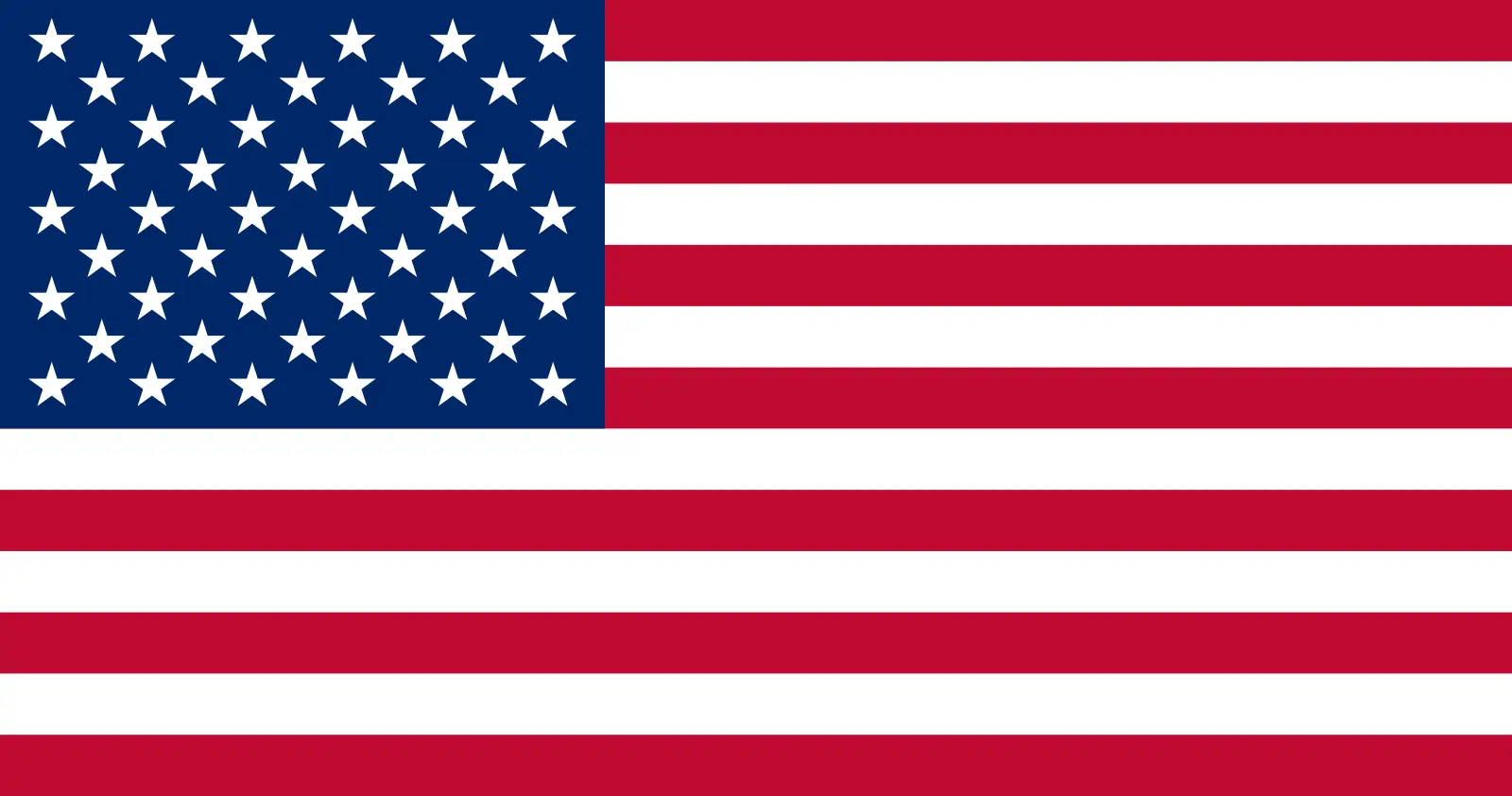
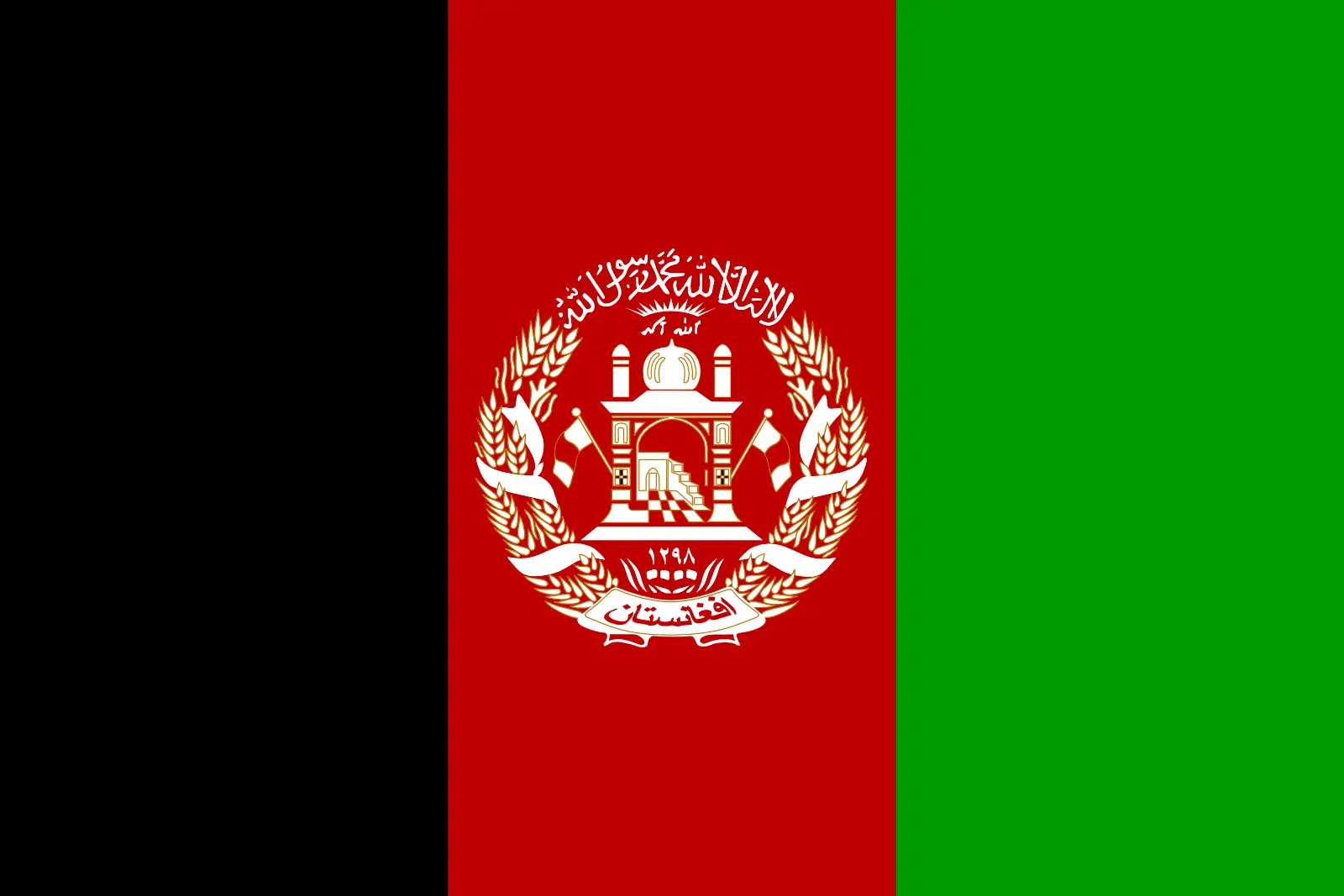 Afghanistan (+93)
Afghanistan (+93)
 Åland Islands (+358)
Åland Islands (+358)
 Albania (+355)
Albania (+355)
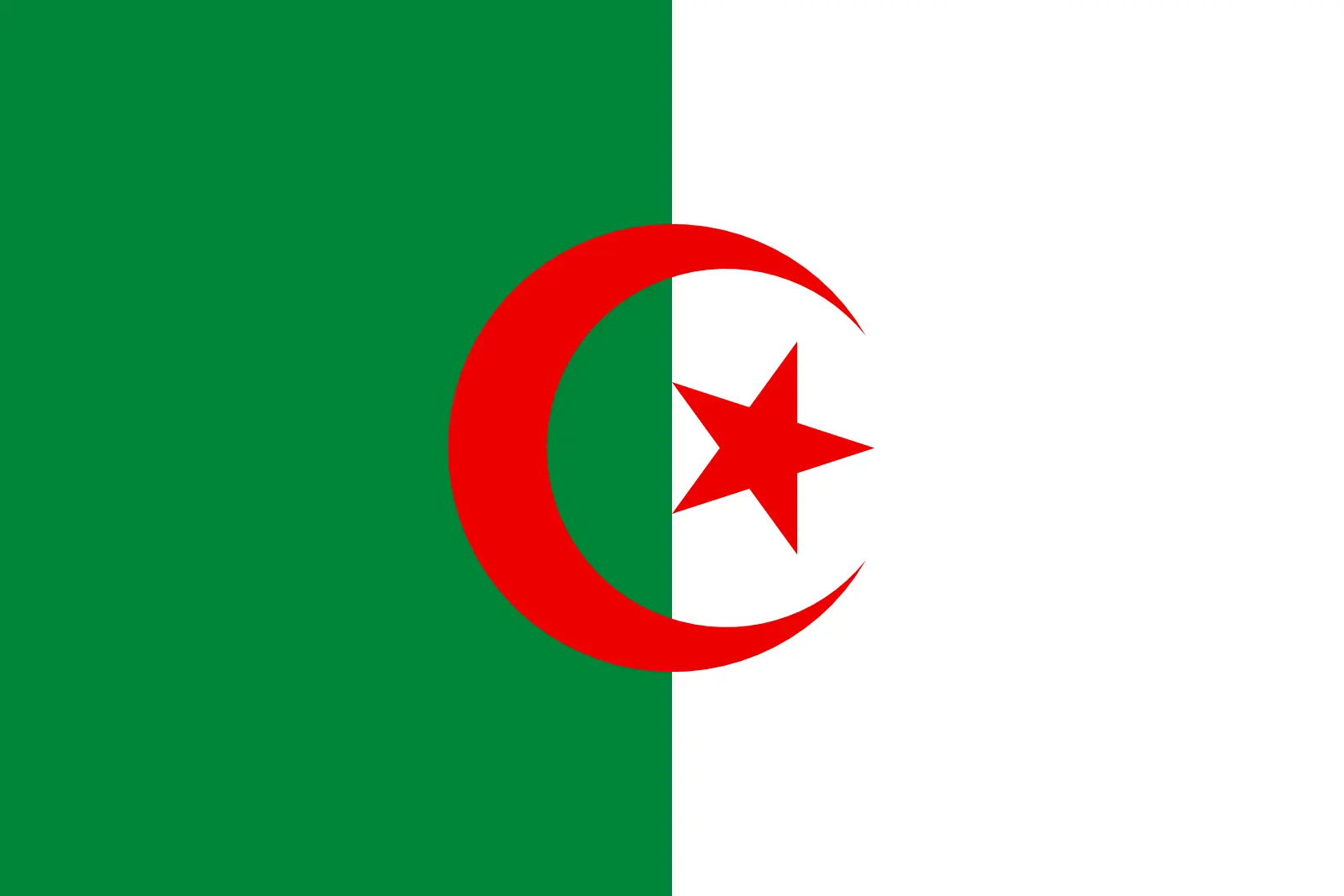 Algeria (+213)
Algeria (+213)
 American Samoa (+1684)
American Samoa (+1684)
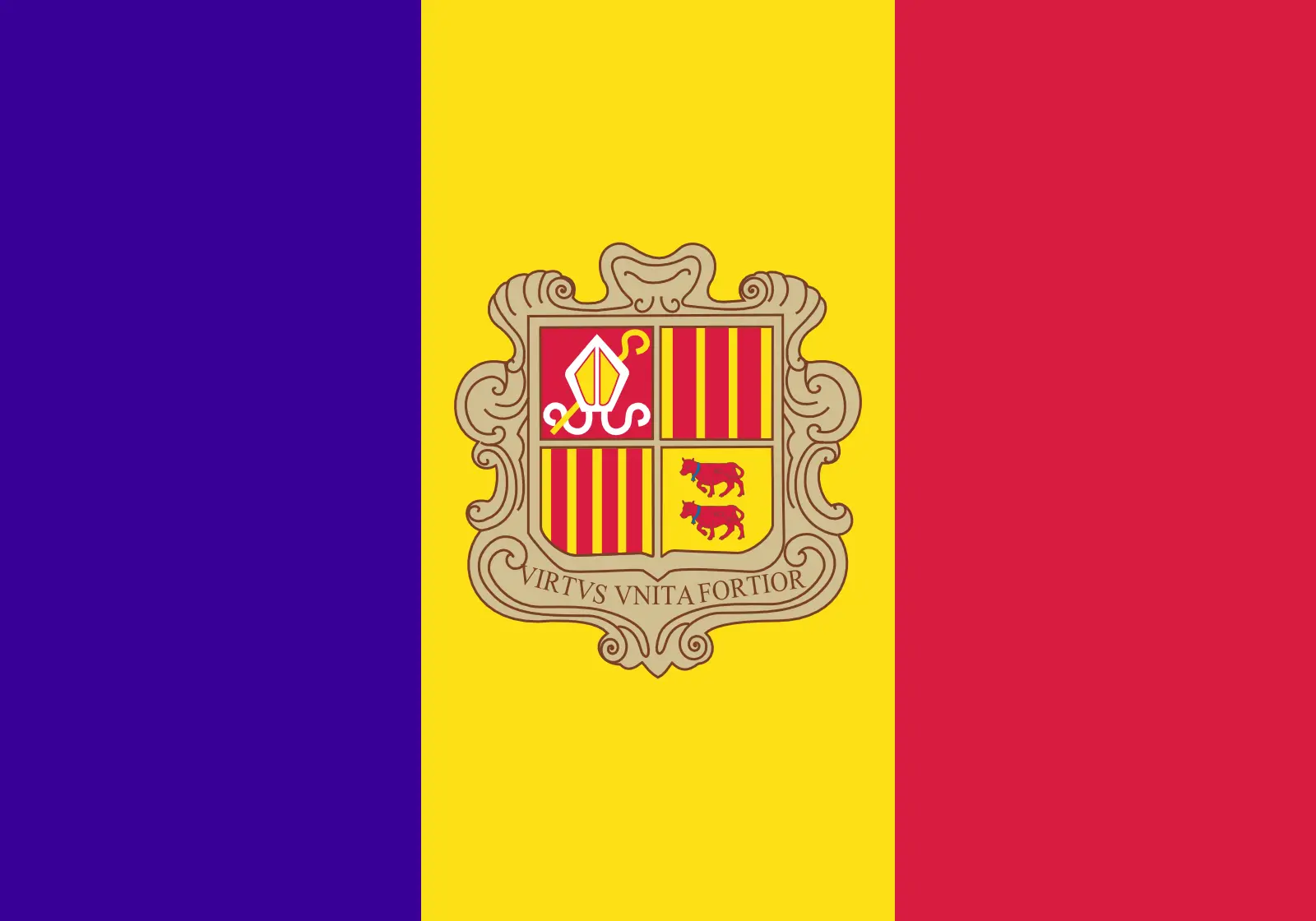 Andorra (+376)
Andorra (+376)
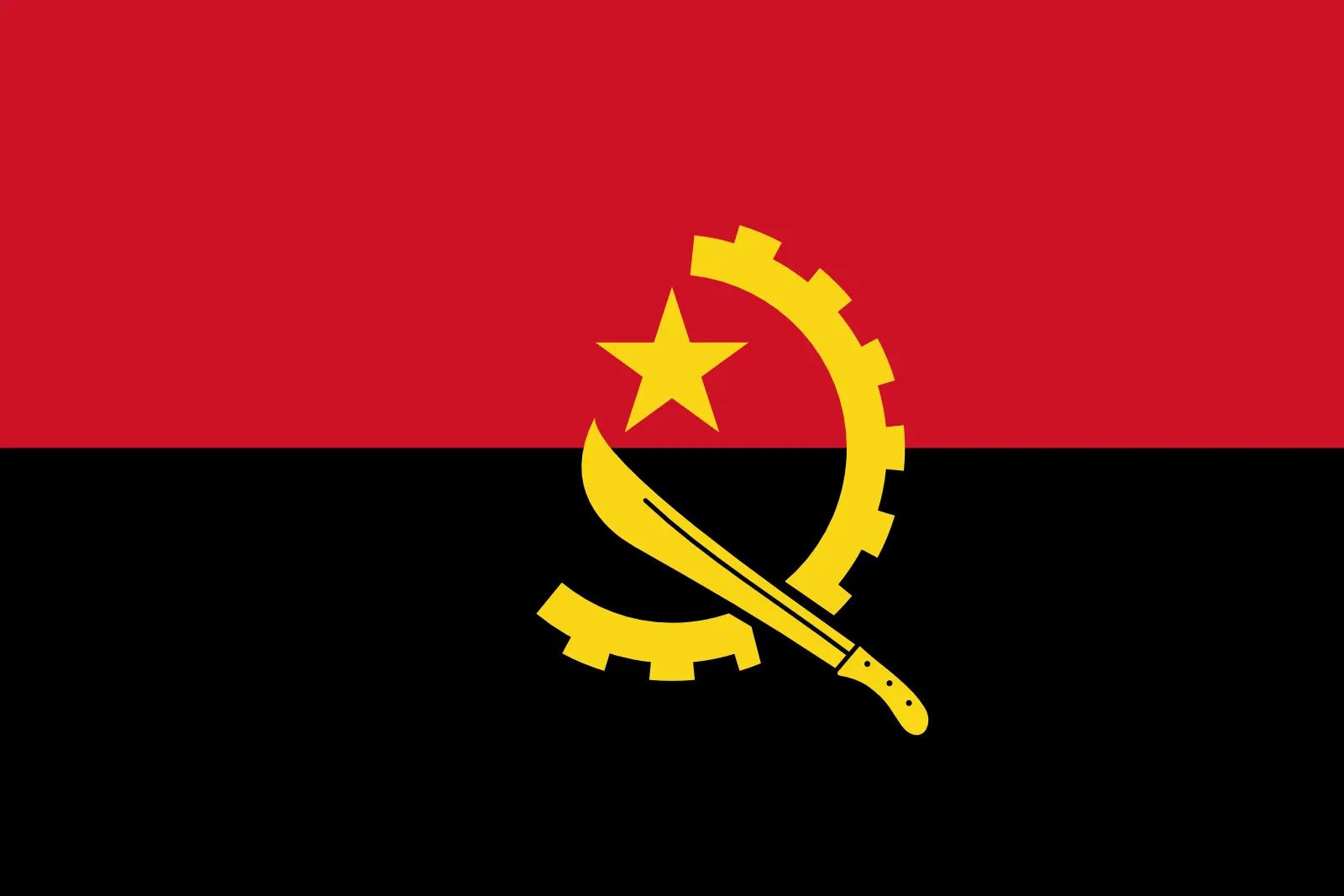 Angola (+244)
Angola (+244)
 Anguilla (+1264)
Anguilla (+1264)
 Antarctica (+672)
Antarctica (+672)
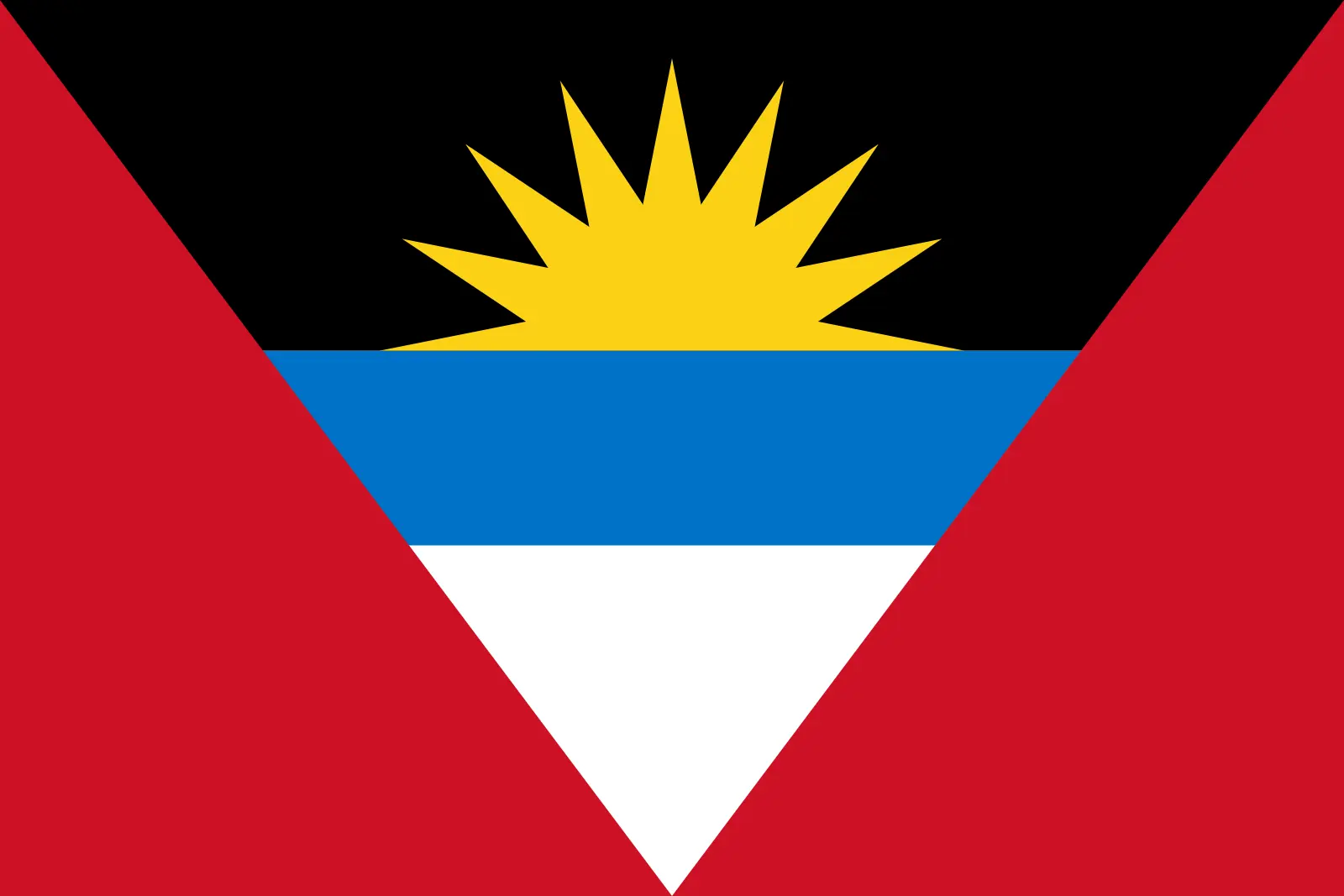 Antigua and Barbuda (+1268)
Antigua and Barbuda (+1268)
 Argentina (+54)
Argentina (+54)
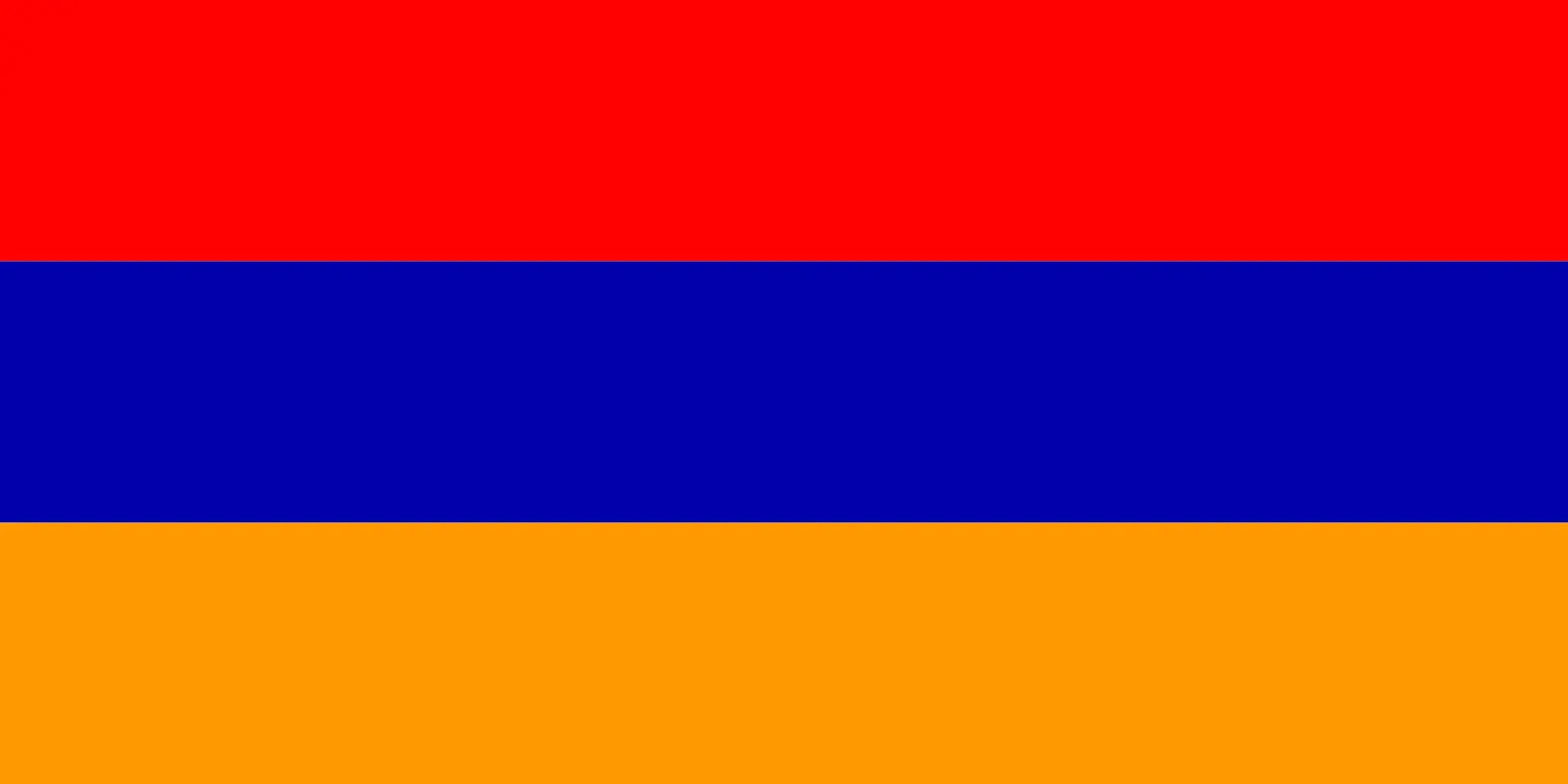 Armenia (+374)
Armenia (+374)
 Aruba (+297)
Aruba (+297)
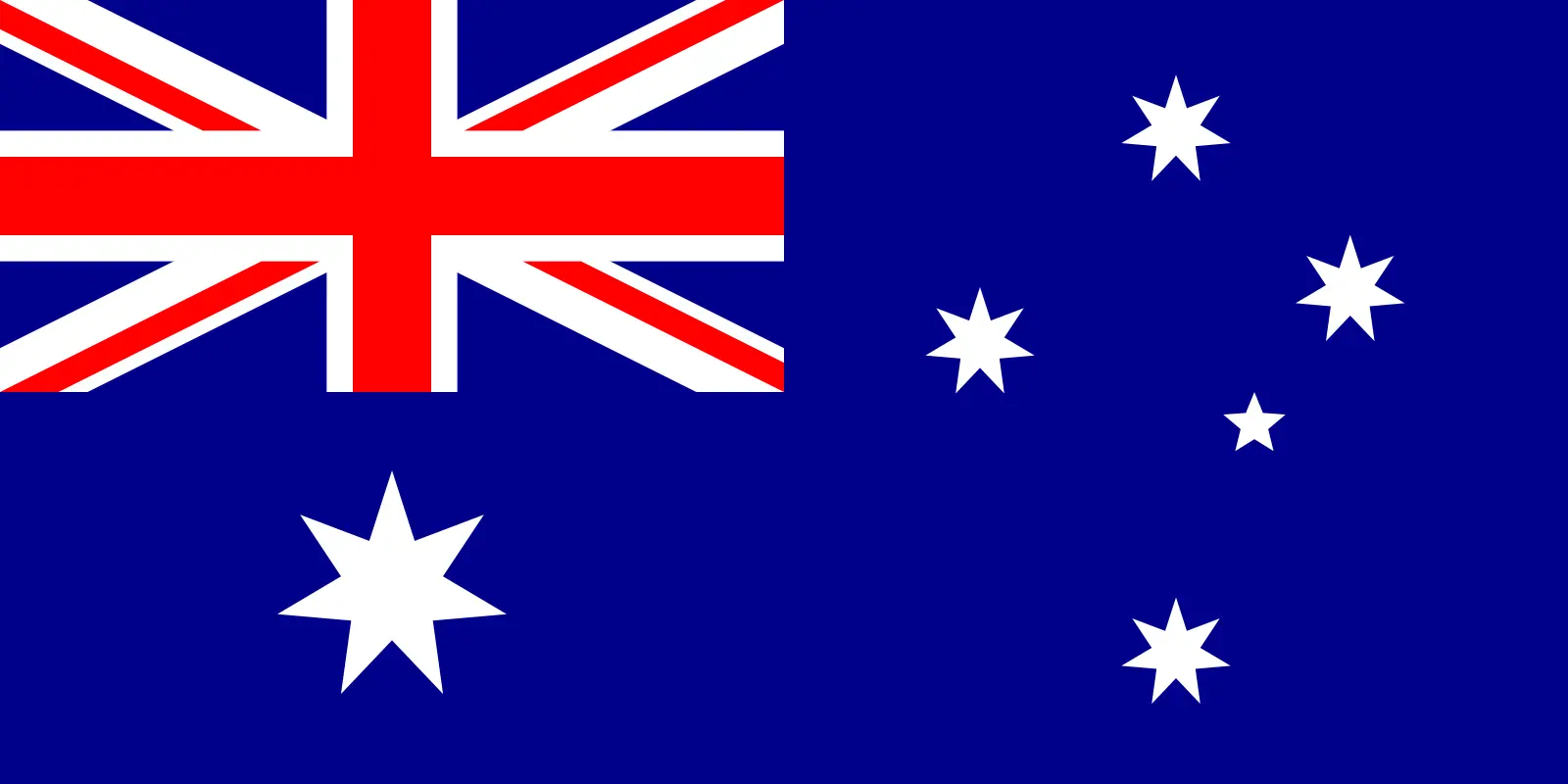 Australia (+61)
Australia (+61)
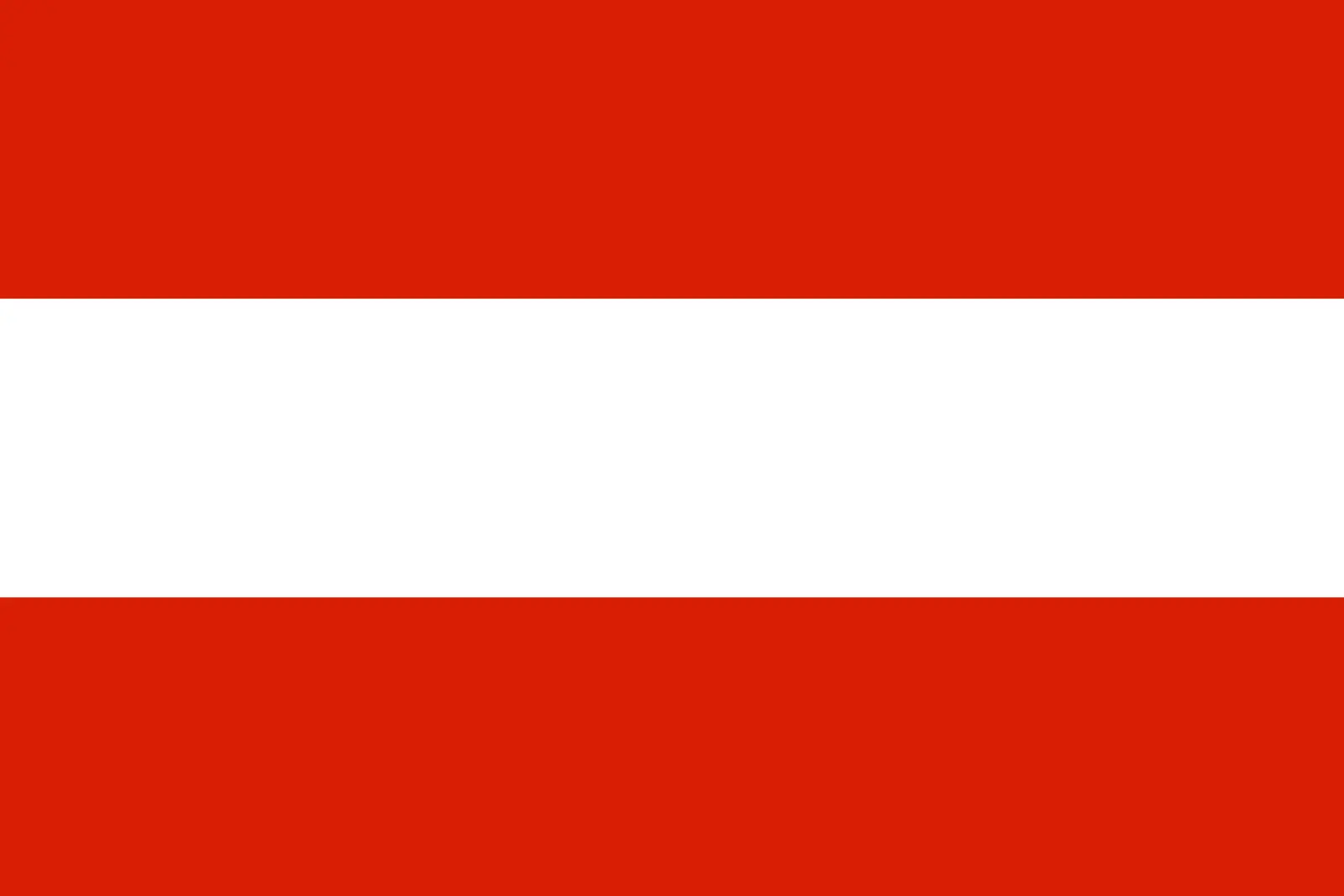 Austria (+43)
Austria (+43)
 Azerbaijan (+994)
Azerbaijan (+994)
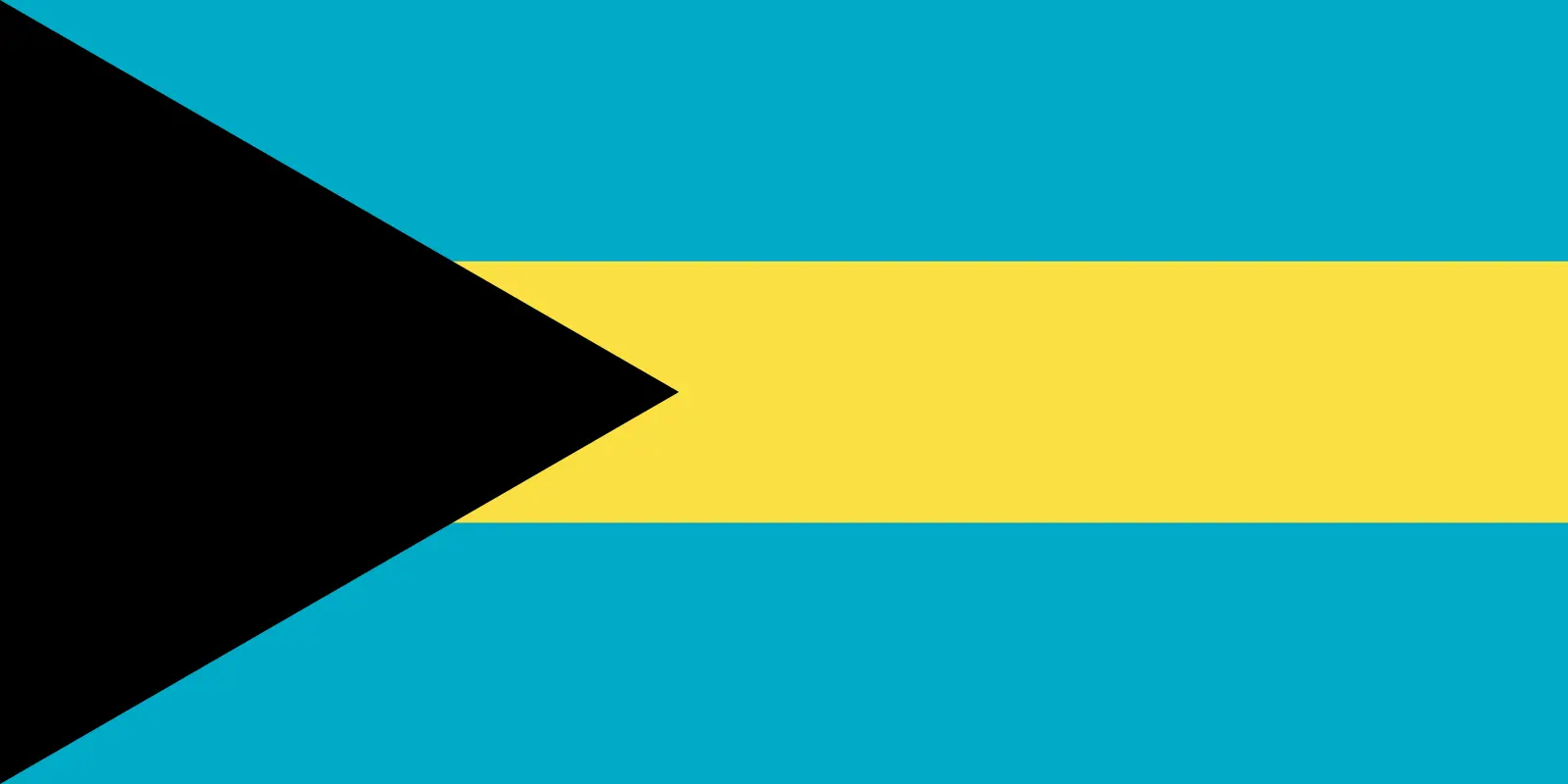 Bahamas (+1242)
Bahamas (+1242)
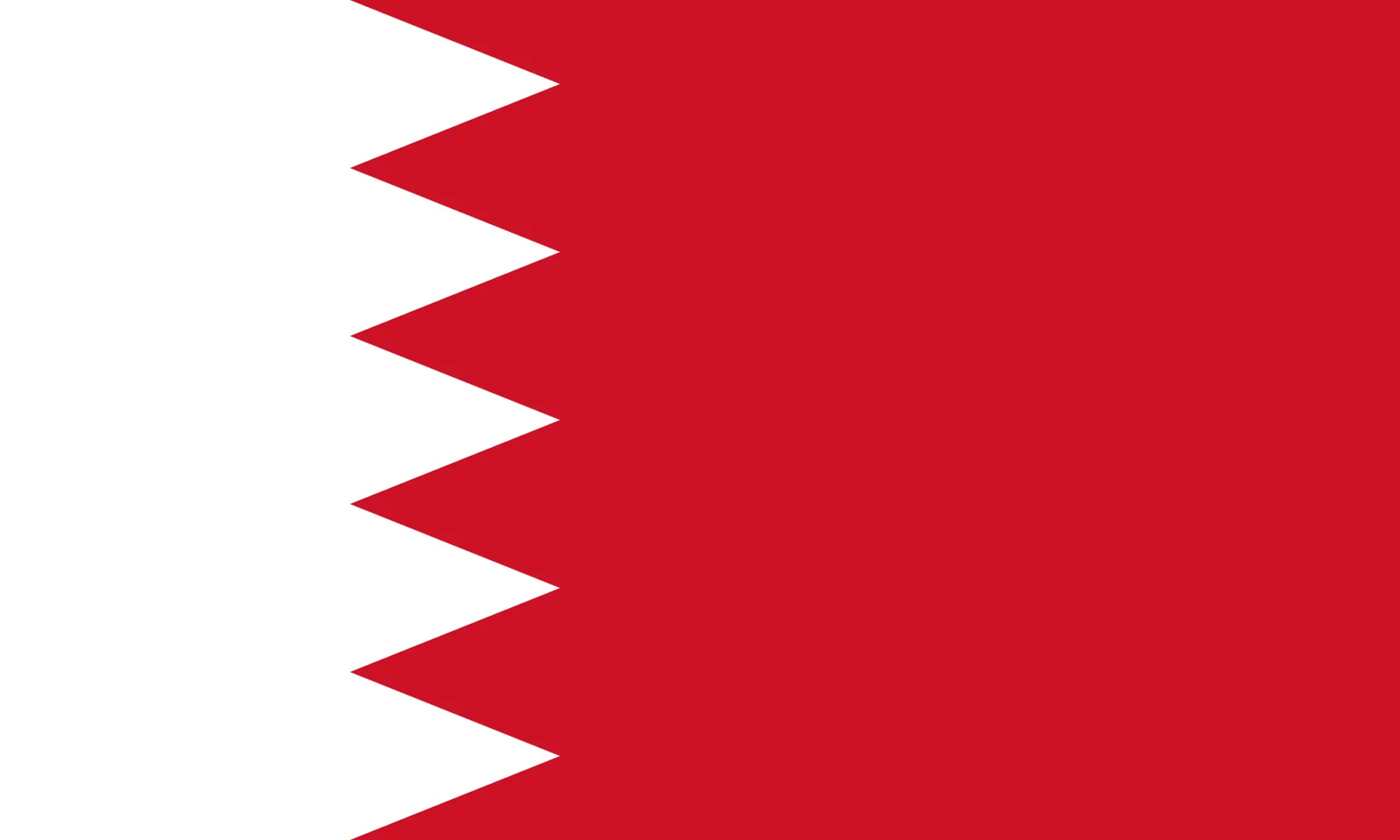 Bahrain (+973)
Bahrain (+973)
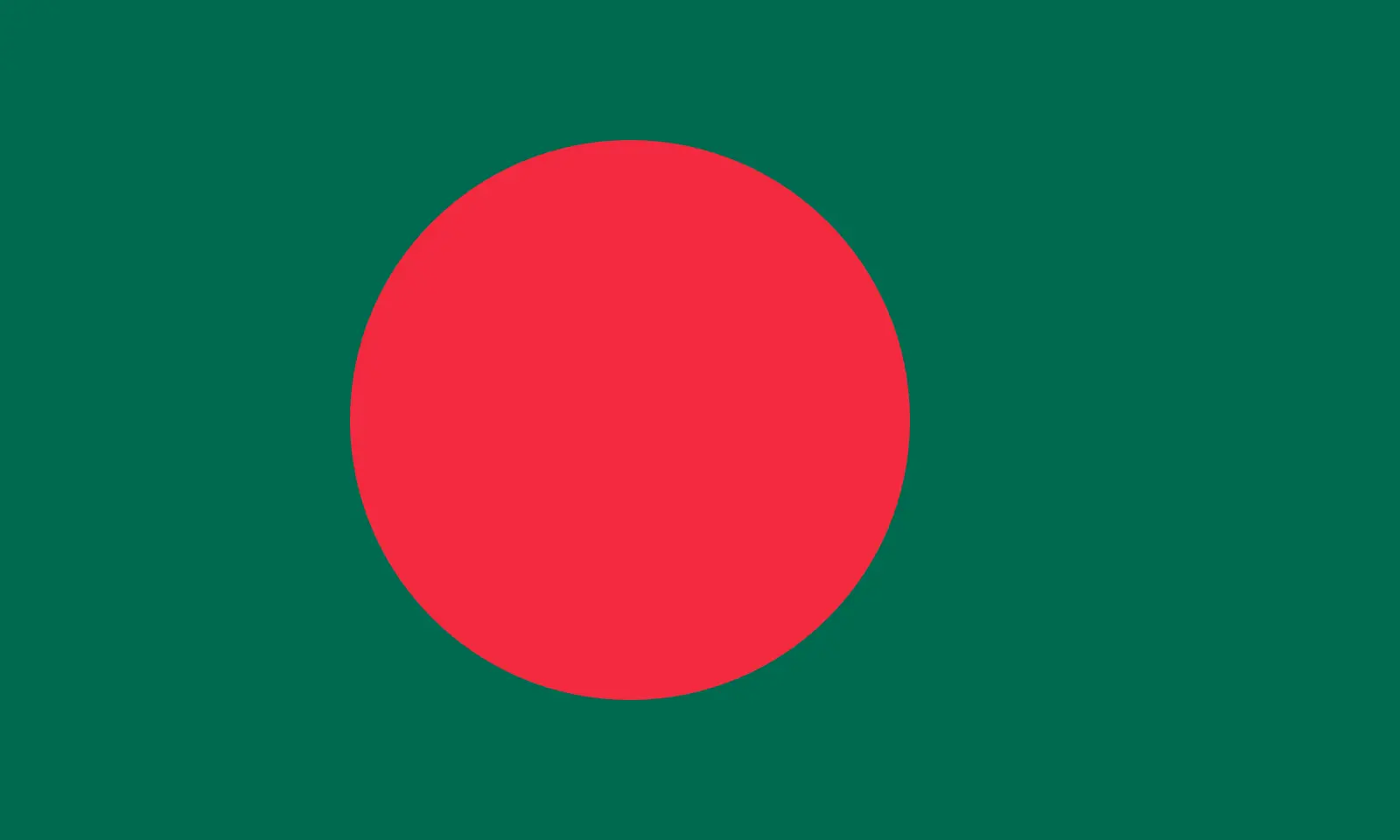 Bangladesh (+880)
Bangladesh (+880)
 Barbados (+1246)
Barbados (+1246)
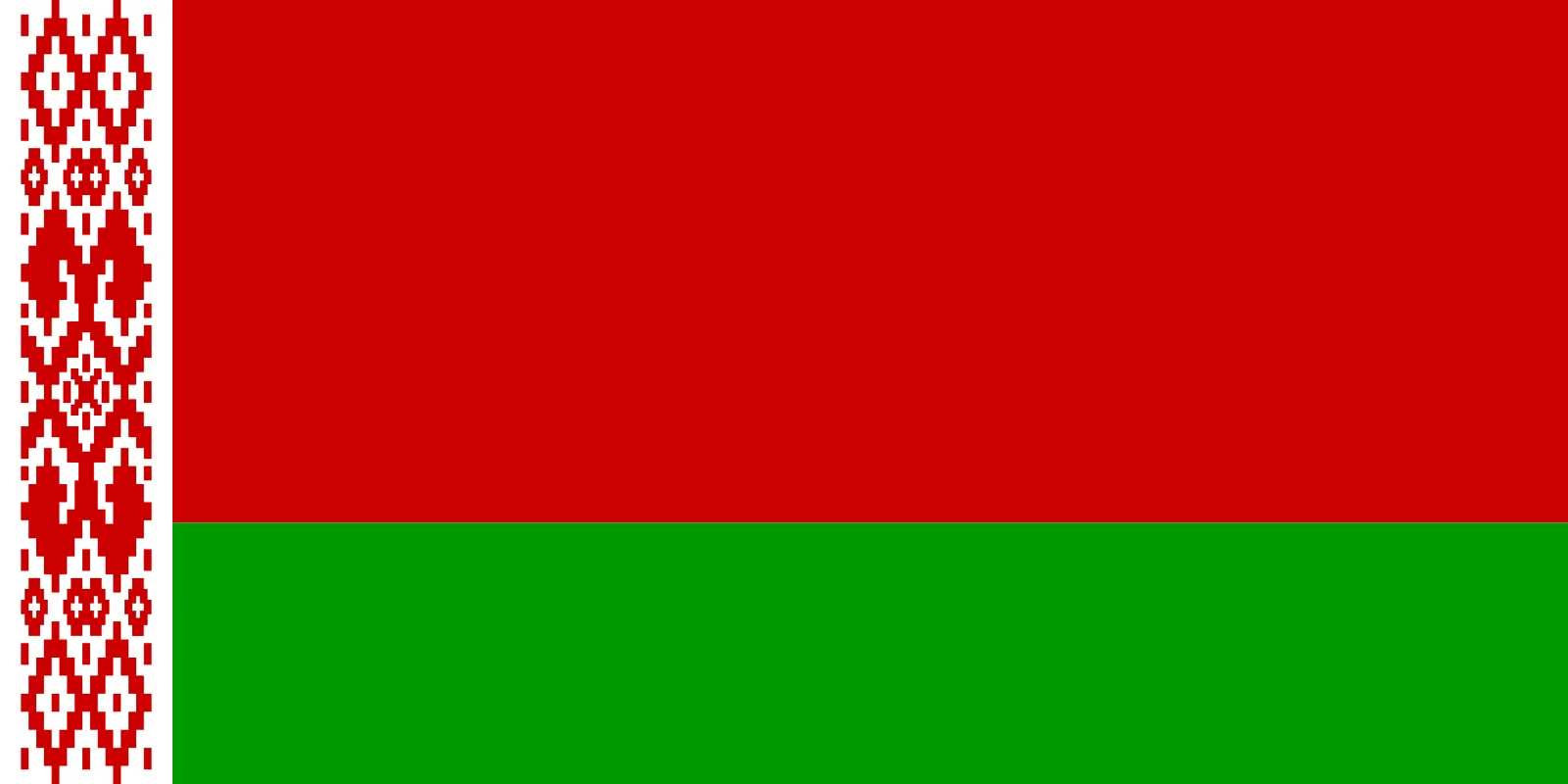 Belarus (+375)
Belarus (+375)
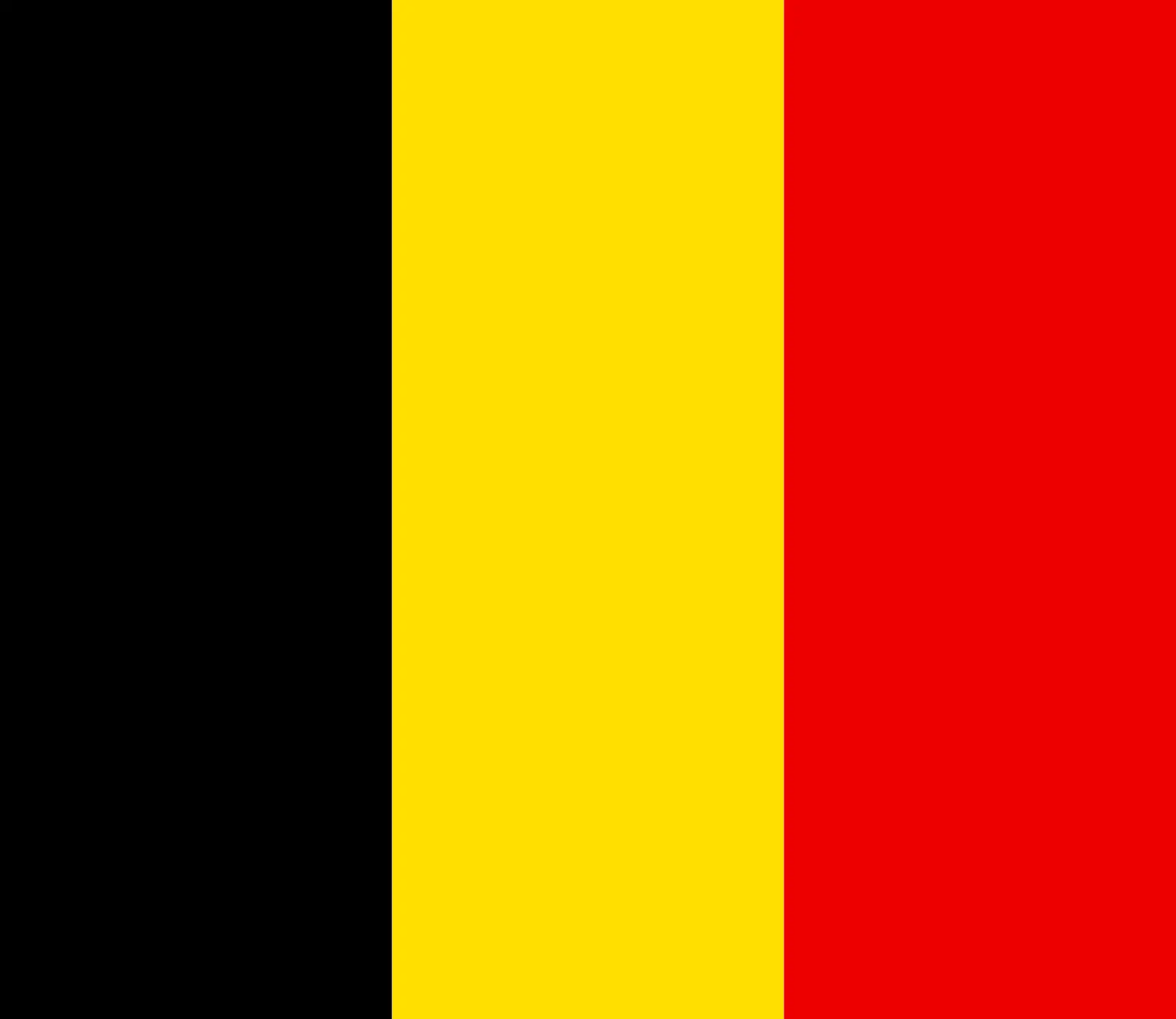 Belgium (+32)
Belgium (+32)
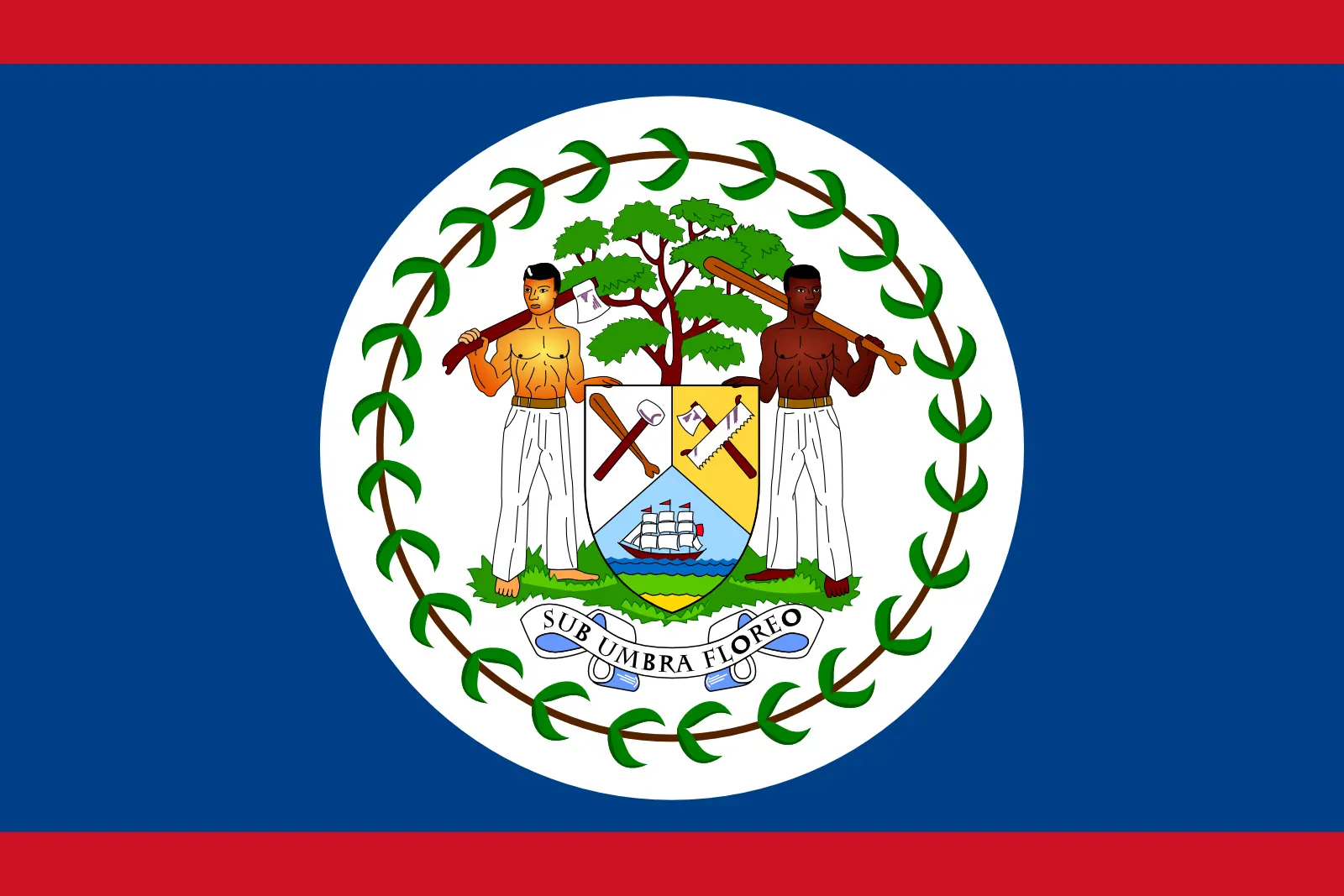 Belize (+501)
Belize (+501)
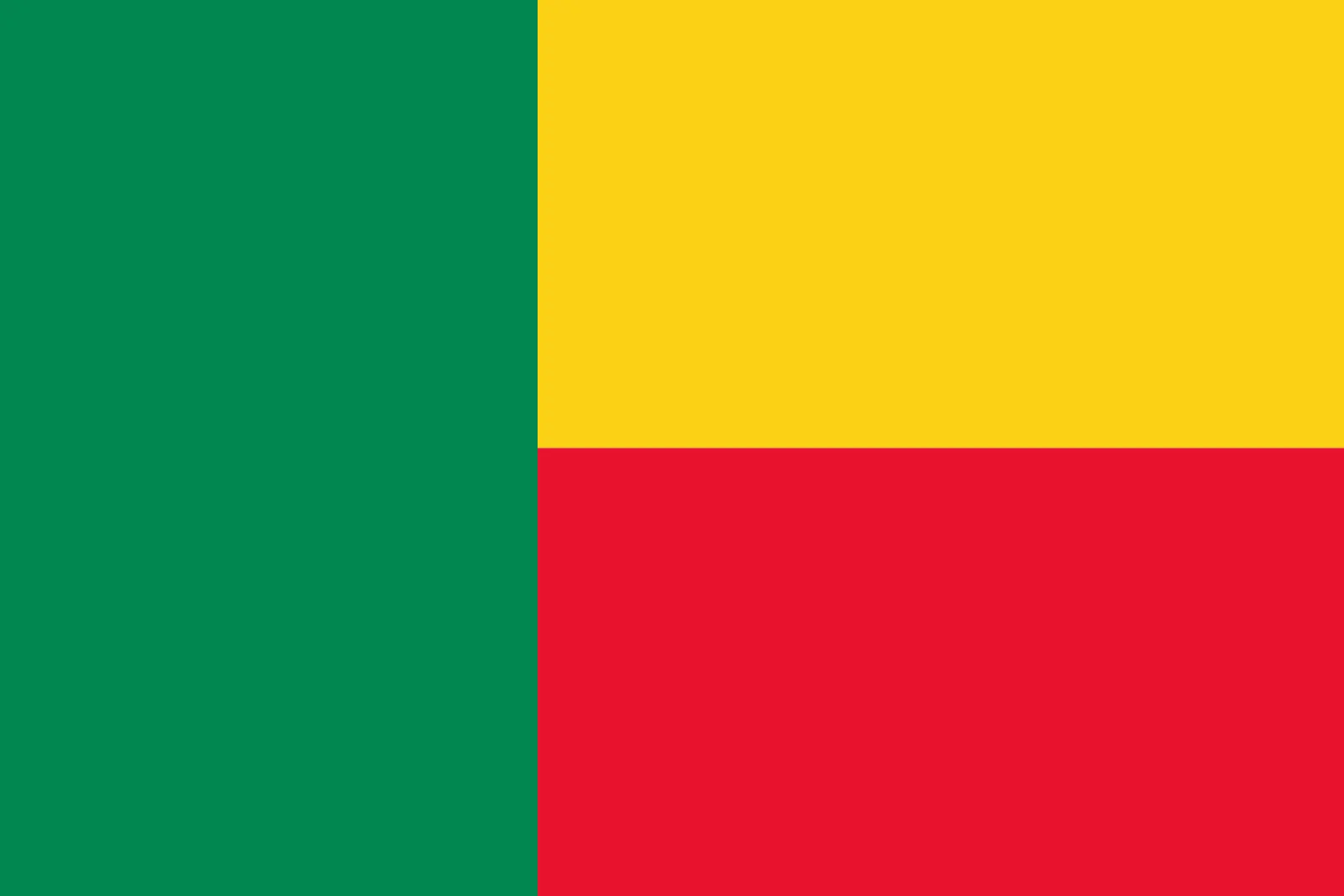 Benin (+229)
Benin (+229)
 Bermuda (+1441)
Bermuda (+1441)
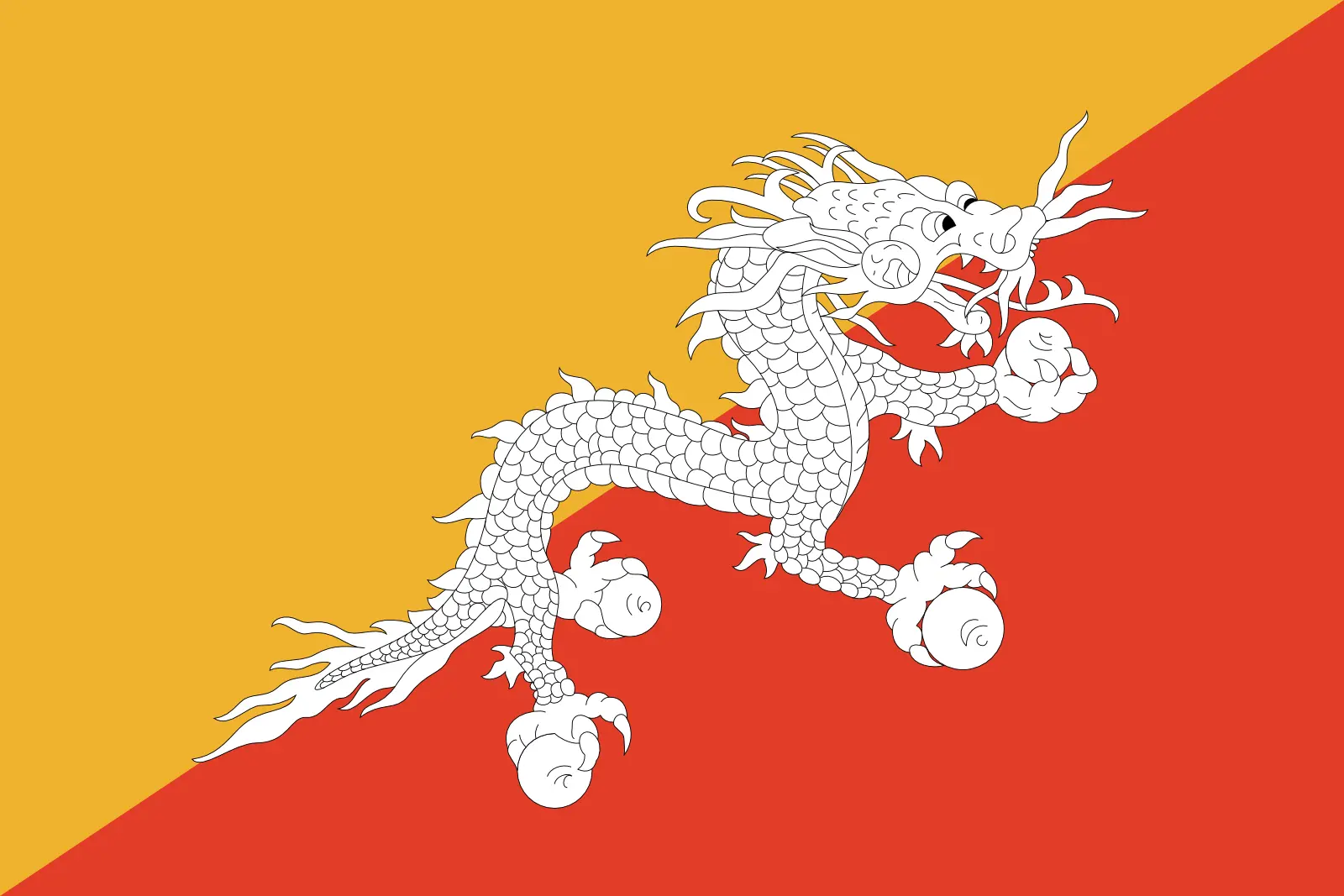 Bhutan (+975)
Bhutan (+975)
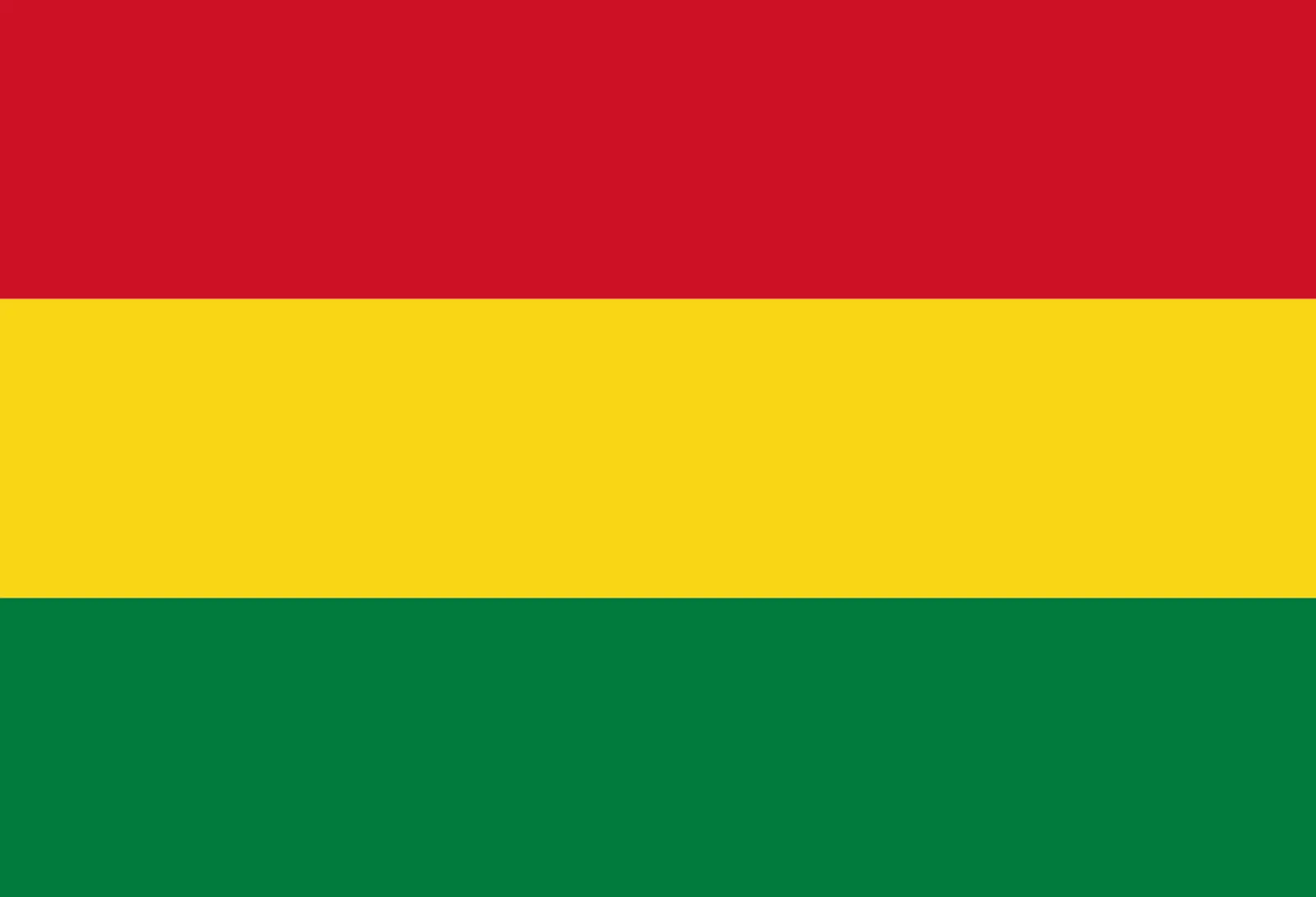 Bolivia (+591)
Bolivia (+591)
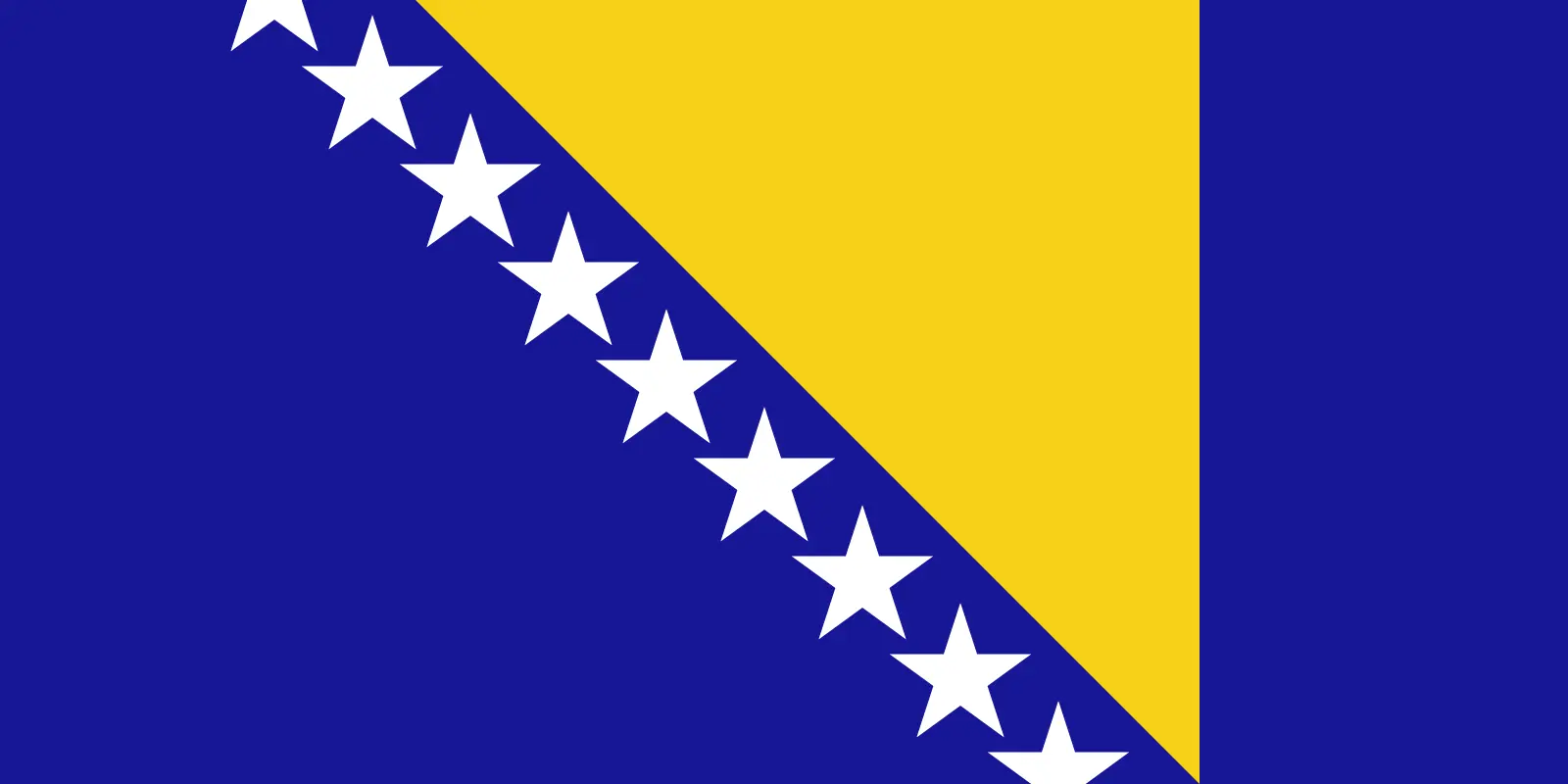 Bosnia and Herzegovina (+387)
Bosnia and Herzegovina (+387)
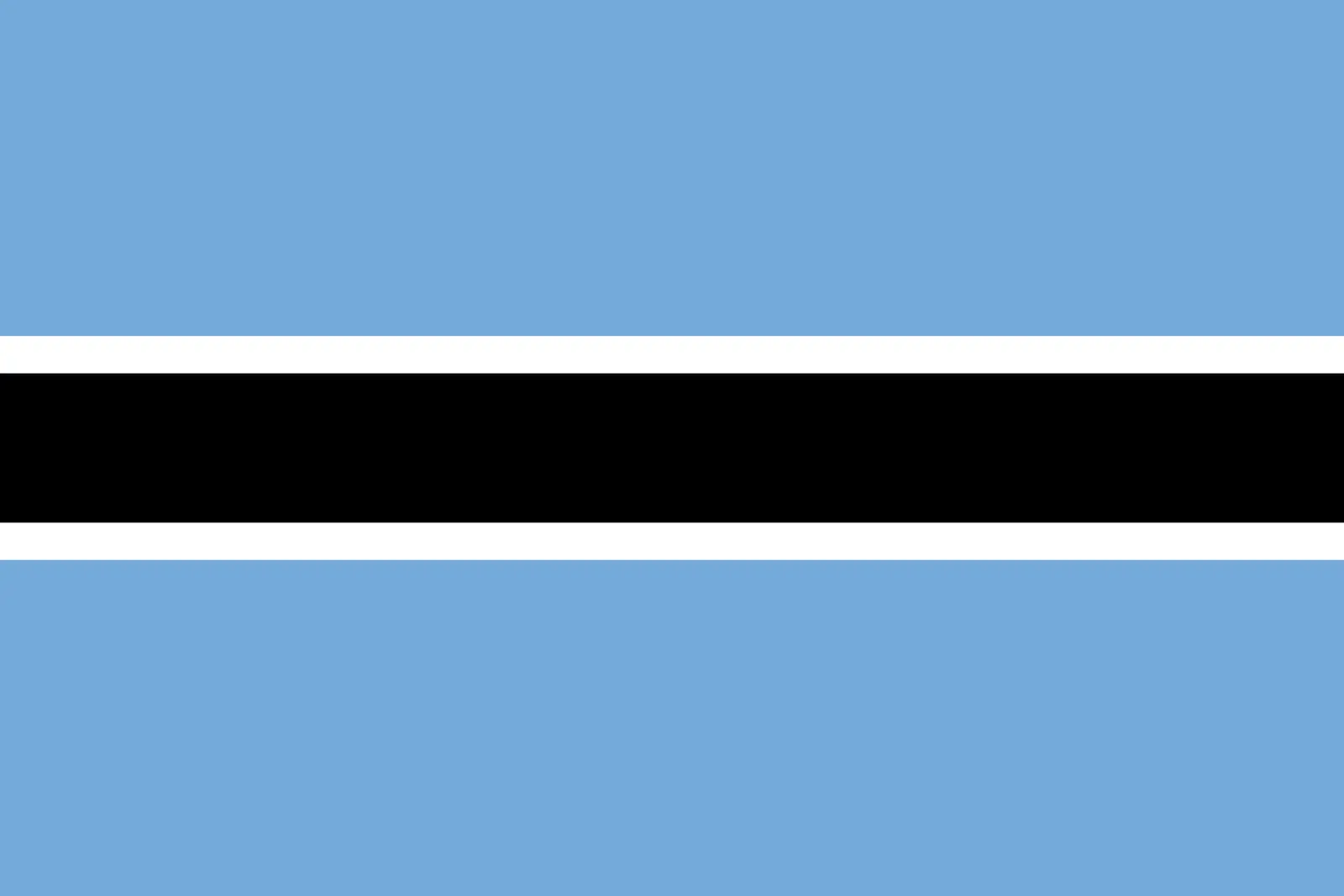 Botswana (+267)
Botswana (+267)
 Bouvet Island (+)
Bouvet Island (+)
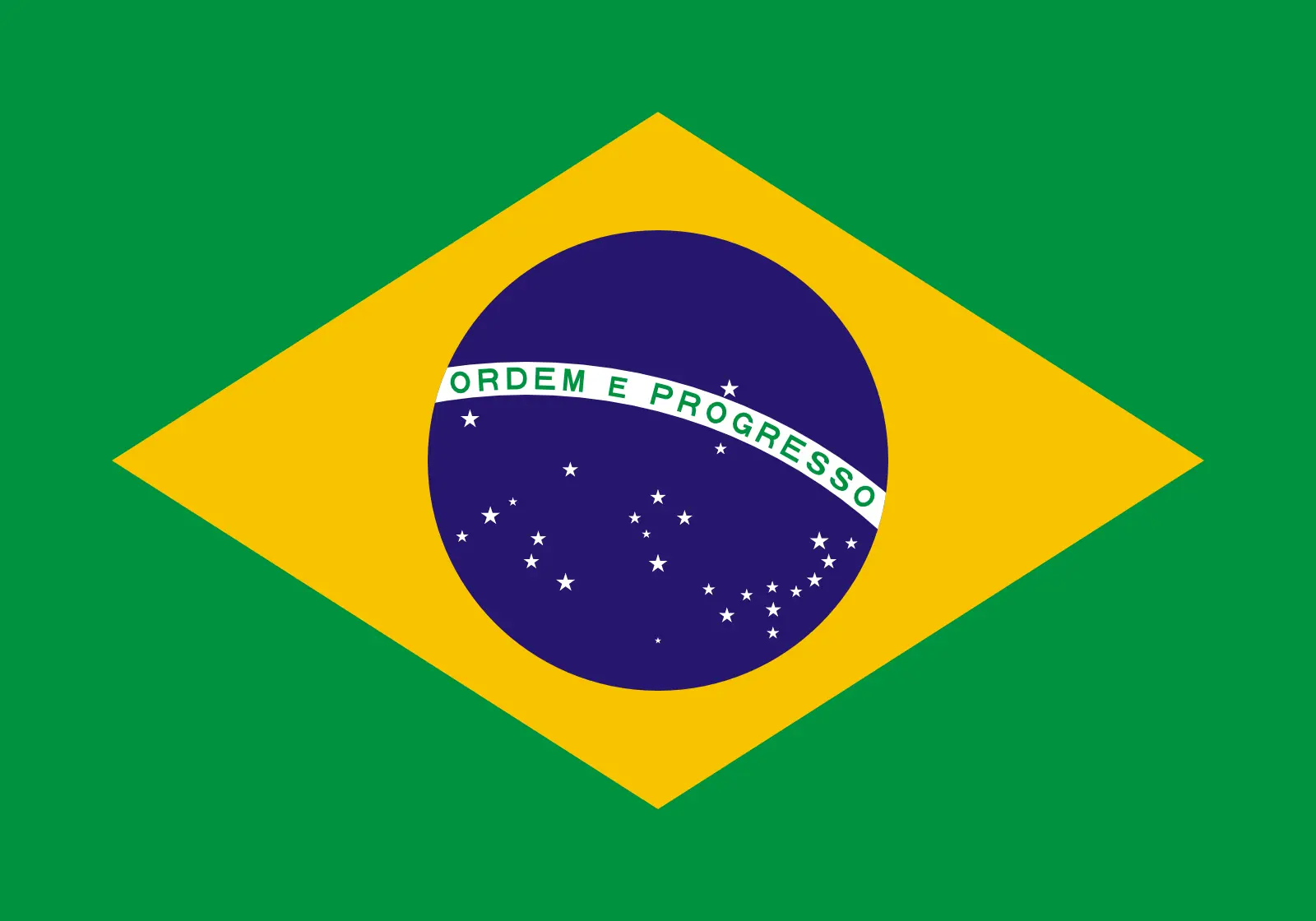 Brazil (+55)
Brazil (+55)
 British Indian Ocean Territory (+246)
British Indian Ocean Territory (+246)
 British Virgin Islands (+1284)
British Virgin Islands (+1284)
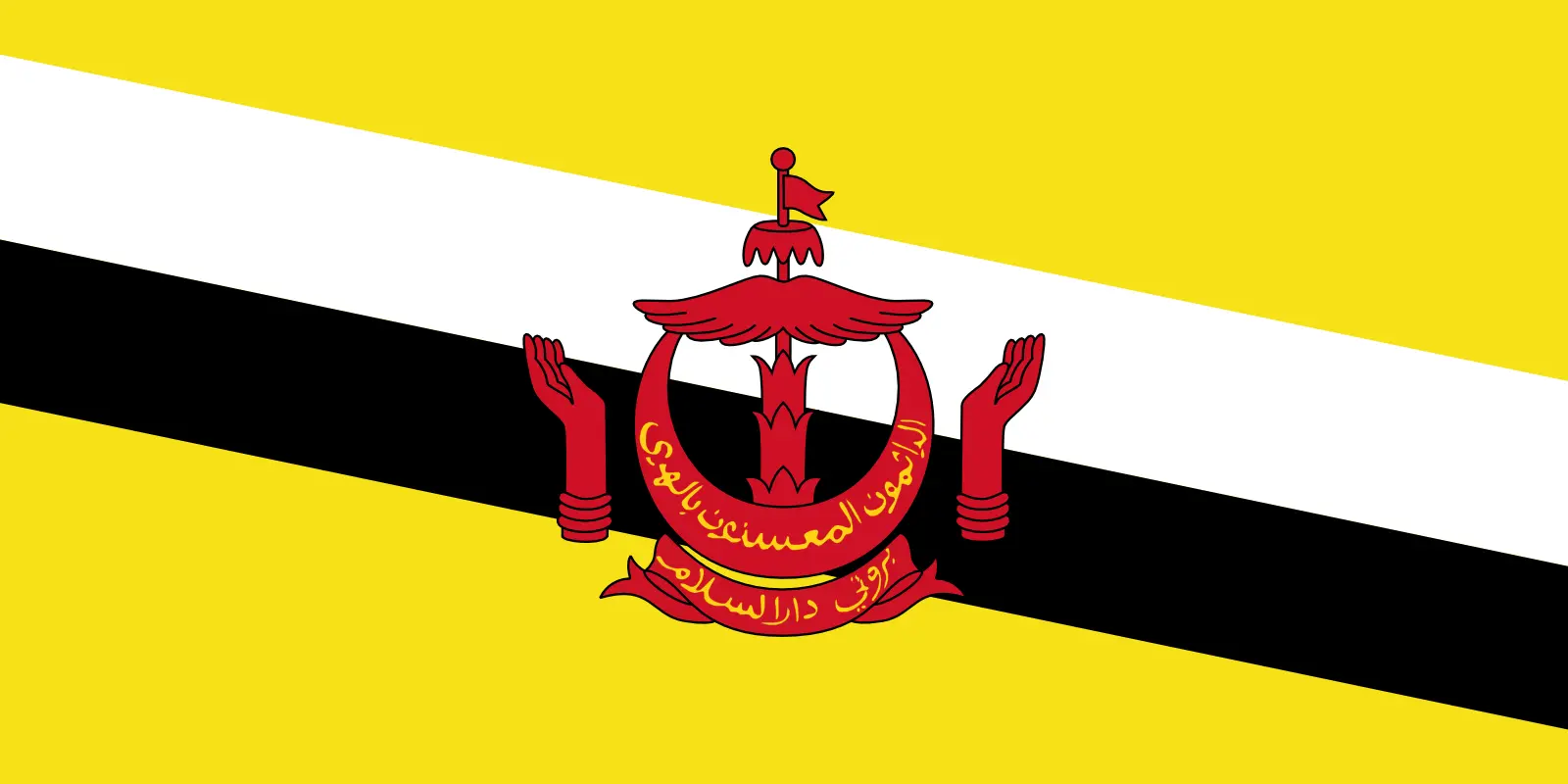 Brunei (+673)
Brunei (+673)
 Bulgaria (+359)
Bulgaria (+359)
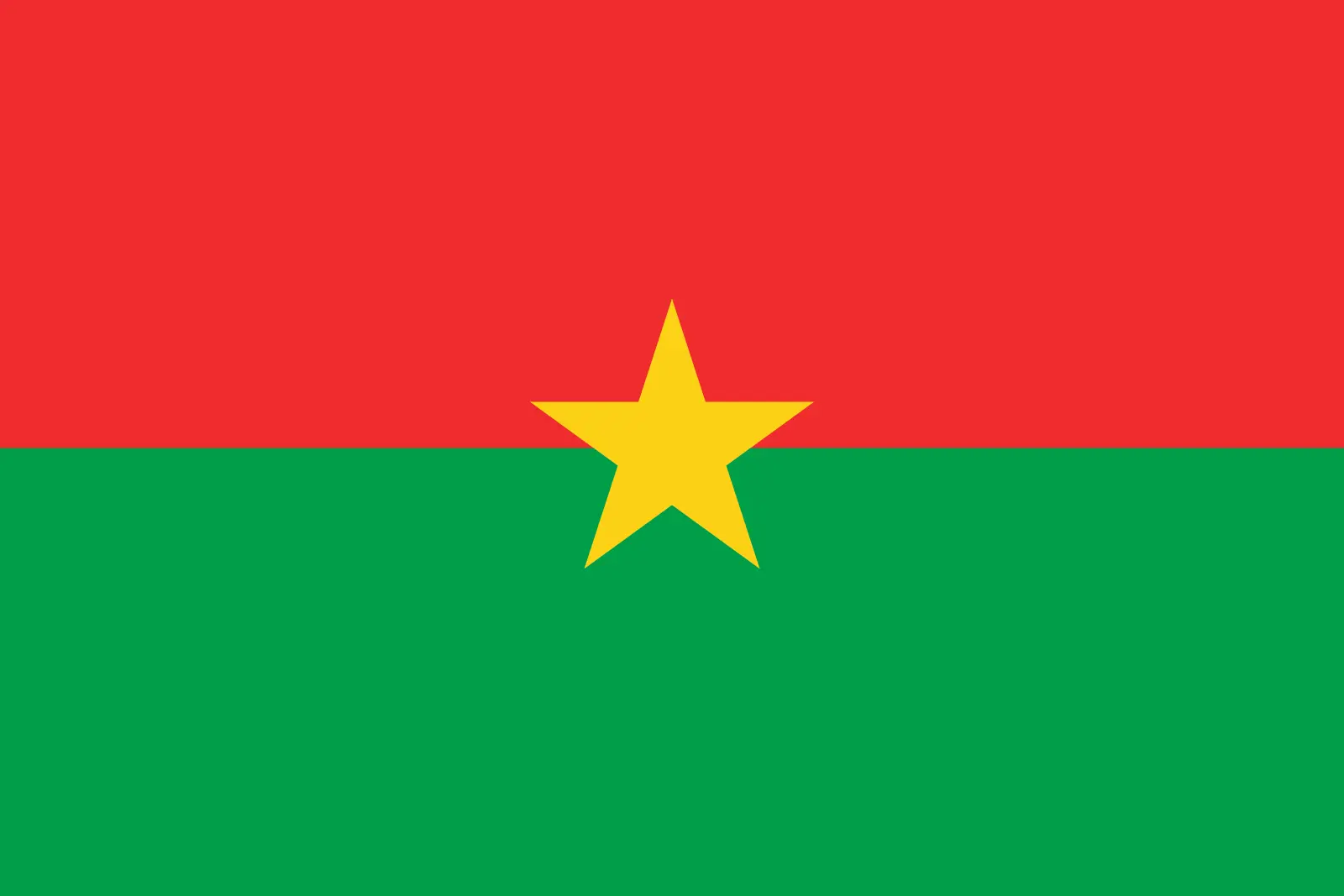 Burkina Faso (+226)
Burkina Faso (+226)
 Burundi (+257)
Burundi (+257)
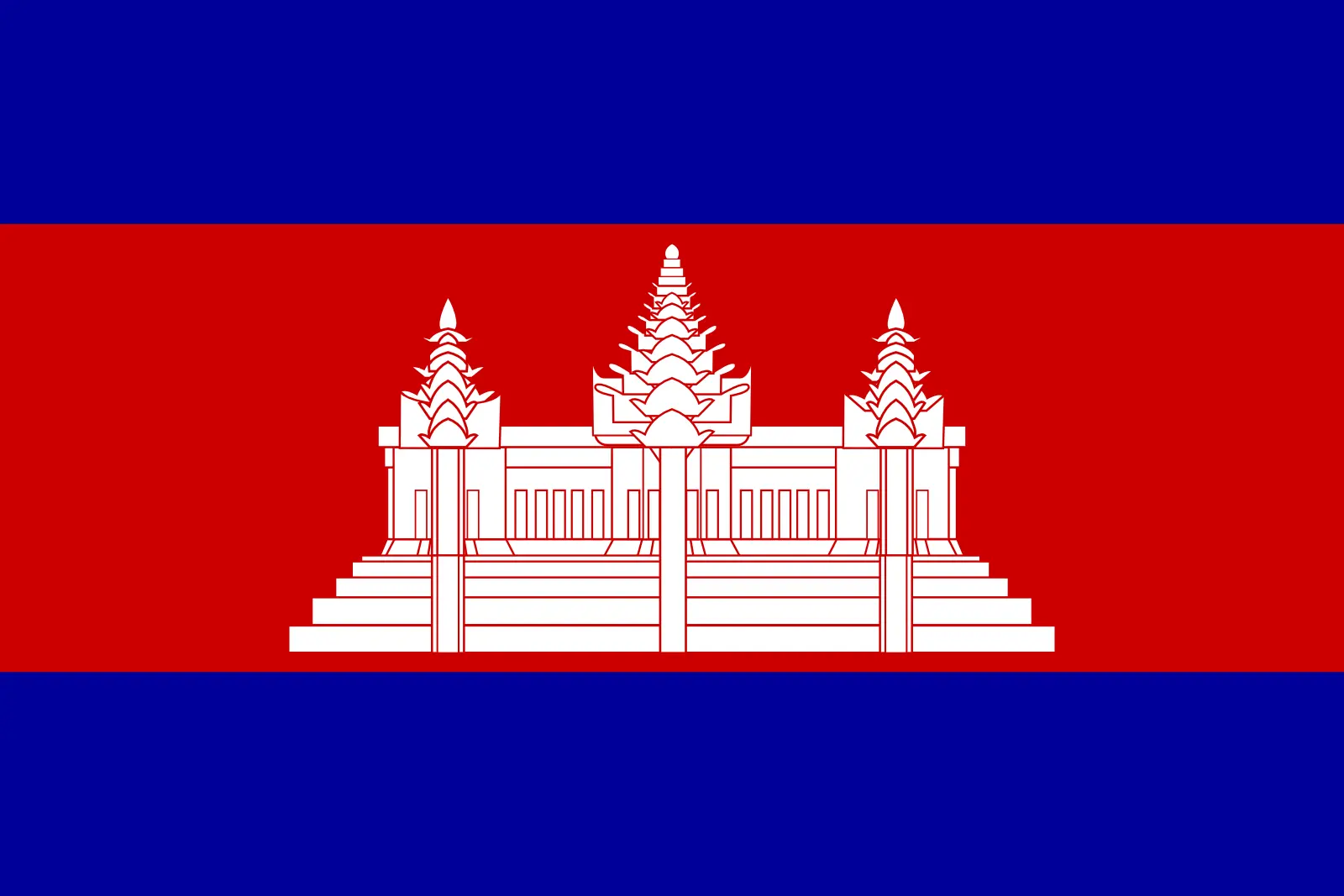 Cambodia (+855)
Cambodia (+855)
 Cameroon (+237)
Cameroon (+237)
 Canada (+1)
Canada (+1)
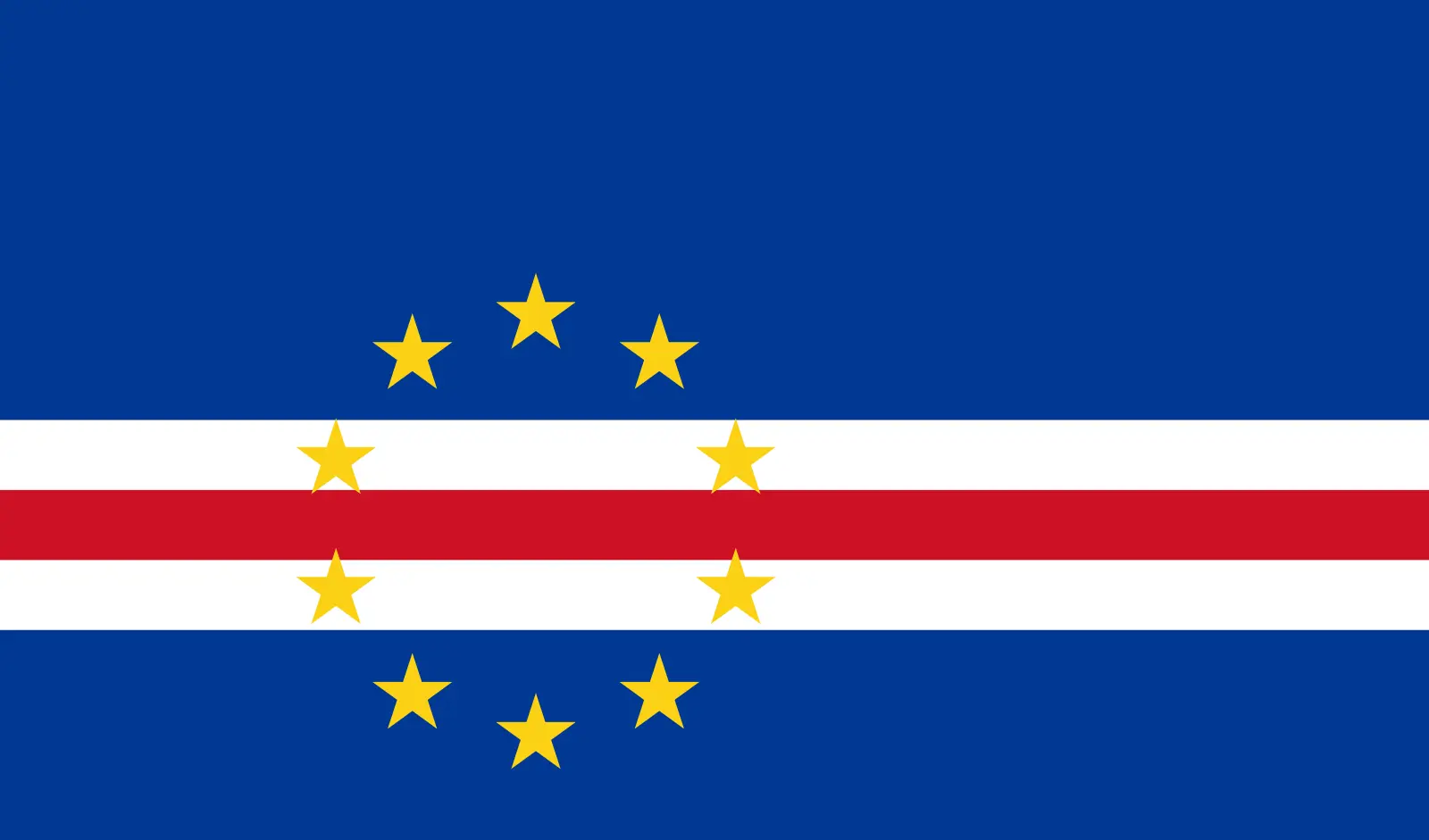 Cape Verde (+238)
Cape Verde (+238)
 Cayman Islands (+1345)
Cayman Islands (+1345)
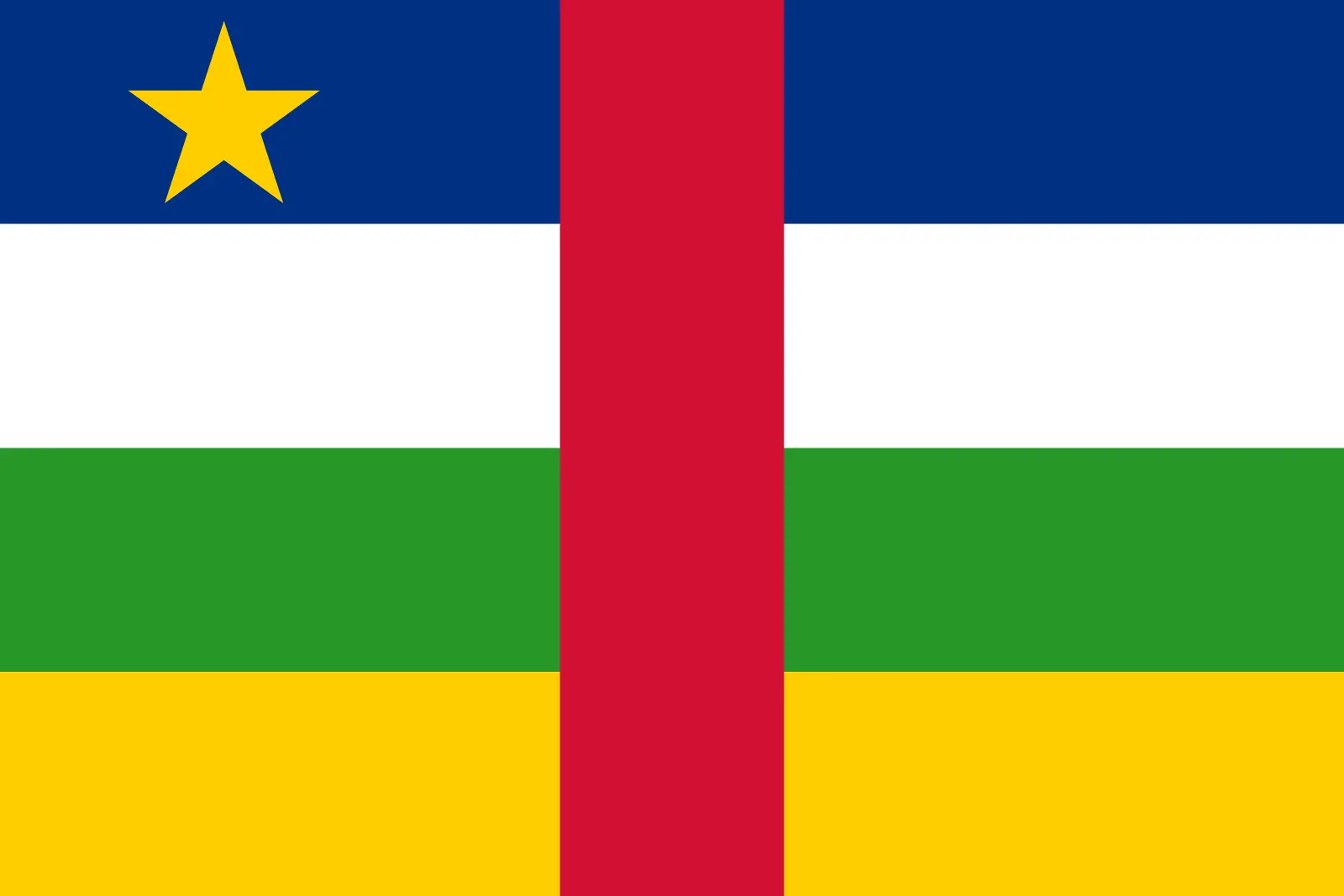 Central African Republic (+236)
Central African Republic (+236)
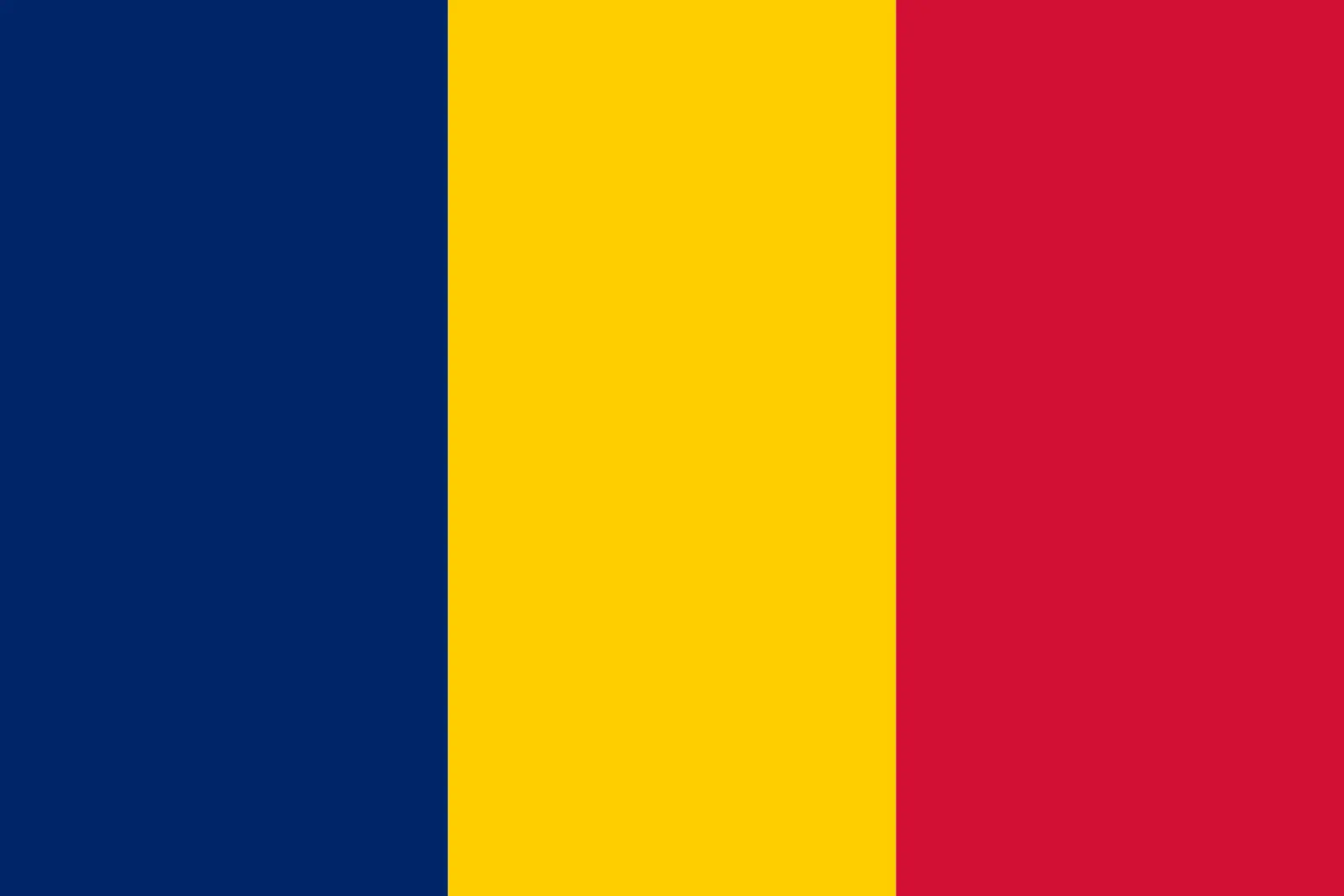 Chad (+235)
Chad (+235)
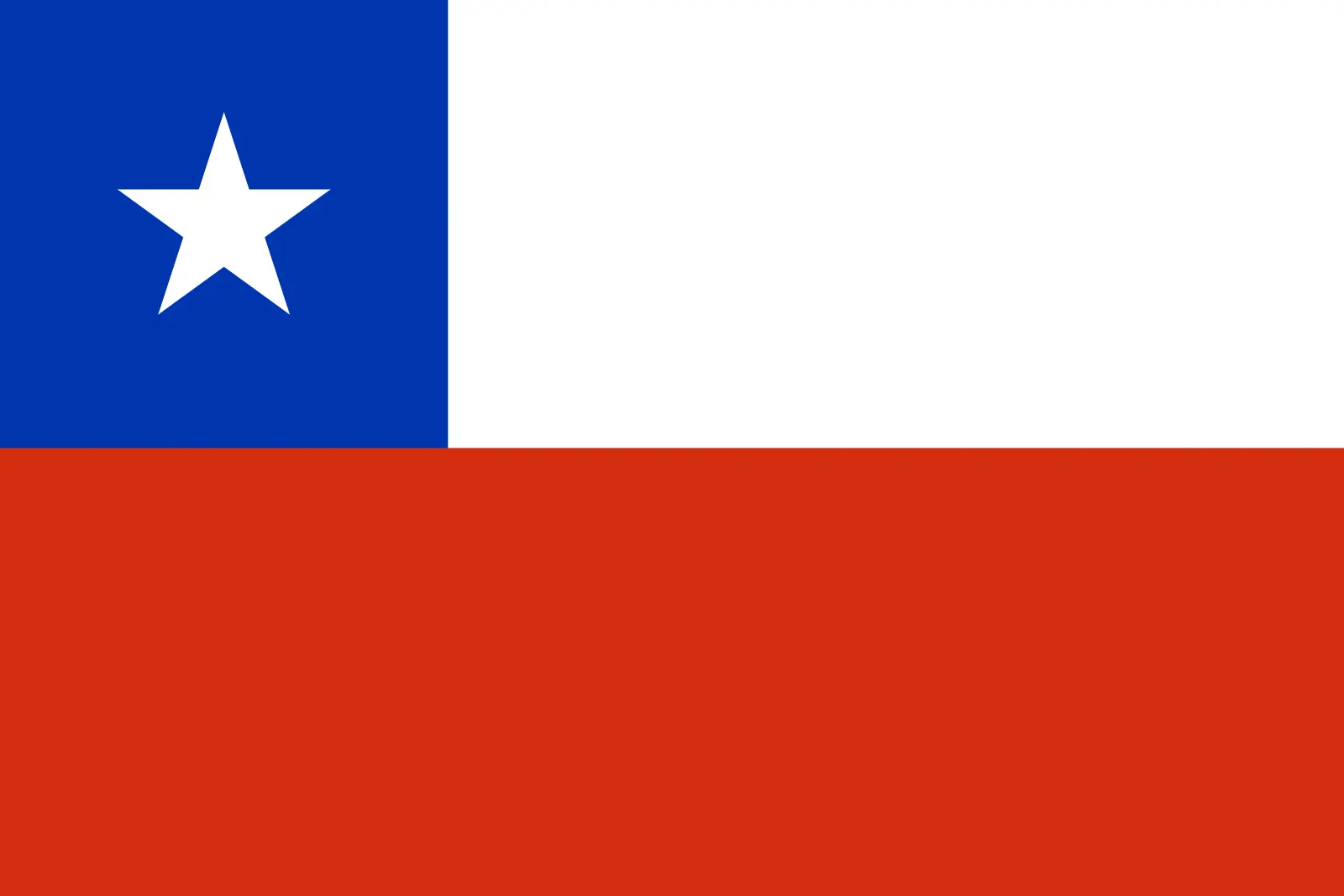 Chile (+56)
Chile (+56)
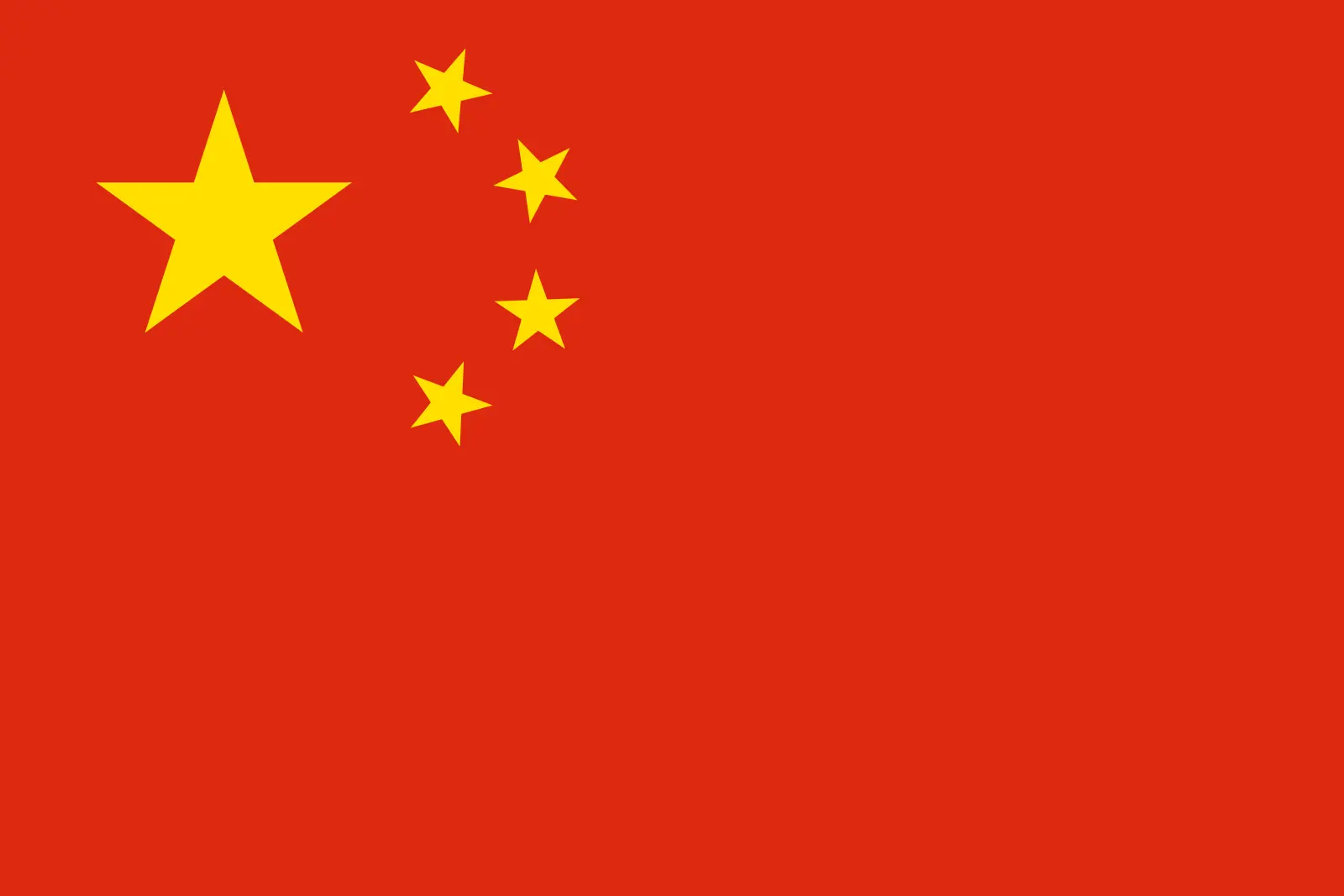 China (+86)
China (+86)
 Christmas Island (+61)
Christmas Island (+61)
 Cocos (Keeling) Islands (+61)
Cocos (Keeling) Islands (+61)
 Colombia (+57)
Colombia (+57)
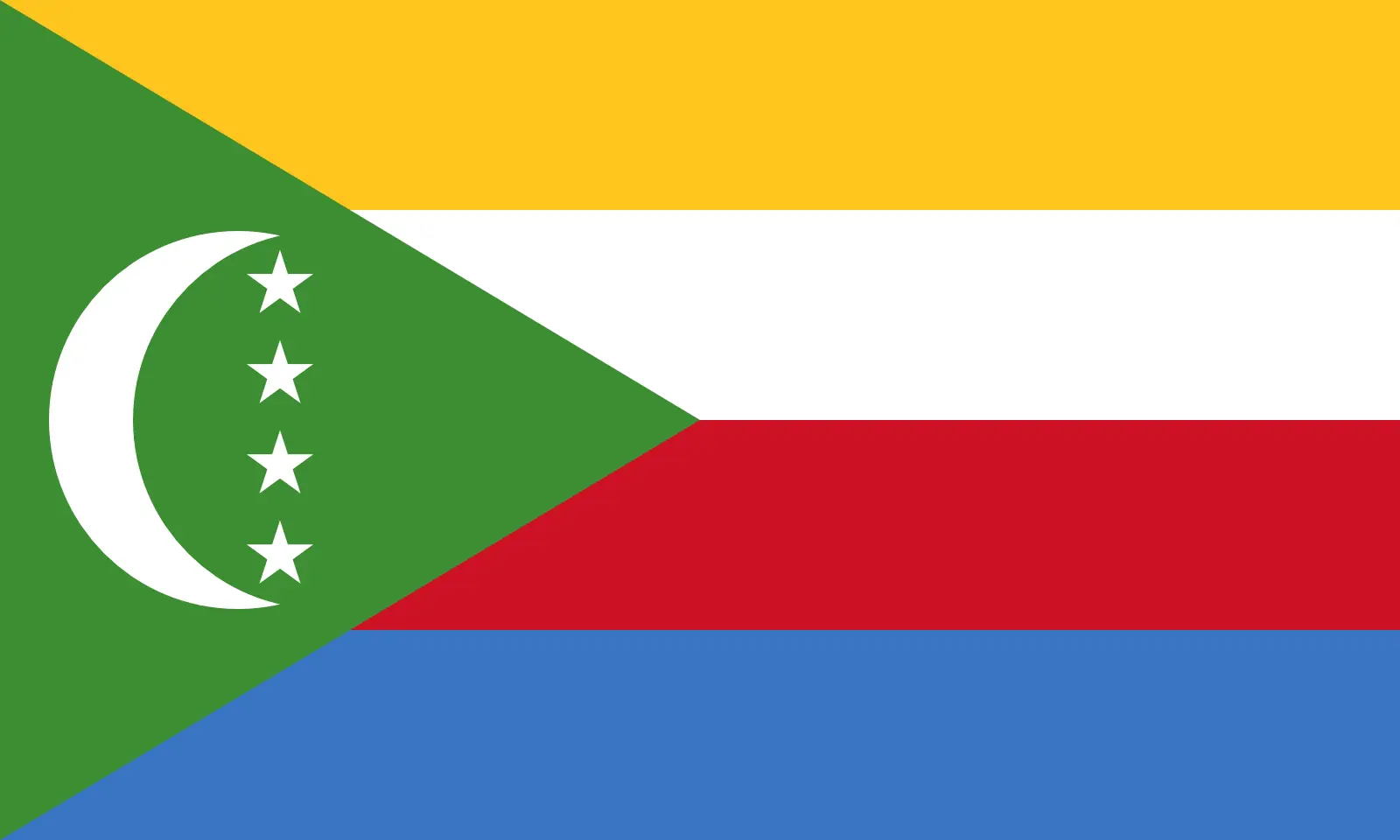 Comoros (+269)
Comoros (+269)
 Cook Islands (+682)
Cook Islands (+682)
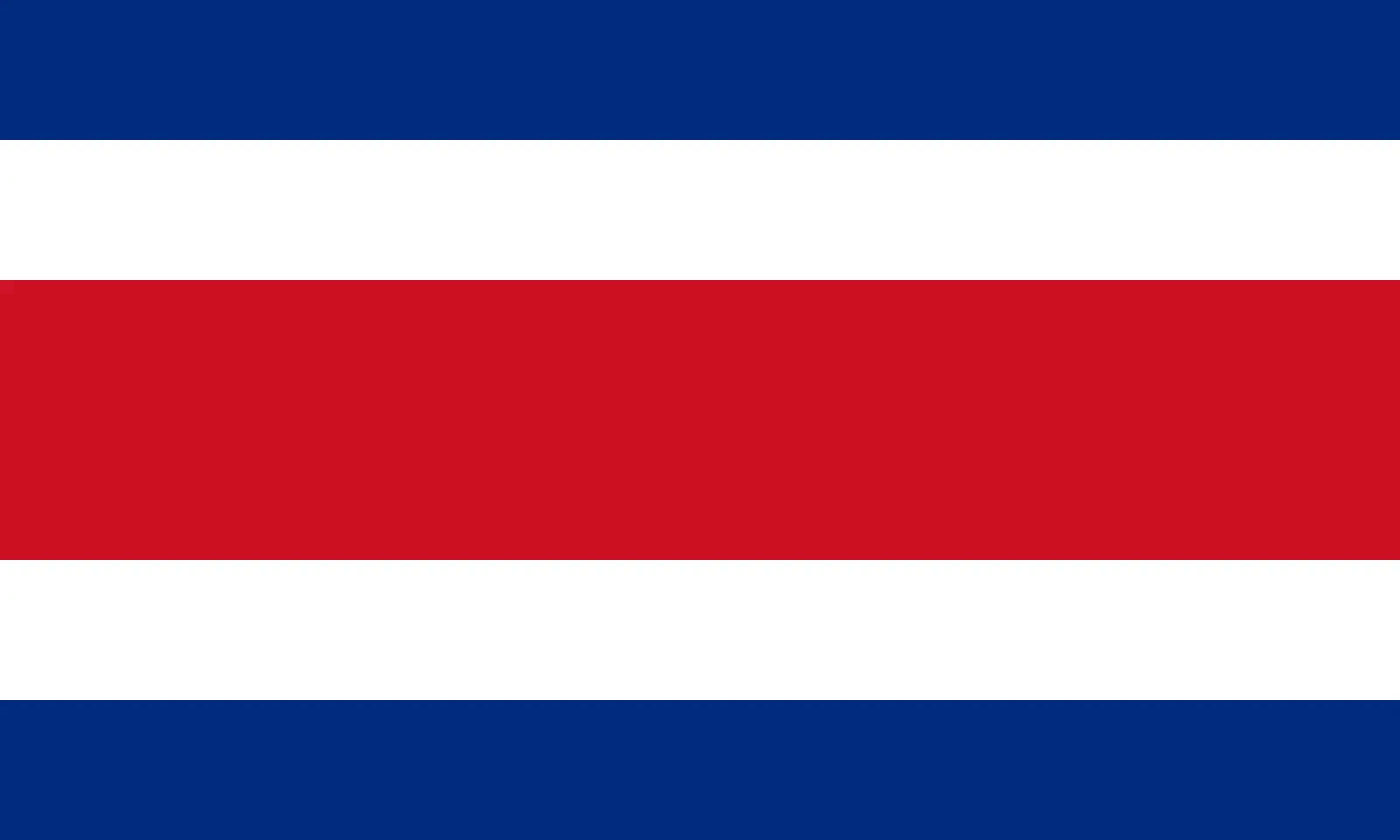 Costa Rica (+506)
Costa Rica (+506)
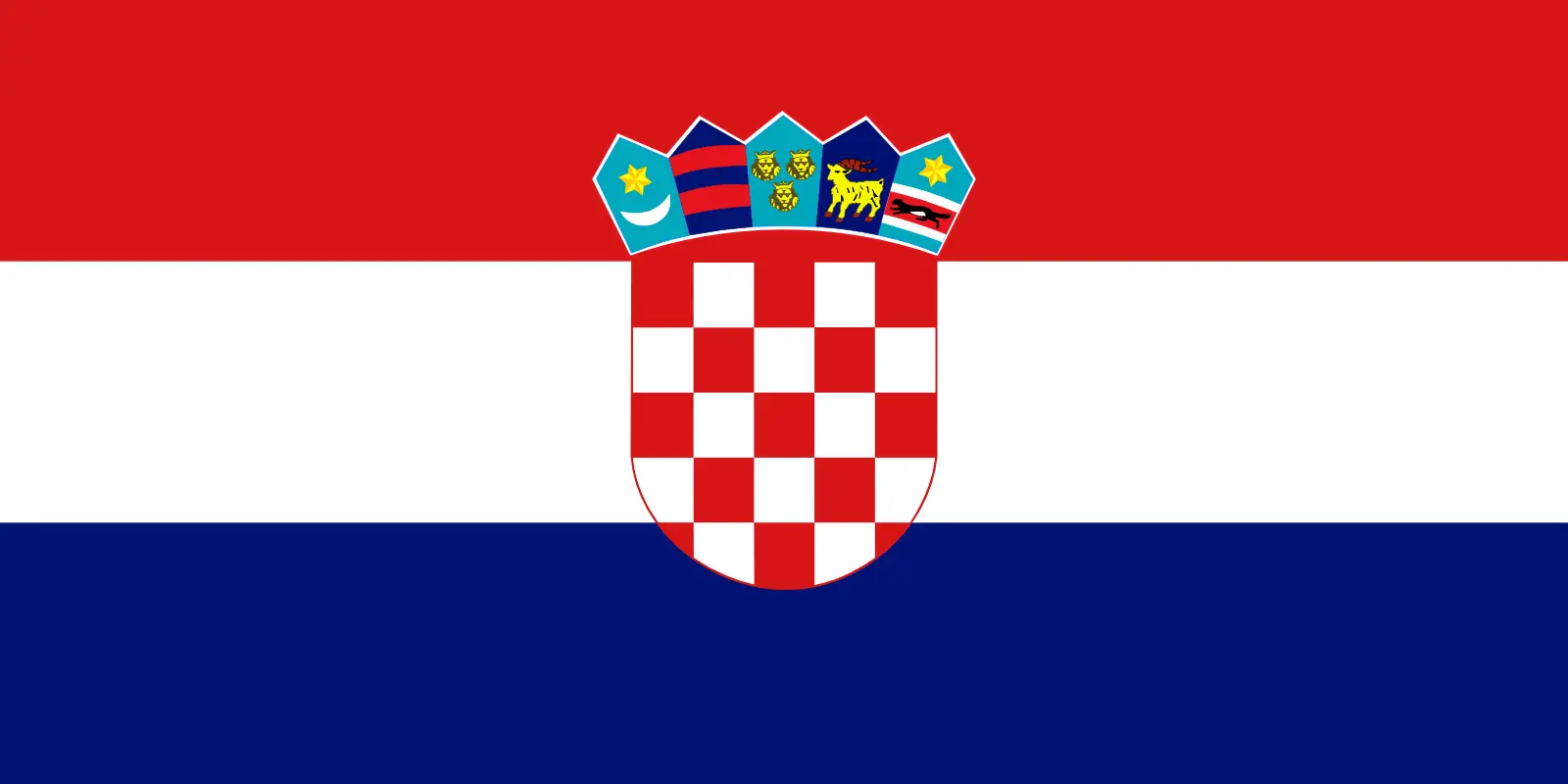 Croatia (+385)
Croatia (+385)
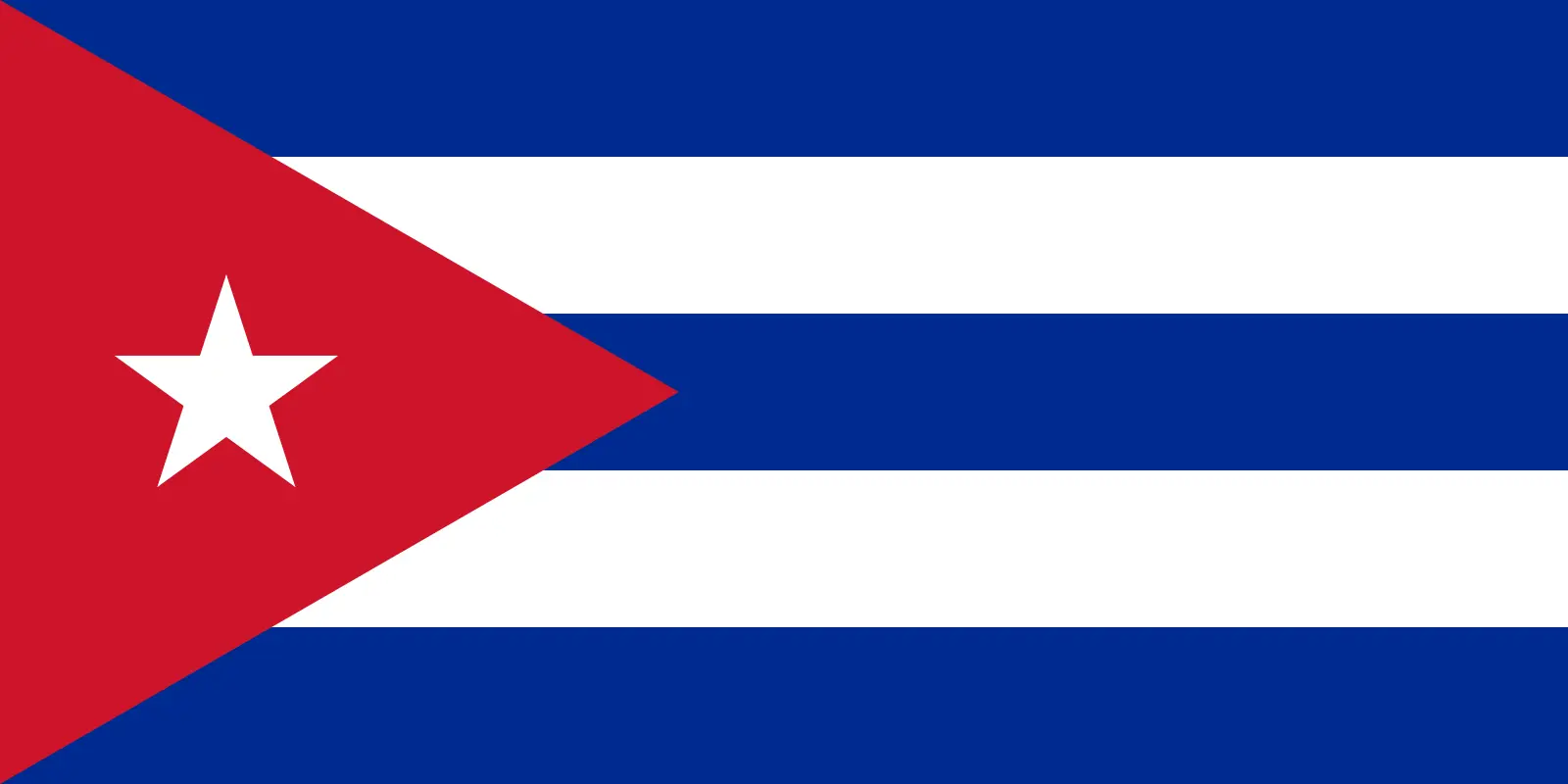 Cuba (+53)
Cuba (+53)
 Curaçao (+599)
Curaçao (+599)
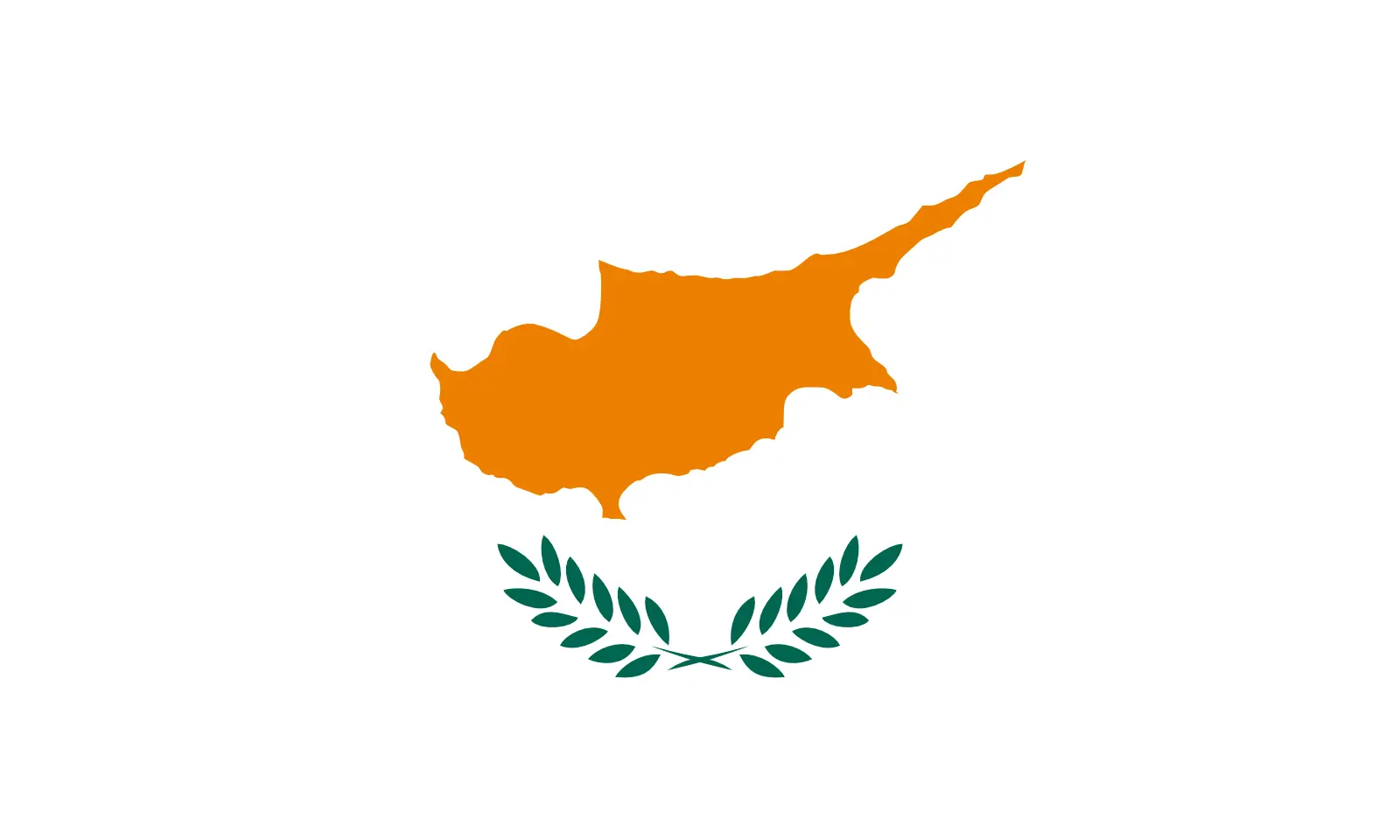 Cyprus (+357)
Cyprus (+357)
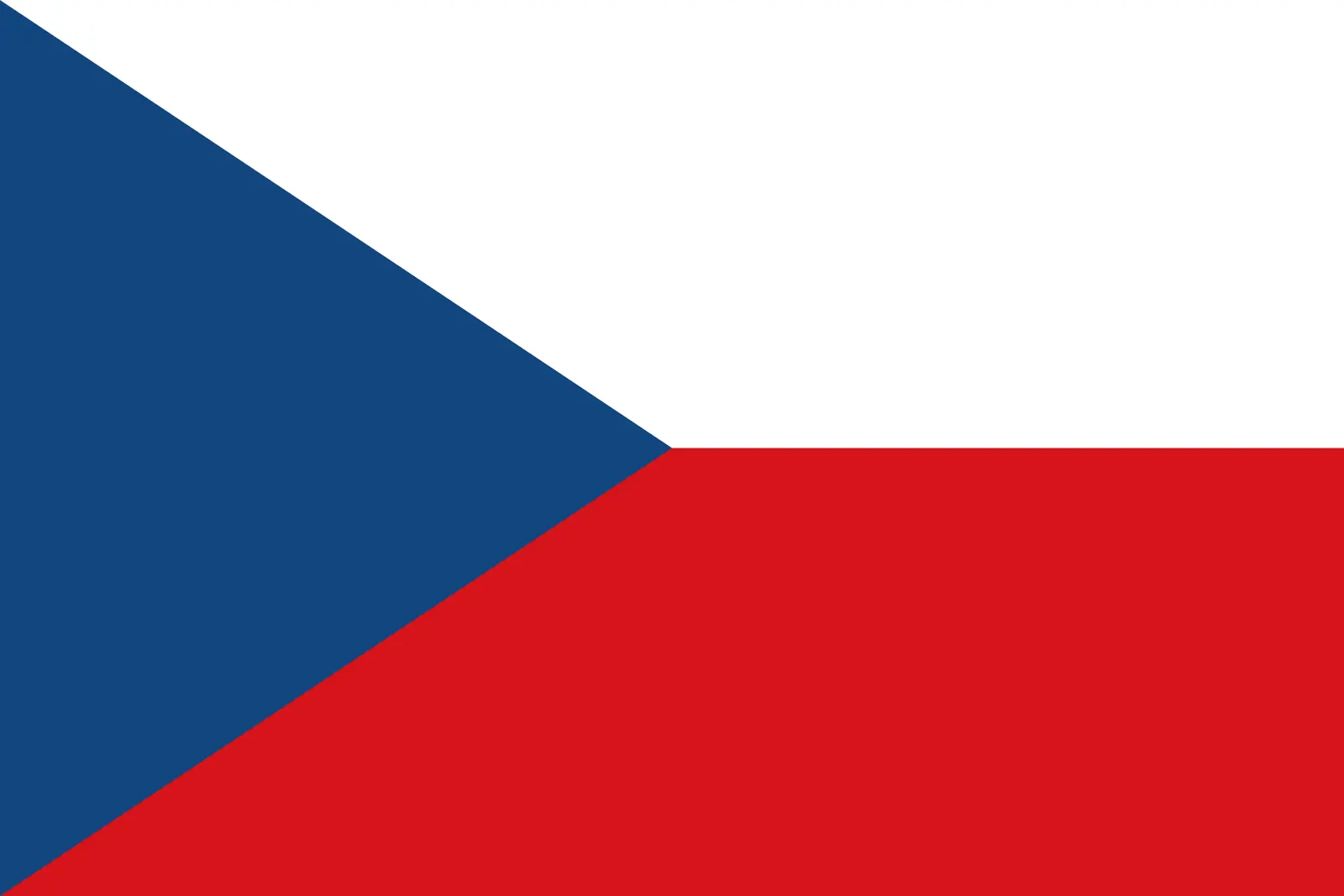 Czechia (+420)
Czechia (+420)
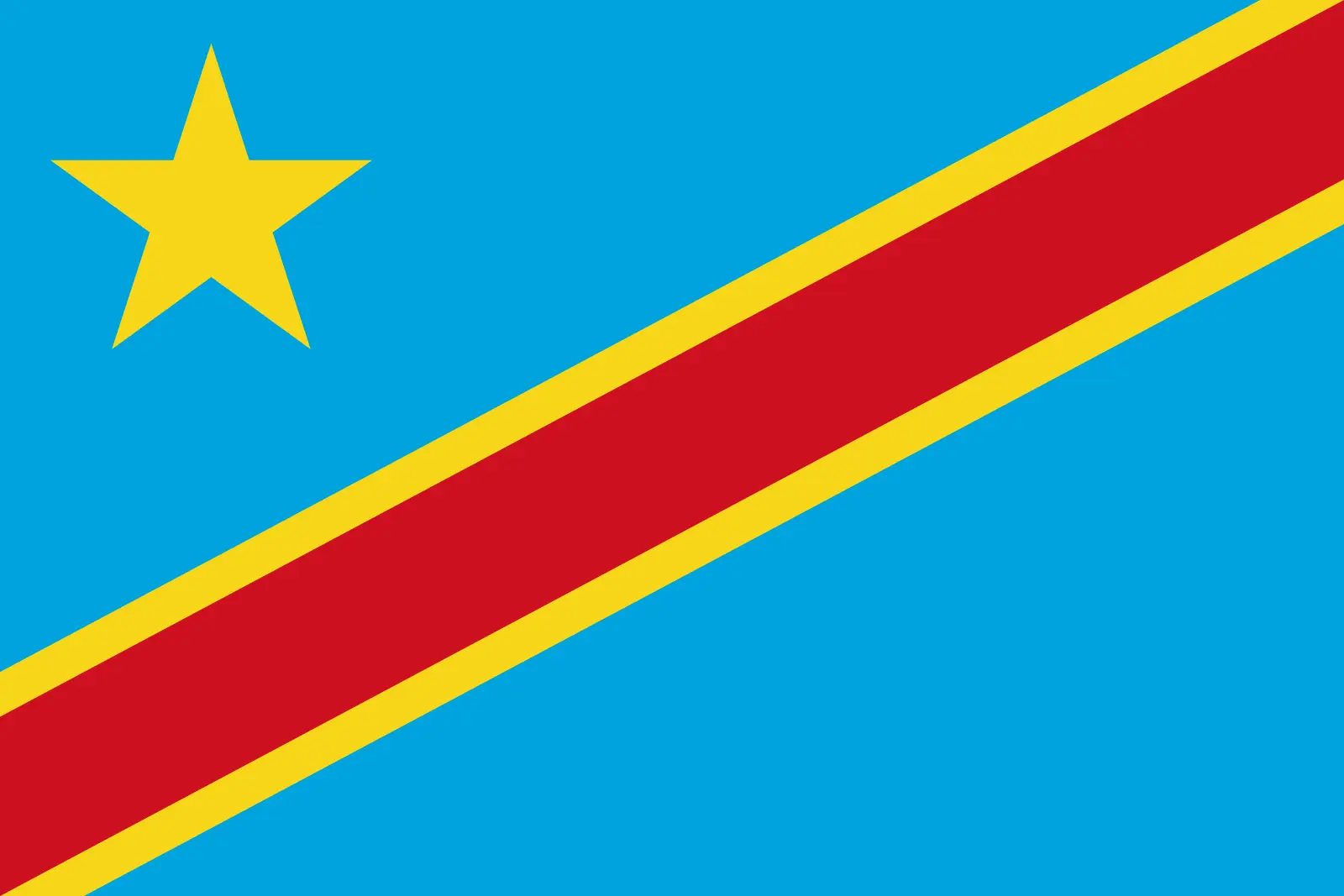 Democratic Republic of the Congo (+243)
Democratic Republic of the Congo (+243)
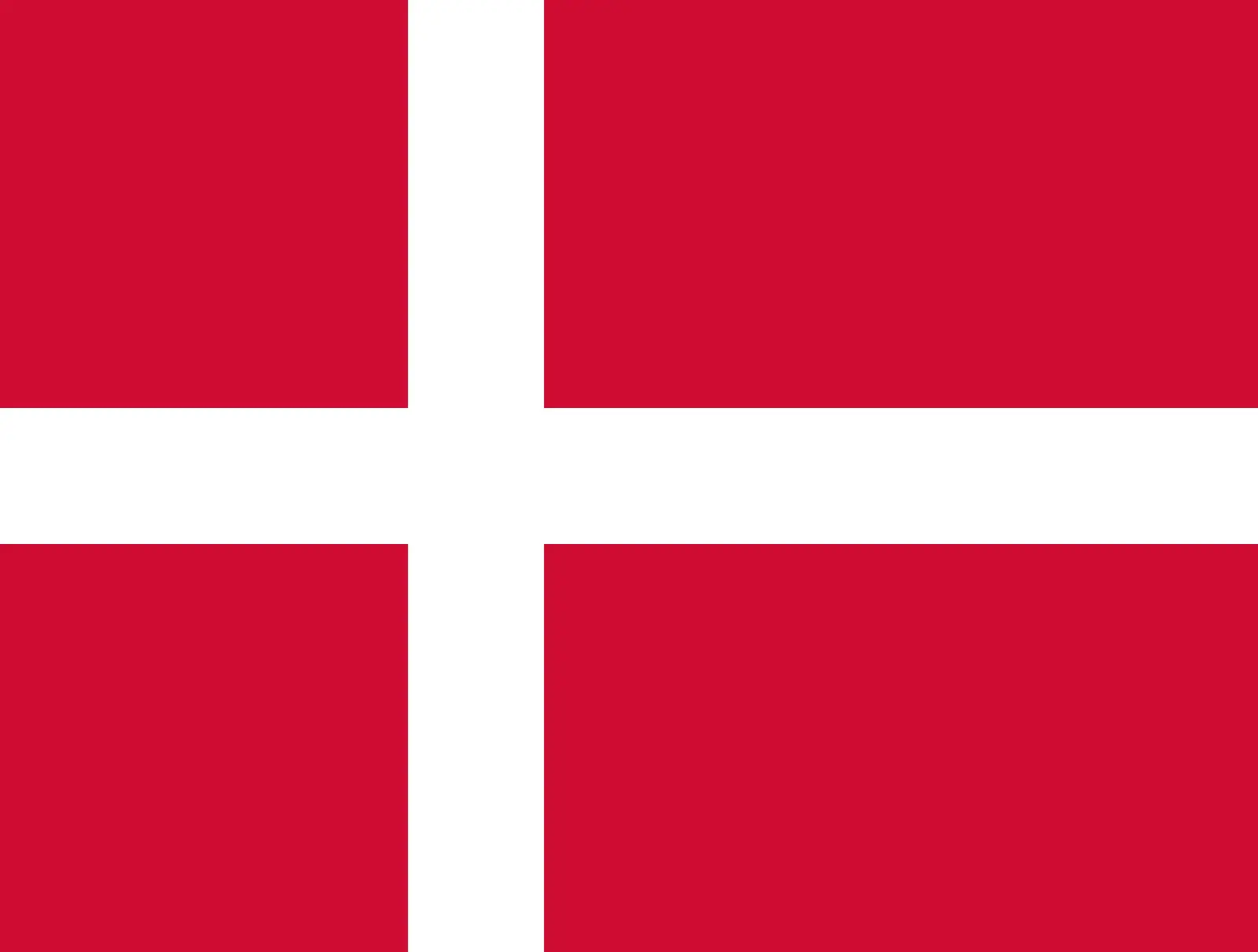 Denmark (+45)
Denmark (+45)
 Djibouti (+253)
Djibouti (+253)
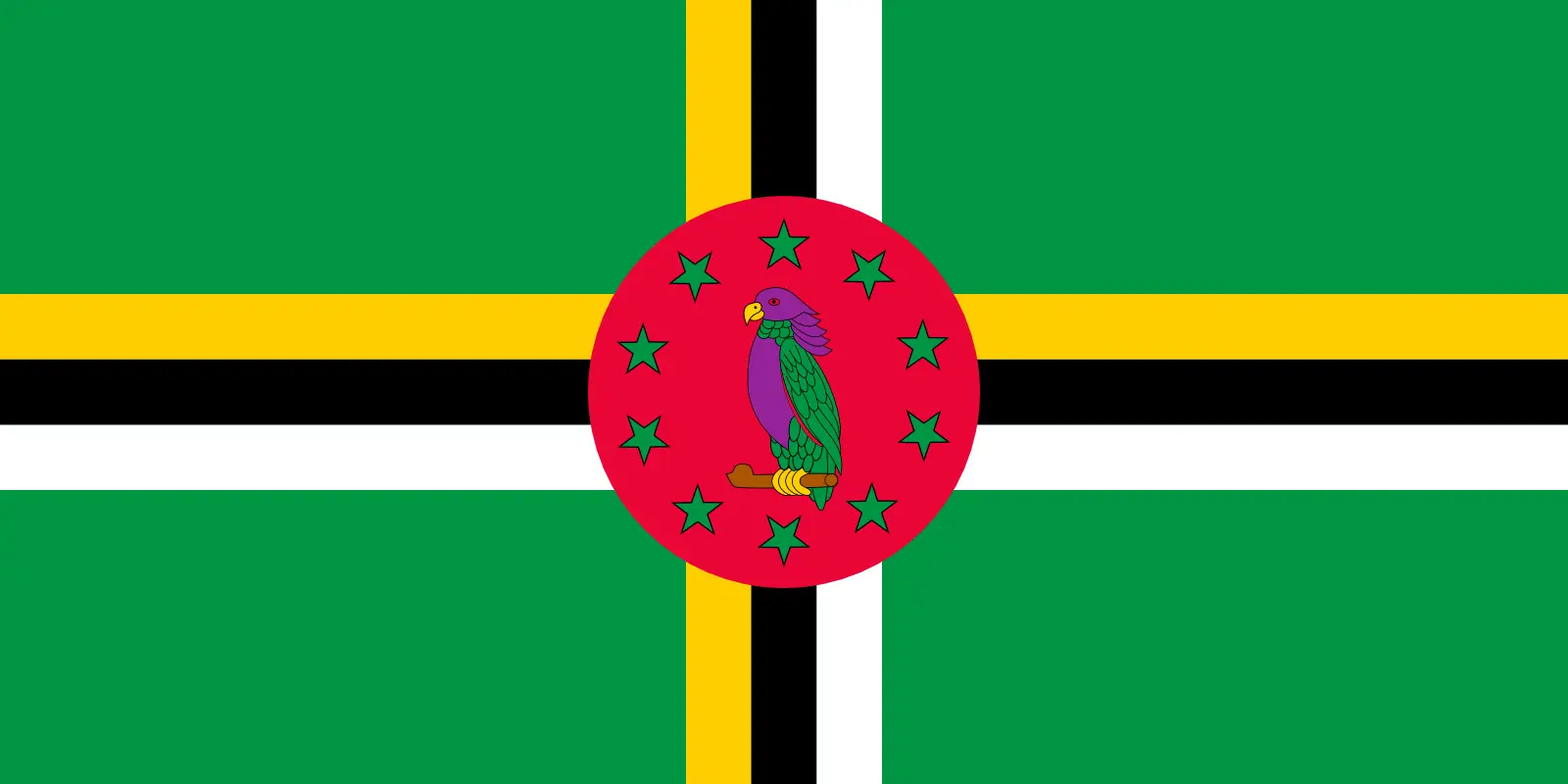 Dominica (+1767)
Dominica (+1767)
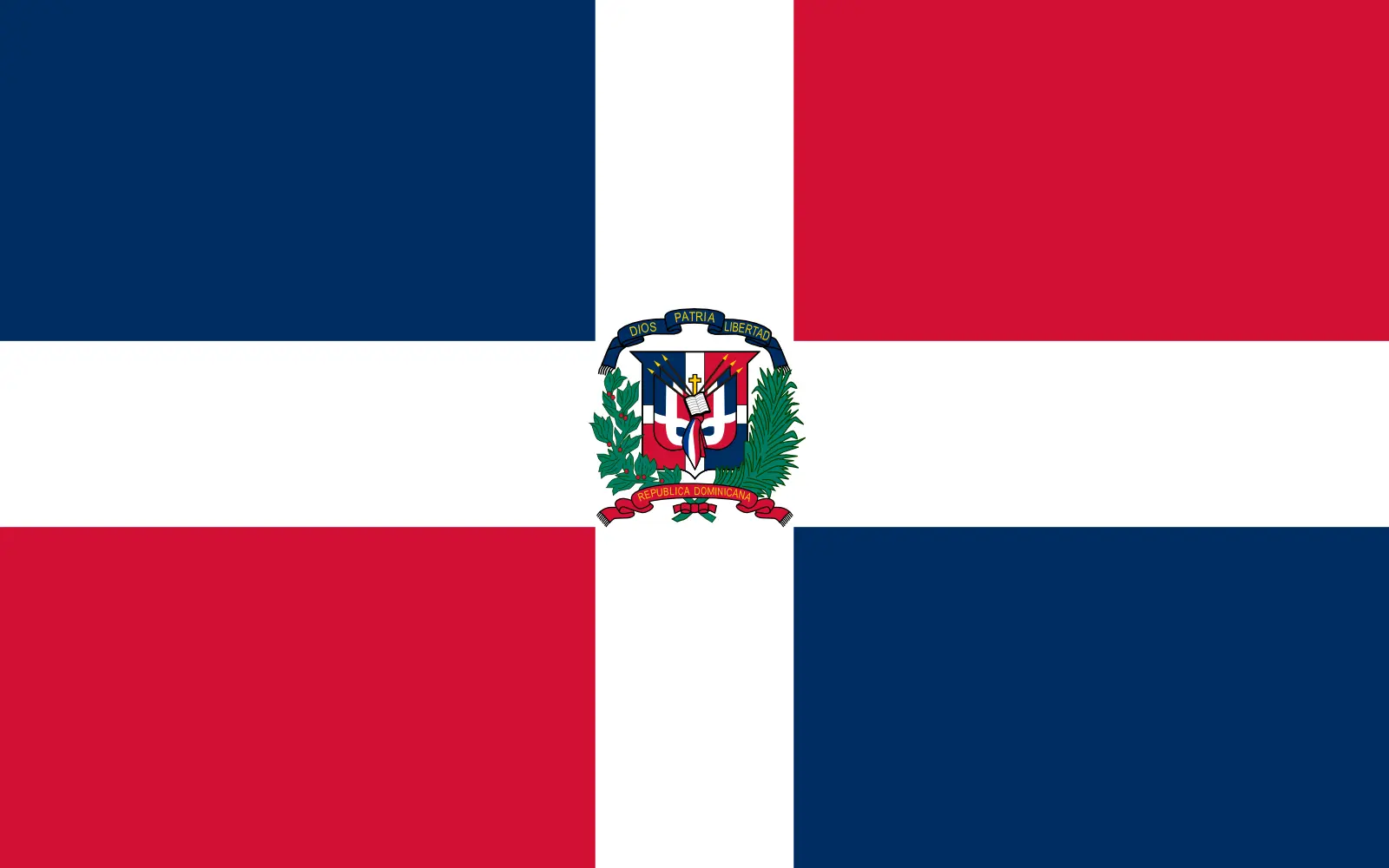 Dominican Republic (+1809)
Dominican Republic (+1809)
 Timor-Leste (+670)
Timor-Leste (+670)
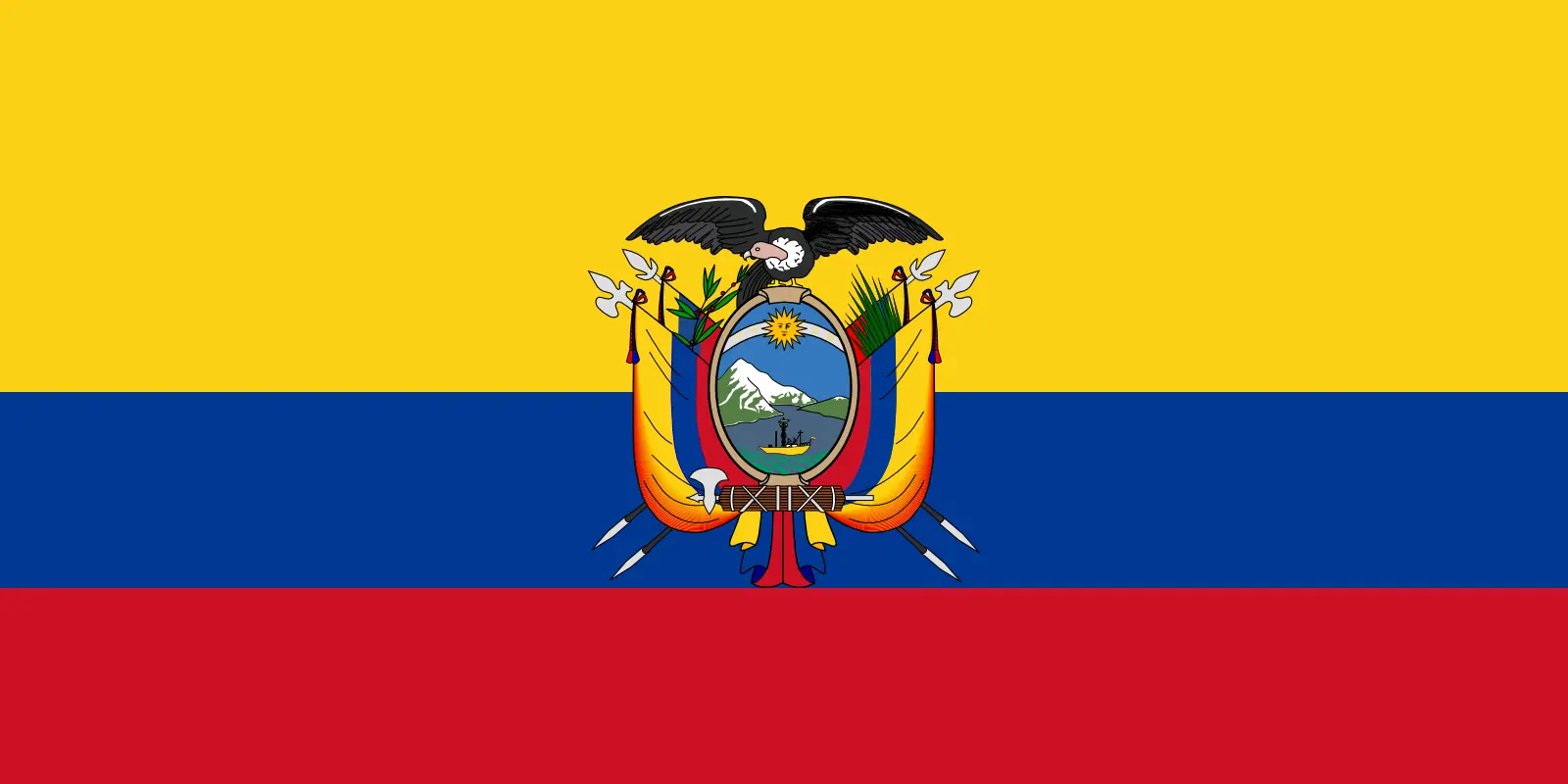 Ecuador (+593)
Ecuador (+593)
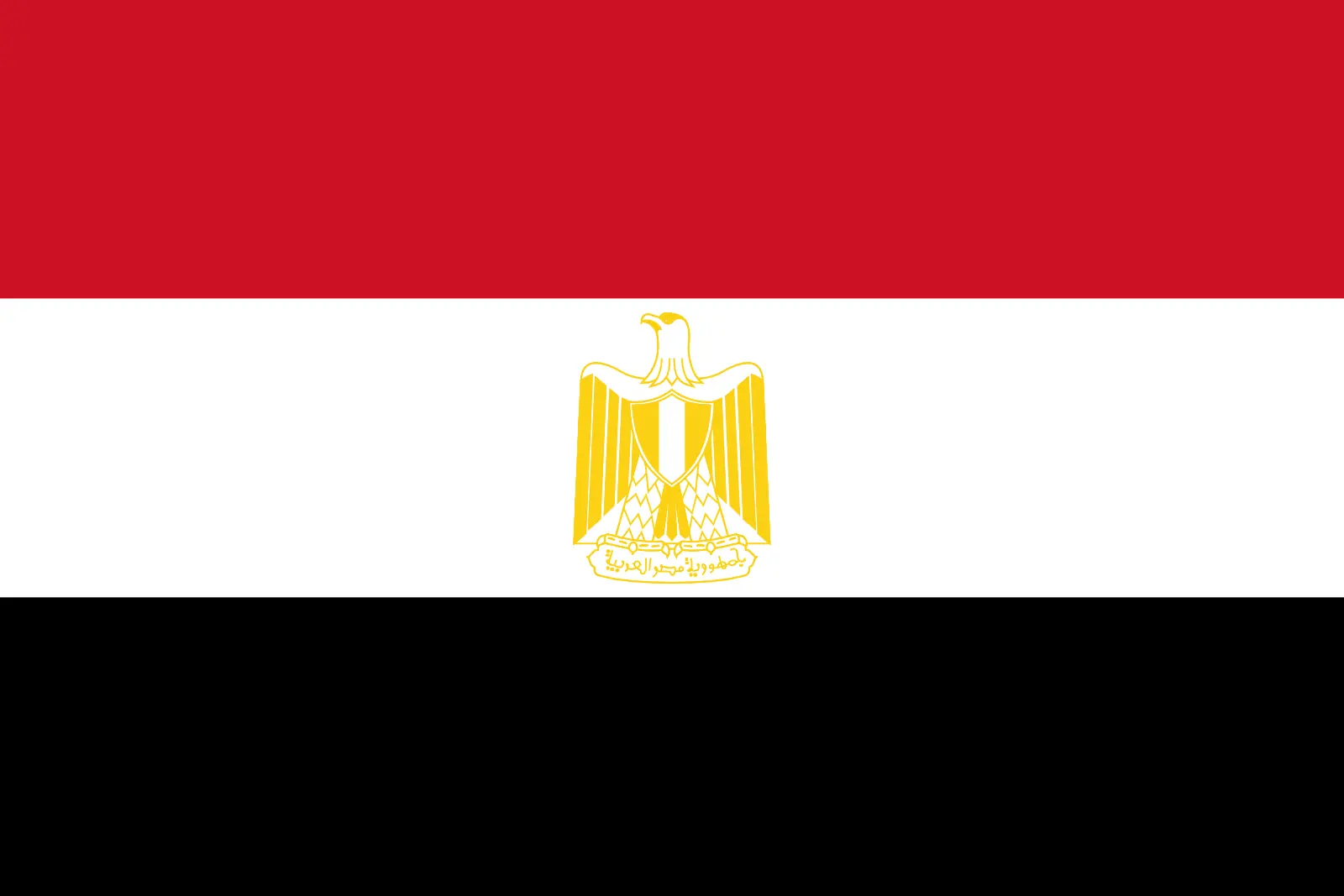 Egypt (+20)
Egypt (+20)
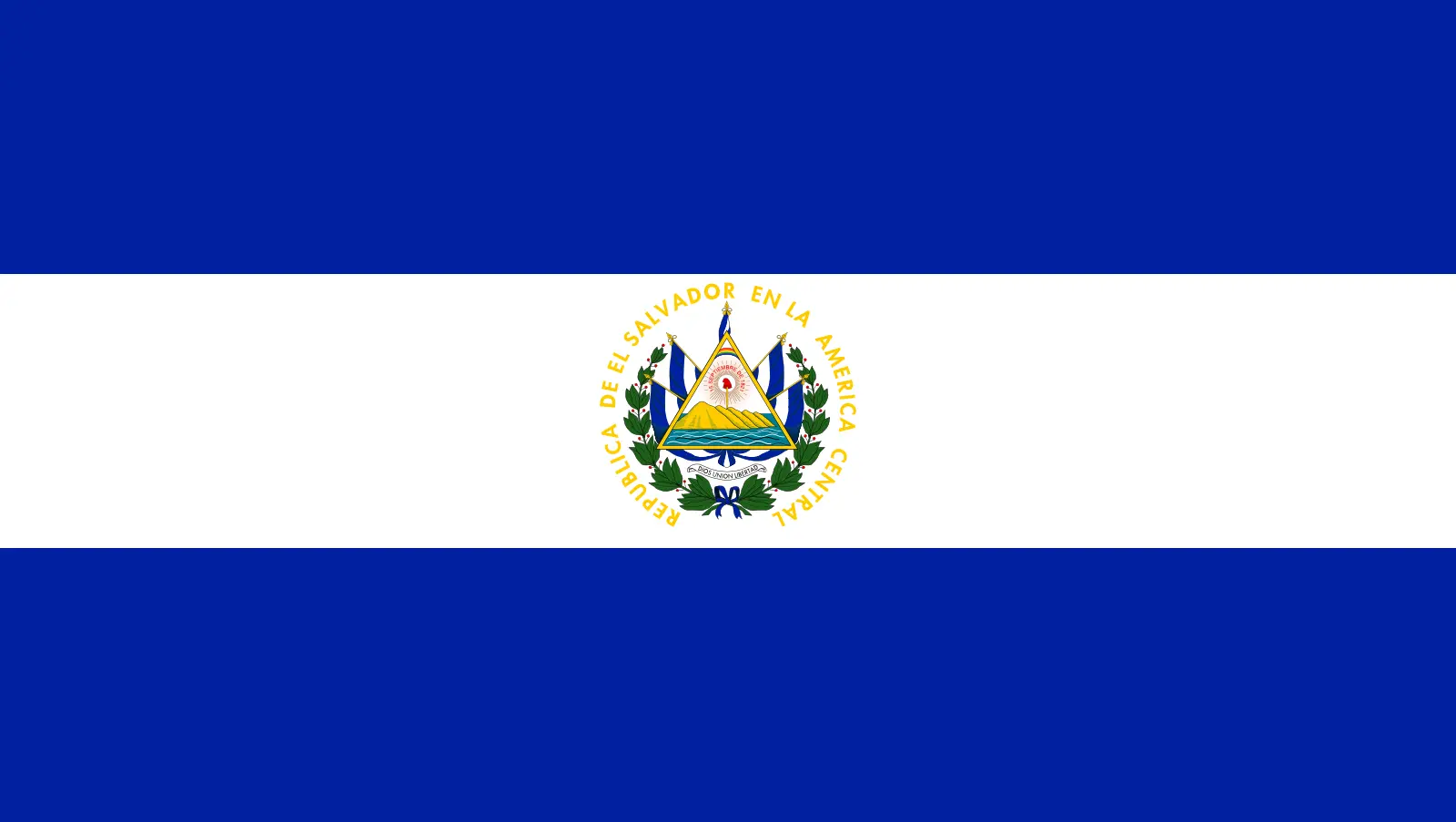 El Salvador (+503)
El Salvador (+503)
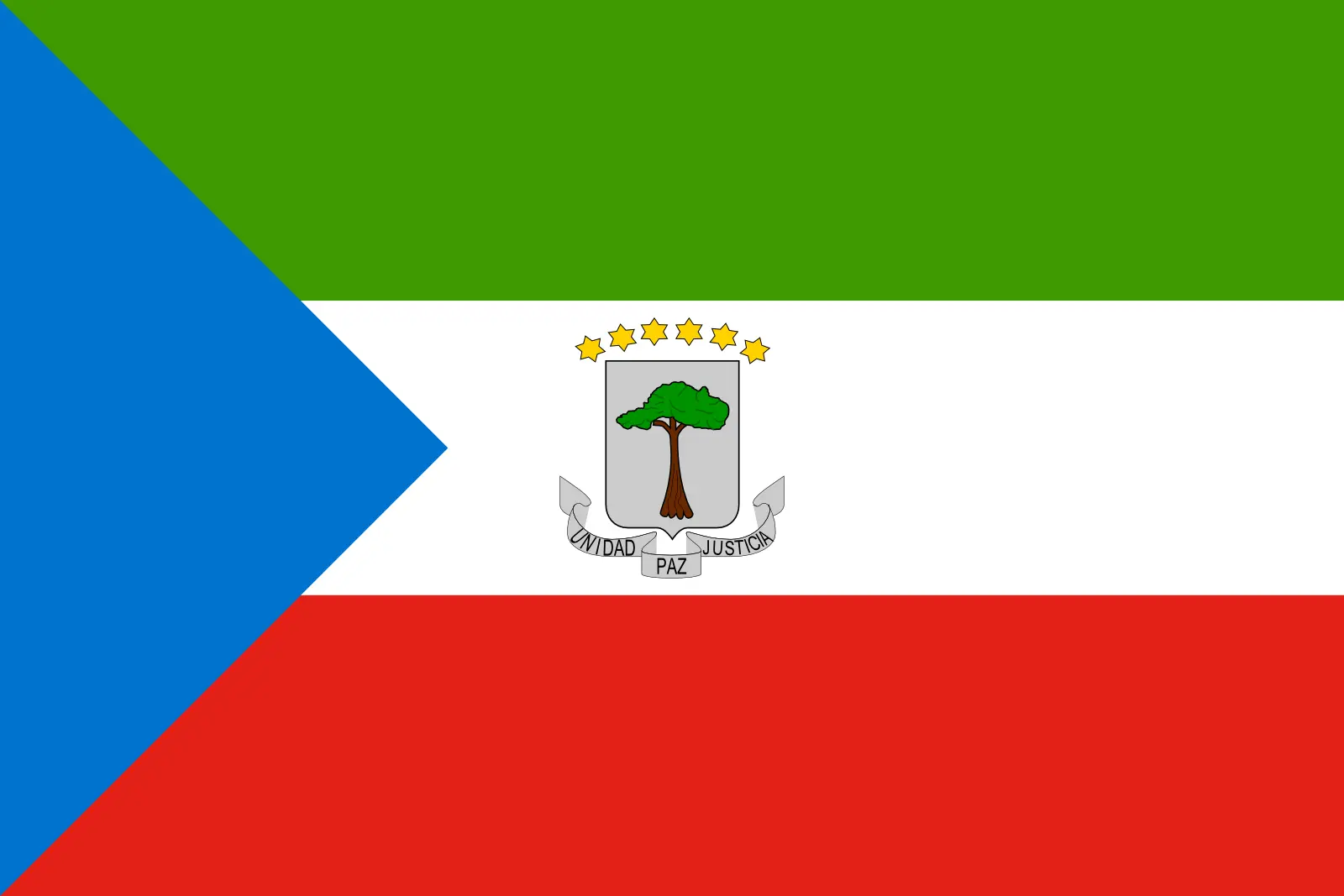 Equatorial Guinea (+240)
Equatorial Guinea (+240)
 Eritrea (+291)
Eritrea (+291)
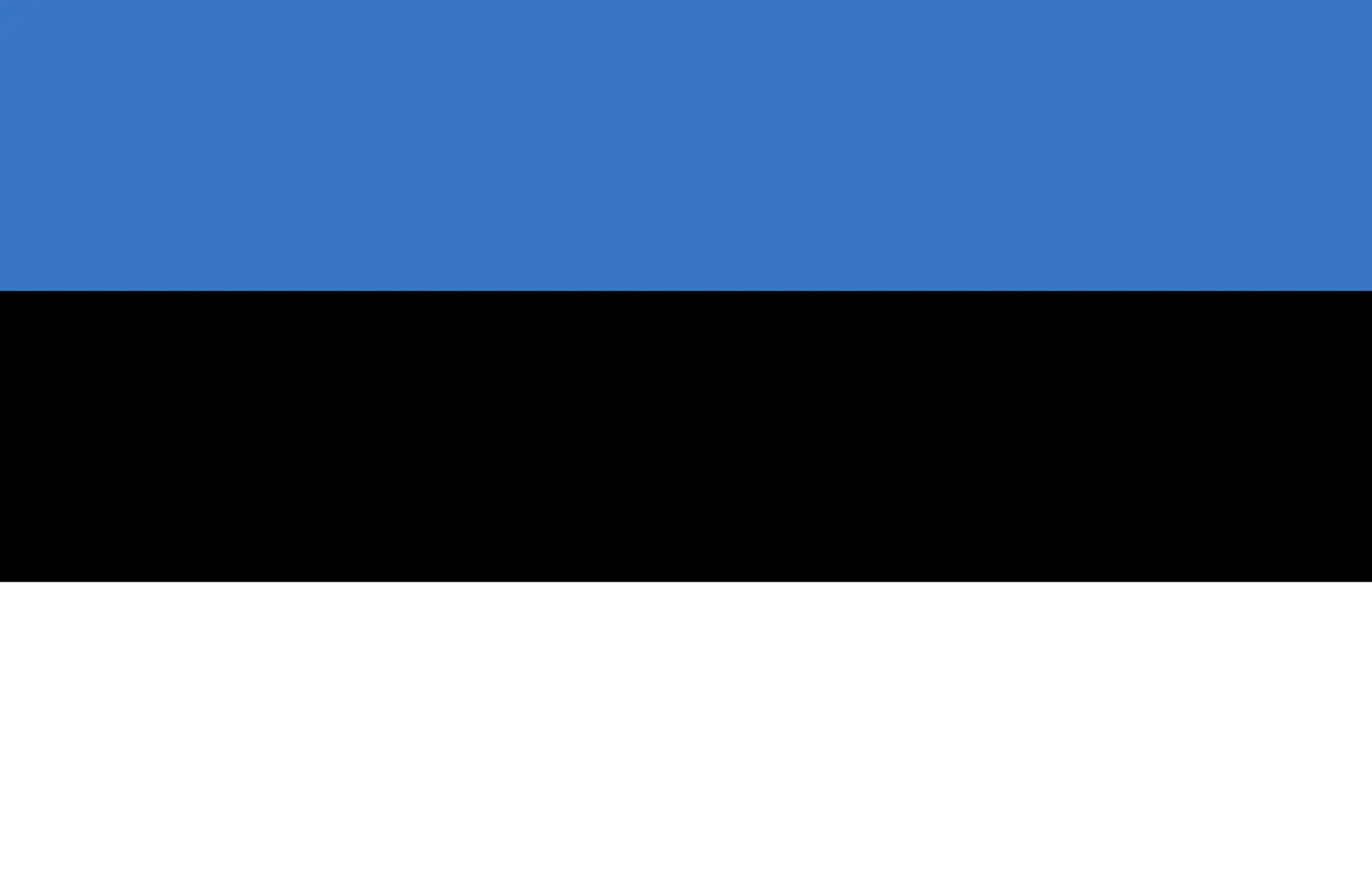 Estonia (+372)
Estonia (+372)
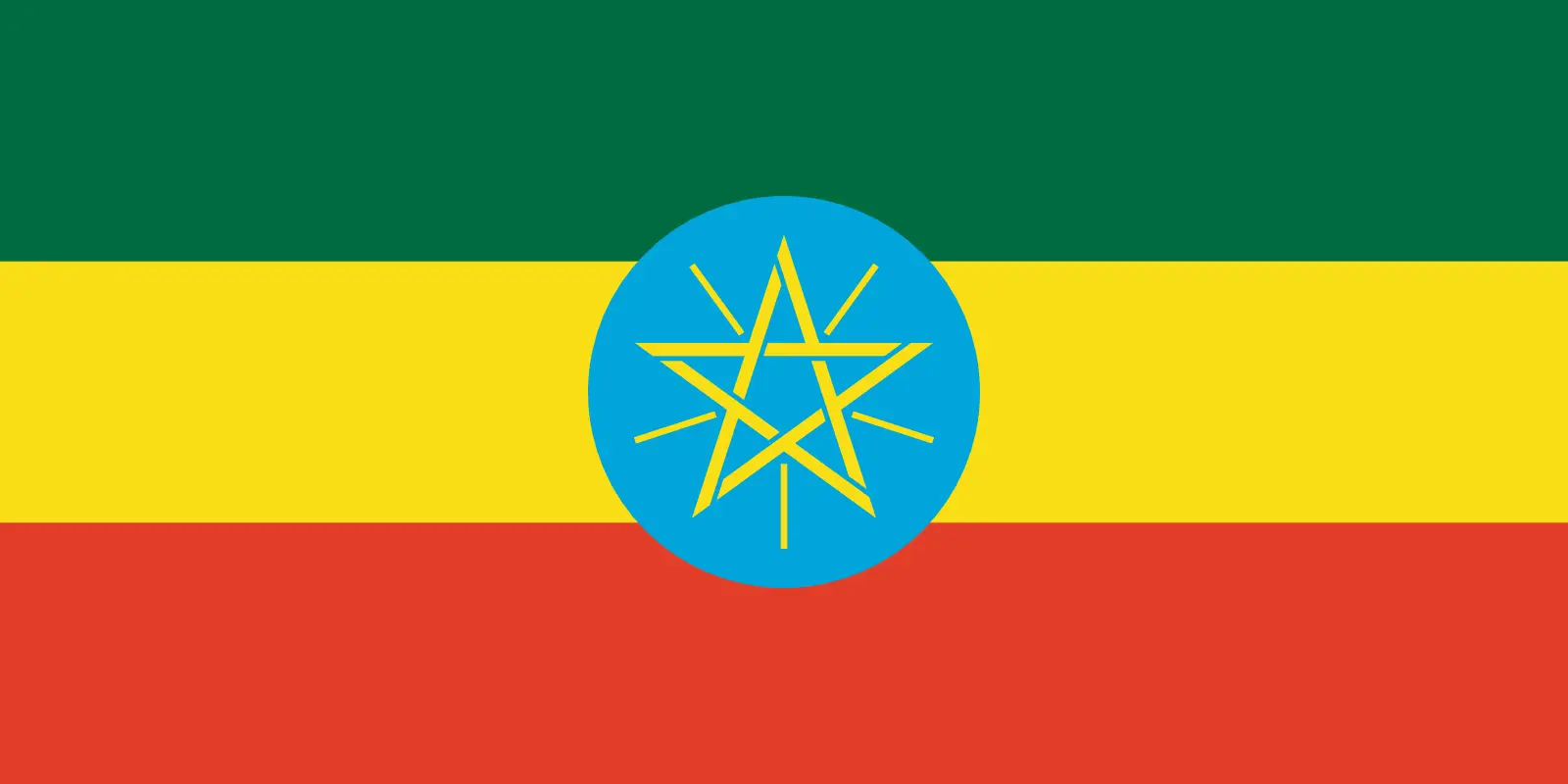 Ethiopia (+251)
Ethiopia (+251)
 Falkland Islands (+500)
Falkland Islands (+500)
 Faroe Islands (+298)
Faroe Islands (+298)
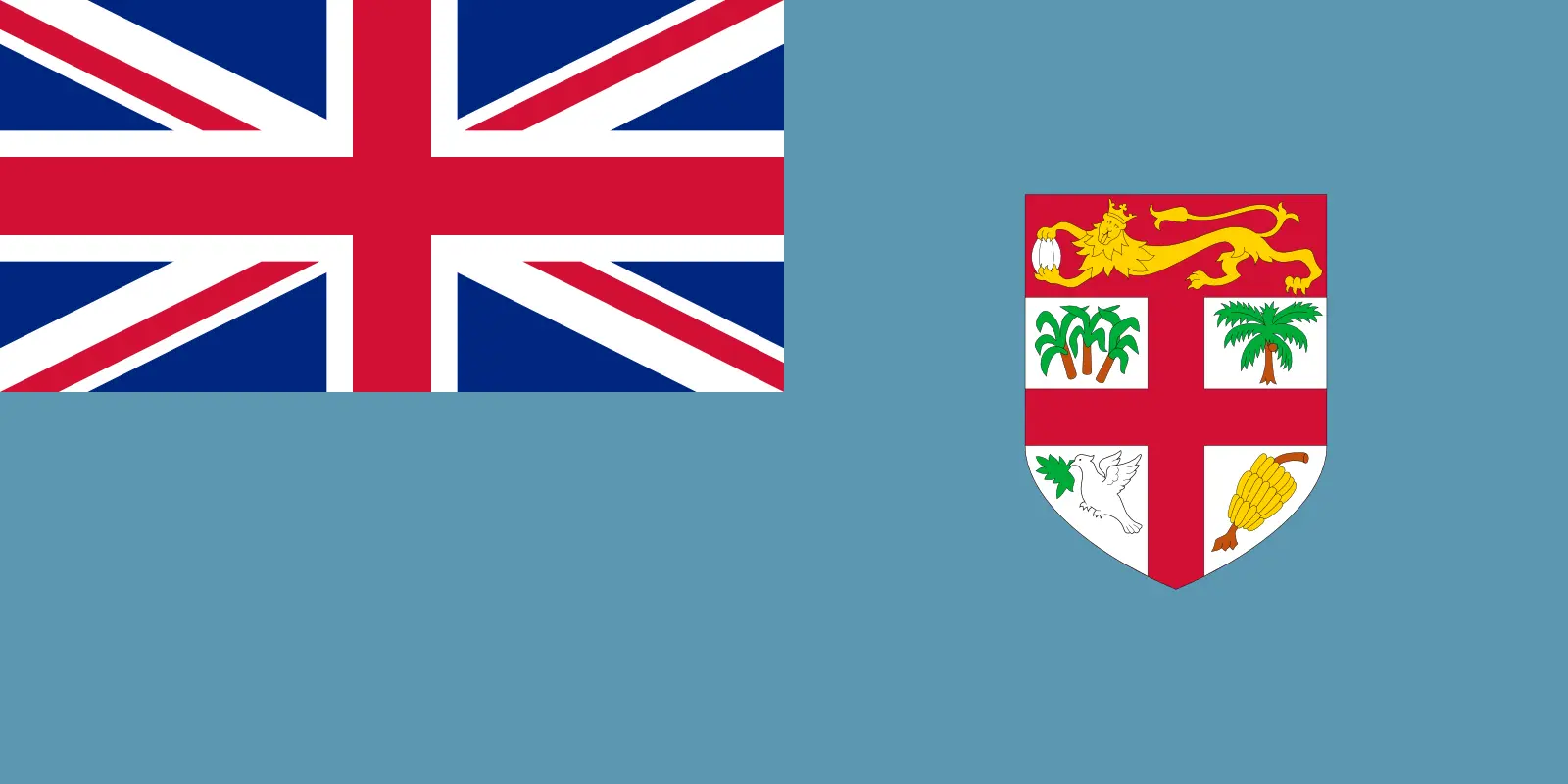 Fiji (+679)
Fiji (+679)
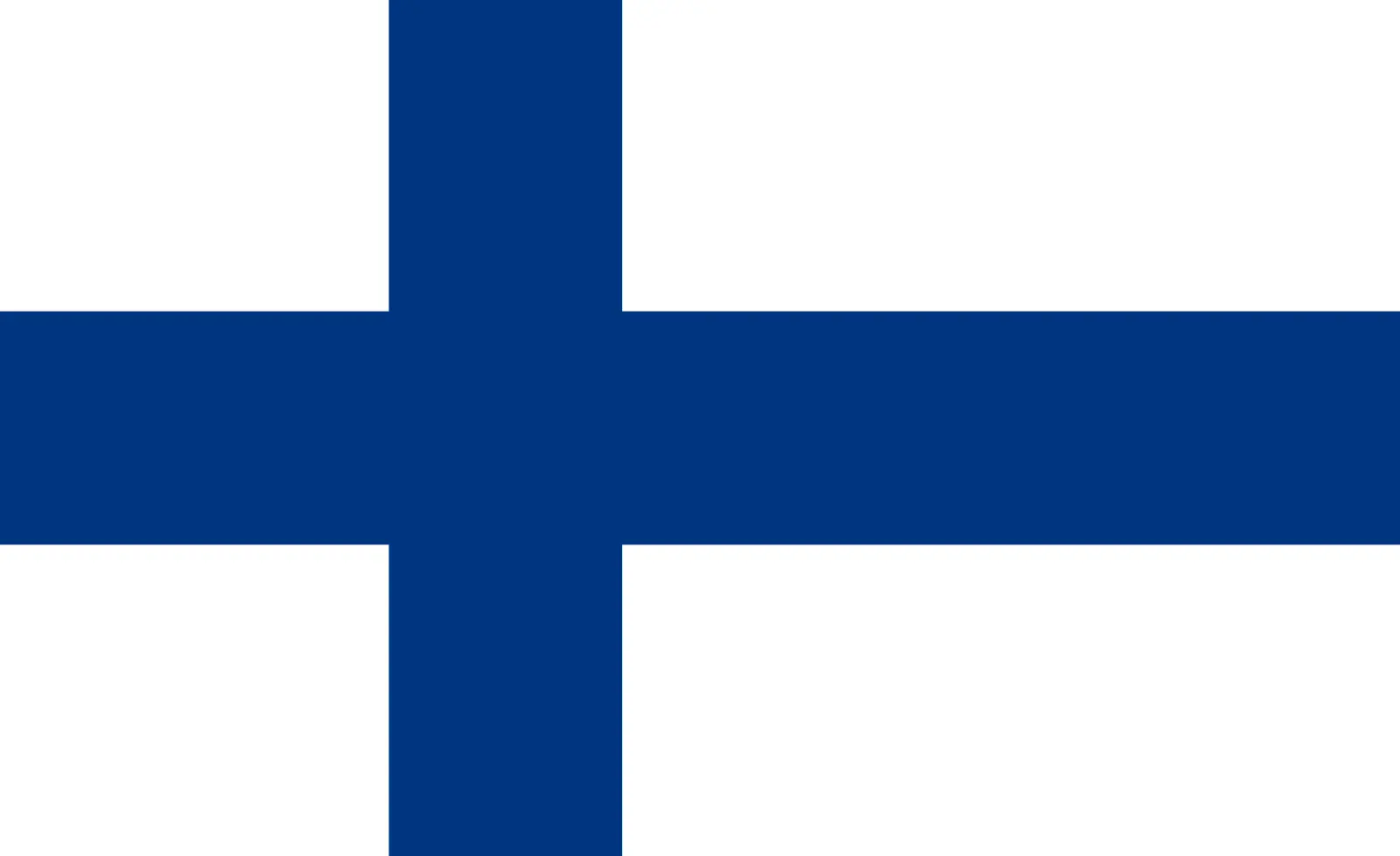 Finland (+358)
Finland (+358)
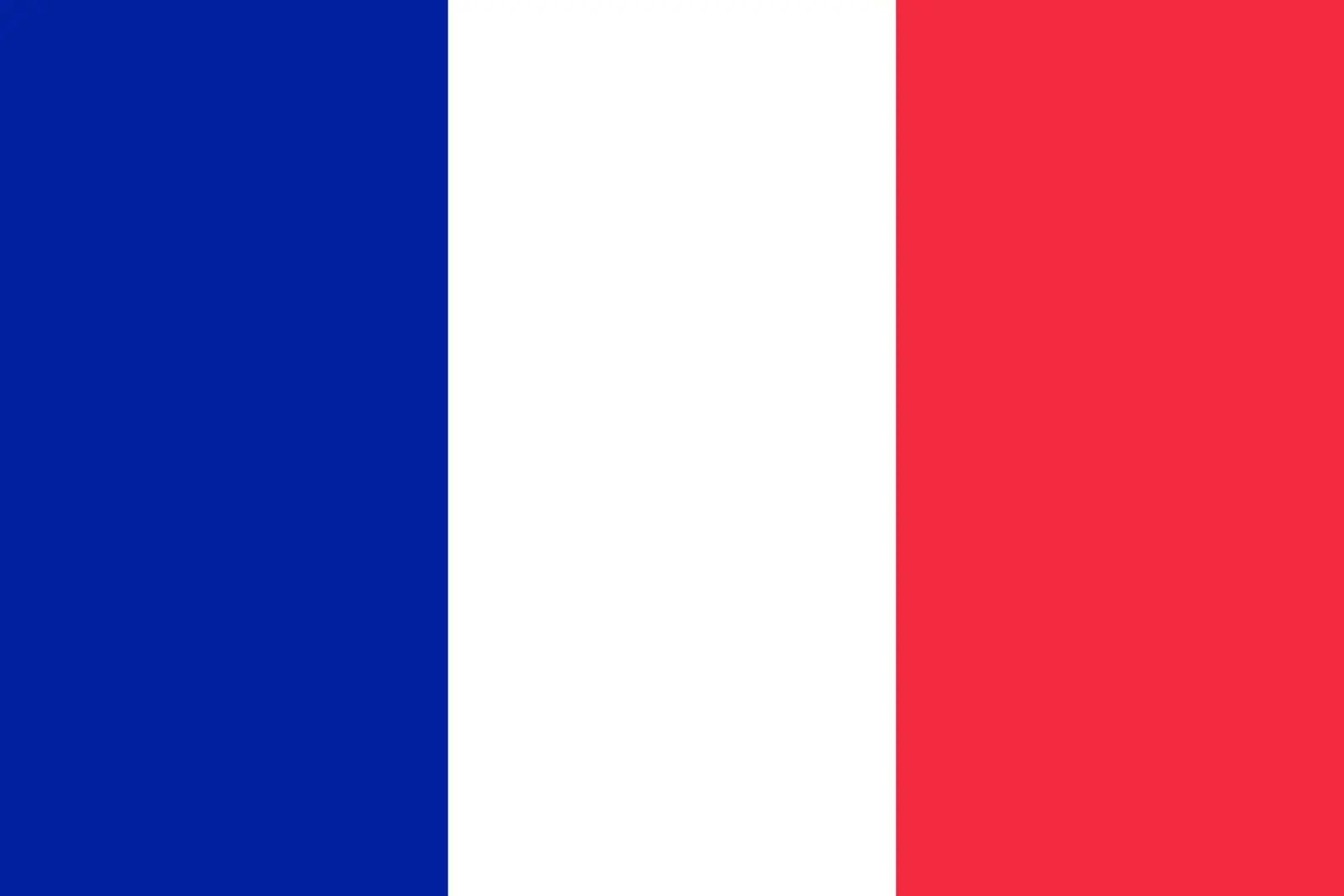 France (+33)
France (+33)
 Gabon (+241)
Gabon (+241)
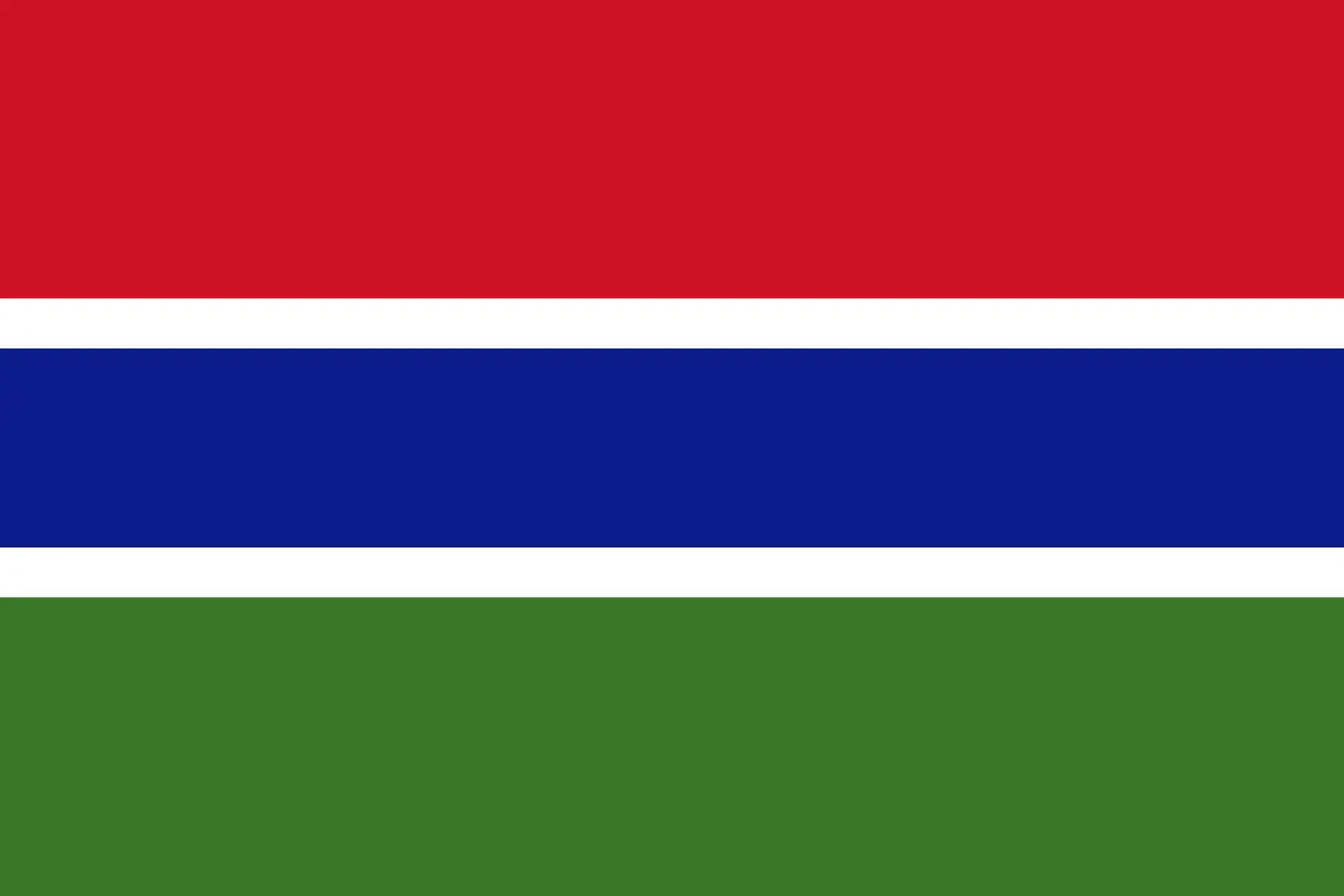 Gambia (+220)
Gambia (+220)
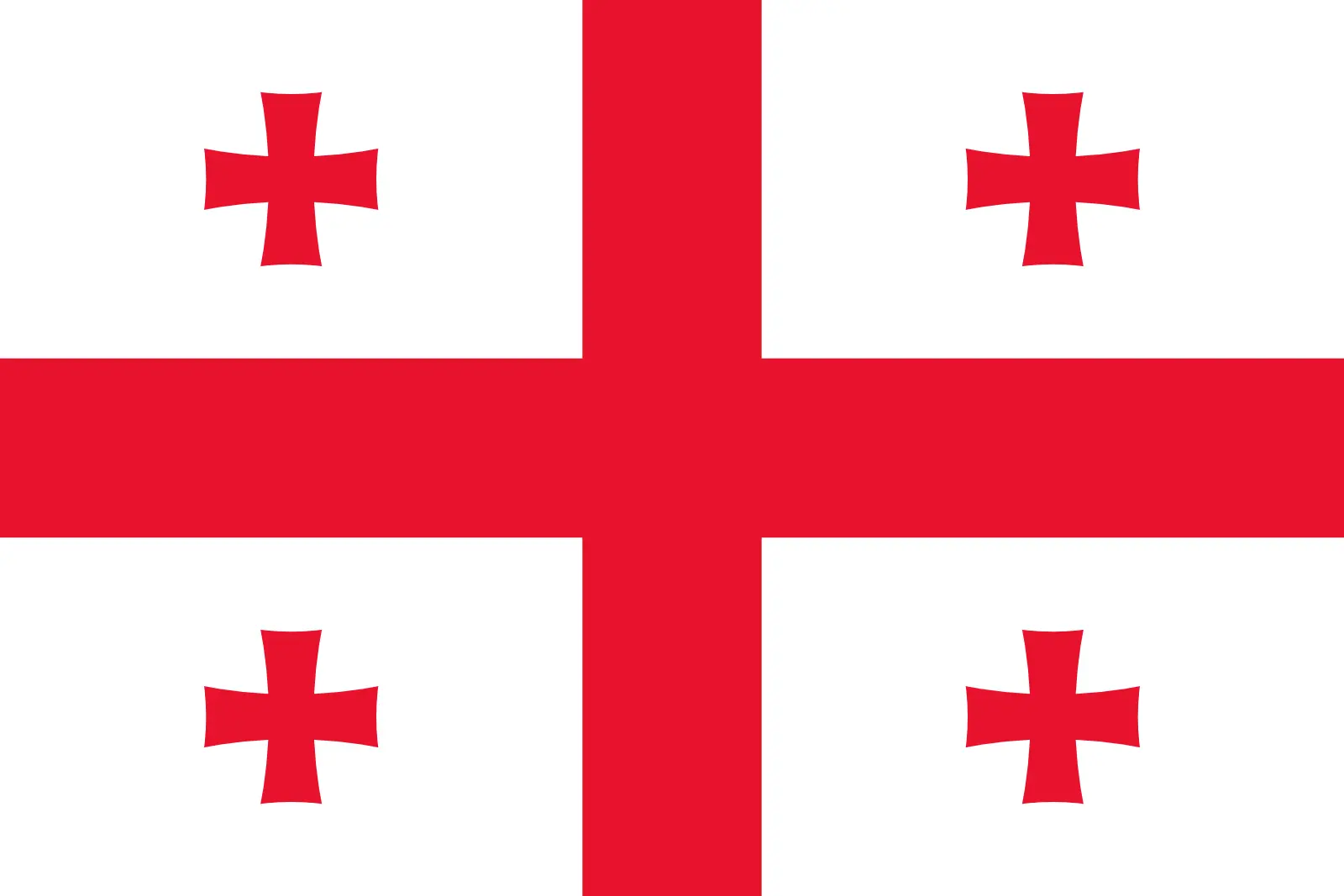 Georgia (+995)
Georgia (+995)
 Germany (+49)
Germany (+49)
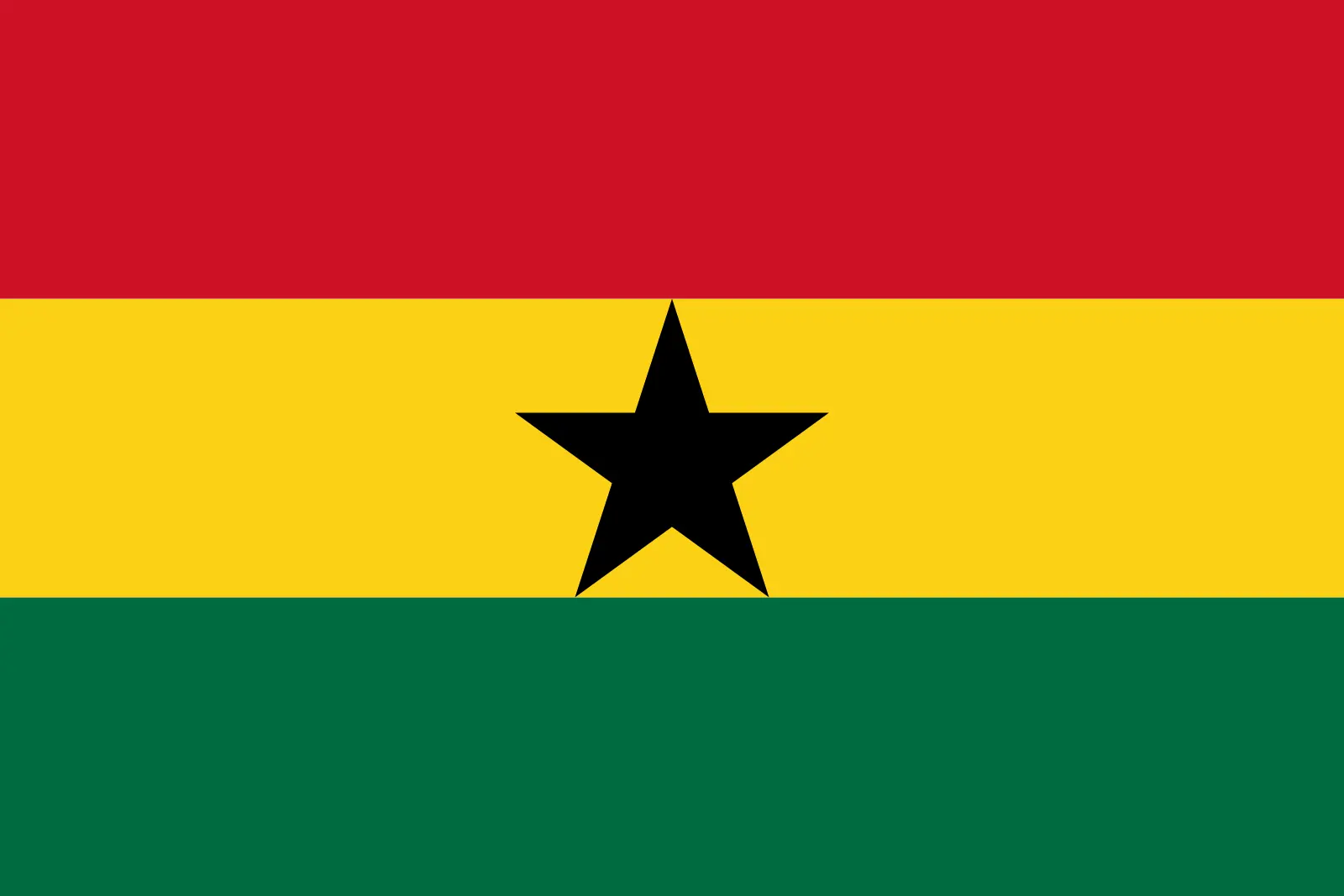 Ghana (+233)
Ghana (+233)
 Gibraltar (+350)
Gibraltar (+350)
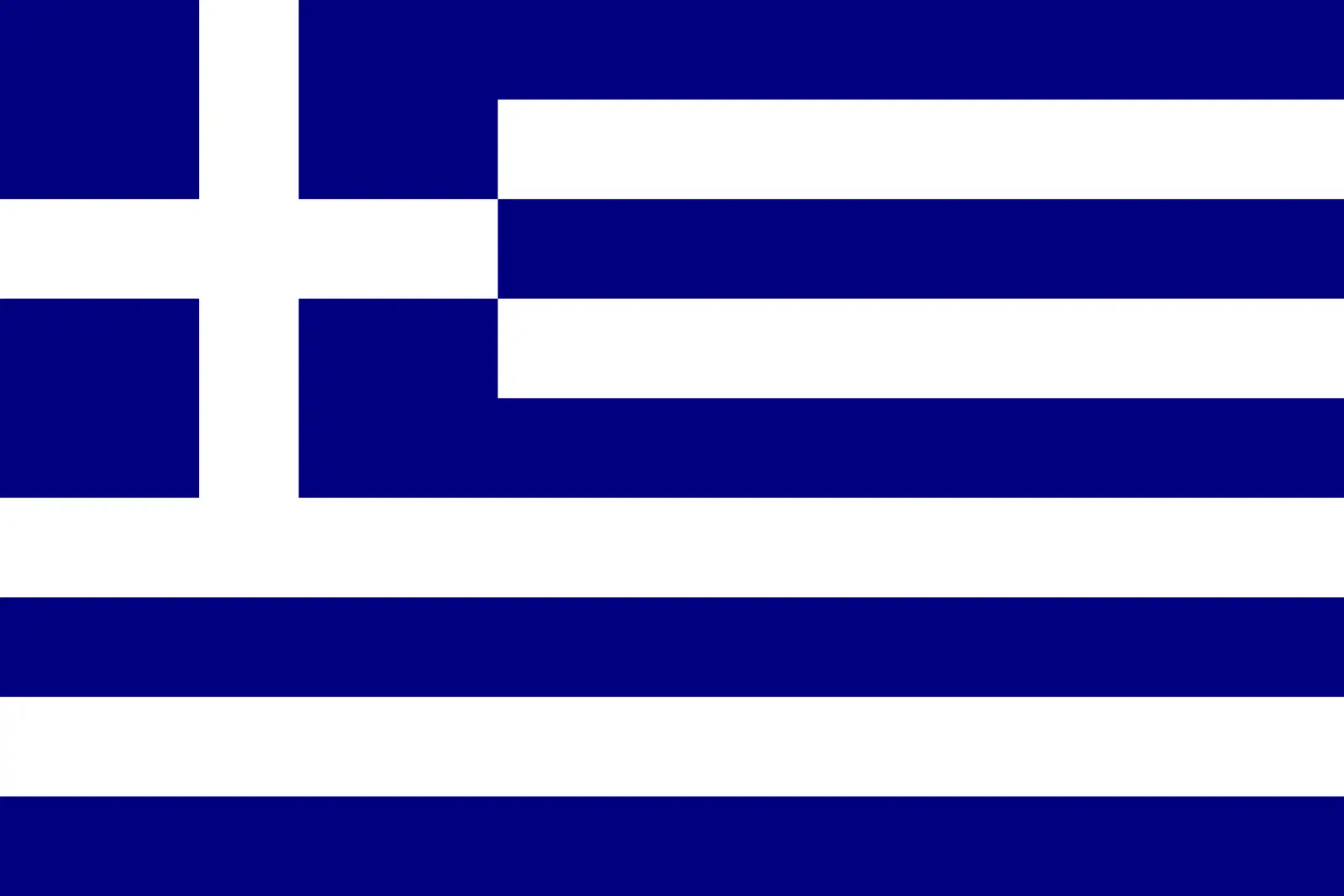 Greece (+30)
Greece (+30)
 Greenland (+299)
Greenland (+299)
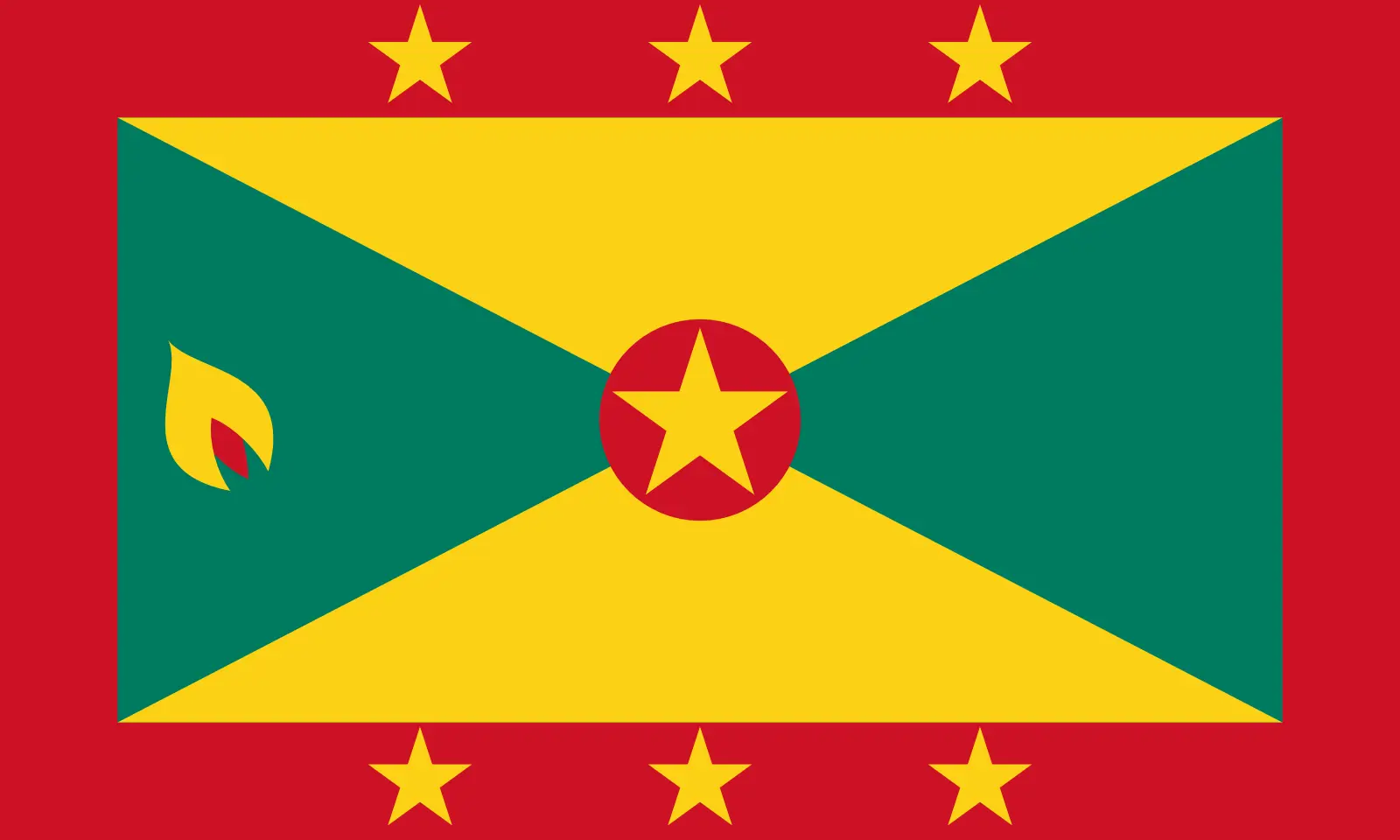 Grenada (+1473)
Grenada (+1473)
 Guadeloupe (+590)
Guadeloupe (+590)
 Guam (+1671)
Guam (+1671)
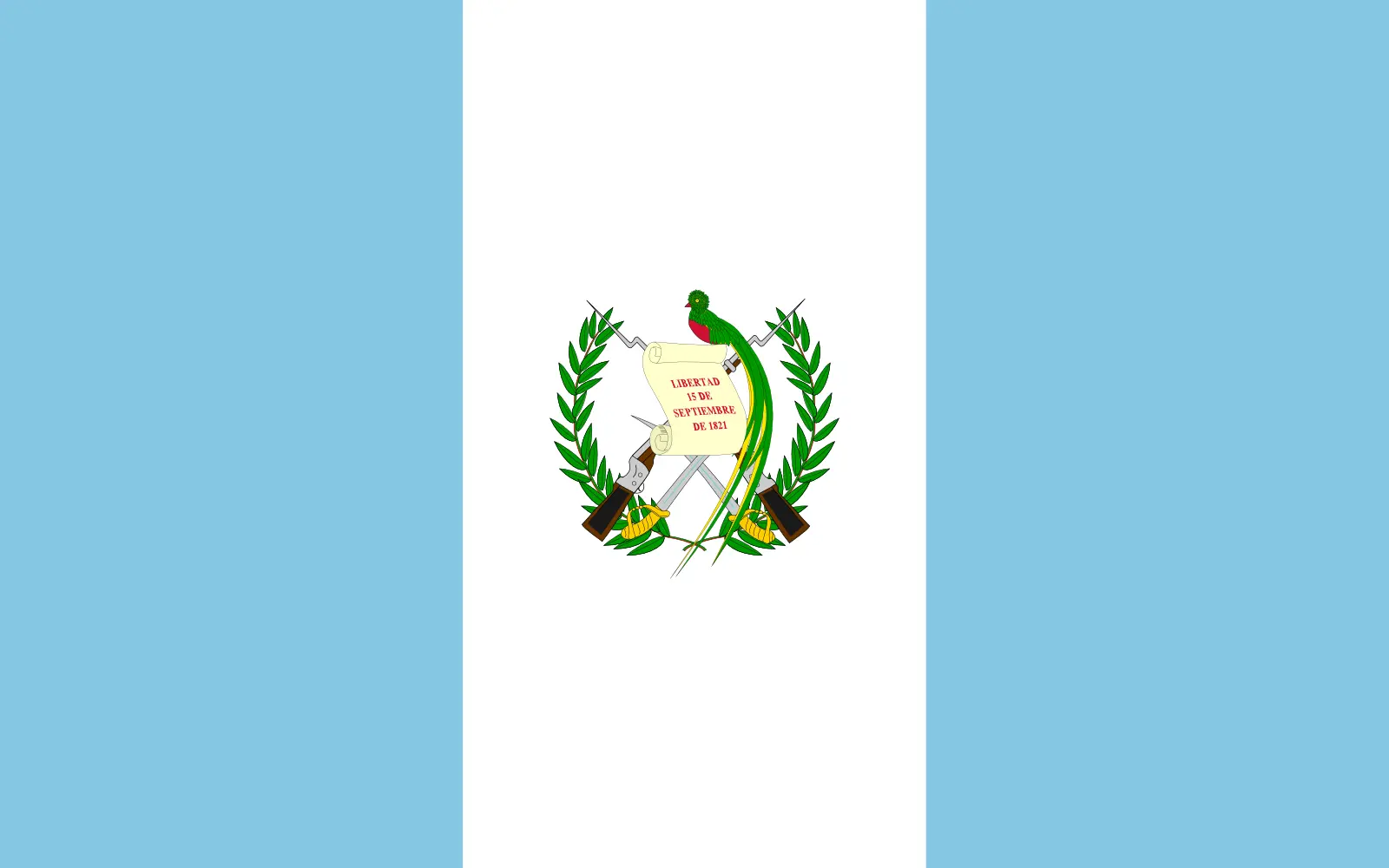 Guatemala (+502)
Guatemala (+502)
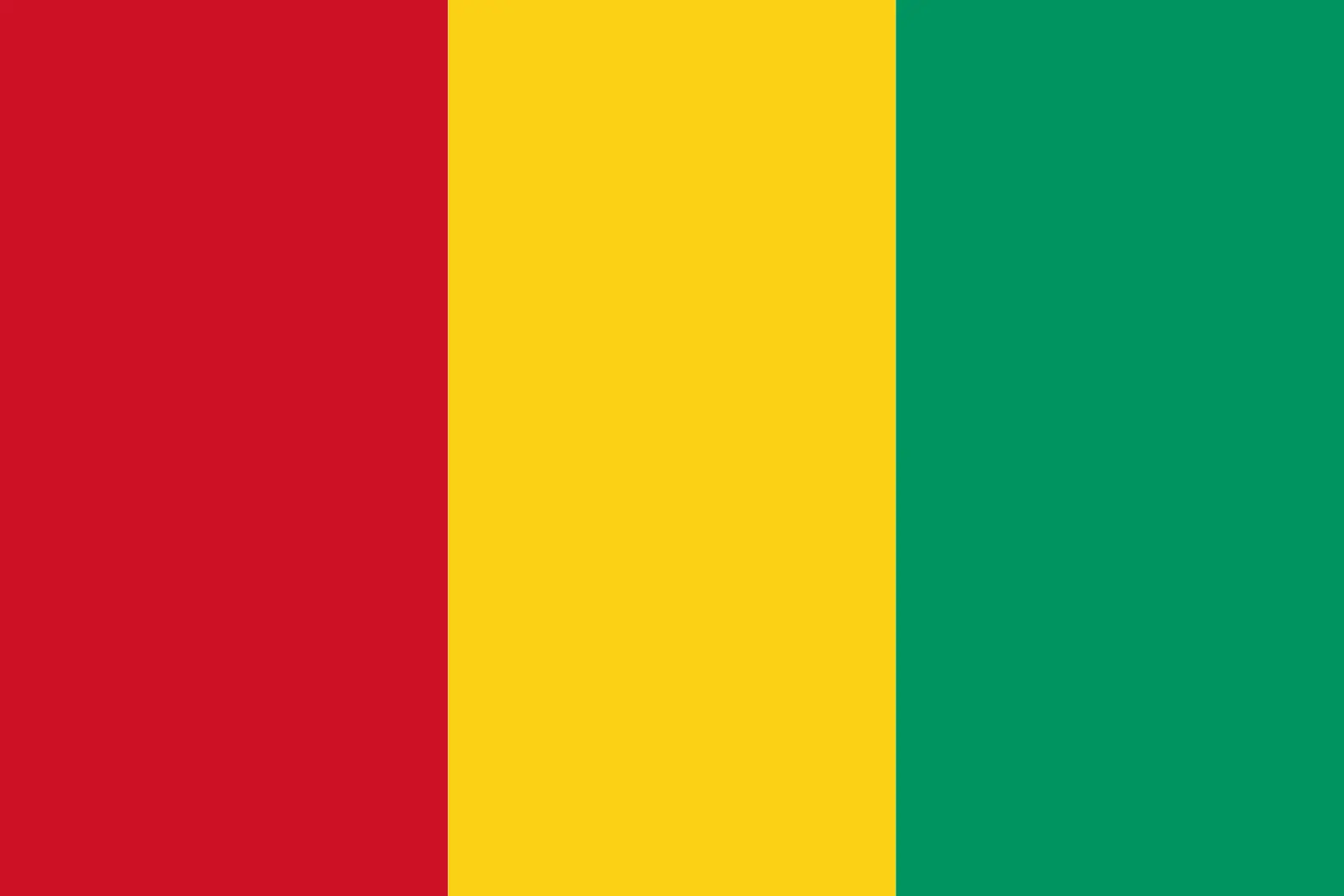 Guinea (+224)
Guinea (+224)
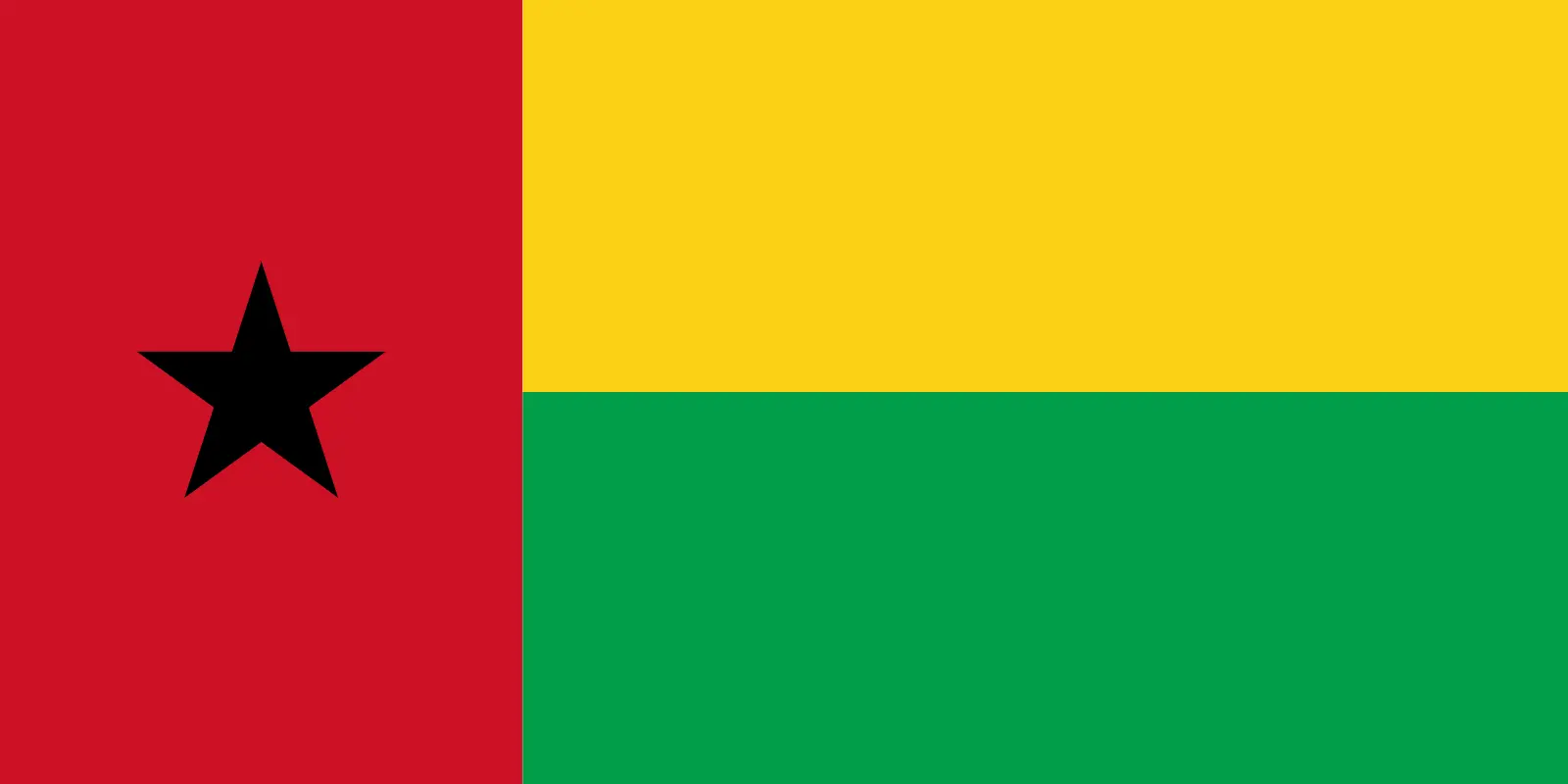 Guinea-Bissau (+245)
Guinea-Bissau (+245)
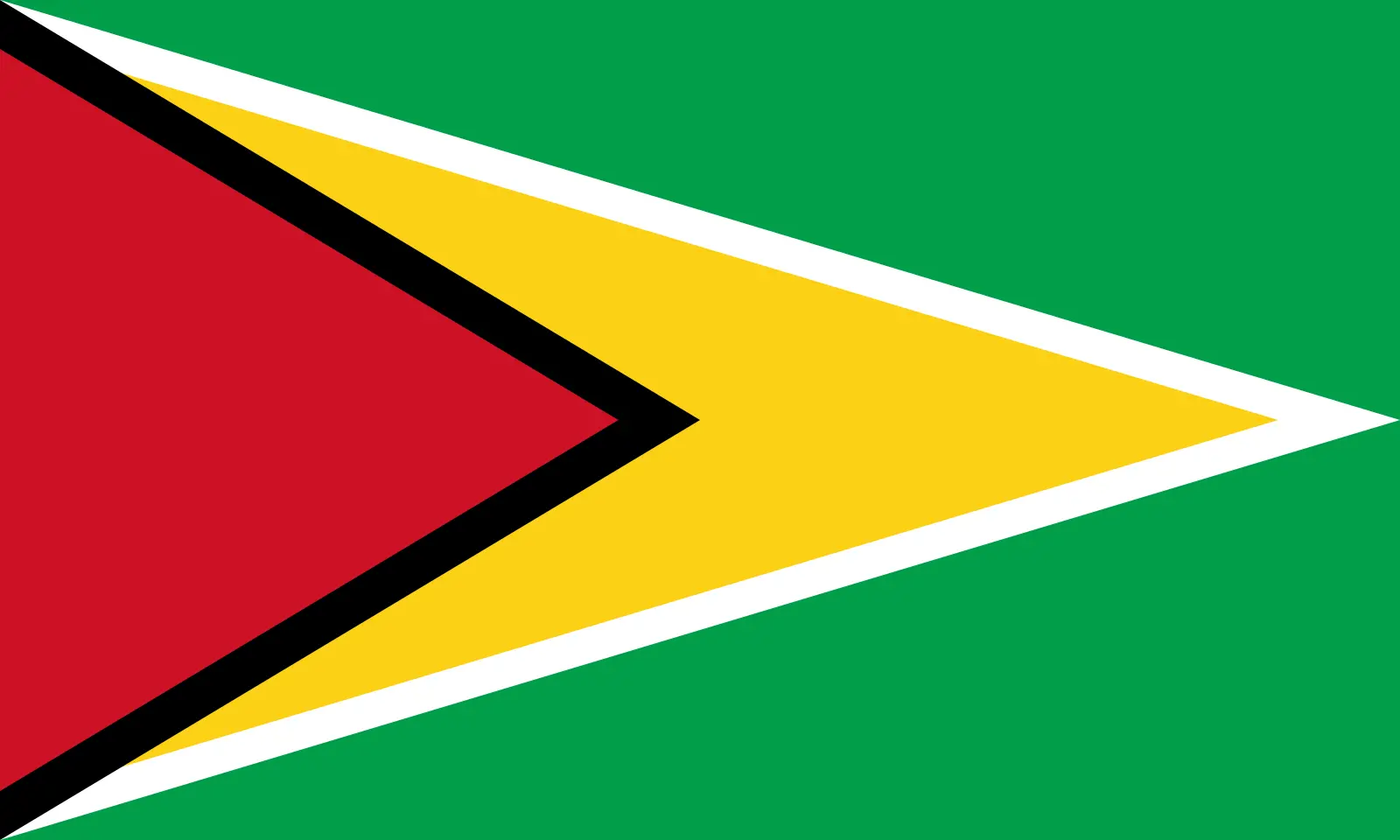 Guyana (+592)
Guyana (+592)
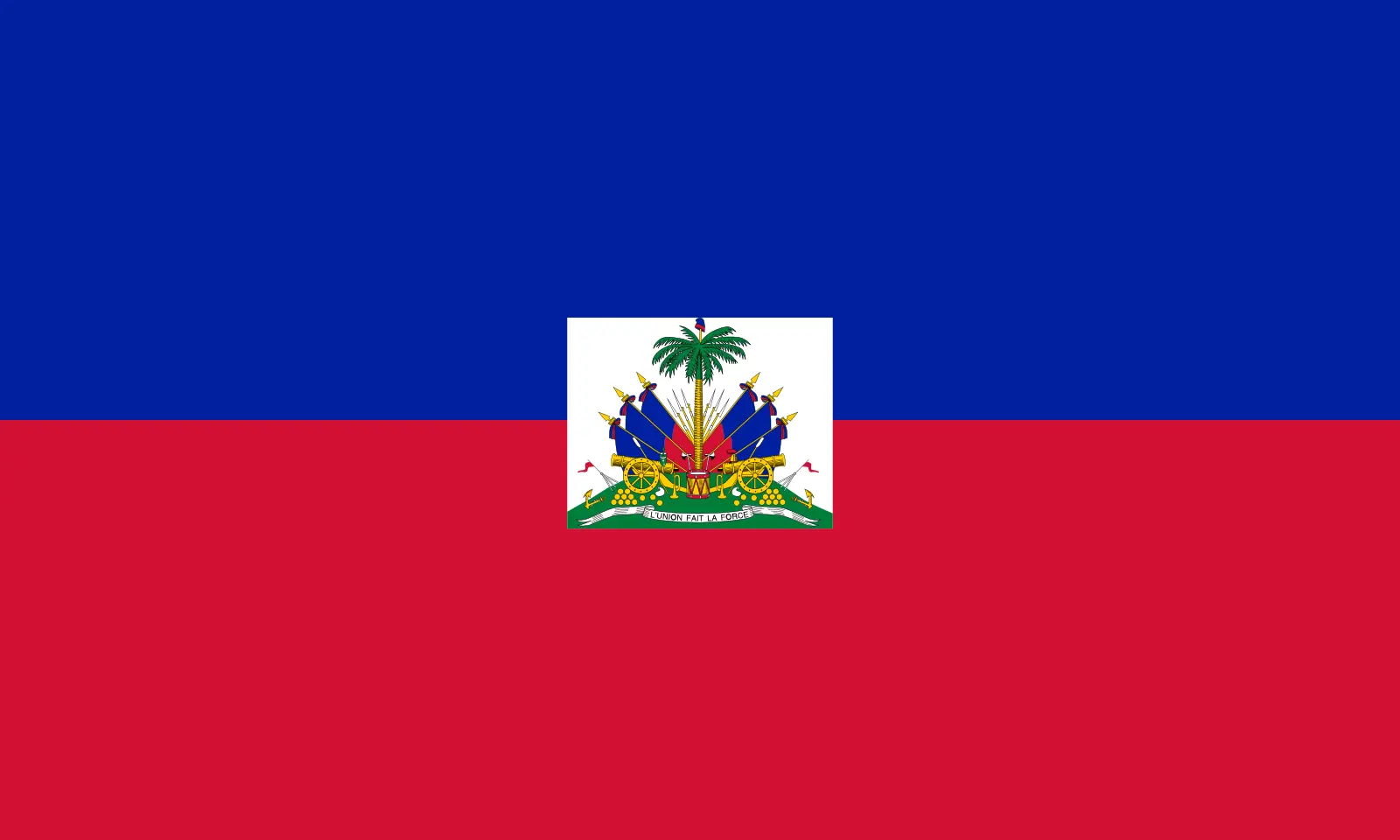 Haiti (+509)
Haiti (+509)
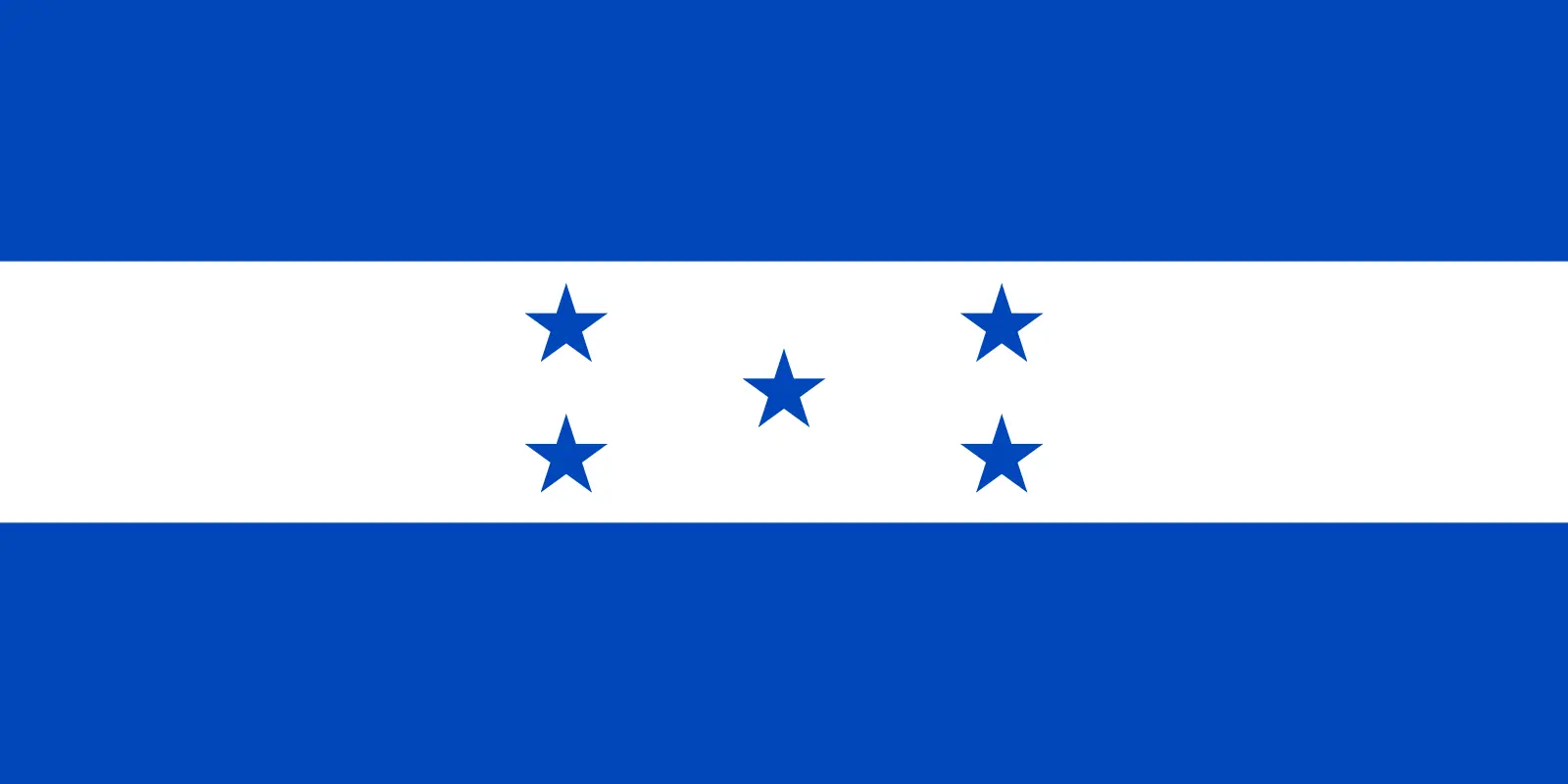 Honduras (+504)
Honduras (+504)
 Hong Kong (+852)
Hong Kong (+852)
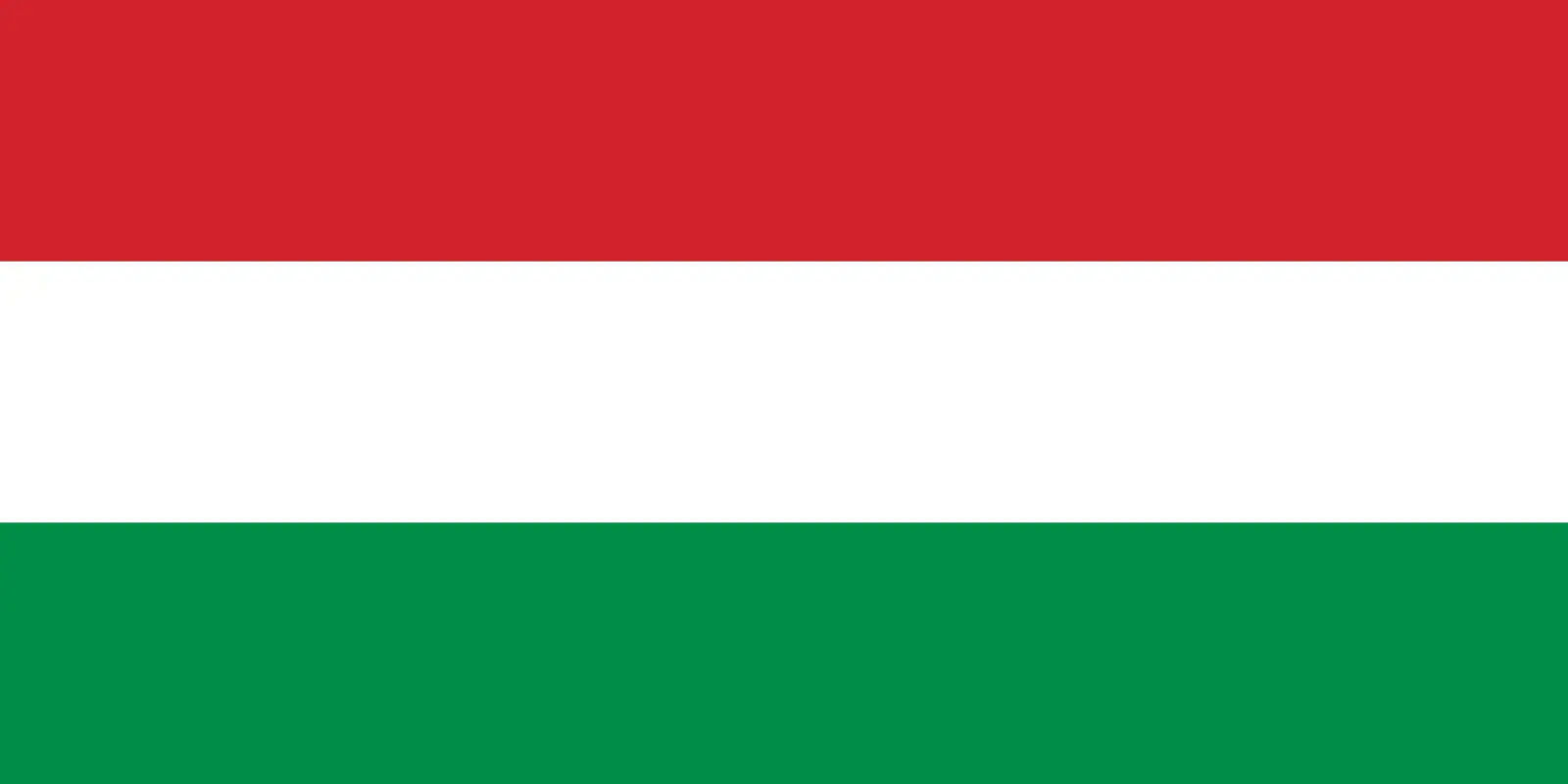 Hungary (+36)
Hungary (+36)
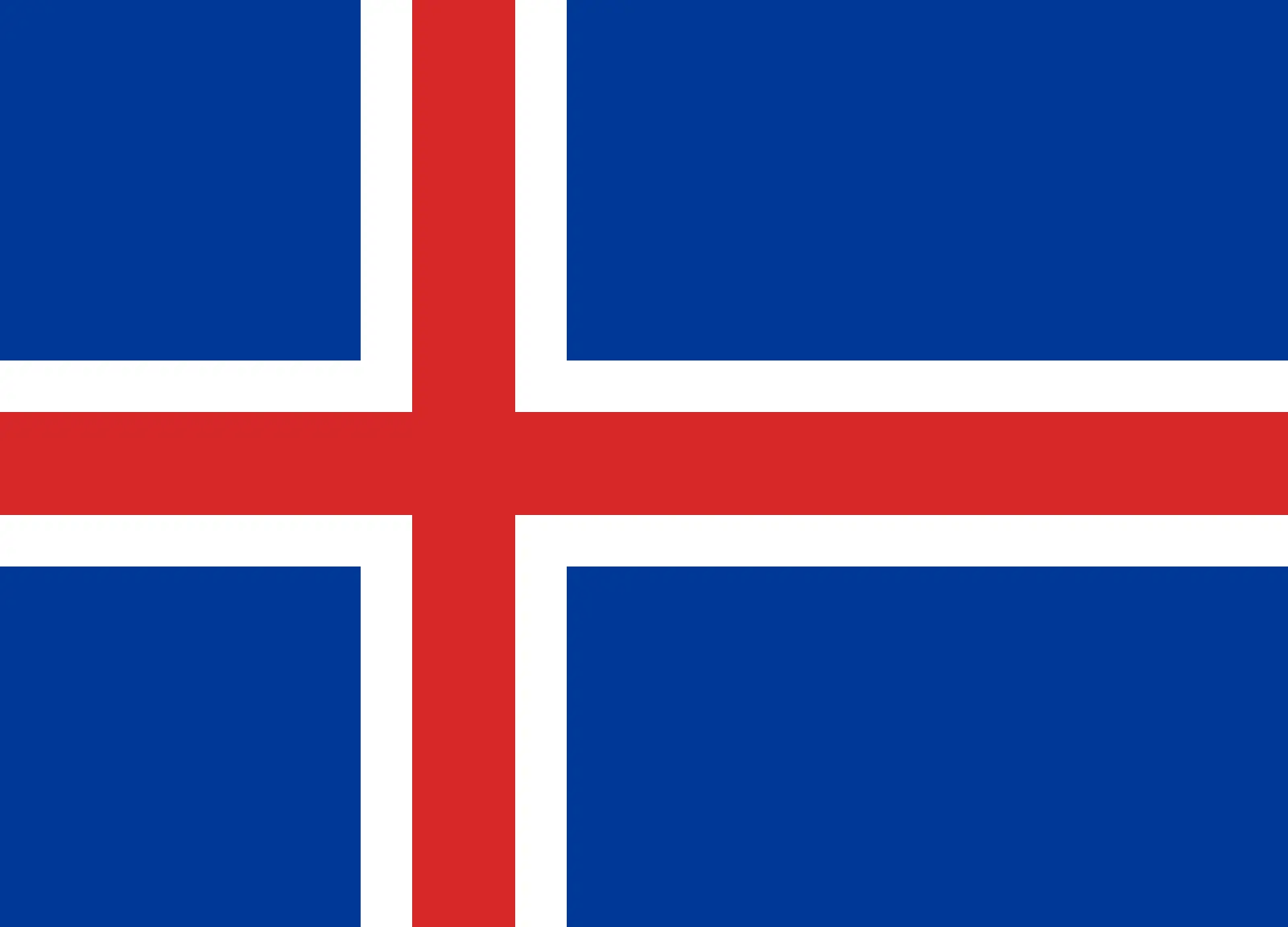 Iceland (+354)
Iceland (+354)
 India (+91)
India (+91)
 Indonesia (+62)
Indonesia (+62)
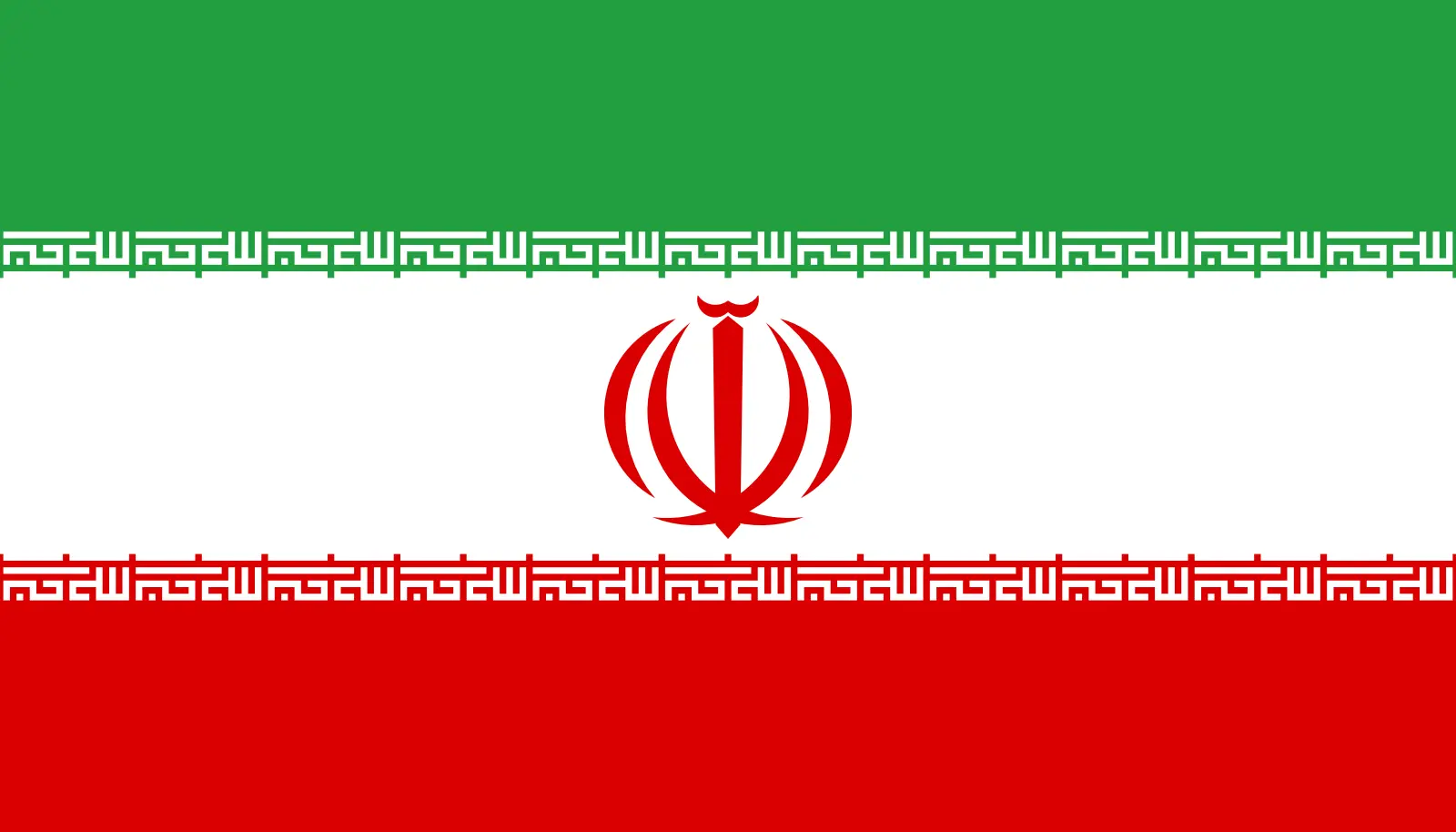 Iran (+98)
Iran (+98)
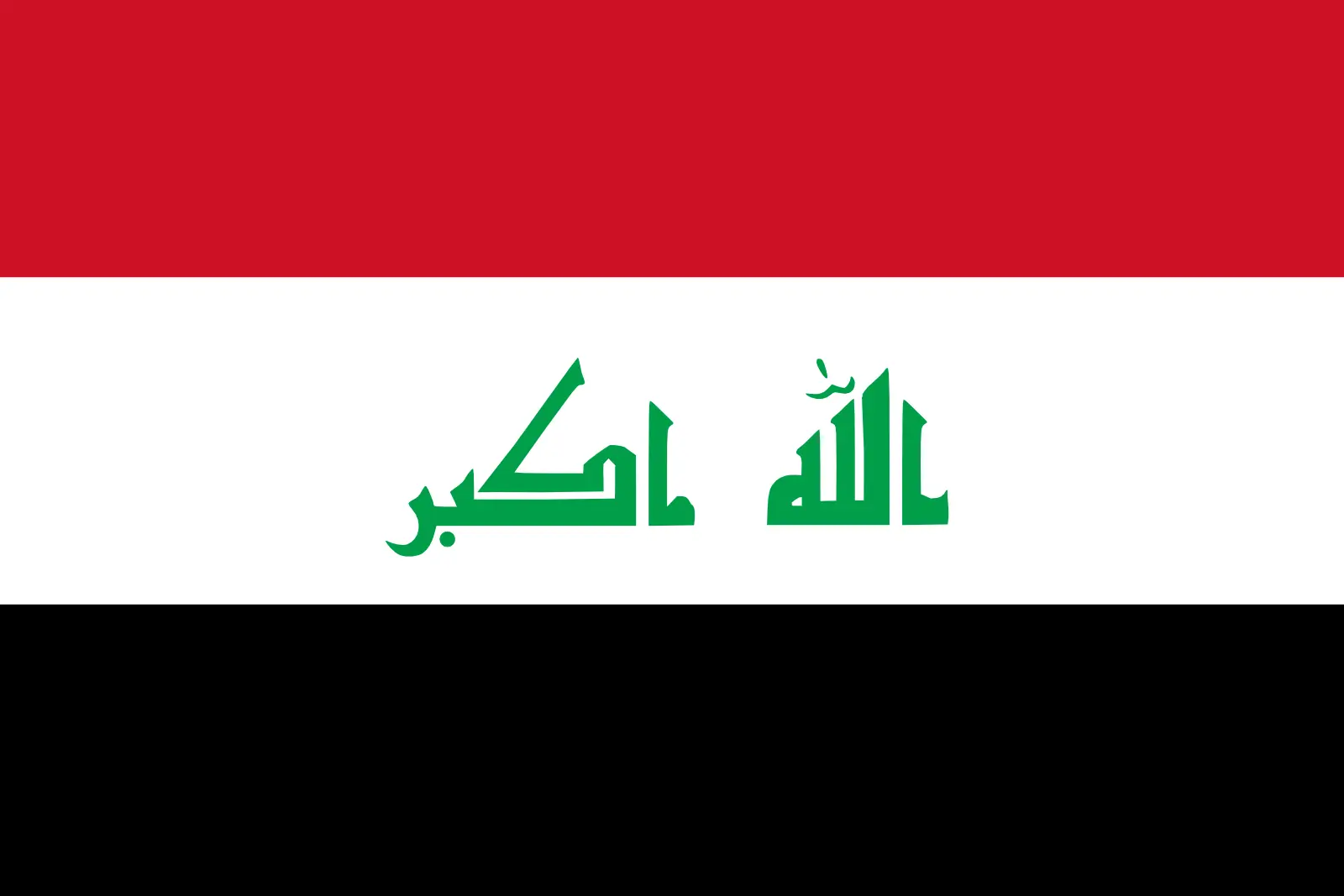 Iraq (+964)
Iraq (+964)
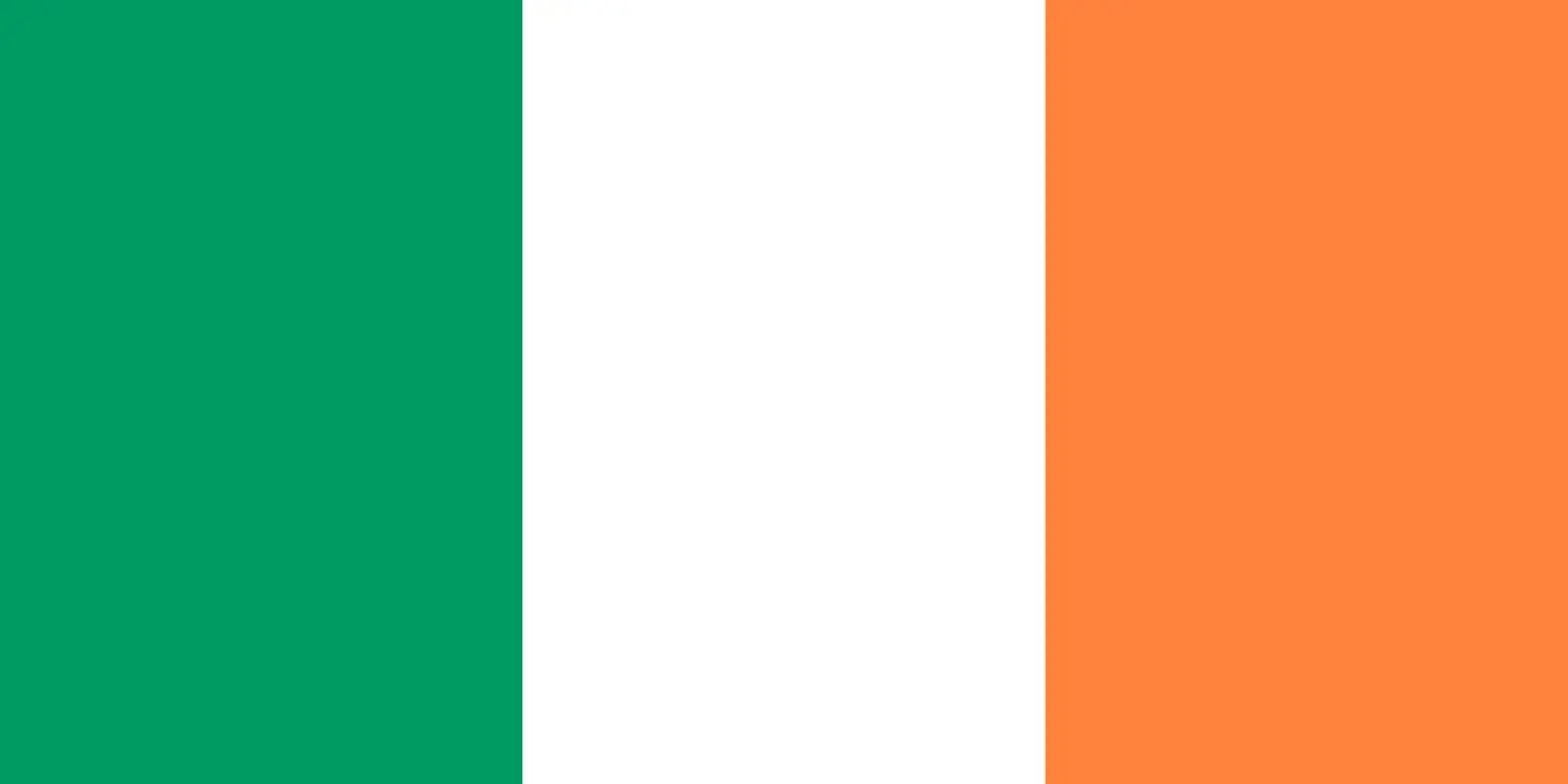 Ireland (+353)
Ireland (+353)
 Isle of Man (+44)
Isle of Man (+44)
 Israel (+972)
Israel (+972)
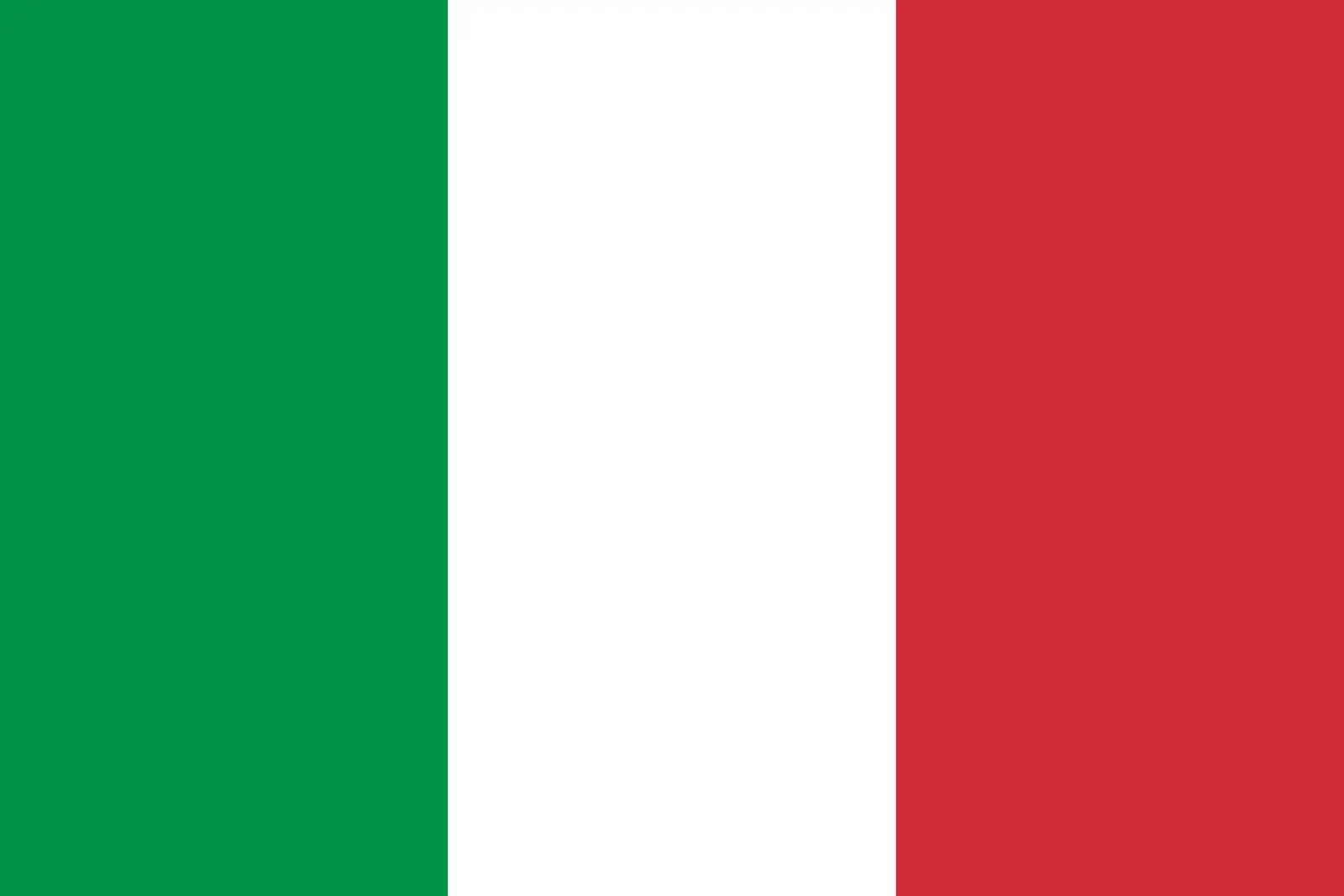 Italy (+39)
Italy (+39)
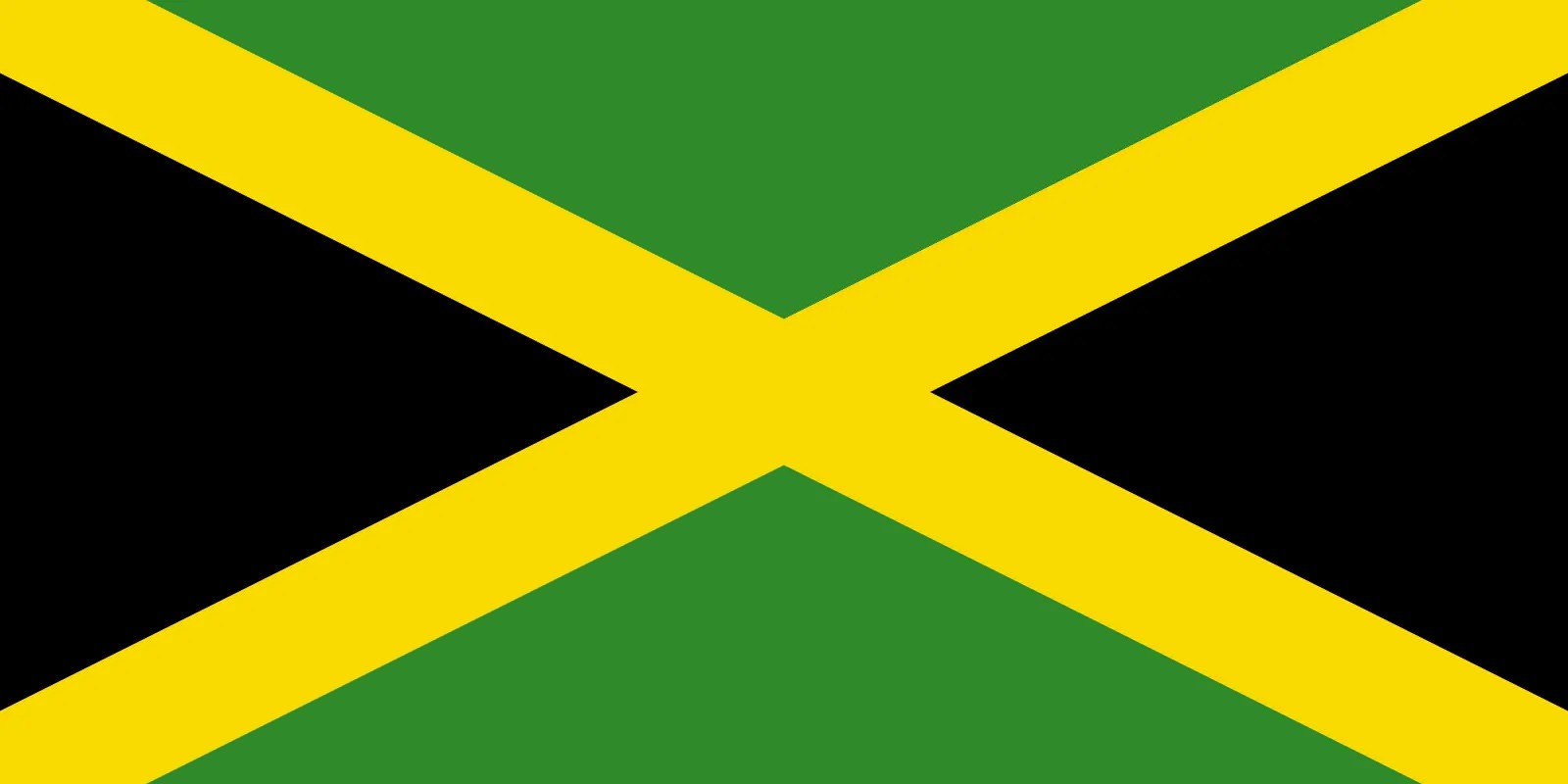 Jamaica (+1876)
Jamaica (+1876)
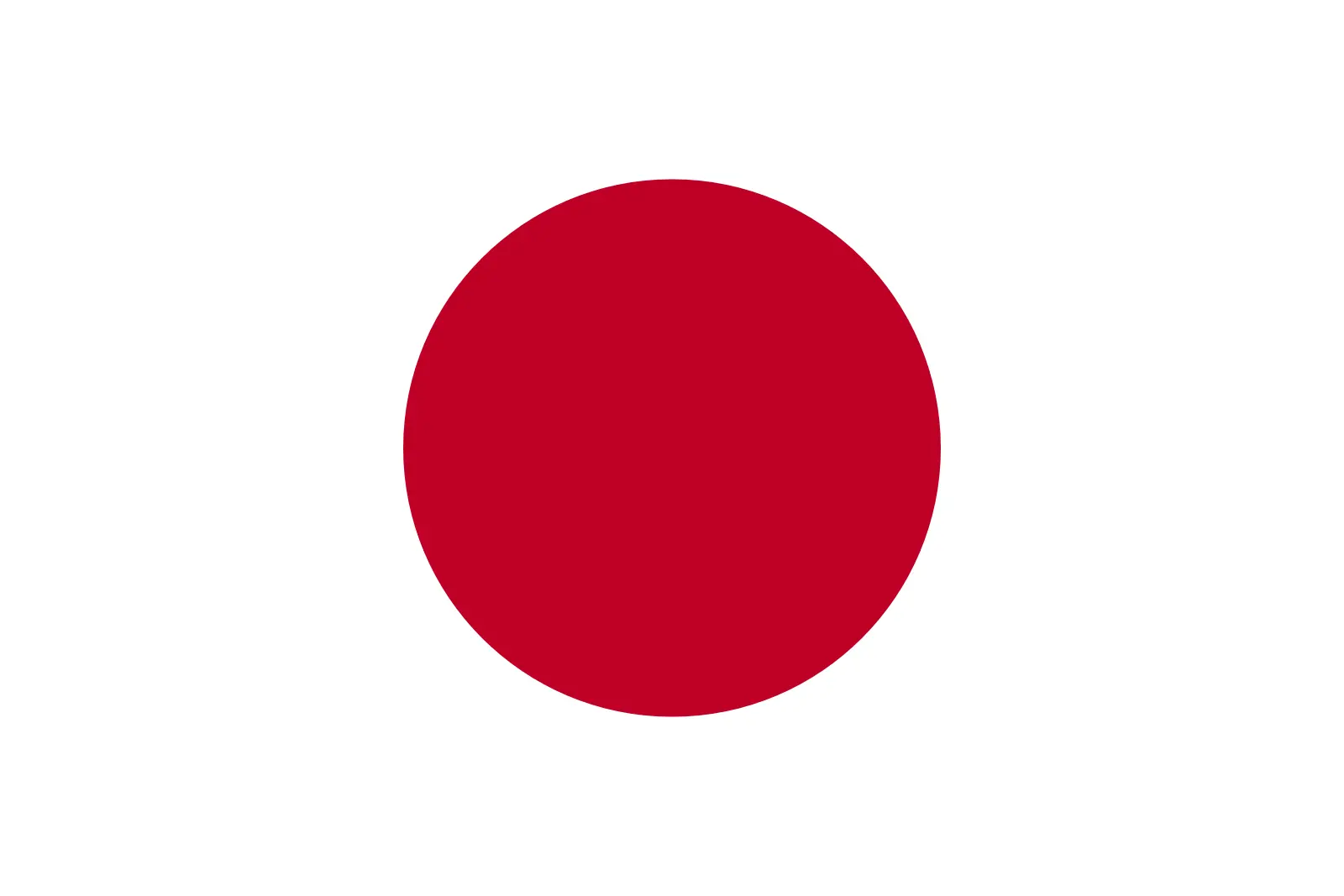 Japan (+81)
Japan (+81)
 Jersey (+44)
Jersey (+44)
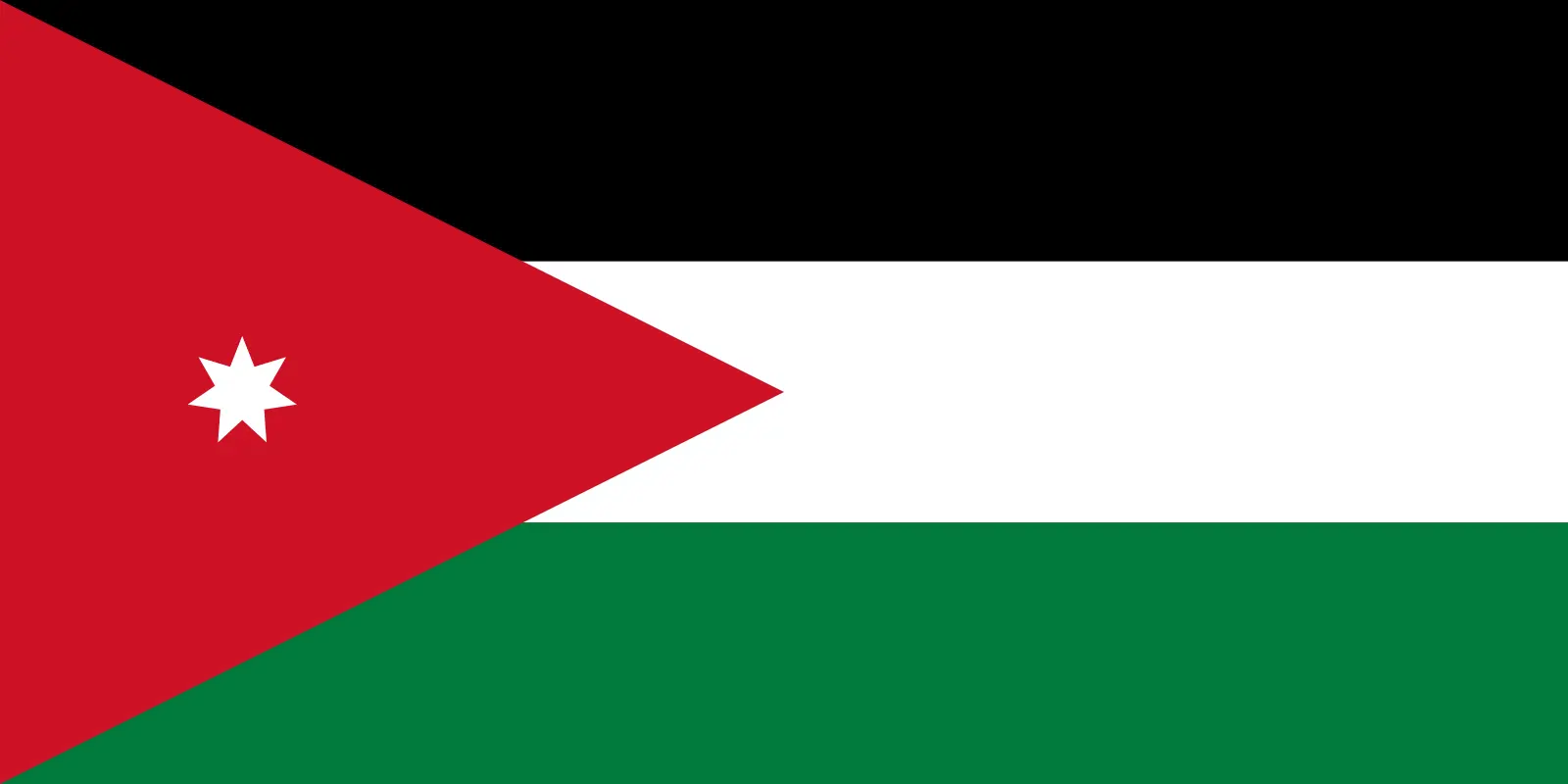 Jordan (+962)
Jordan (+962)
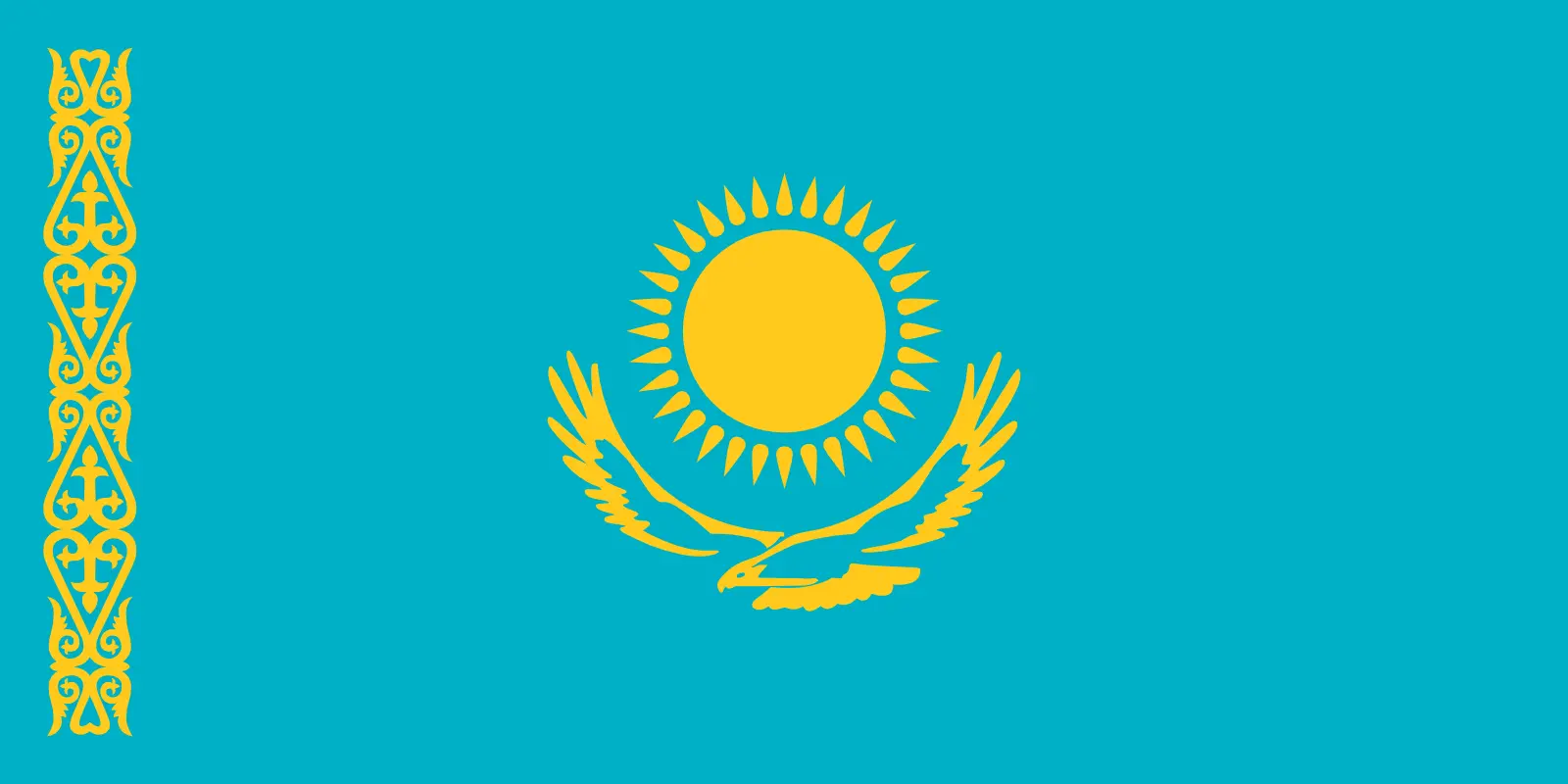 Kazakhstan (+7)
Kazakhstan (+7)
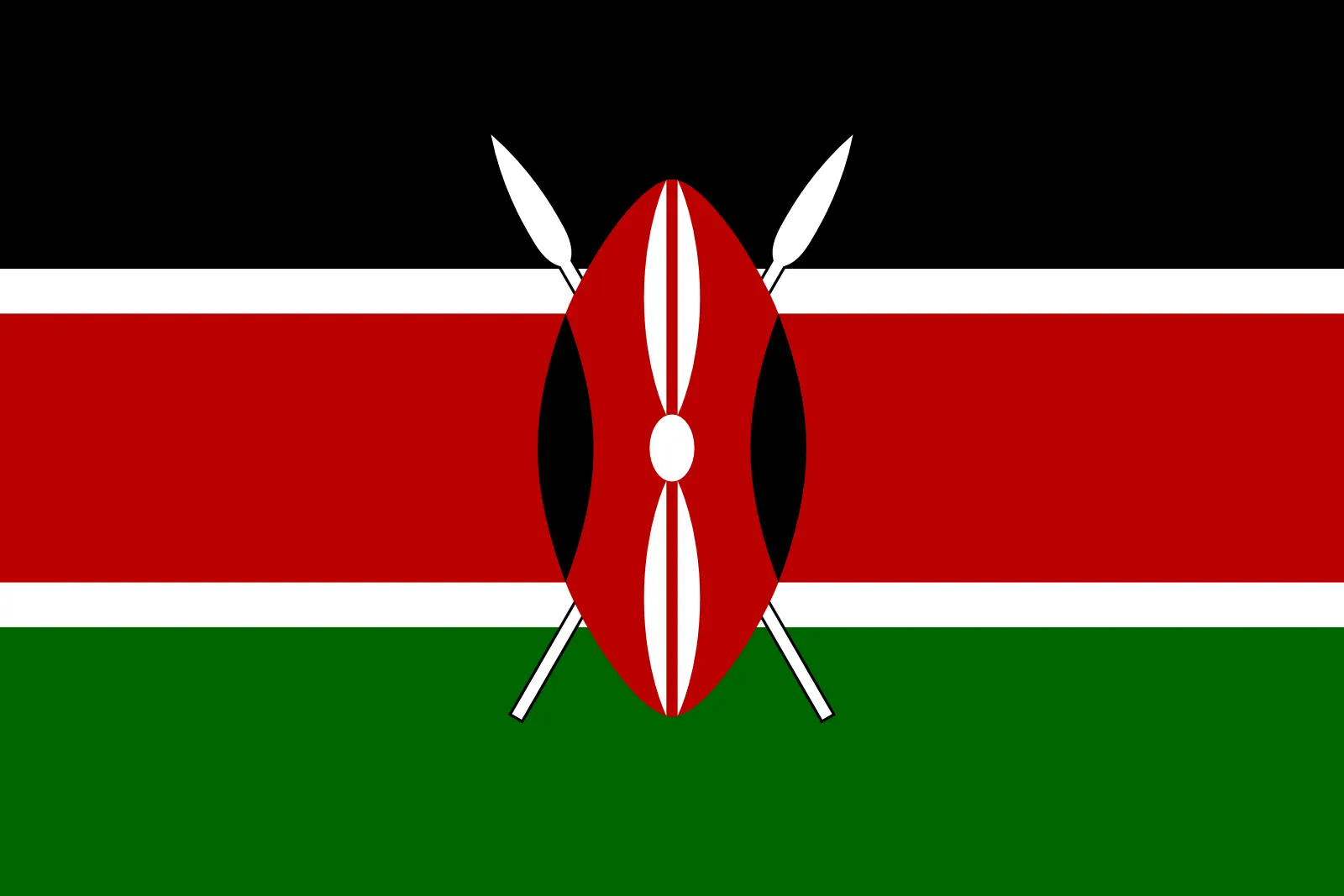 Kenya (+254)
Kenya (+254)
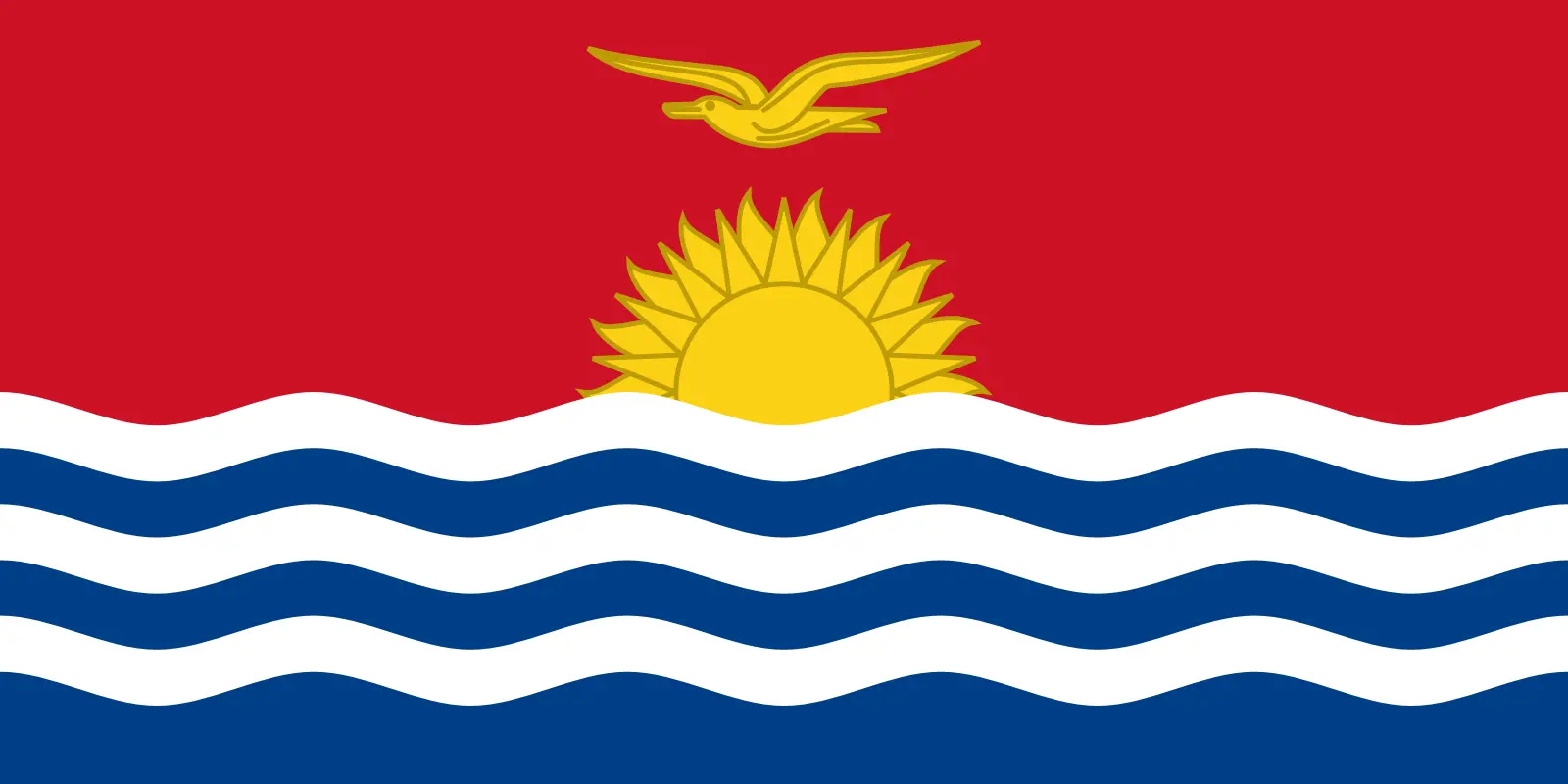 Kiribati (+686)
Kiribati (+686)
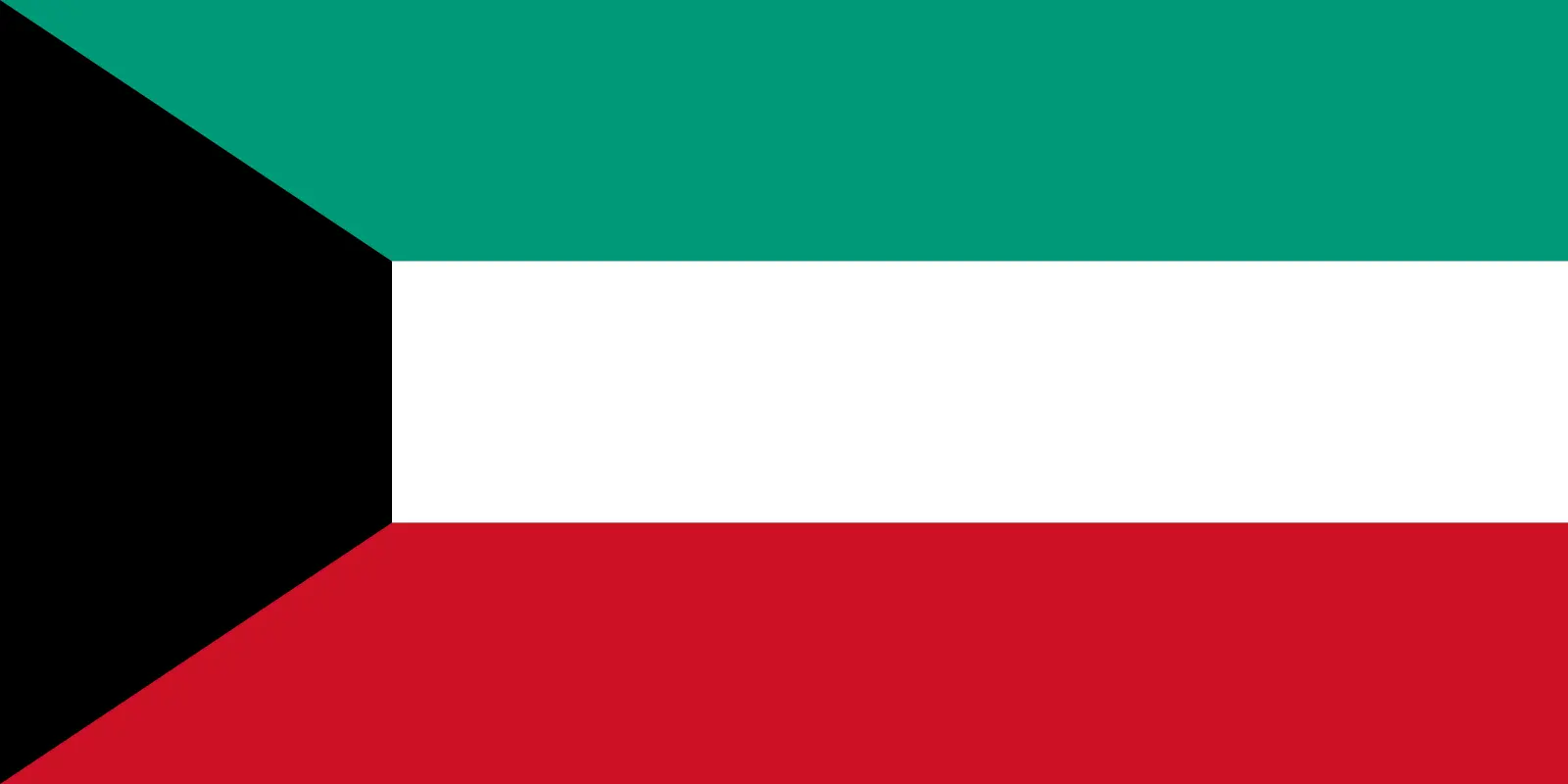 Kuwait (+965)
Kuwait (+965)
 Kyrgyzstan (+996)
Kyrgyzstan (+996)
 Laos (+856)
Laos (+856)
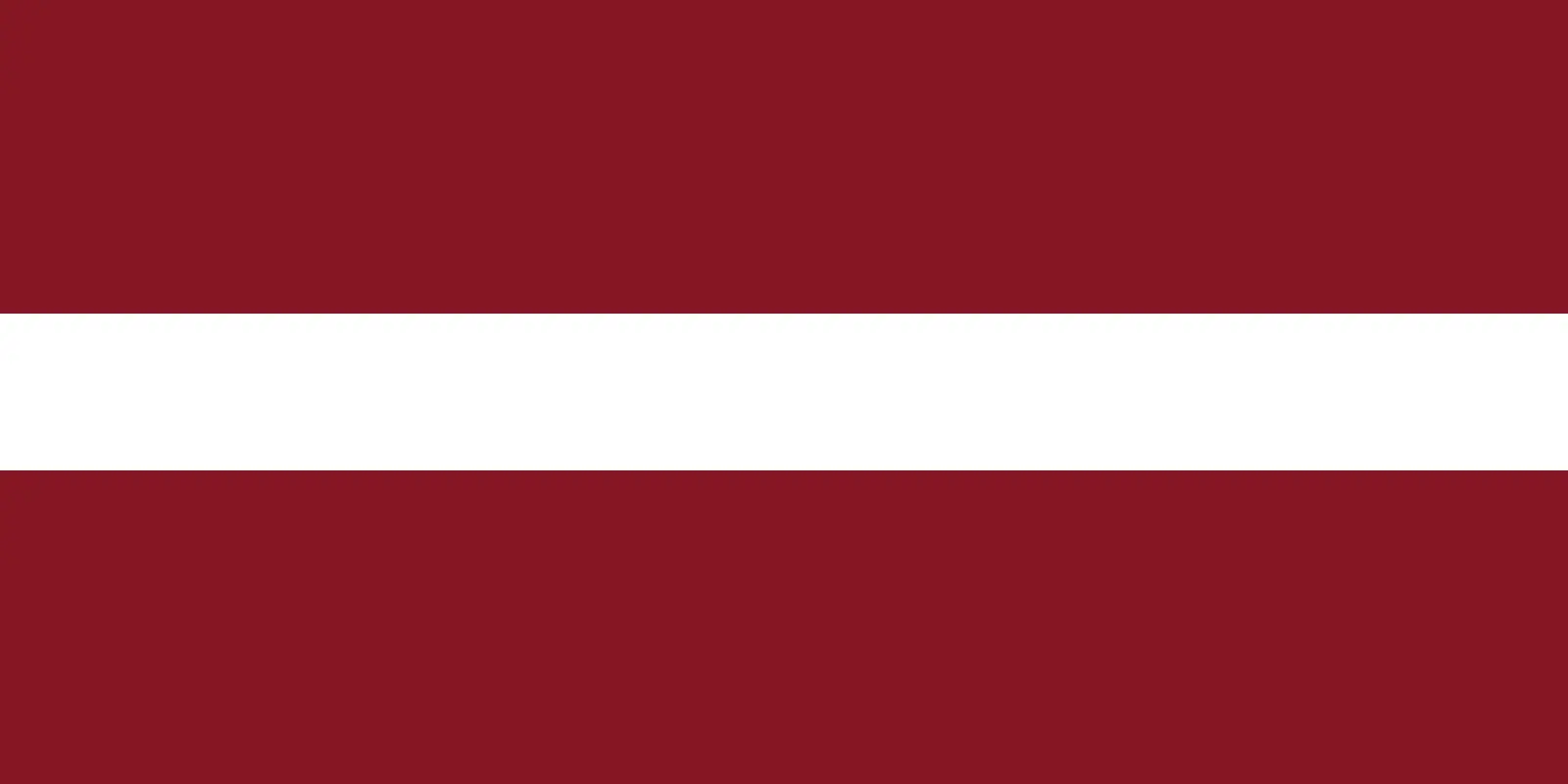 Latvia (+371)
Latvia (+371)
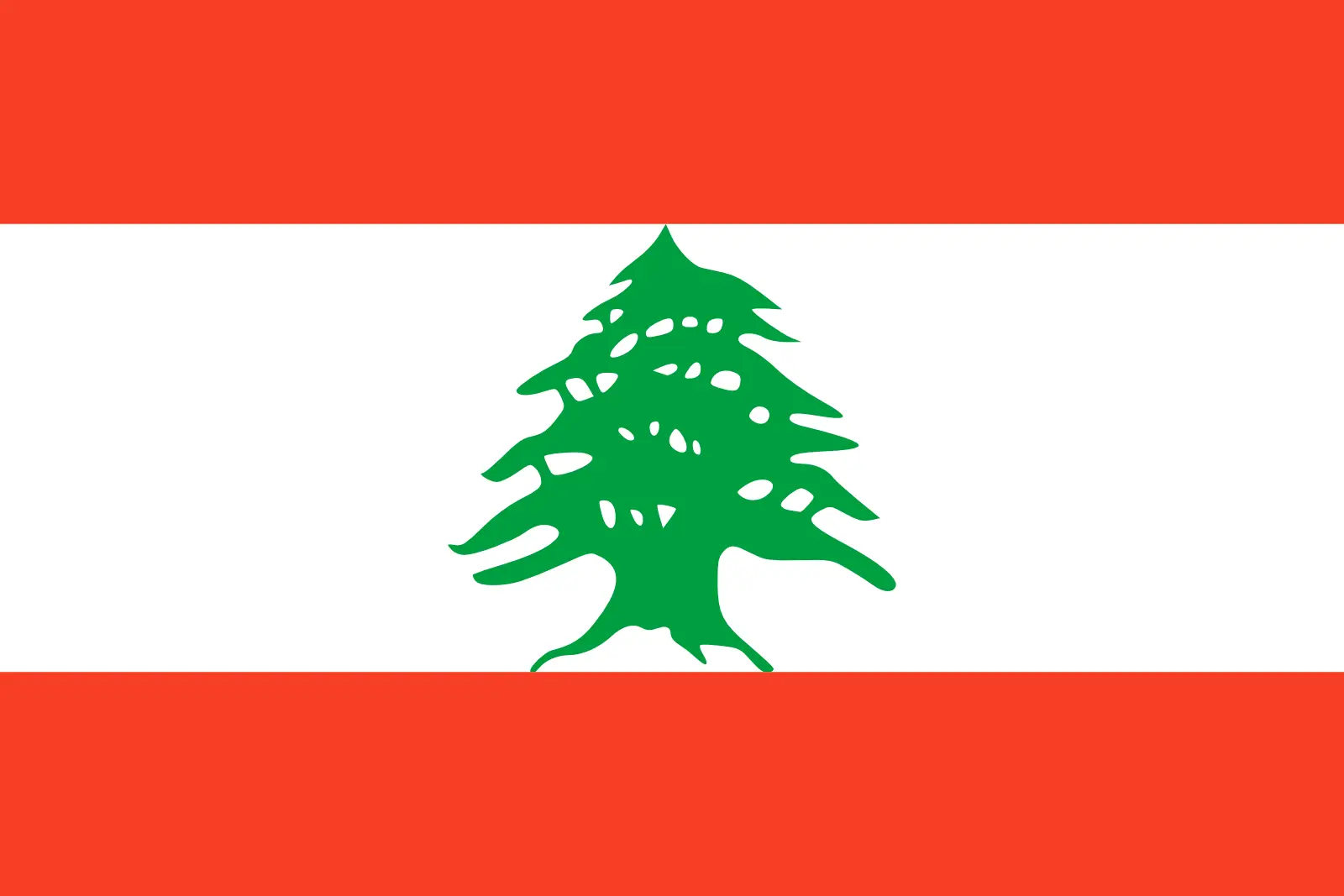 Lebanon (+961)
Lebanon (+961)
 Lesotho (+266)
Lesotho (+266)
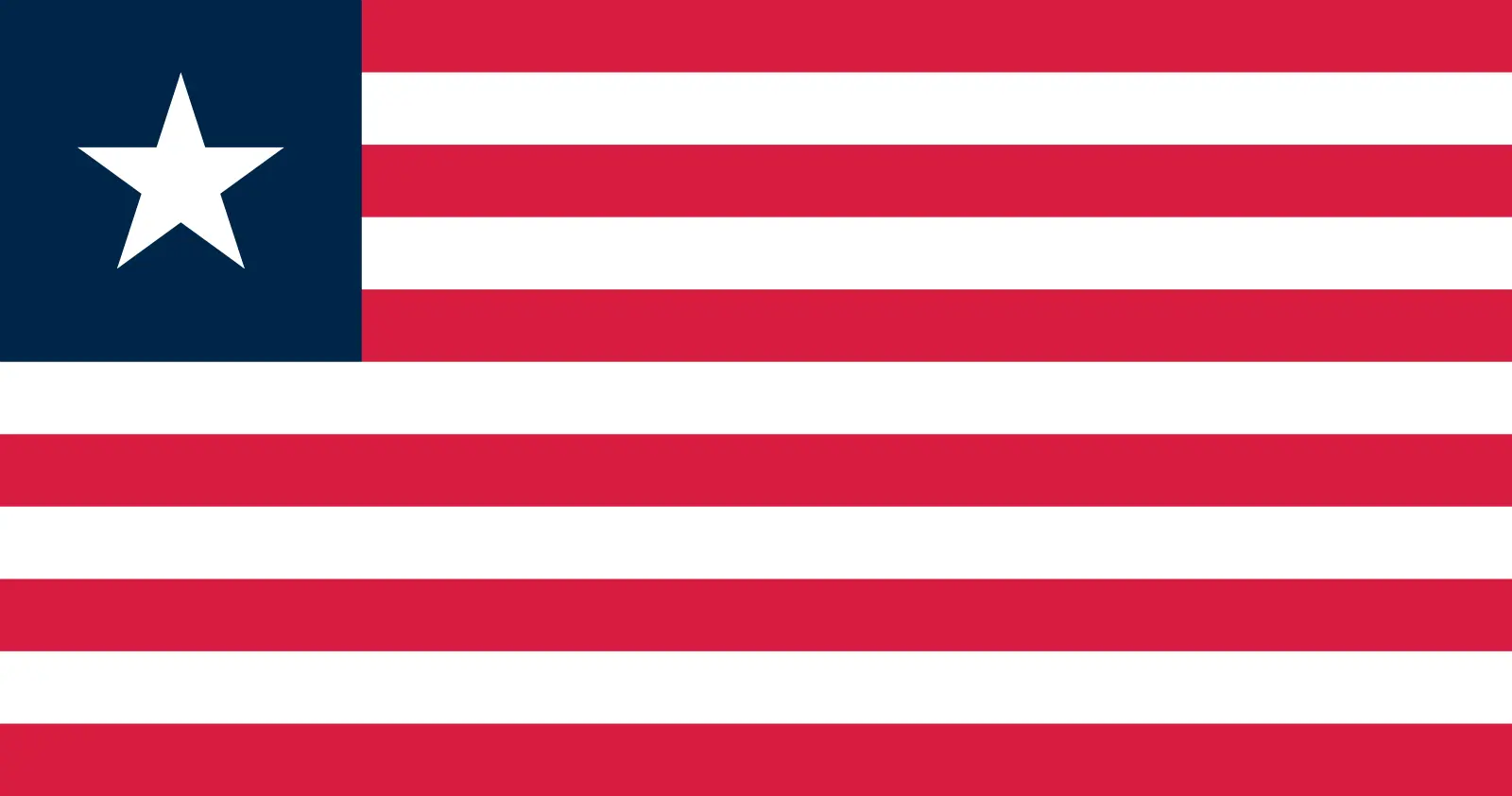 Liberia (+231)
Liberia (+231)
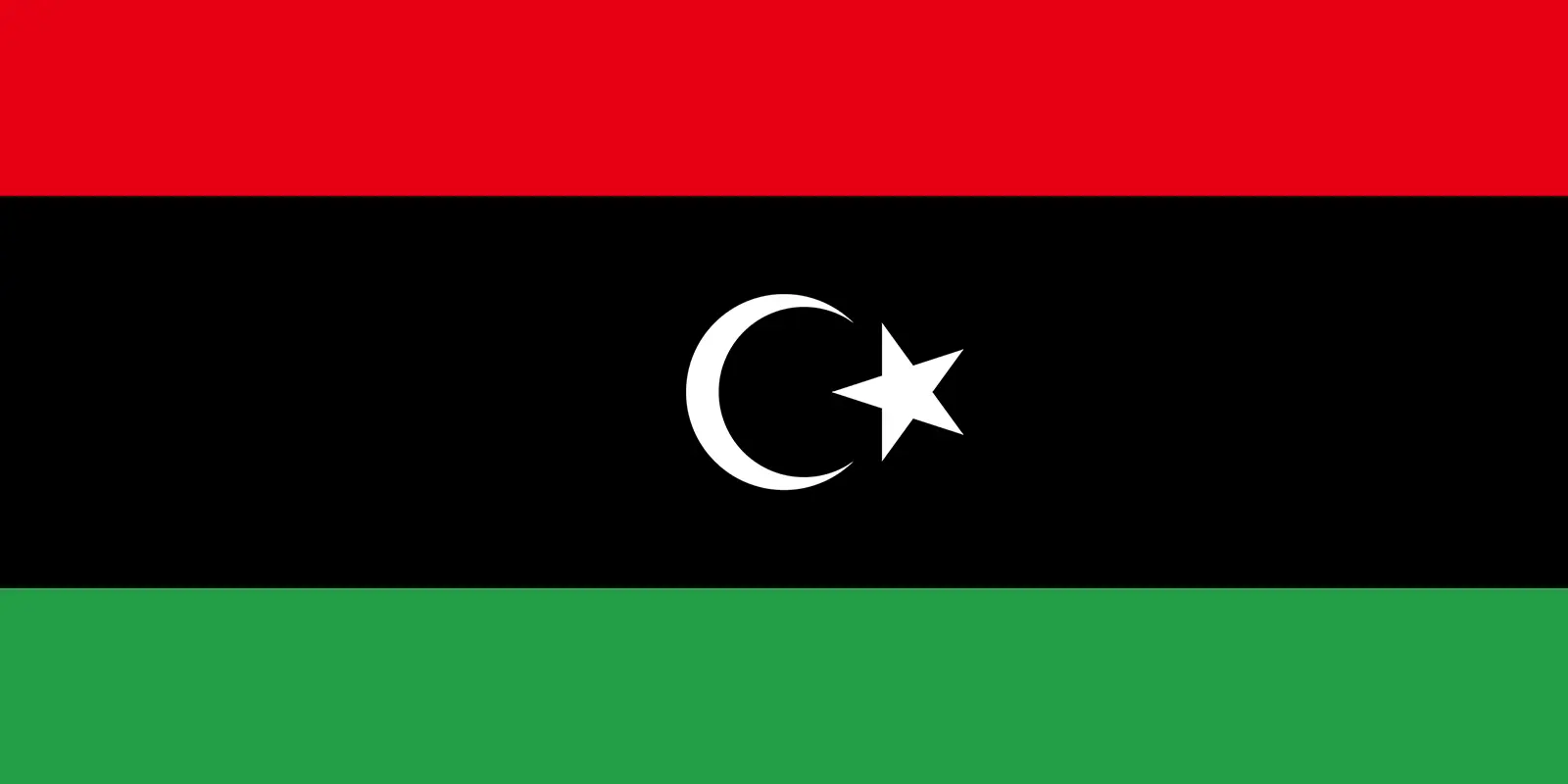 Libya (+218)
Libya (+218)
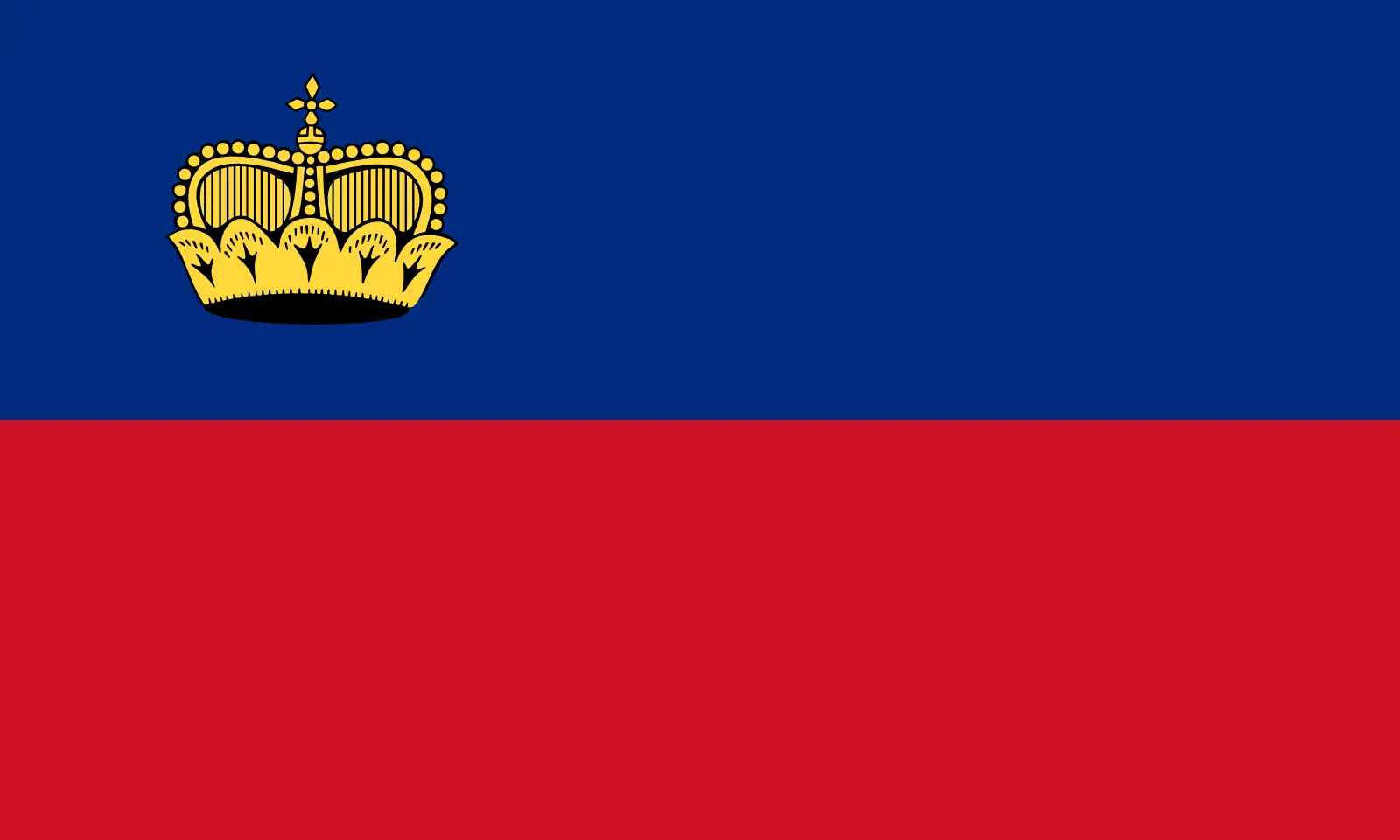 Liechtenstein (+423)
Liechtenstein (+423)
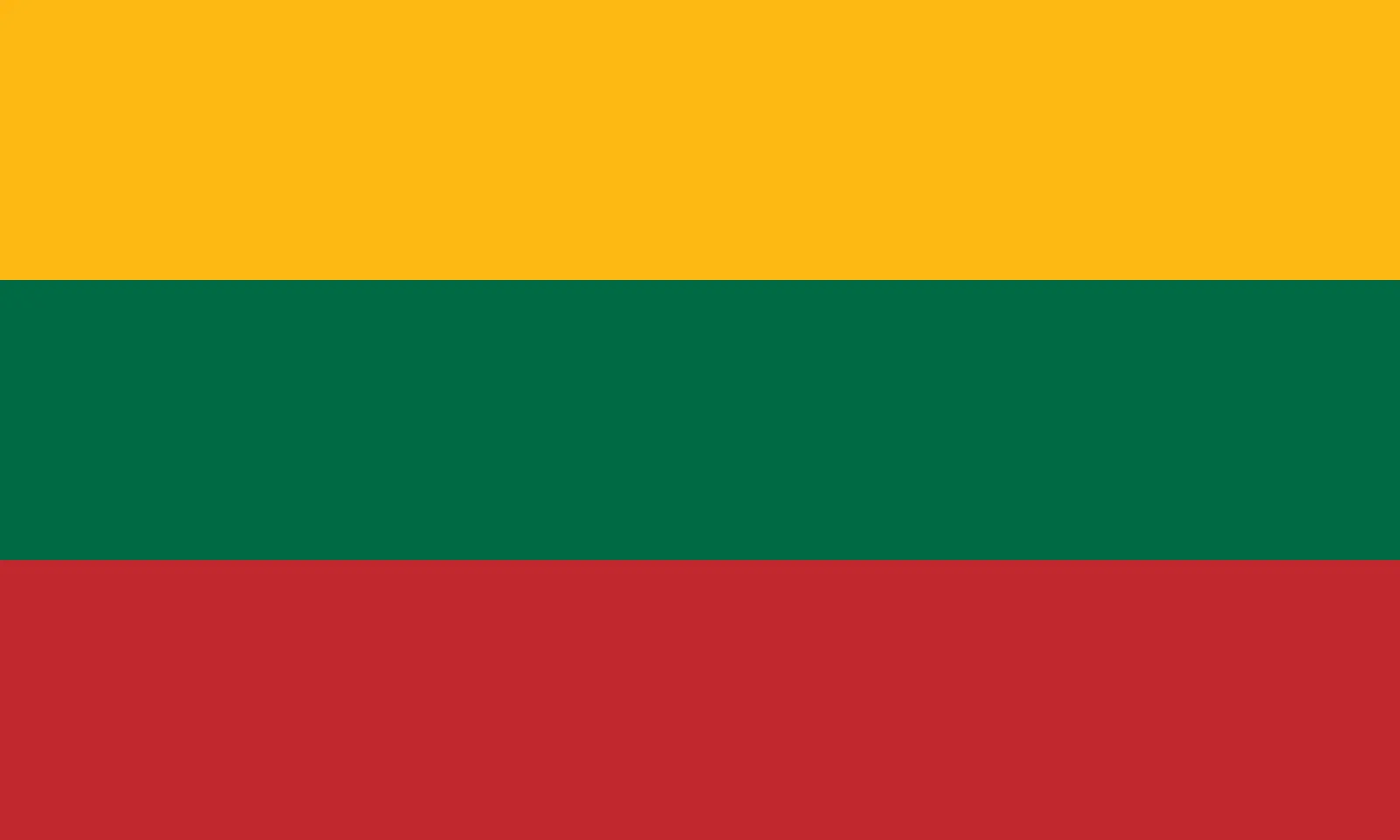 Lithuania (+370)
Lithuania (+370)
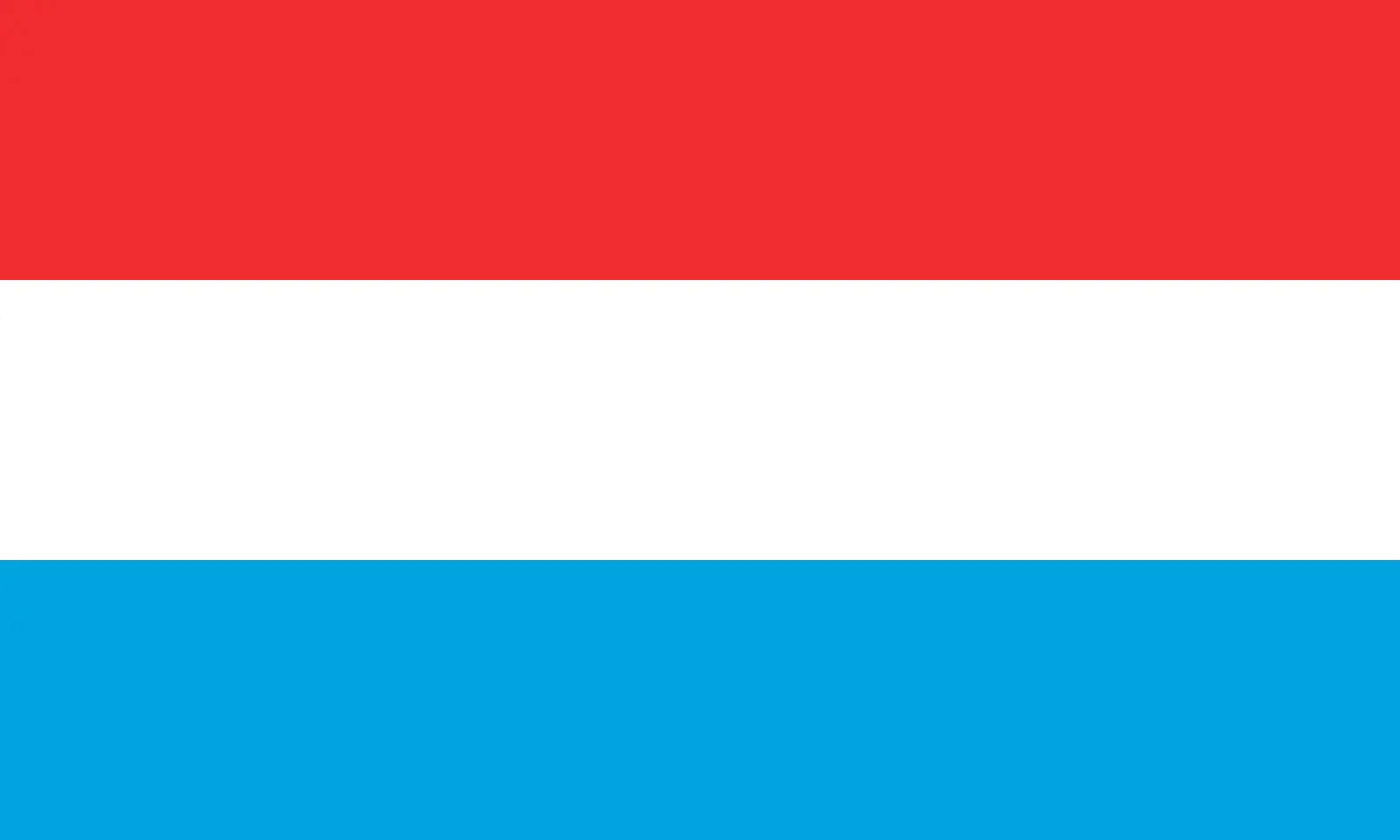 Luxembourg (+352)
Luxembourg (+352)
 Macao (+853)
Macao (+853)
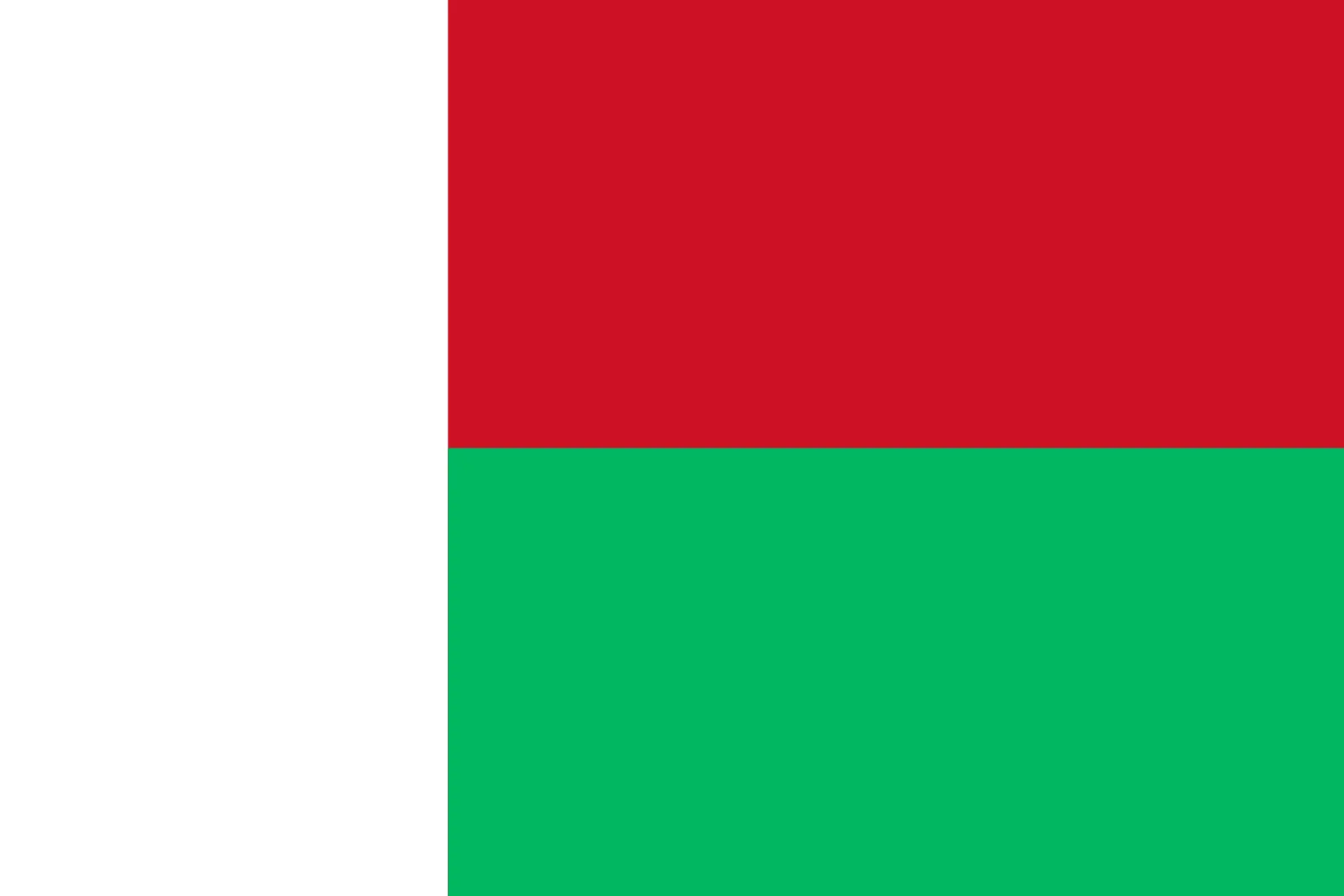 Madagascar (+261)
Madagascar (+261)
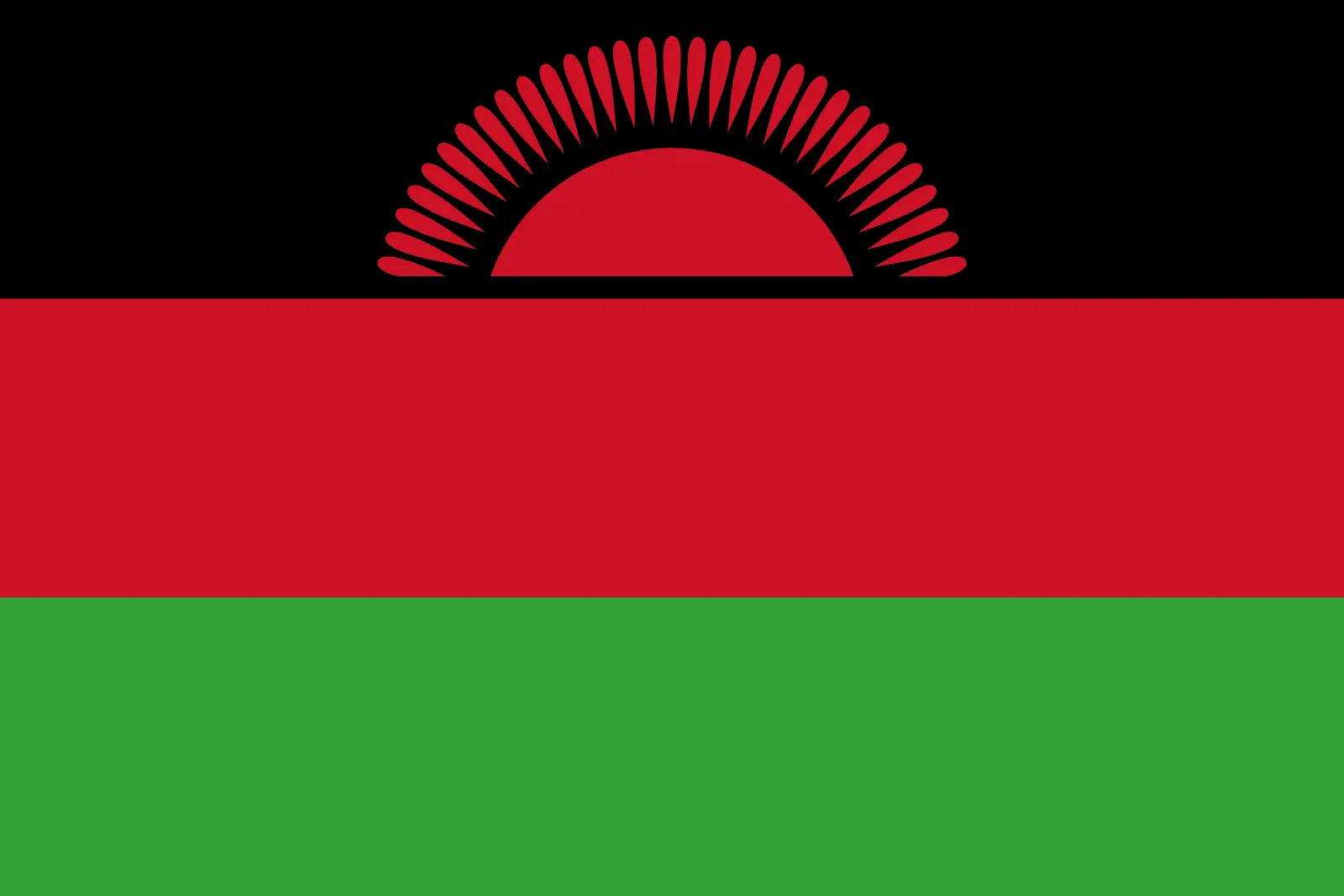 Malawi (+265)
Malawi (+265)
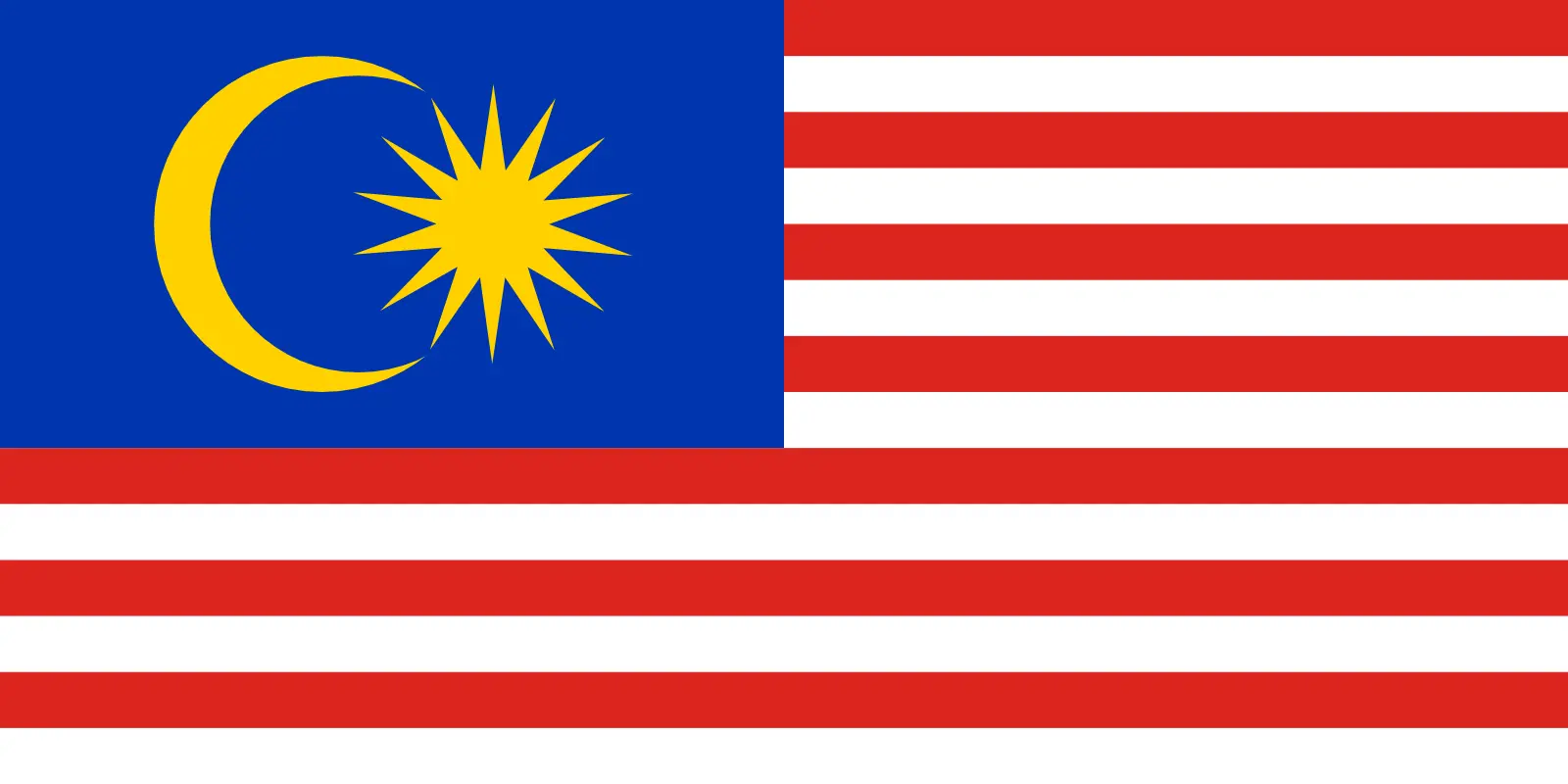 Malaysia (+60)
Malaysia (+60)
 Maldives (+960)
Maldives (+960)
 Mali (+223)
Mali (+223)
 Malta (+356)
Malta (+356)
 Marshall Islands (+692)
Marshall Islands (+692)
 Mauritania (+222)
Mauritania (+222)
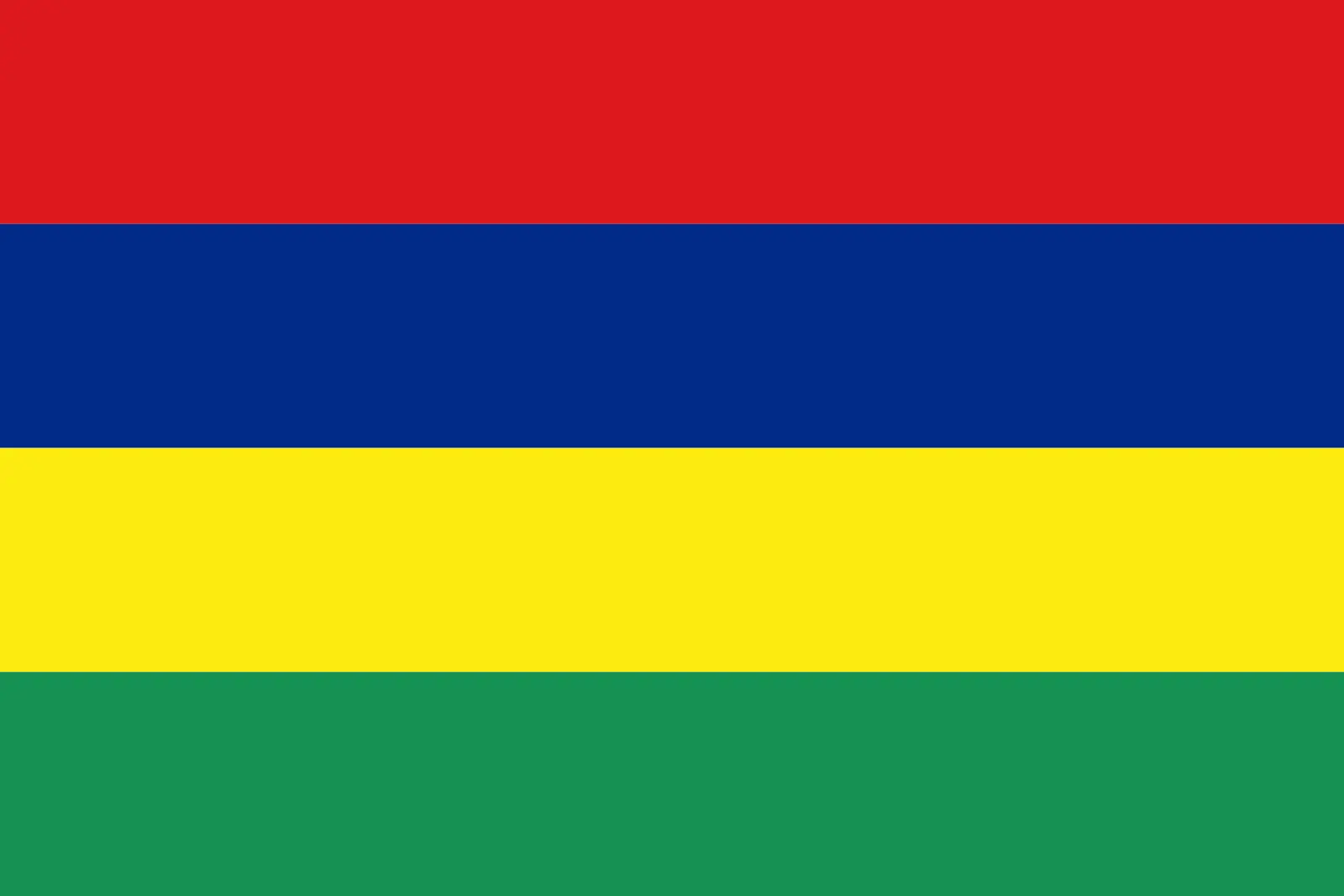 Mauritius (+230)
Mauritius (+230)
 Mayotte (+262)
Mayotte (+262)
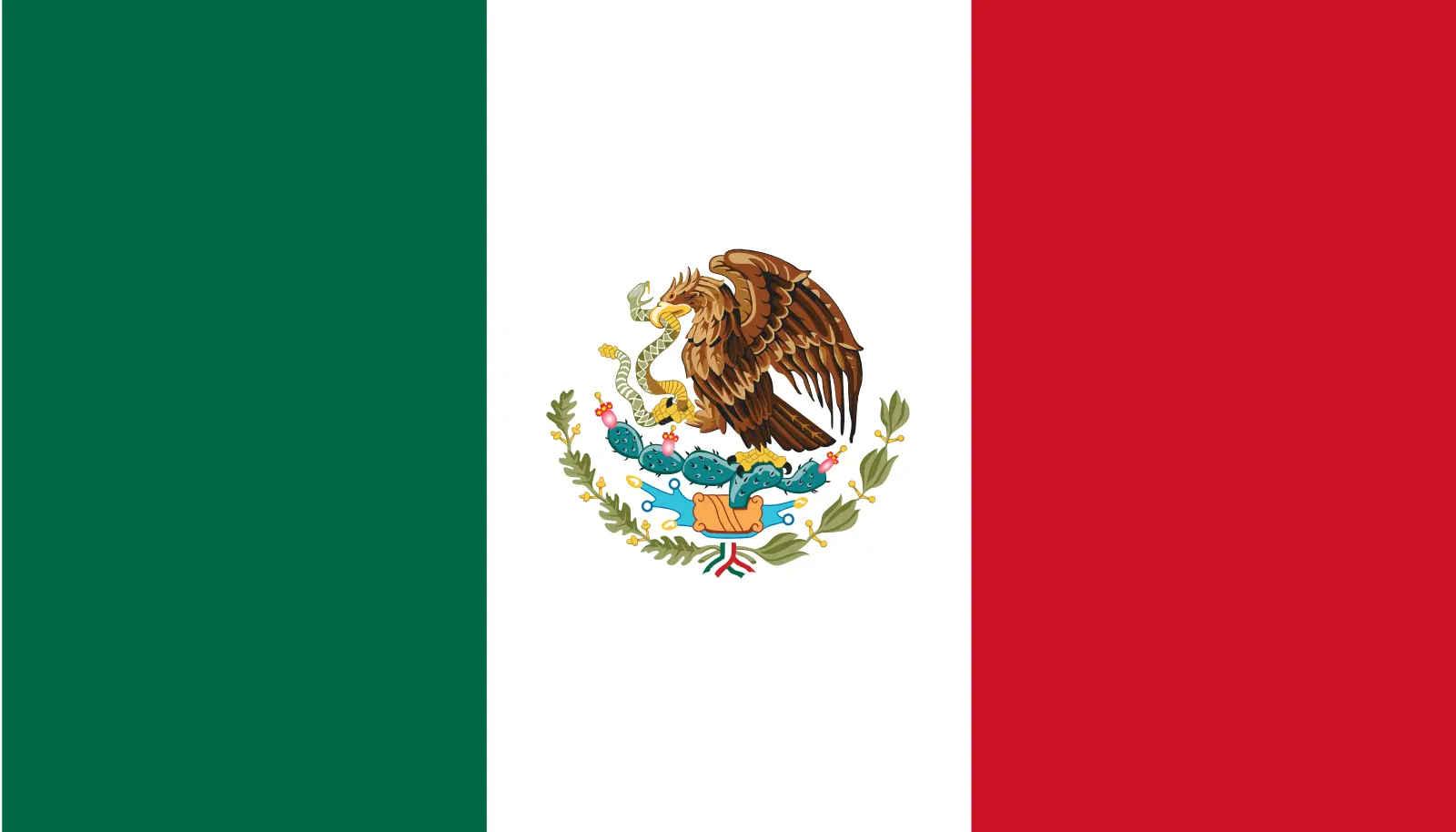 Mexico (+52)
Mexico (+52)
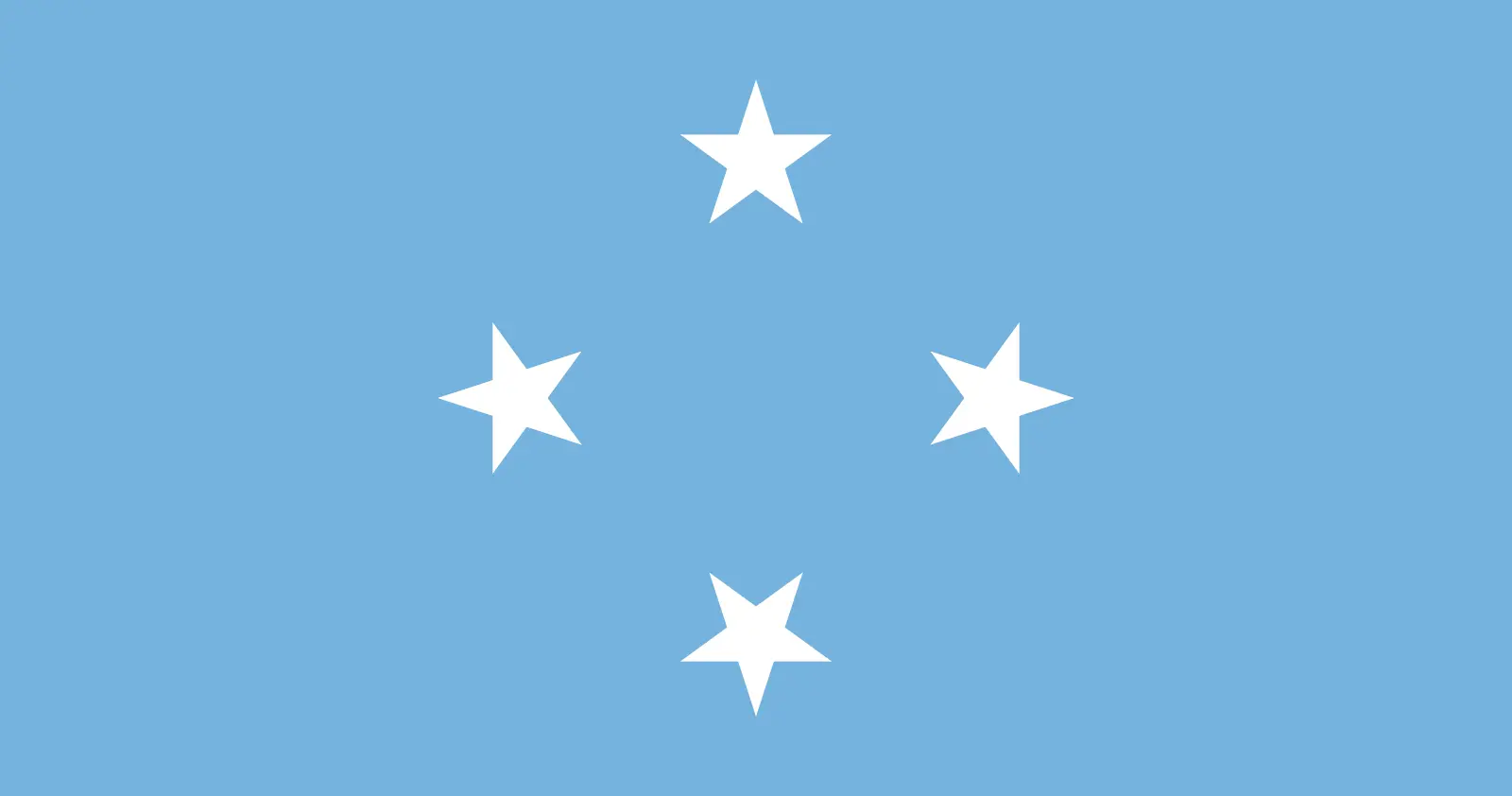 Micronesia (+691)
Micronesia (+691)
 Moldova (+373)
Moldova (+373)
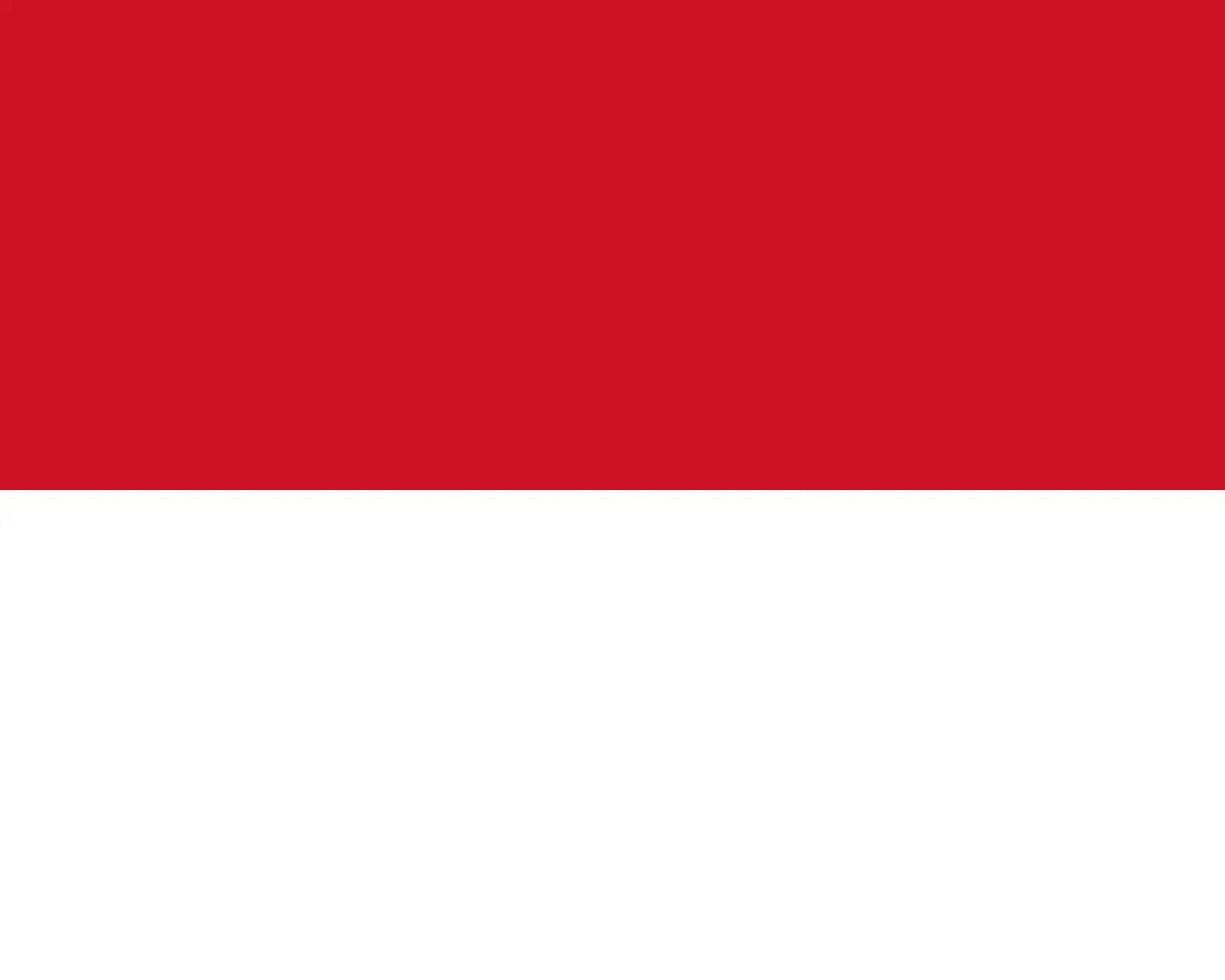 Monaco (+377)
Monaco (+377)
 Mongolia (+976)
Mongolia (+976)
 Montenegro (+382)
Montenegro (+382)
 Montserrat (+1664)
Montserrat (+1664)
 Morocco (+212)
Morocco (+212)
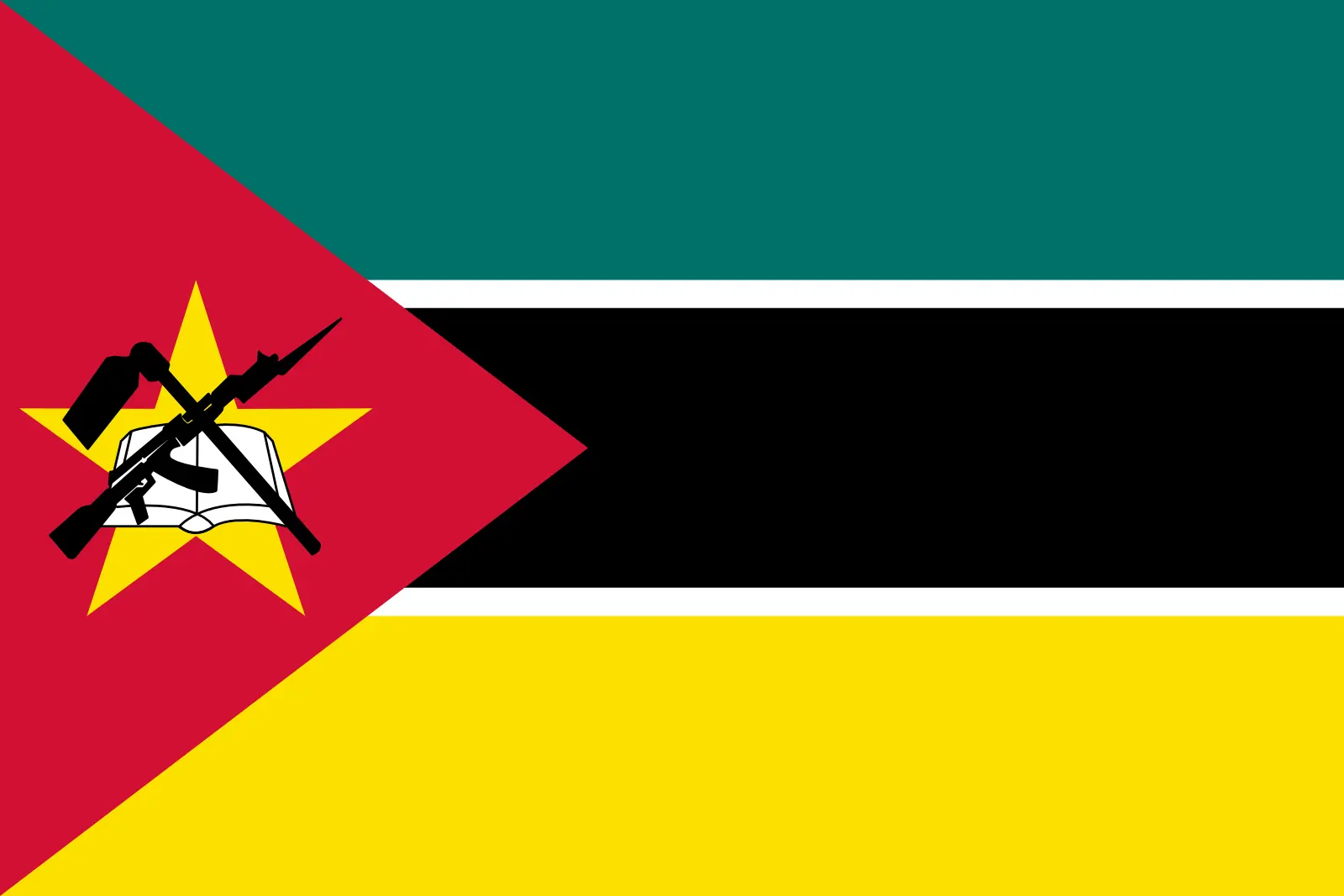 Mozambique (+258)
Mozambique (+258)
 Myanmar (+95)
Myanmar (+95)
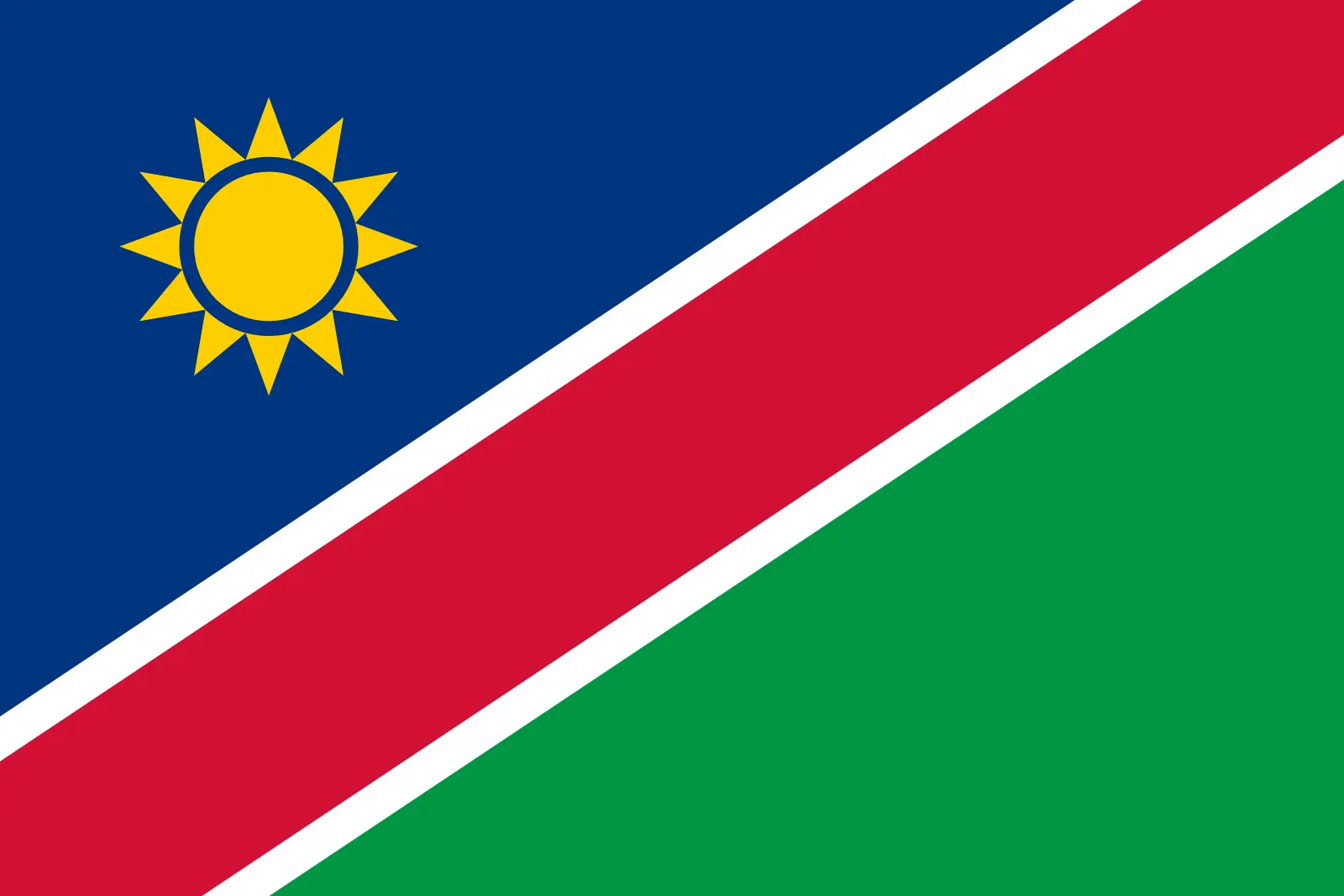 Namibia (+264)
Namibia (+264)
 Nauru (+674)
Nauru (+674)
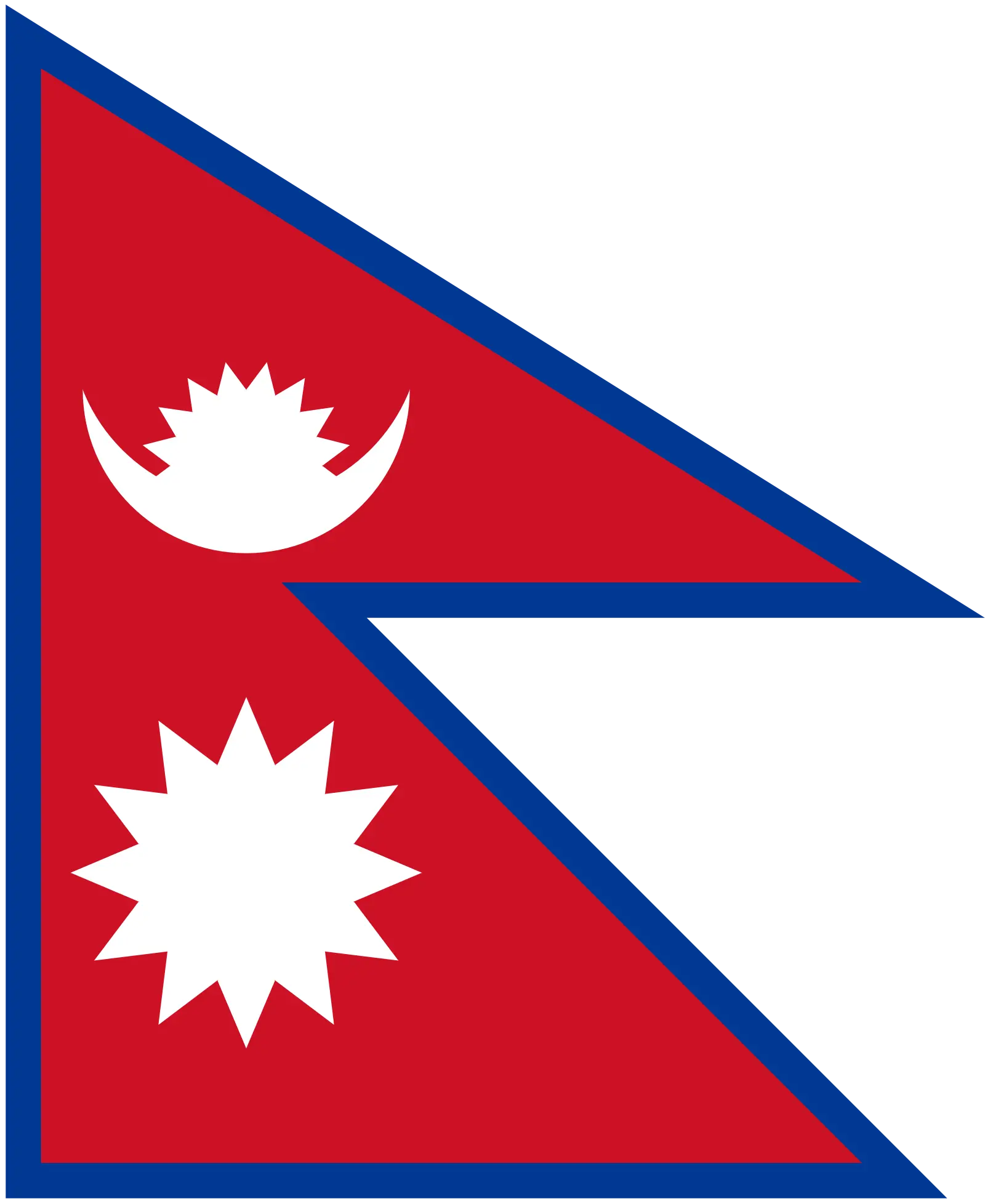 Nepal (+977)
Nepal (+977)
 Netherlands (+31)
Netherlands (+31)
 New Caledonia (+687)
New Caledonia (+687)
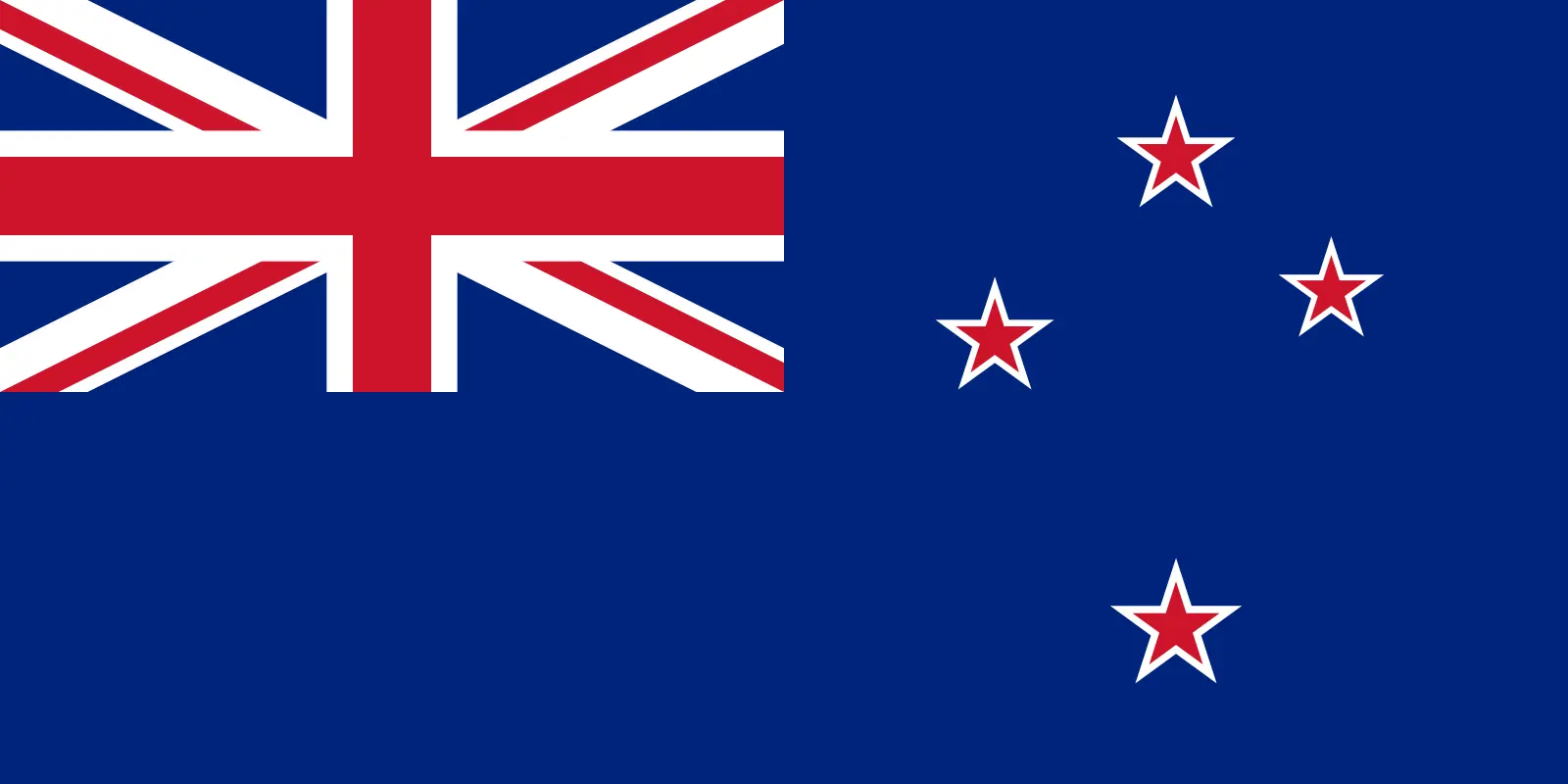 New Zealand (+64)
New Zealand (+64)
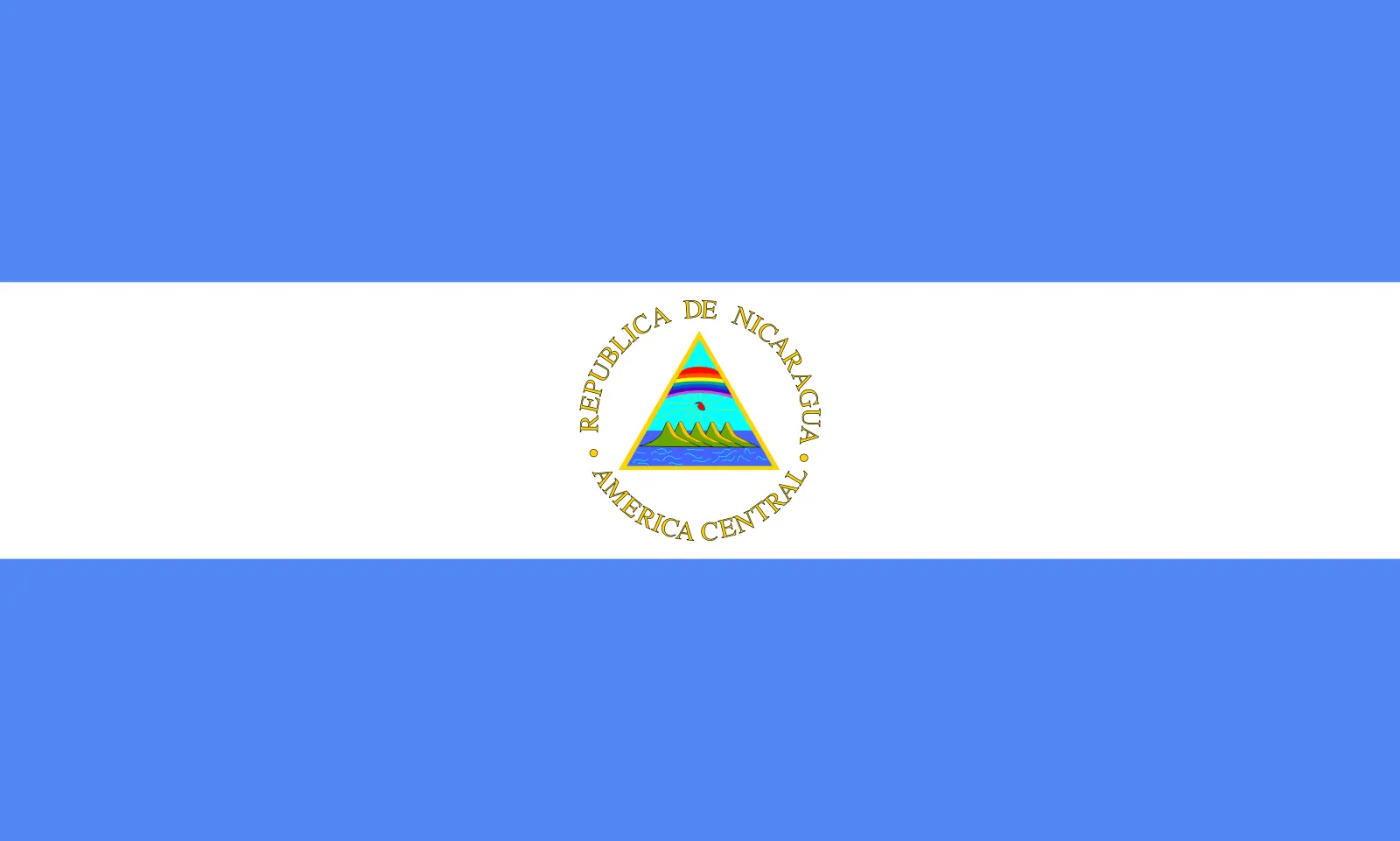 Nicaragua (+505)
Nicaragua (+505)
 Niger (+227)
Niger (+227)
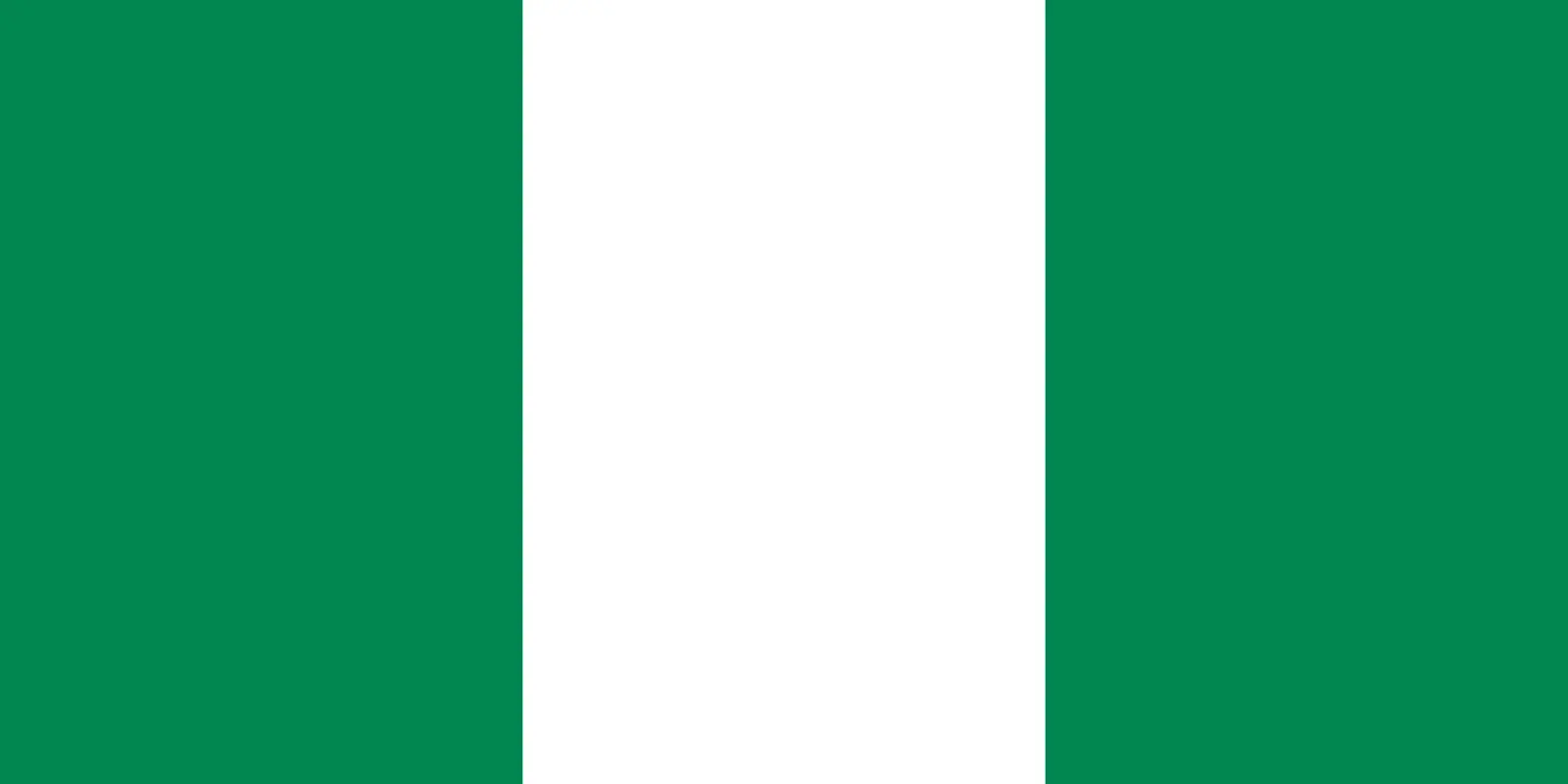 Nigeria (+234)
Nigeria (+234)
 Niue (+683)
Niue (+683)
 Norfolk Island (+672)
Norfolk Island (+672)
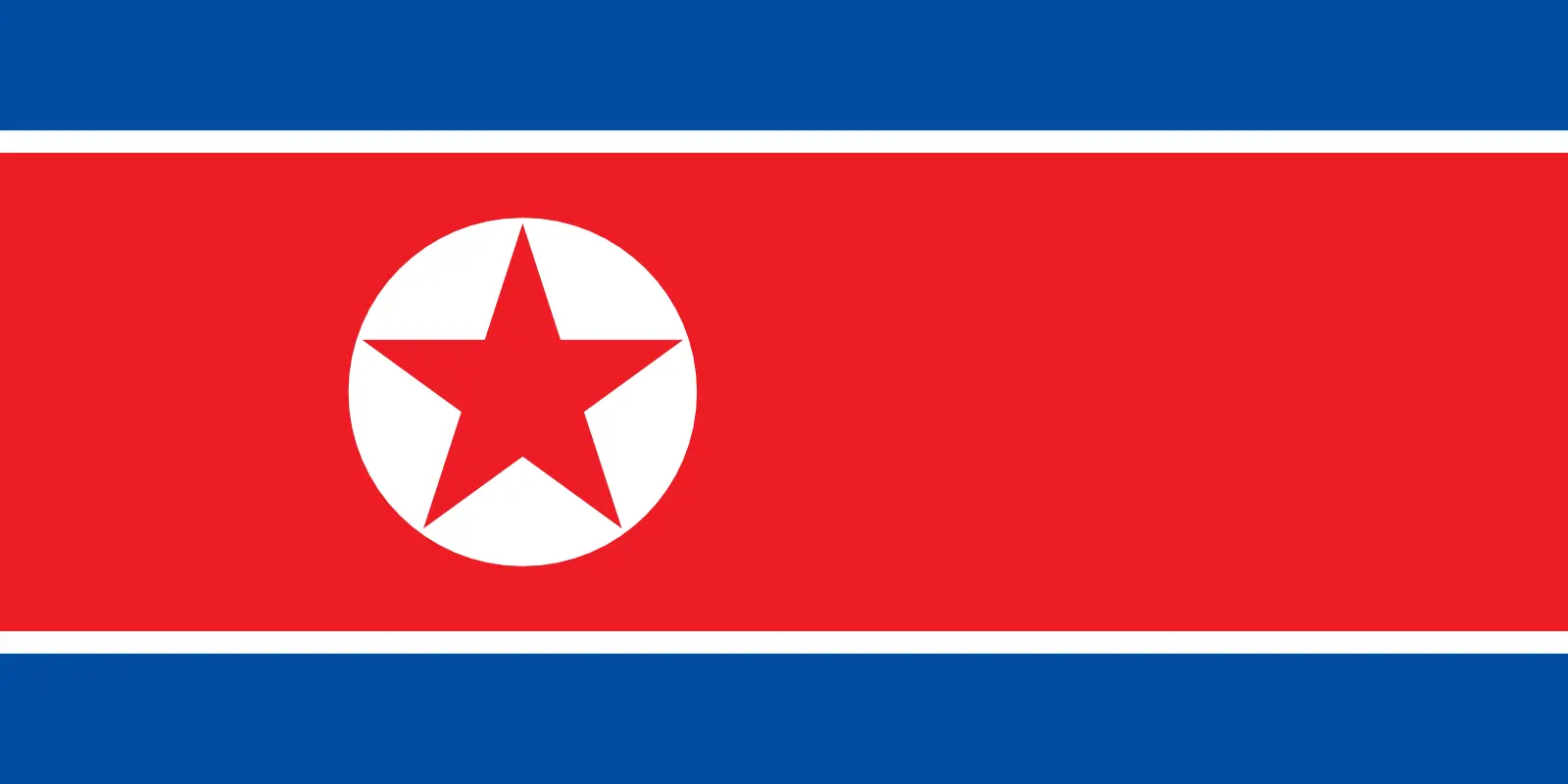 North Korea (+850)
North Korea (+850)
 Northern Mariana Islands (+1670)
Northern Mariana Islands (+1670)
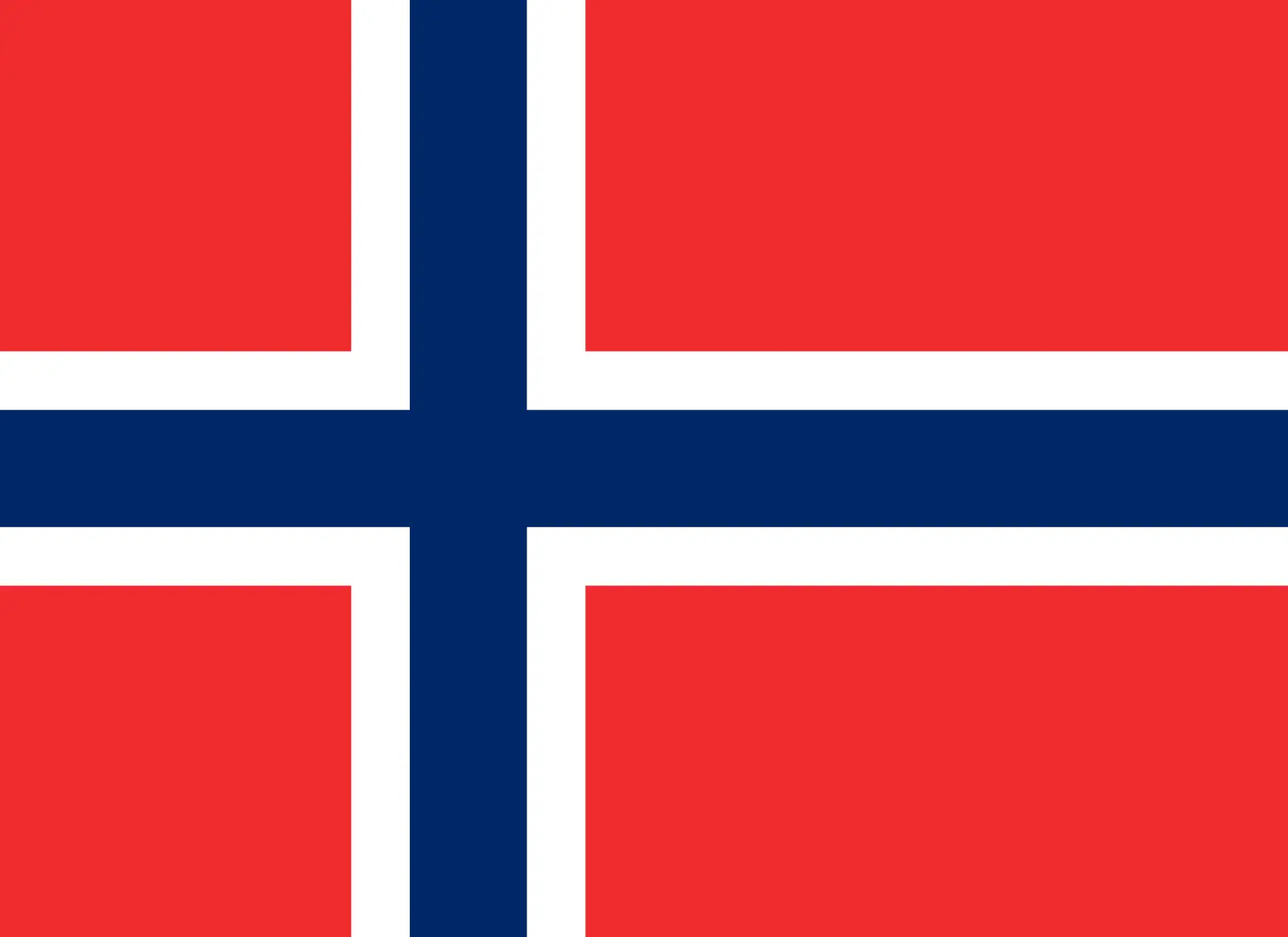 Norway (+47)
Norway (+47)
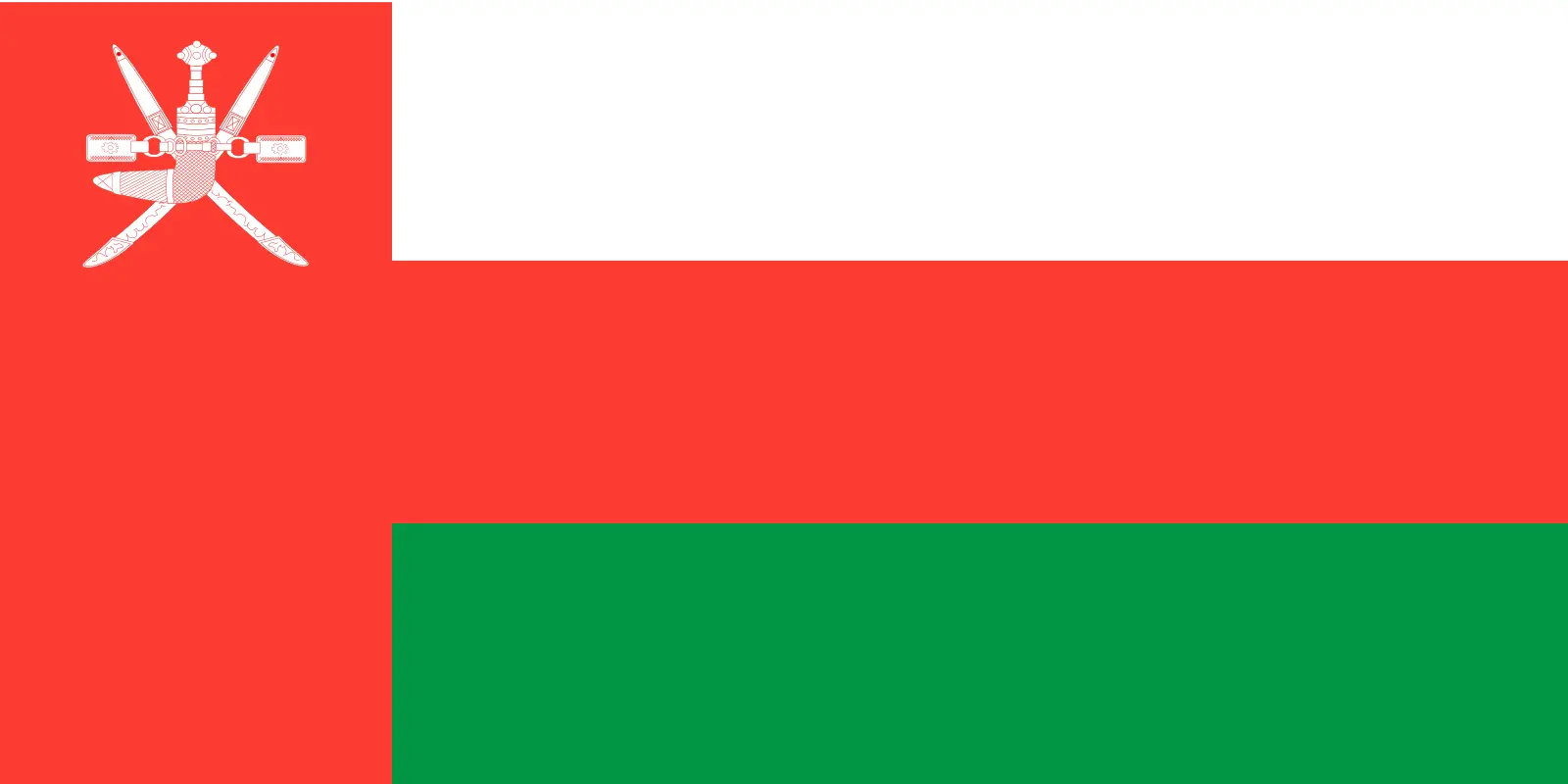 Oman (+968)
Oman (+968)
 Pakistan (+92)
Pakistan (+92)
 Palau (+680)
Palau (+680)
 Palestine (+970)
Palestine (+970)
 Panama (+507)
Panama (+507)
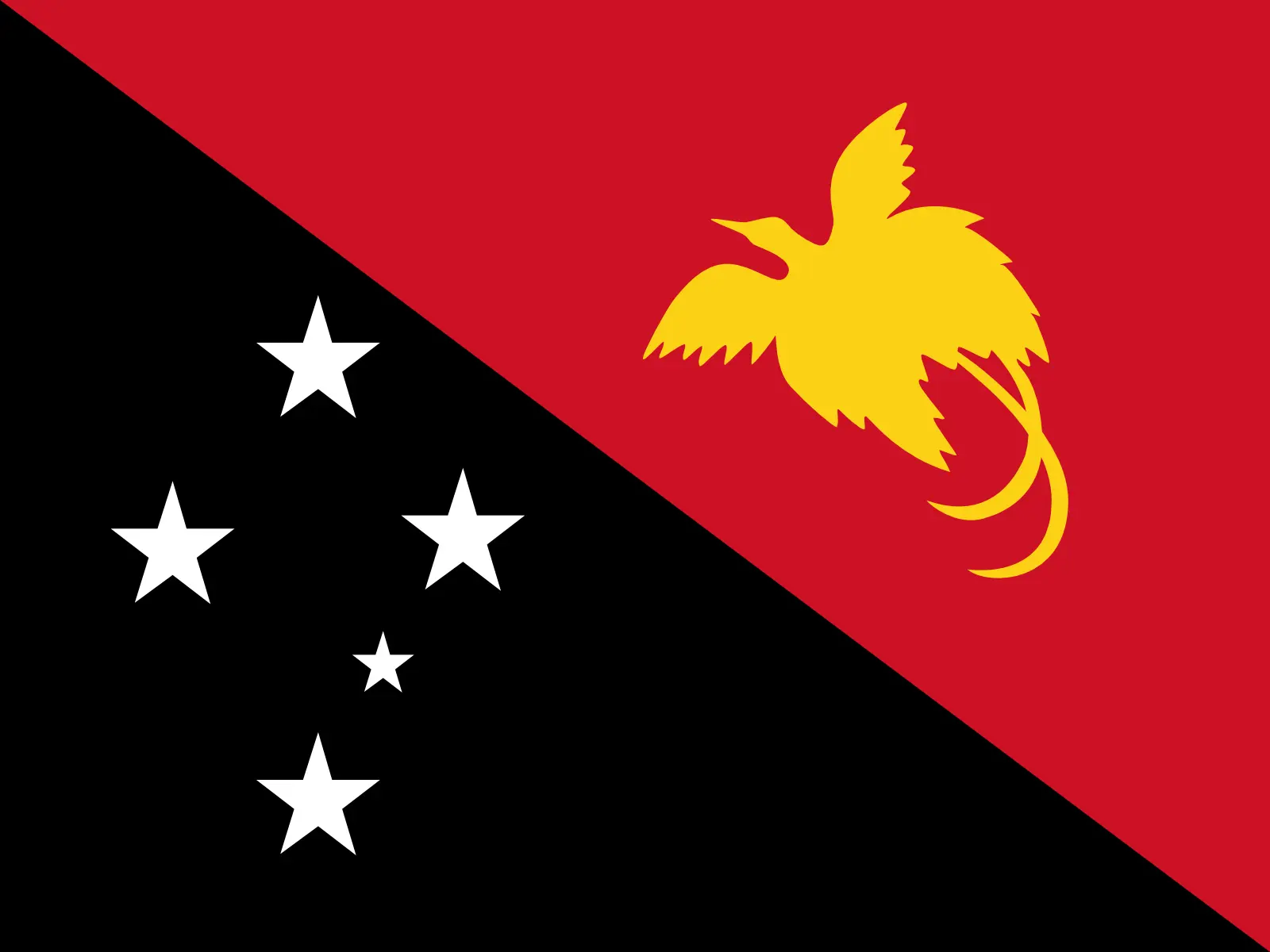 Papua New Guinea (+675)
Papua New Guinea (+675)
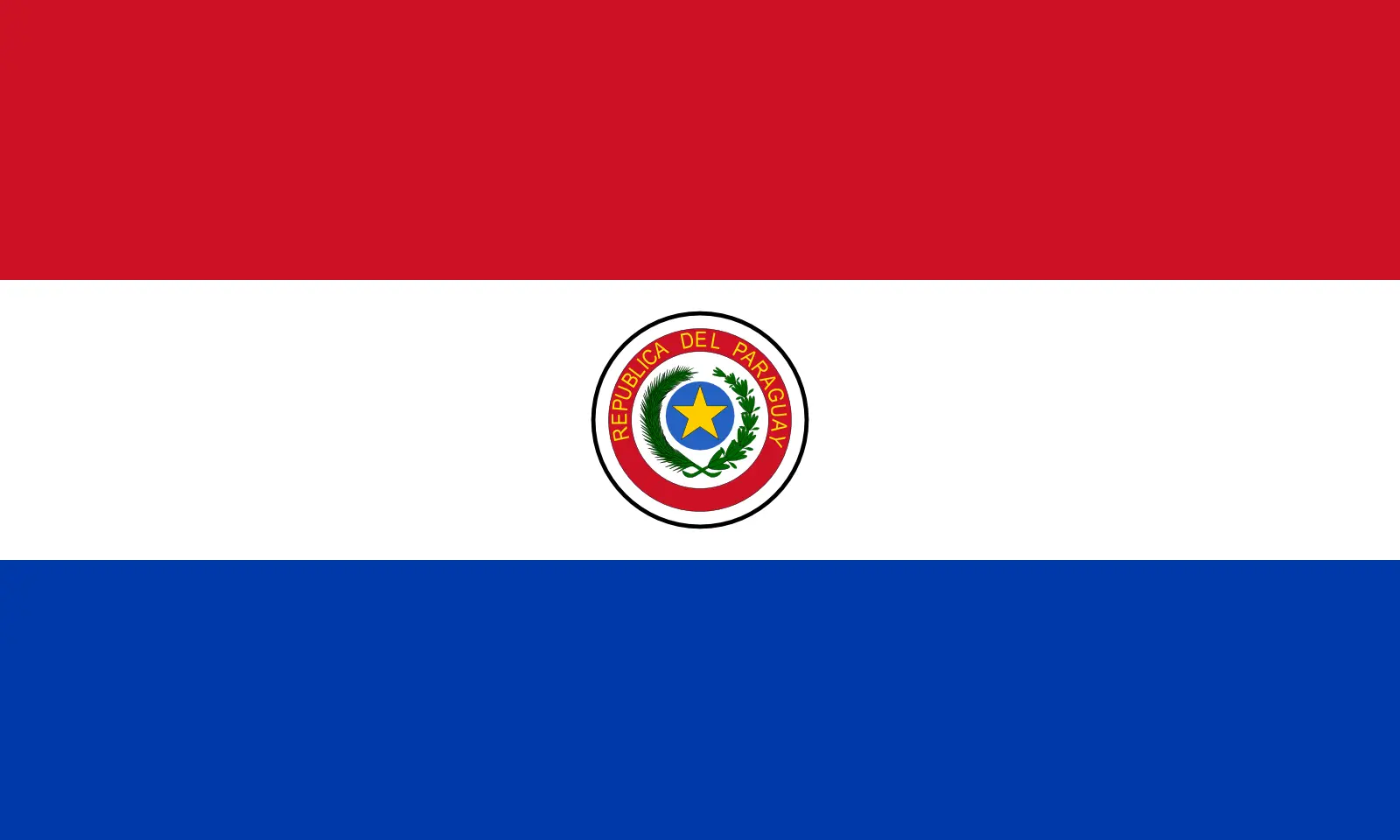 Paraguay (+595)
Paraguay (+595)
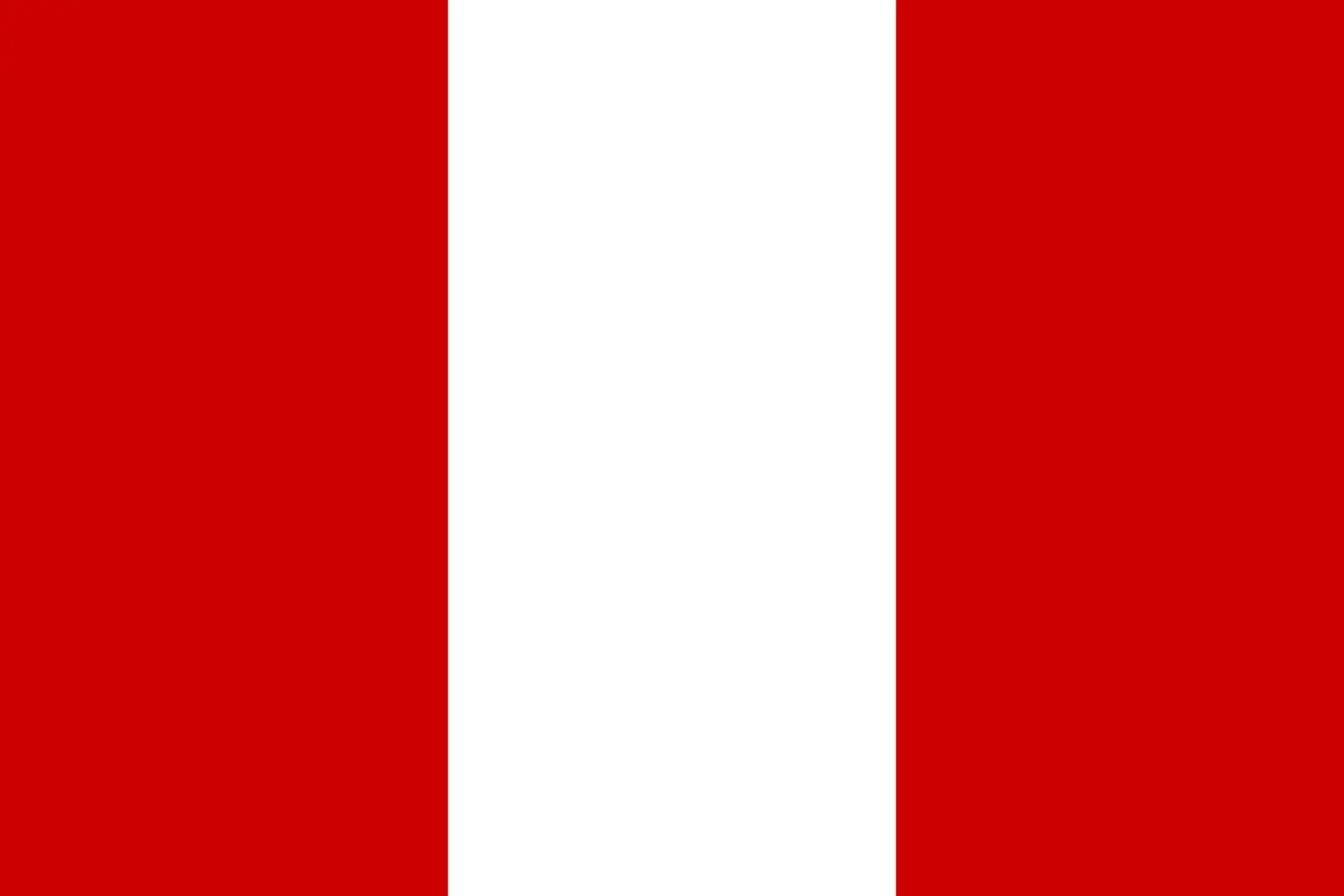 Peru (+51)
Peru (+51)
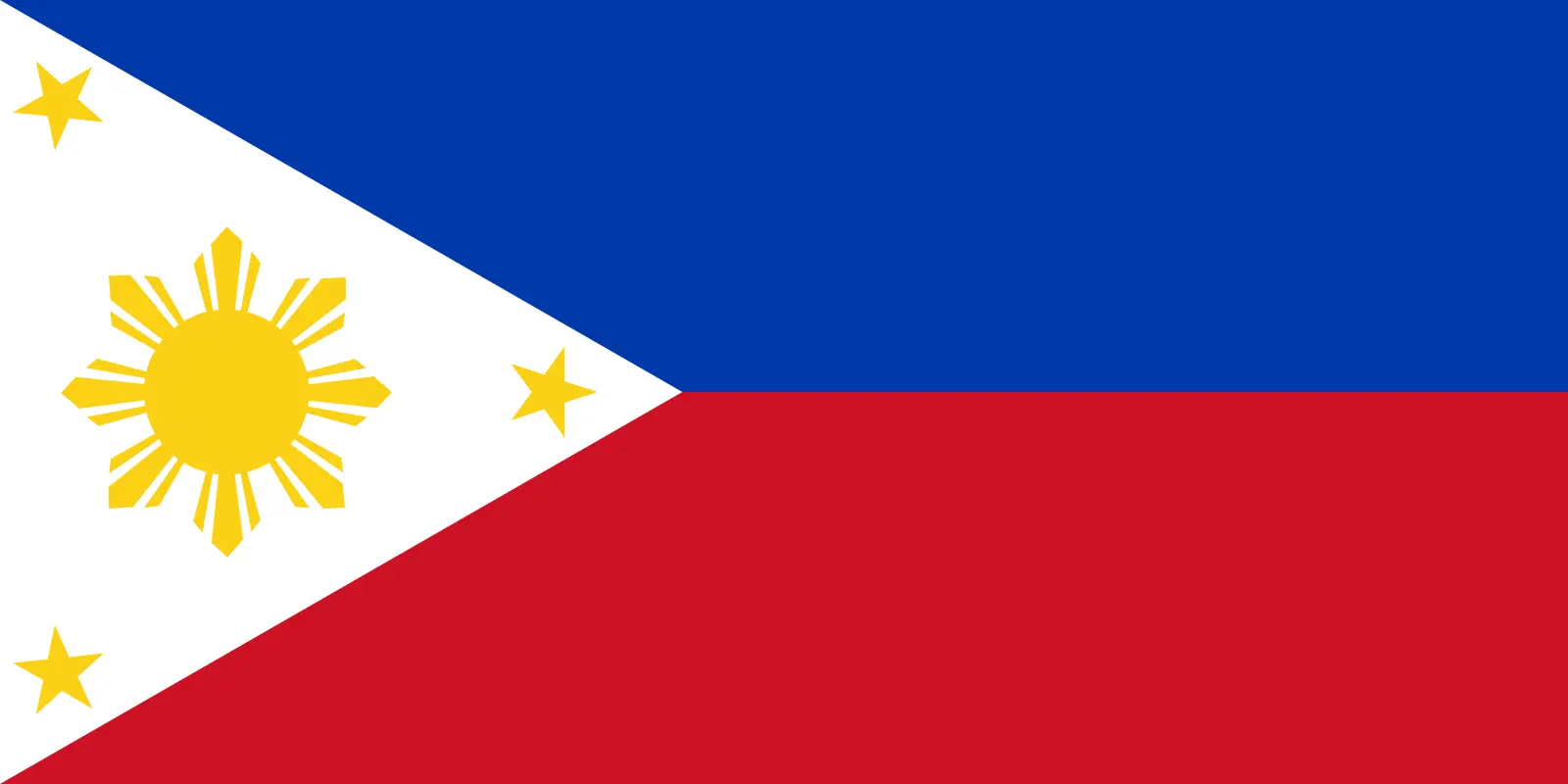 Philippines (+63)
Philippines (+63)
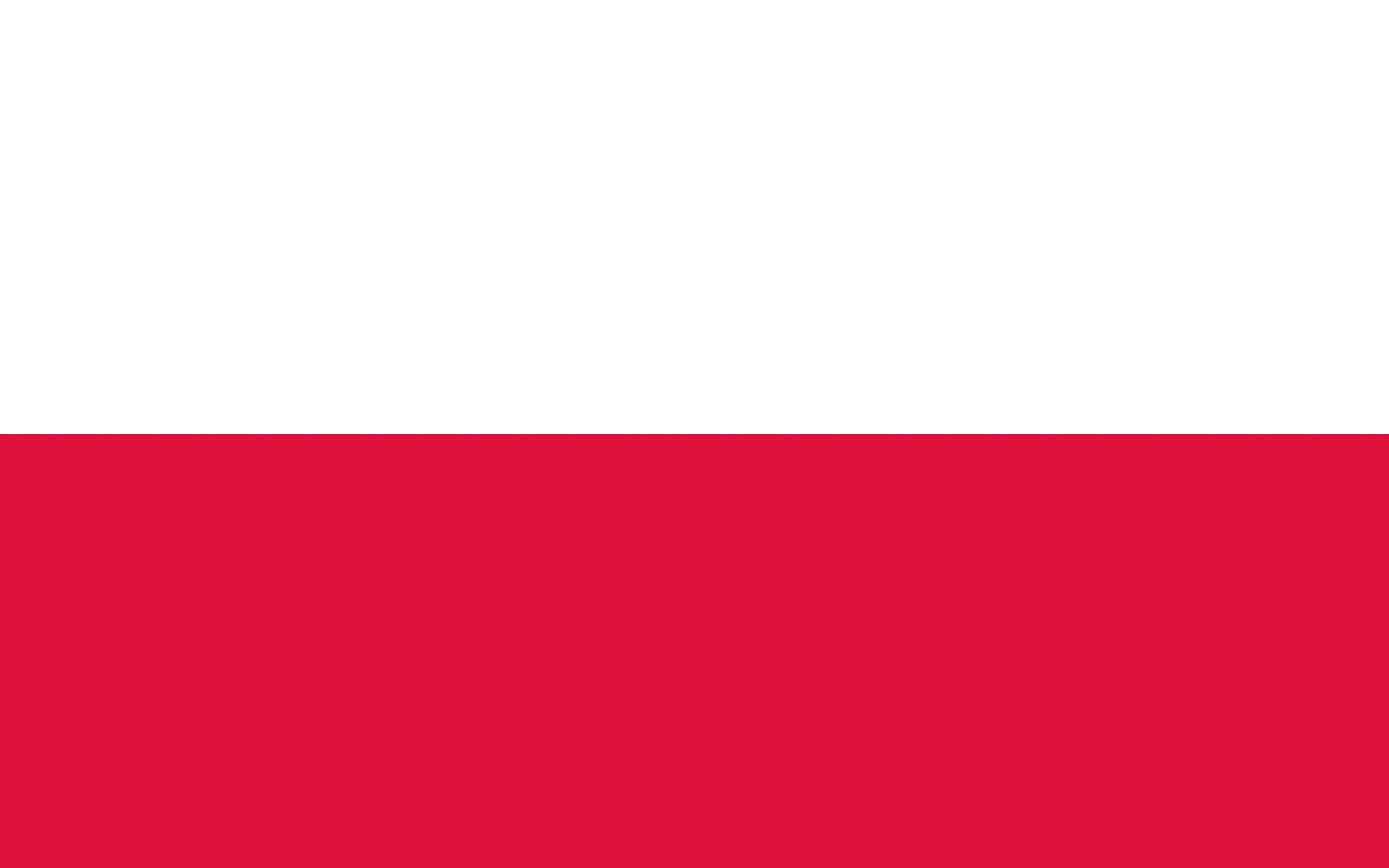 Poland (+48)
Poland (+48)
 Portugal (+351)
Portugal (+351)
 Puerto Rico (+1787)
Puerto Rico (+1787)
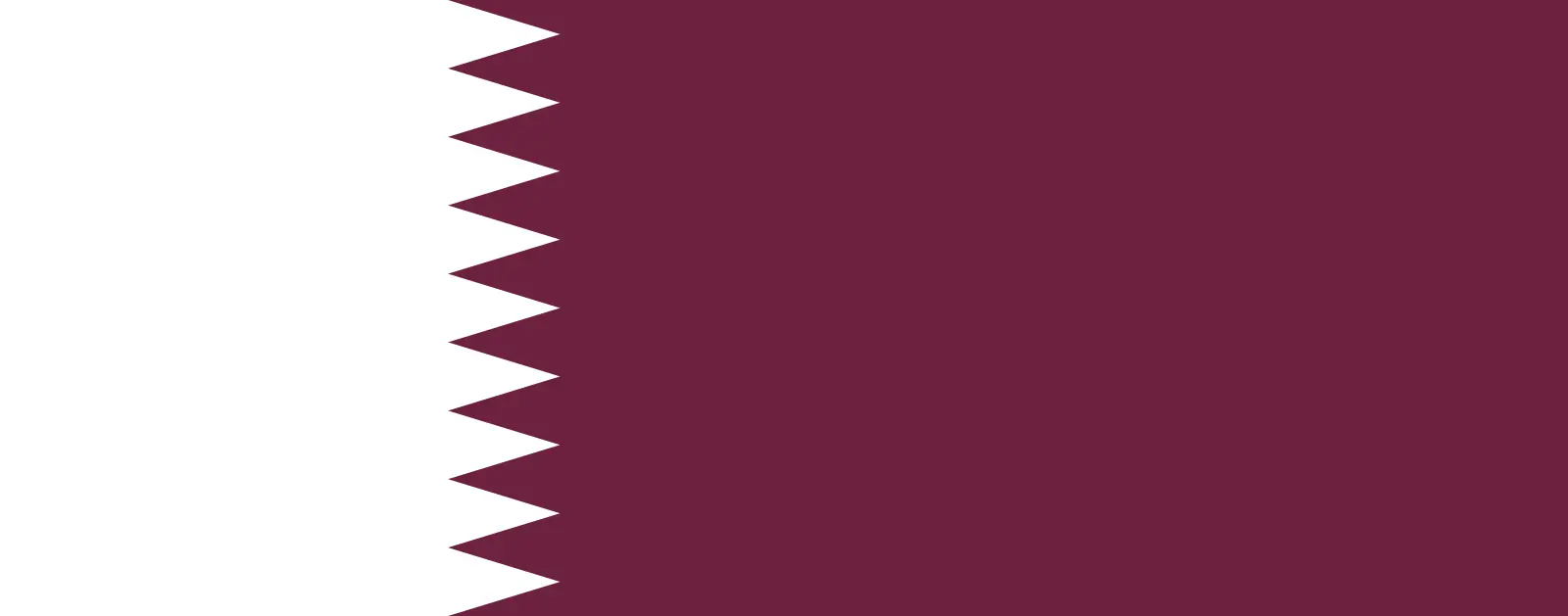 Qatar (+974)
Qatar (+974)
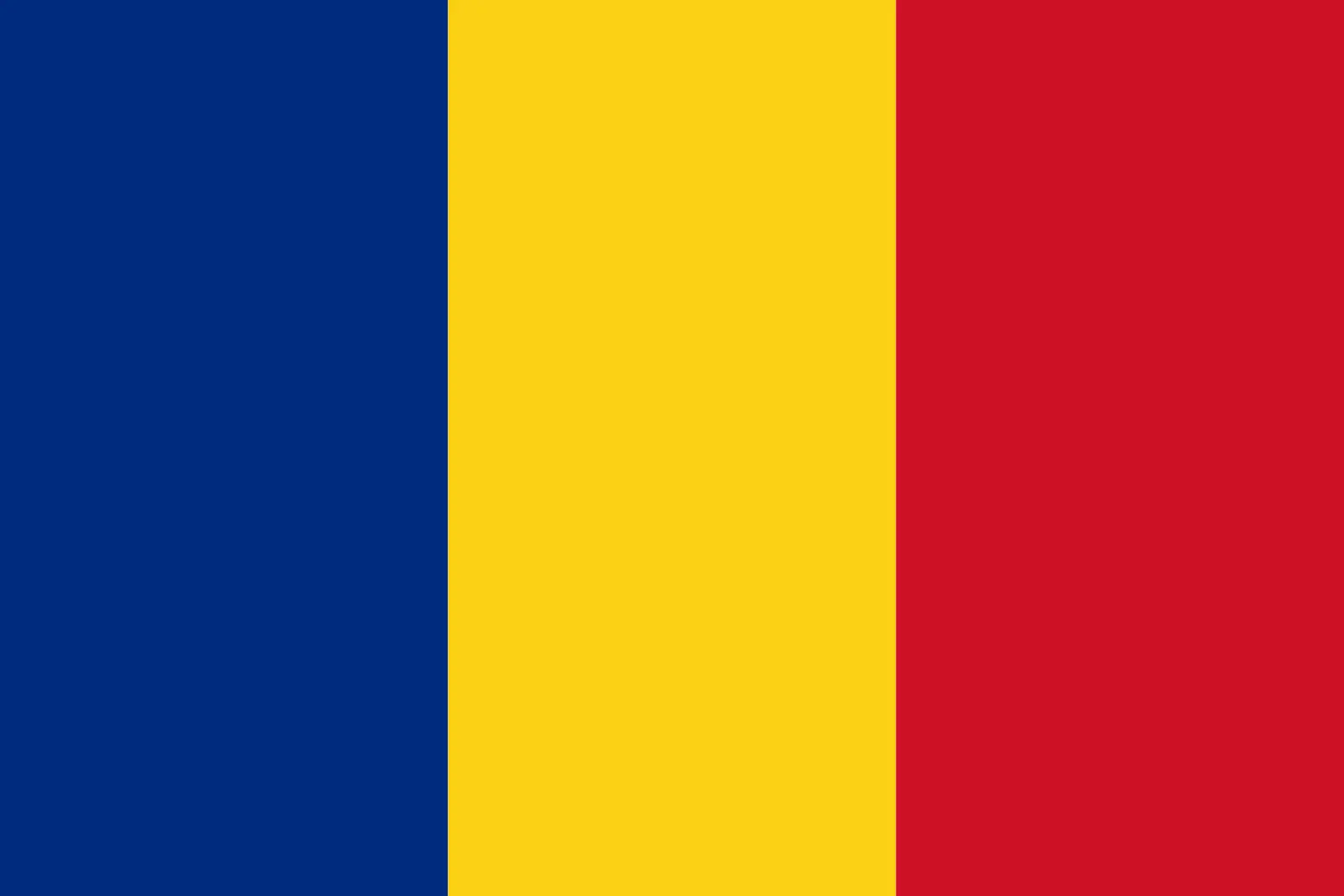 Romania (+40)
Romania (+40)
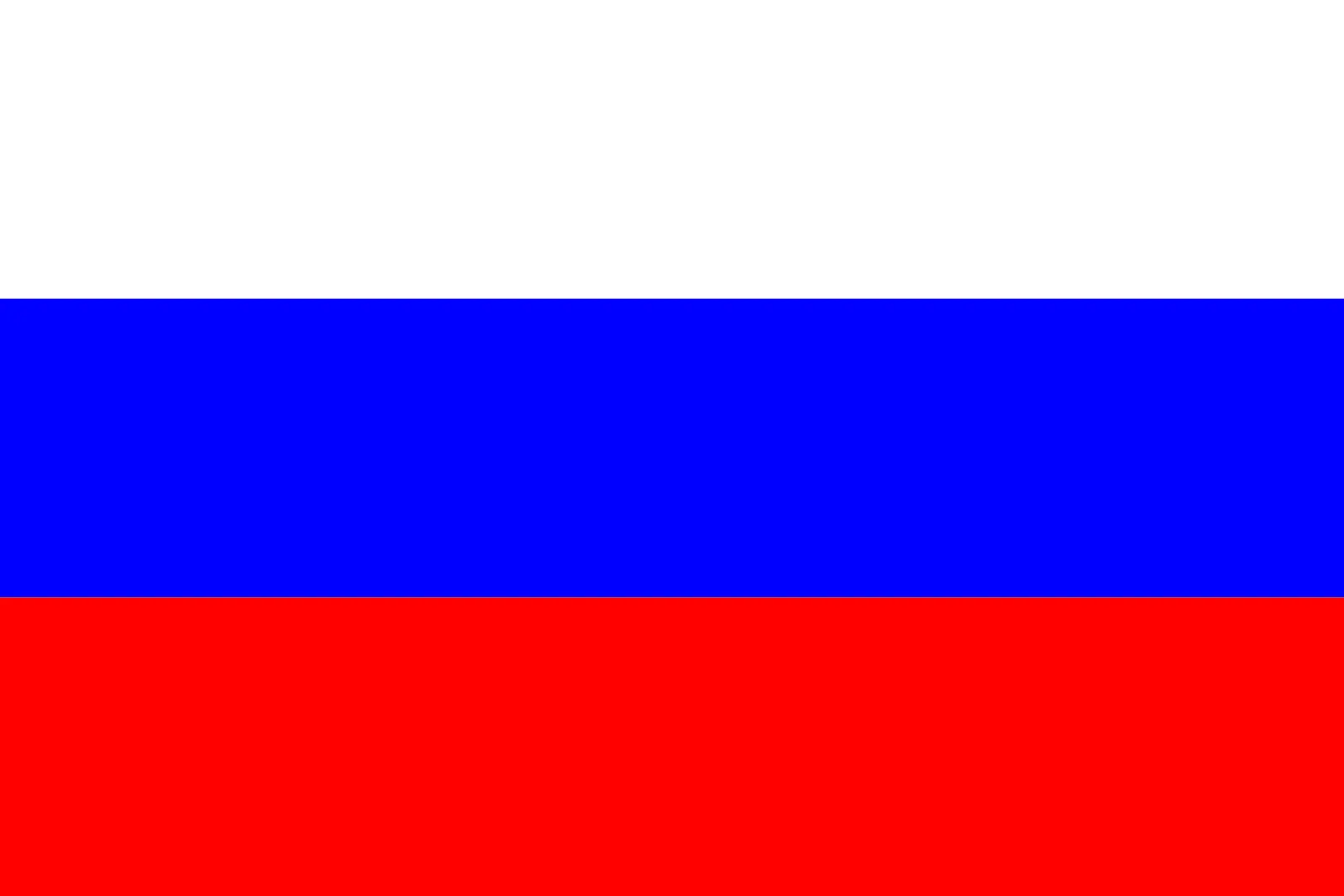 Russia (+7)
Russia (+7)
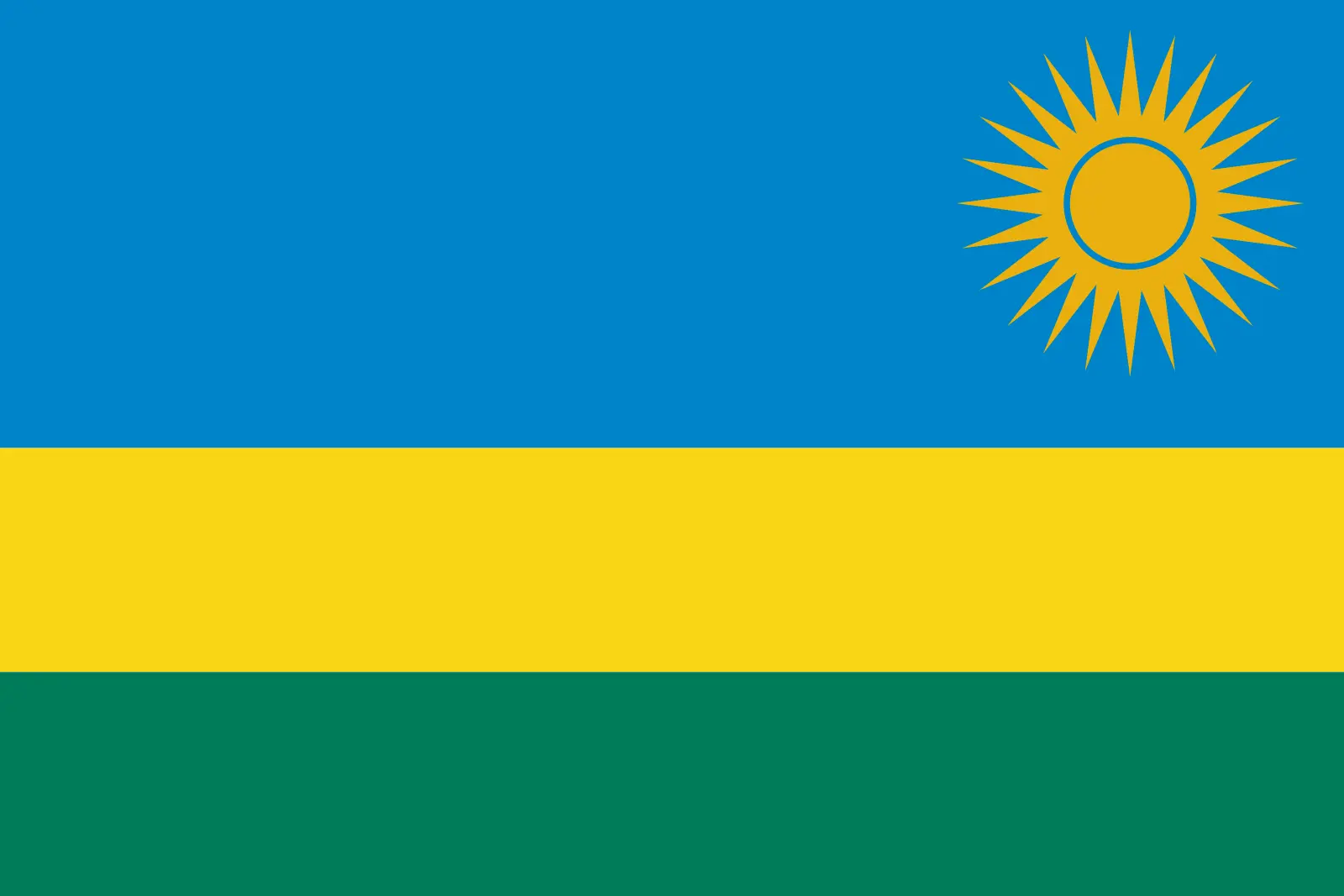 Rwanda (+250)
Rwanda (+250)
 Saint Barthélemy (+590)
Saint Barthélemy (+590)
 Saint Helena, Ascension and Tristan da Cunha (+290)
Saint Helena, Ascension and Tristan da Cunha (+290)
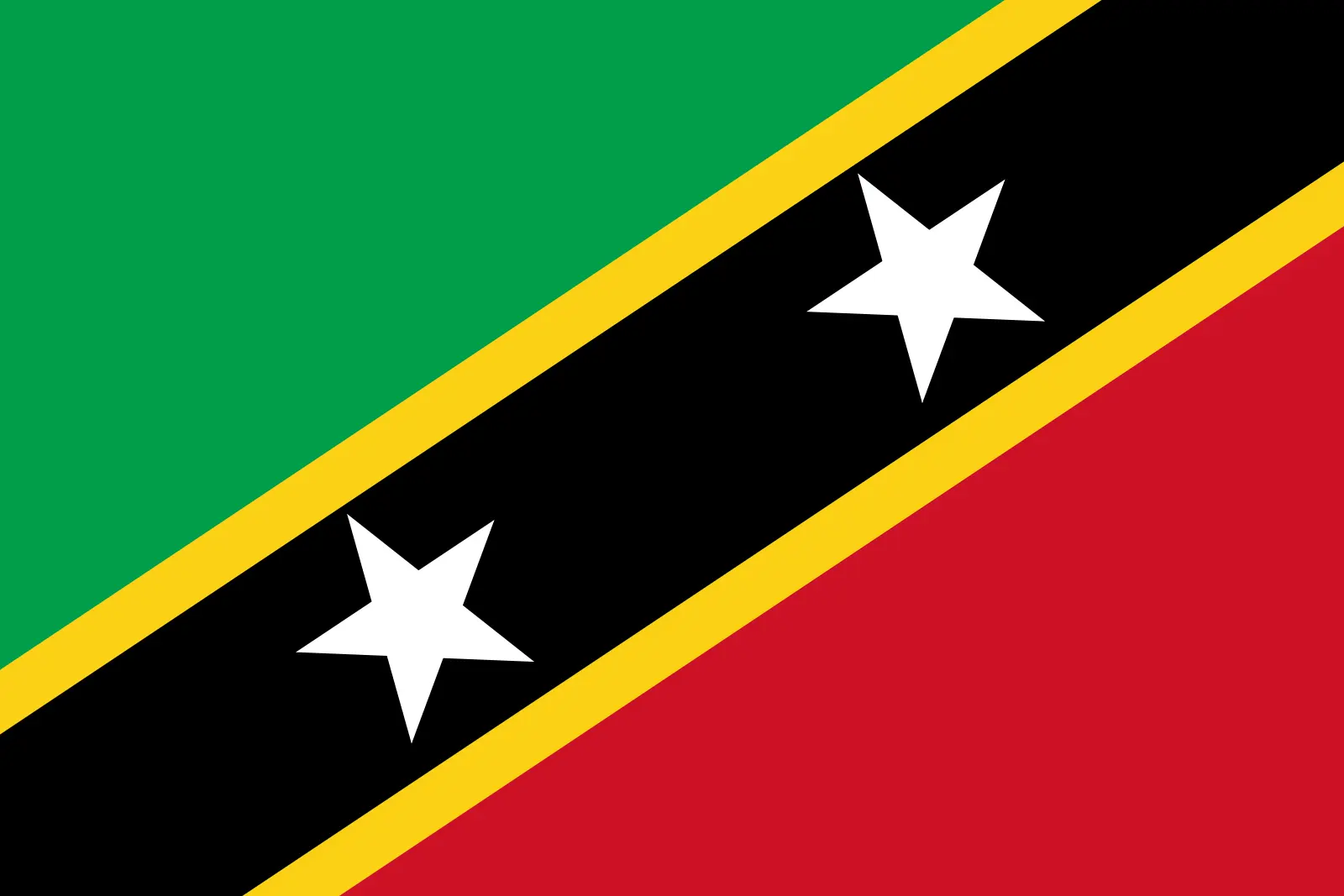 Saint Kitts and Nevis (+1869)
Saint Kitts and Nevis (+1869)
 Saint Lucia (+1758)
Saint Lucia (+1758)
 Saint Martin (French part) (+590)
Saint Martin (French part) (+590)
 Saint Pierre and Miquelon (+508)
Saint Pierre and Miquelon (+508)
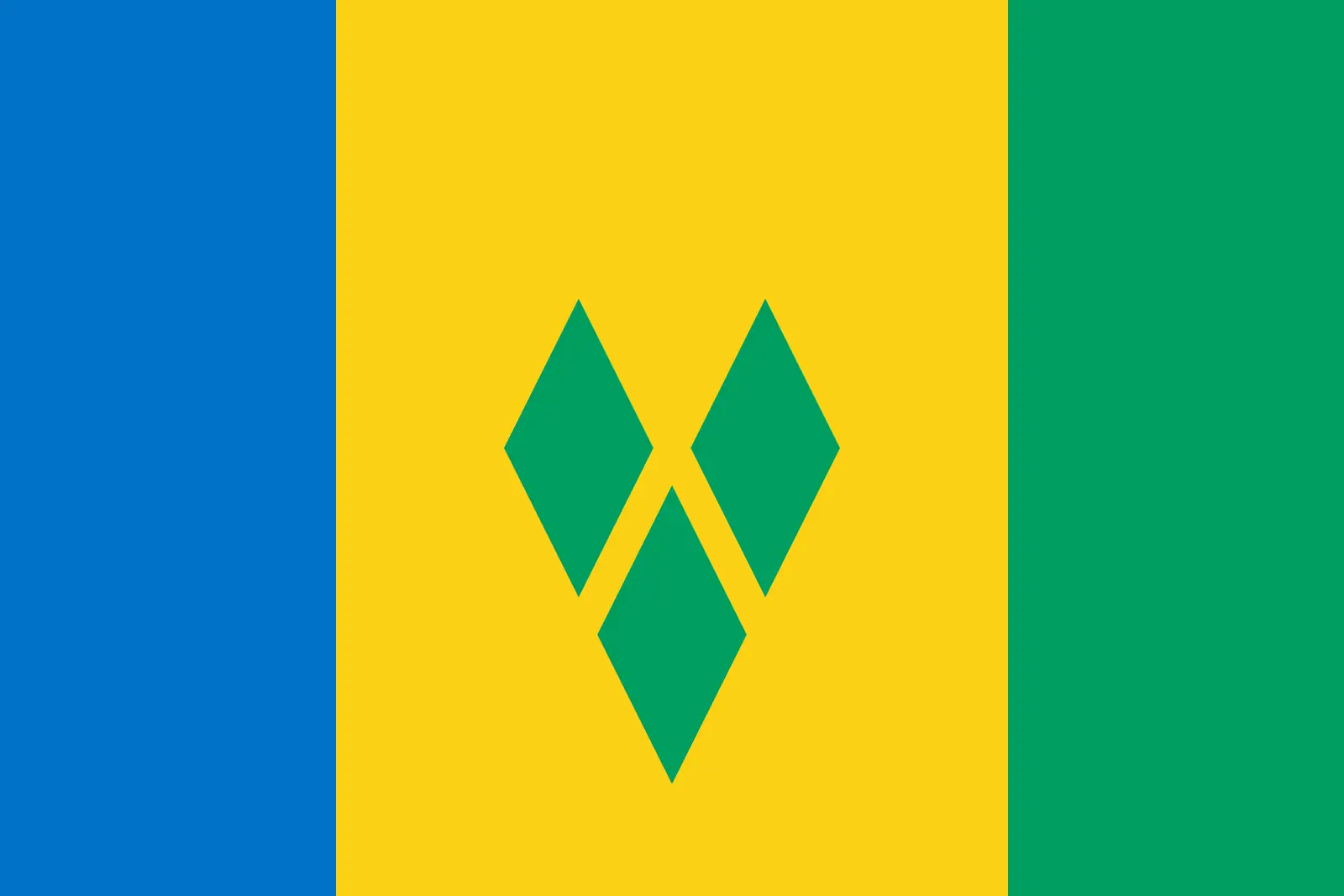 Saint Vincent and the Grenadines (+1784)
Saint Vincent and the Grenadines (+1784)
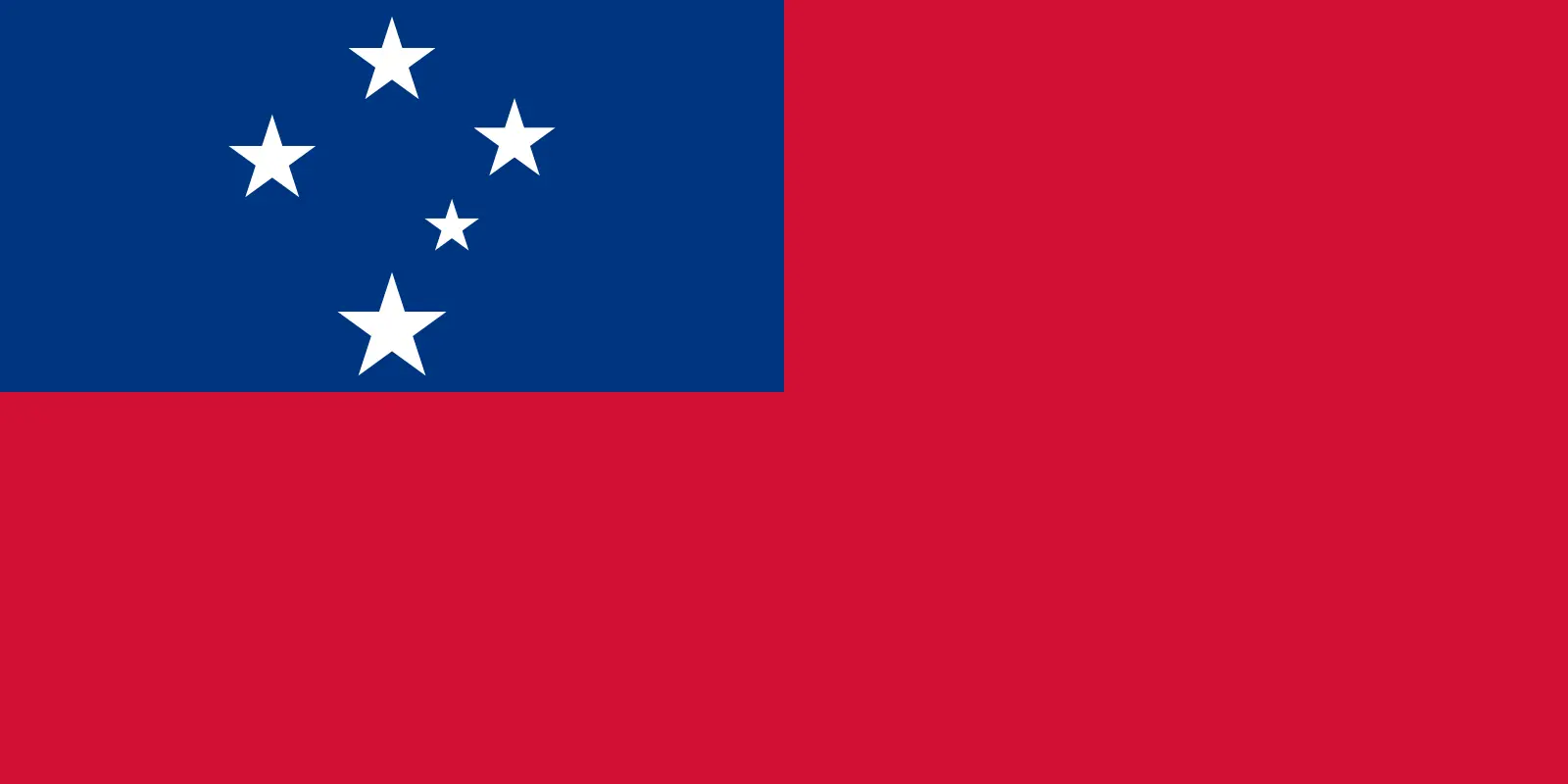 Samoa (+685)
Samoa (+685)
 San Marino (+378)
San Marino (+378)
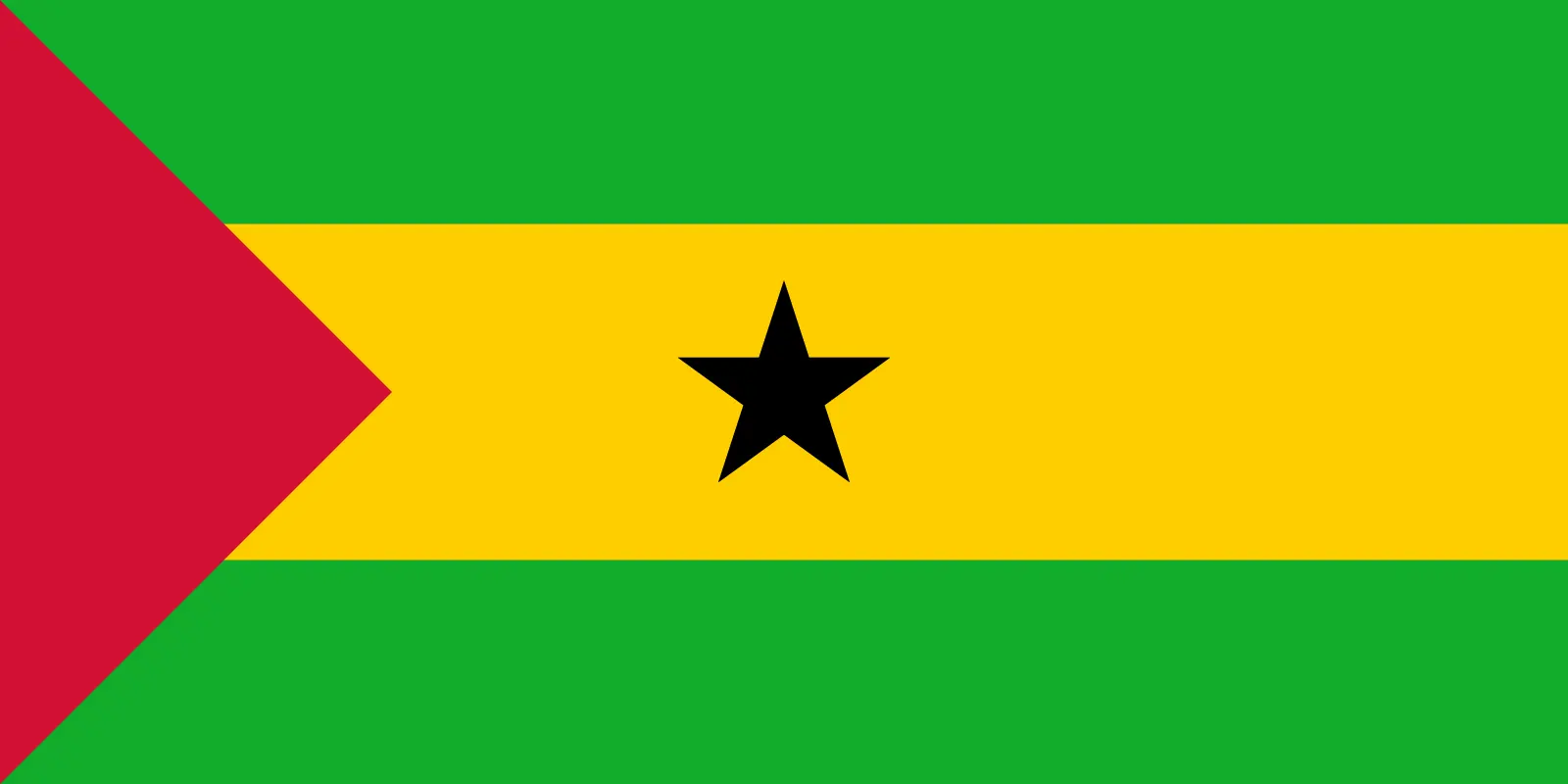 Sao Tome and Principe (+239)
Sao Tome and Principe (+239)
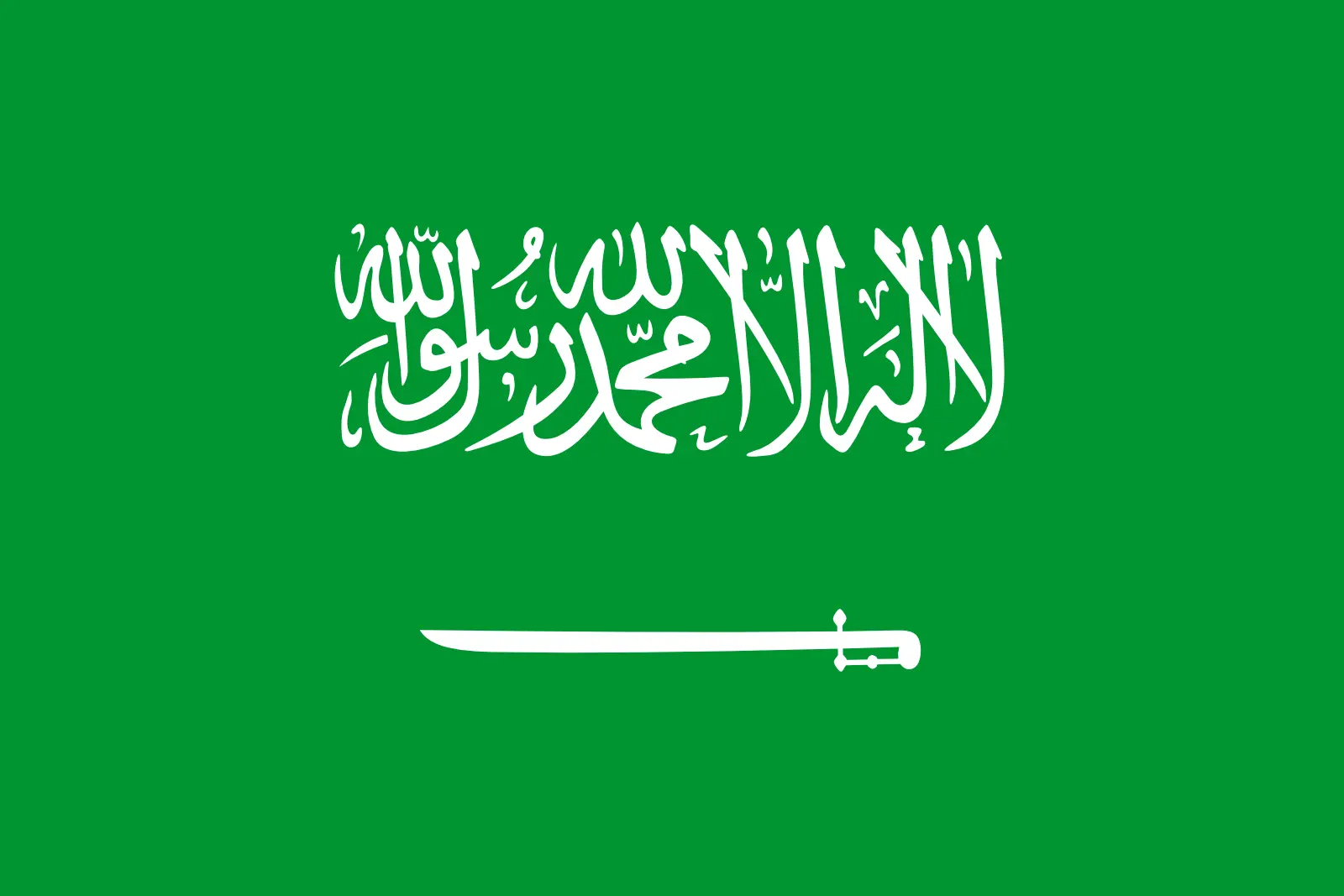 Saudi Arabia (+966)
Saudi Arabia (+966)
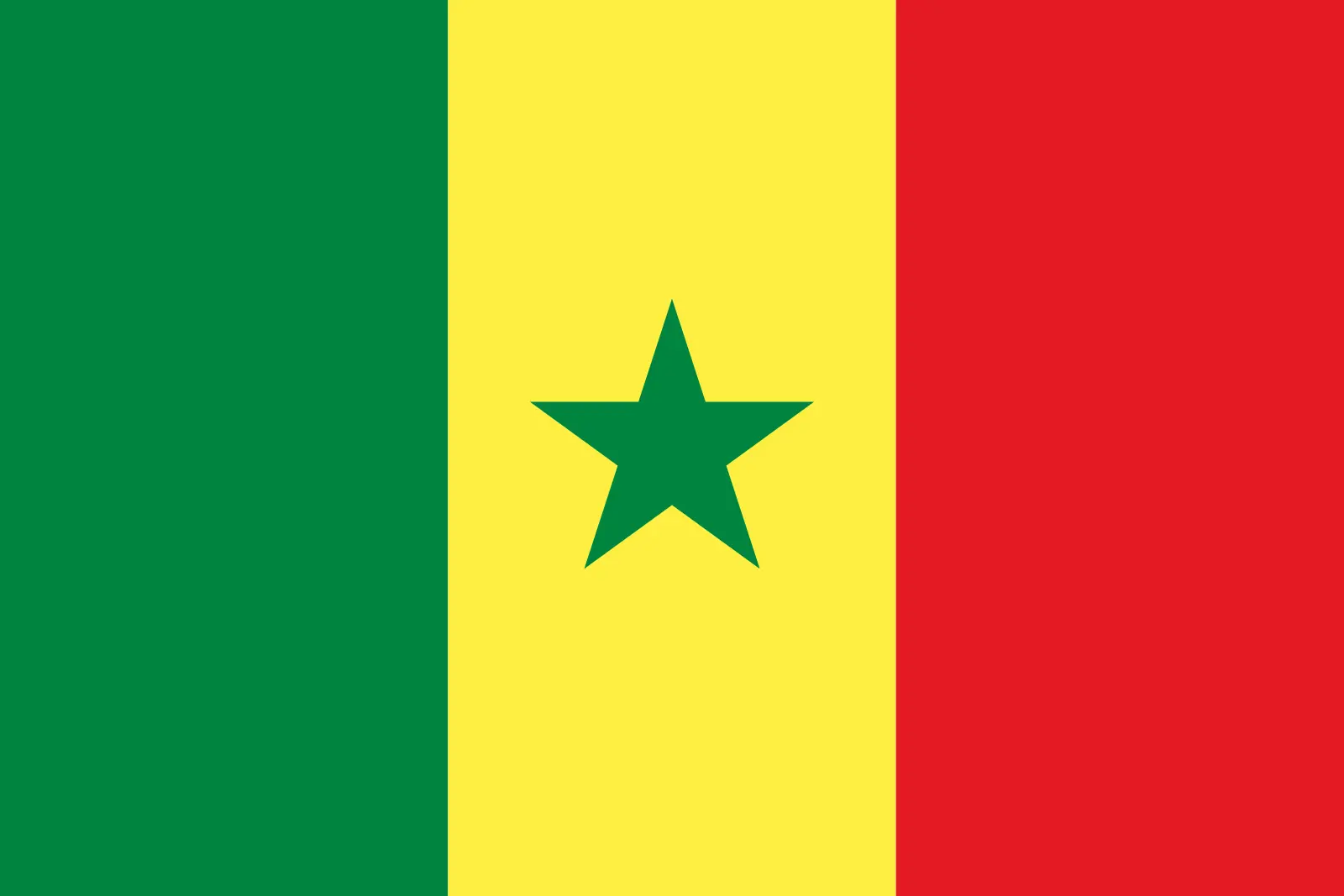 Senegal (+221)
Senegal (+221)
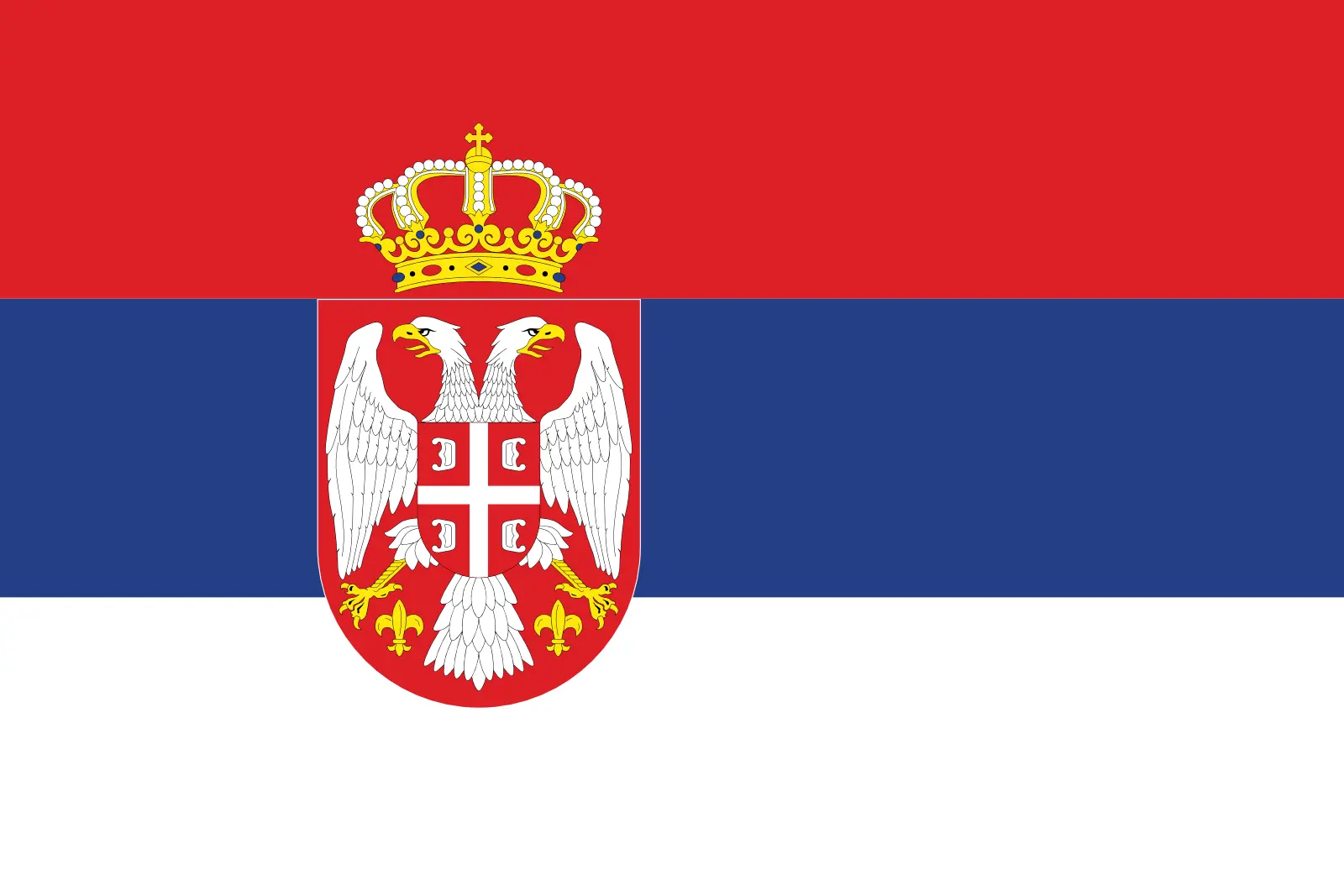 Serbia (+381)
Serbia (+381)
 Seychelles (+248)
Seychelles (+248)
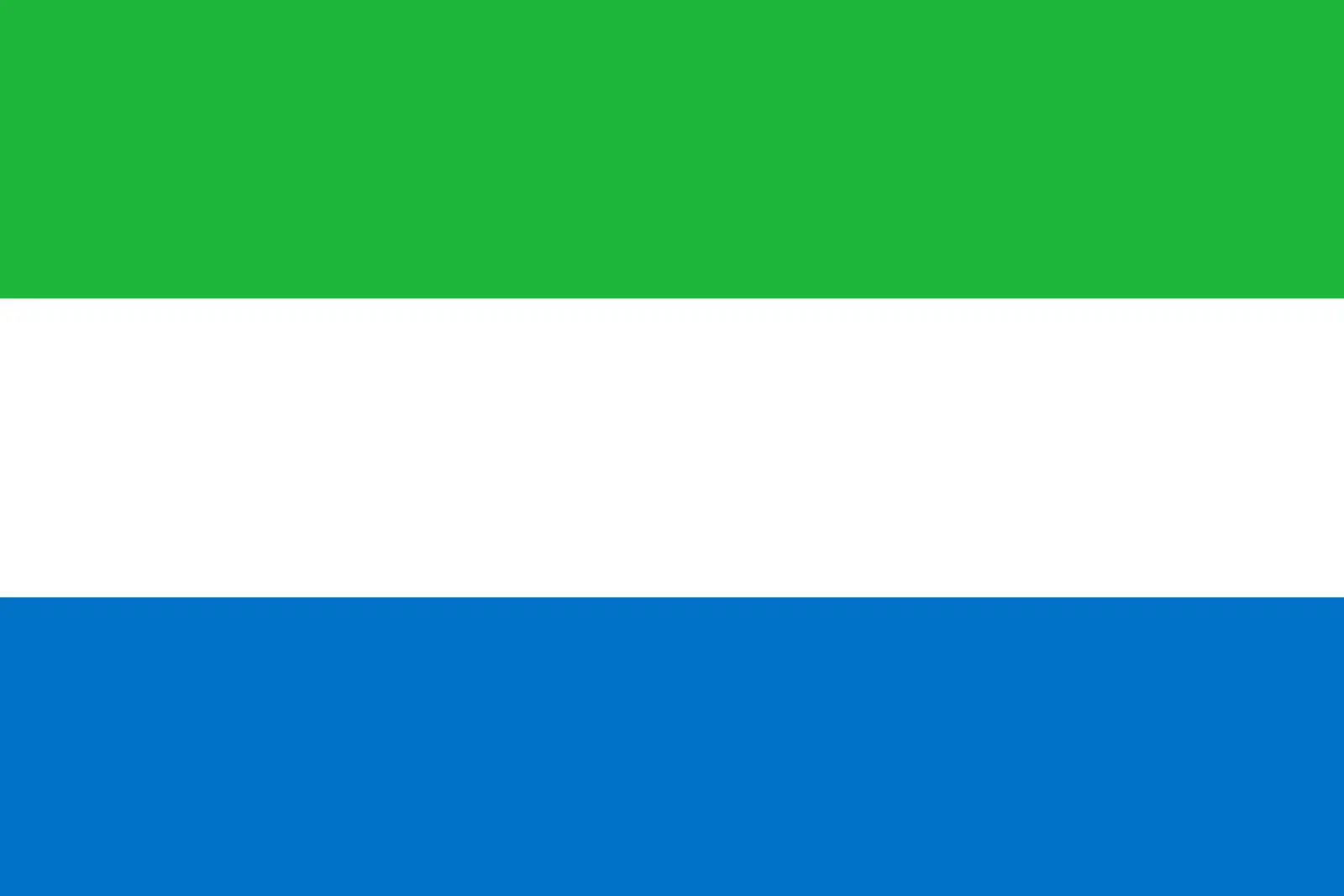 Sierra Leone (+232)
Sierra Leone (+232)
 Singapore (+65)
Singapore (+65)
 Sint Maarten (Dutch part) (+1721)
Sint Maarten (Dutch part) (+1721)
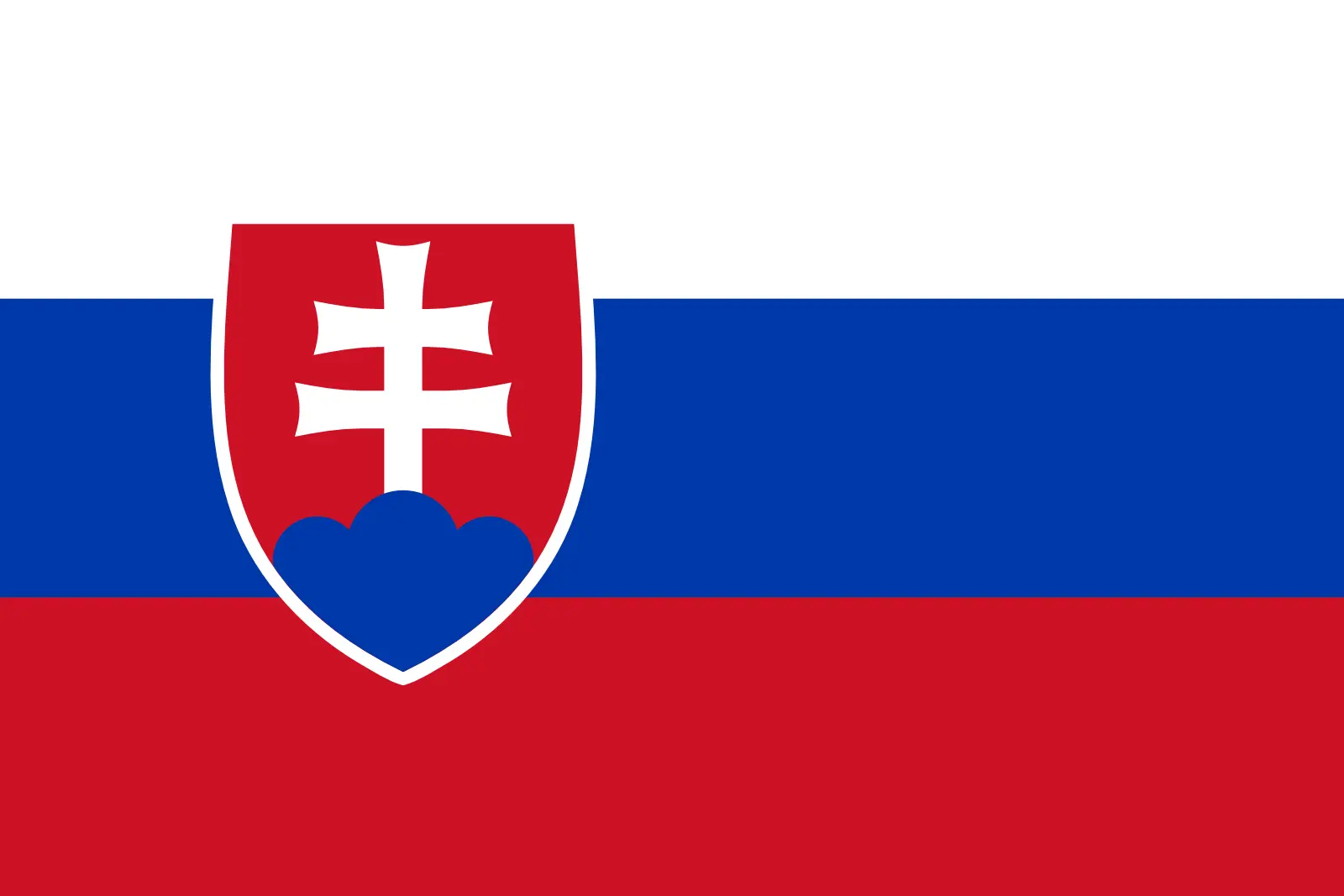 Slovakia (+421)
Slovakia (+421)
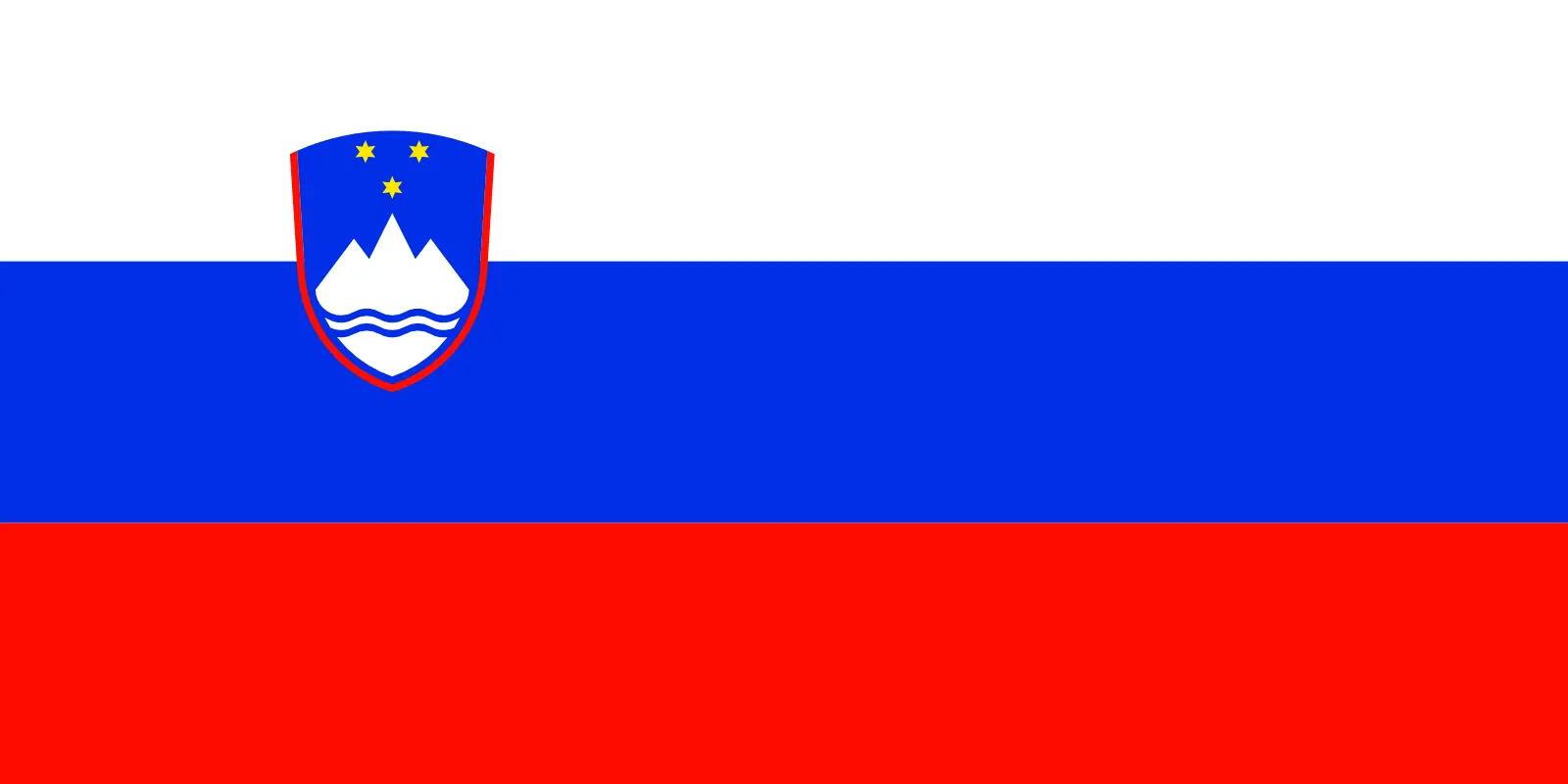 Slovenia (+386)
Slovenia (+386)
 Solomon Islands (+677)
Solomon Islands (+677)
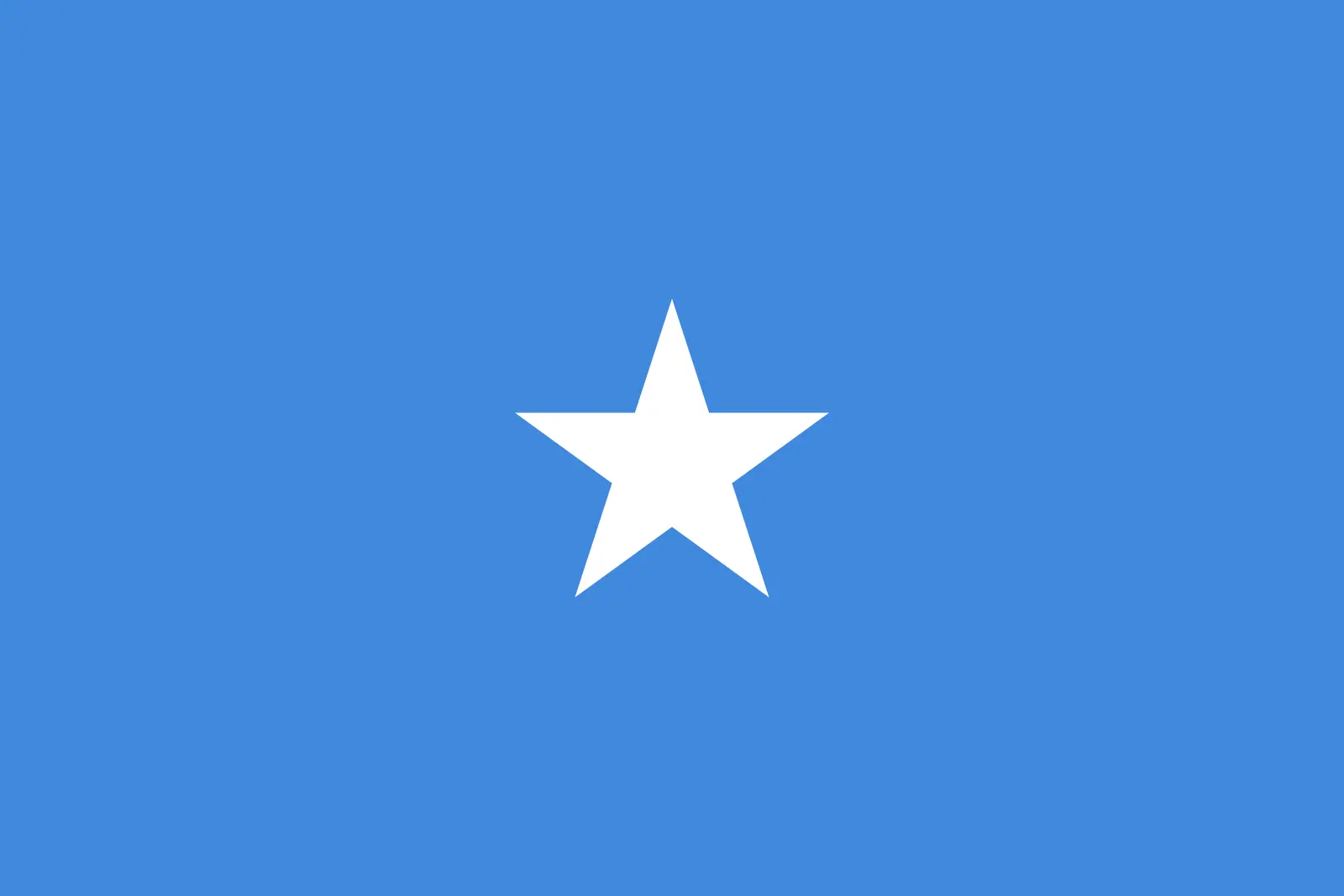 Somalia (+252)
Somalia (+252)
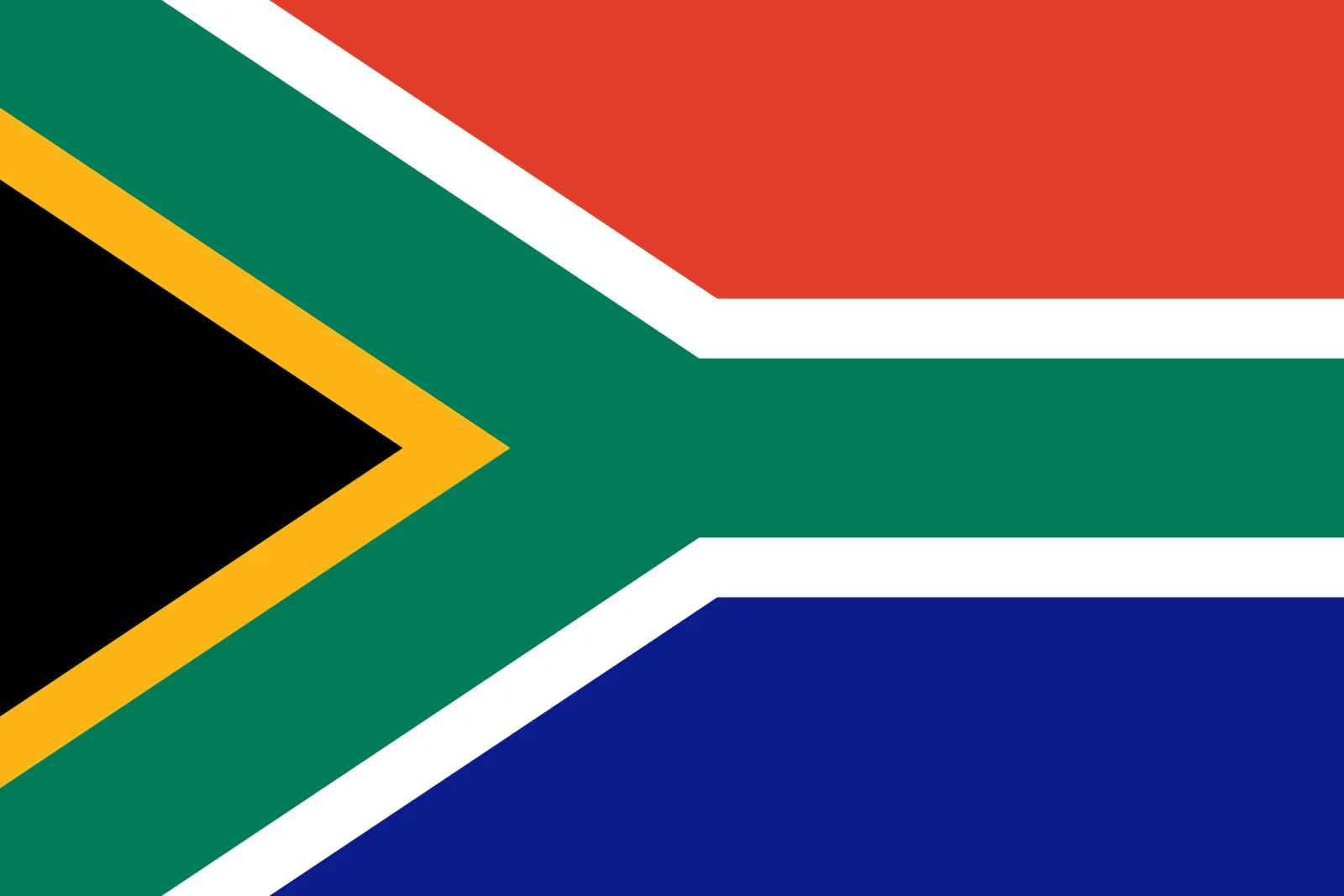 South Africa (+27)
South Africa (+27)
 South Georgia and the South Sandwich Islands (+0)
South Georgia and the South Sandwich Islands (+0)
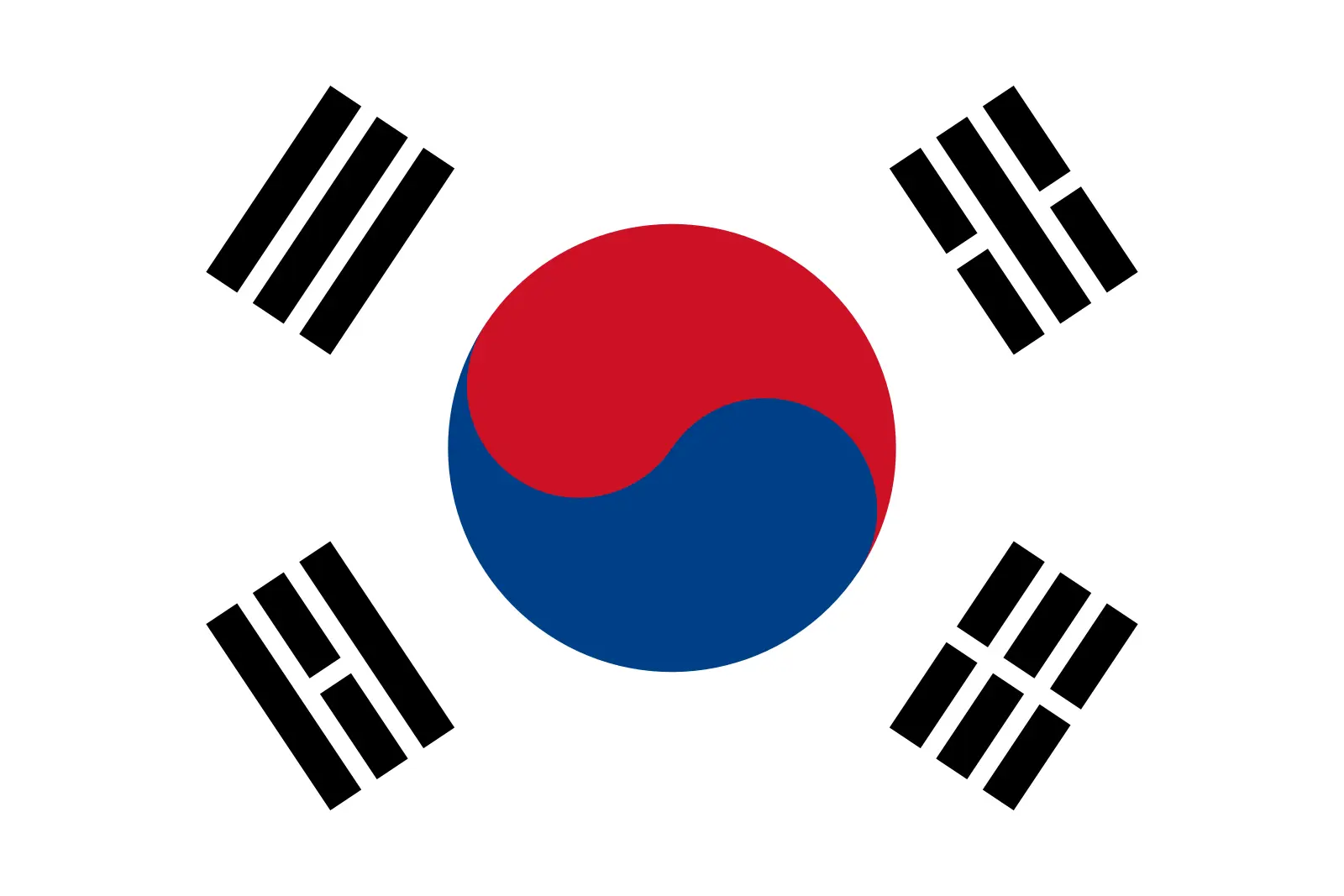 South Korea (+82)
South Korea (+82)
 South Sudan (+211)
South Sudan (+211)
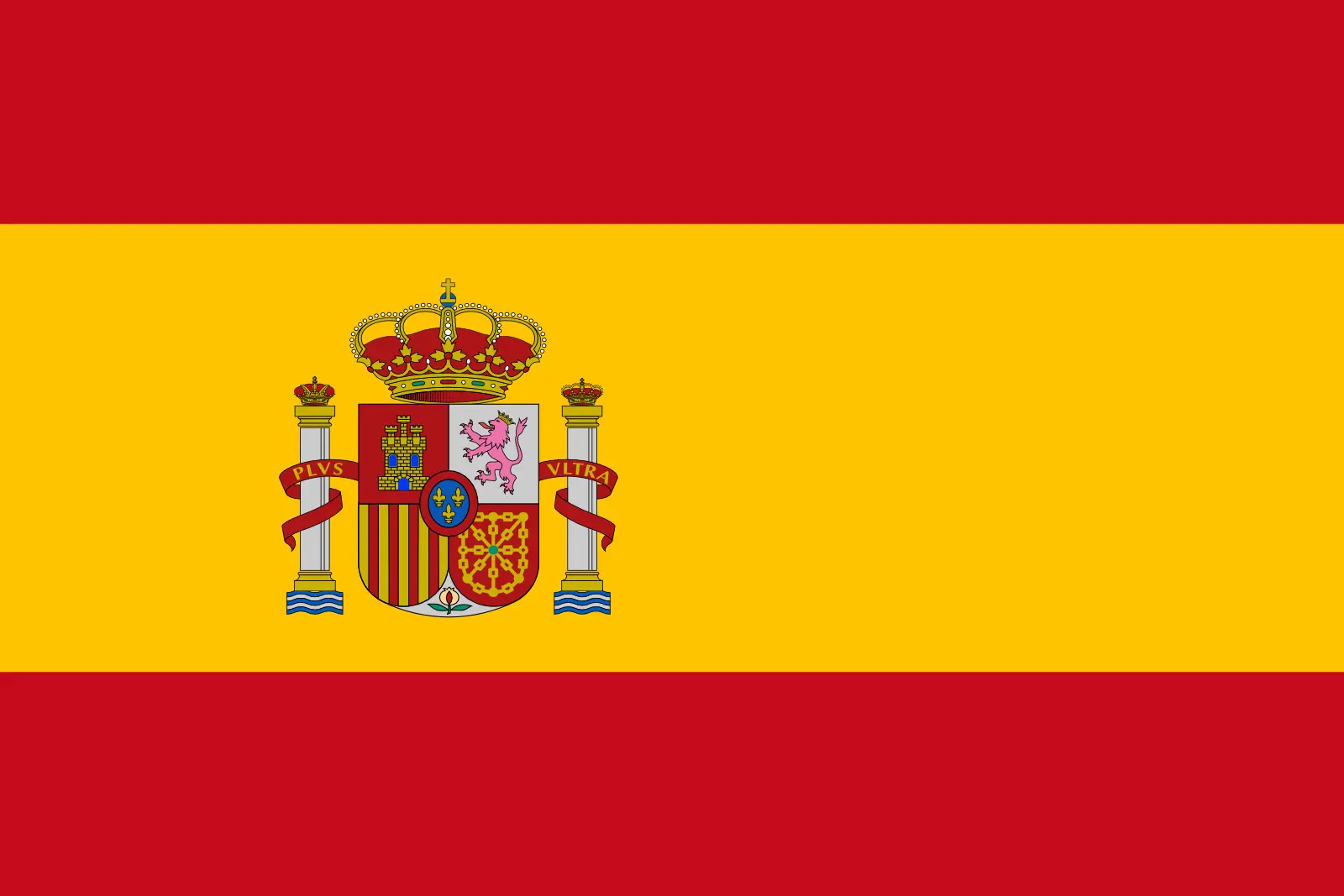 Spain (+34)
Spain (+34)
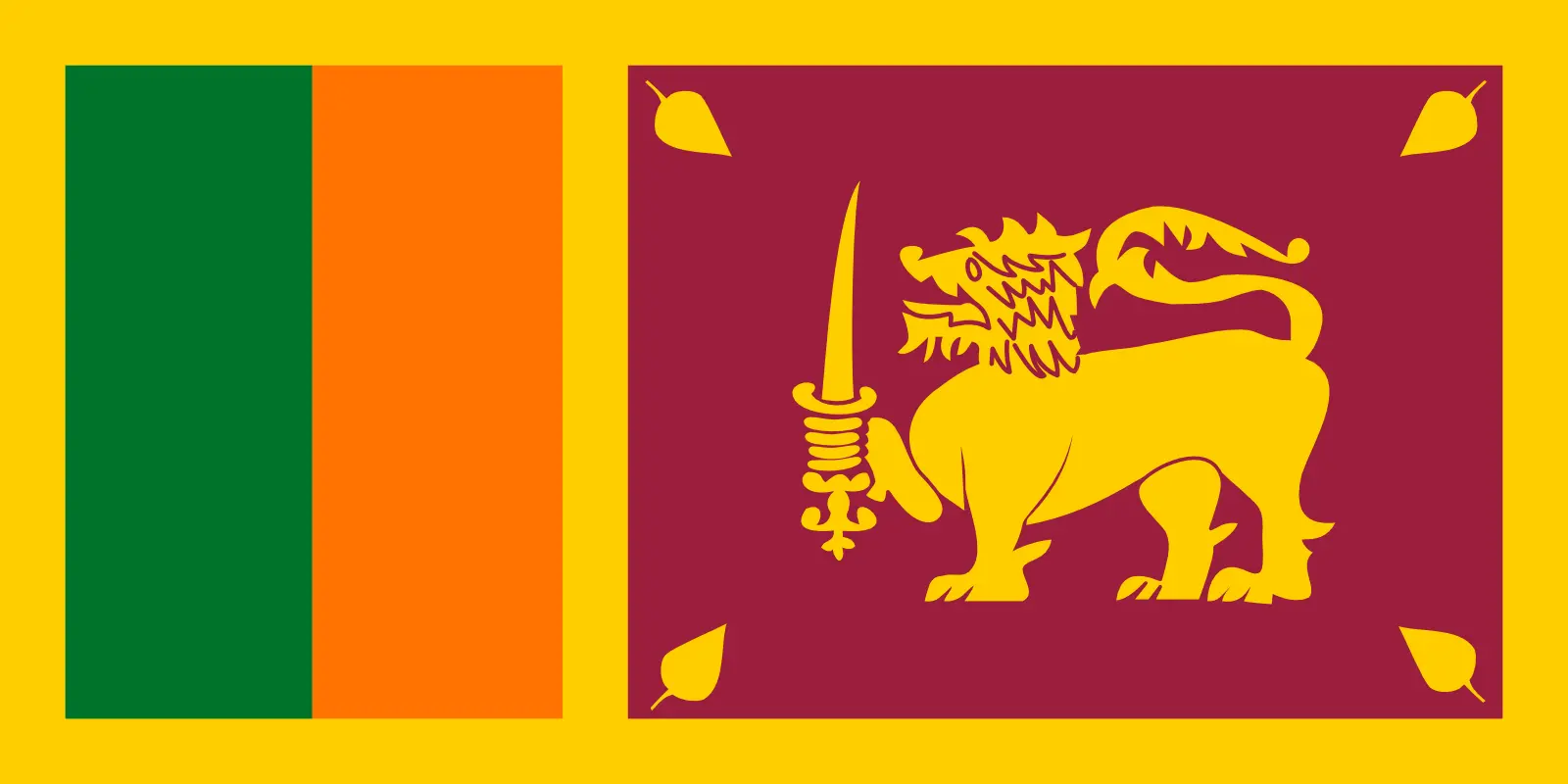 Sri Lanka (+94)
Sri Lanka (+94)
 Sudan (+249)
Sudan (+249)
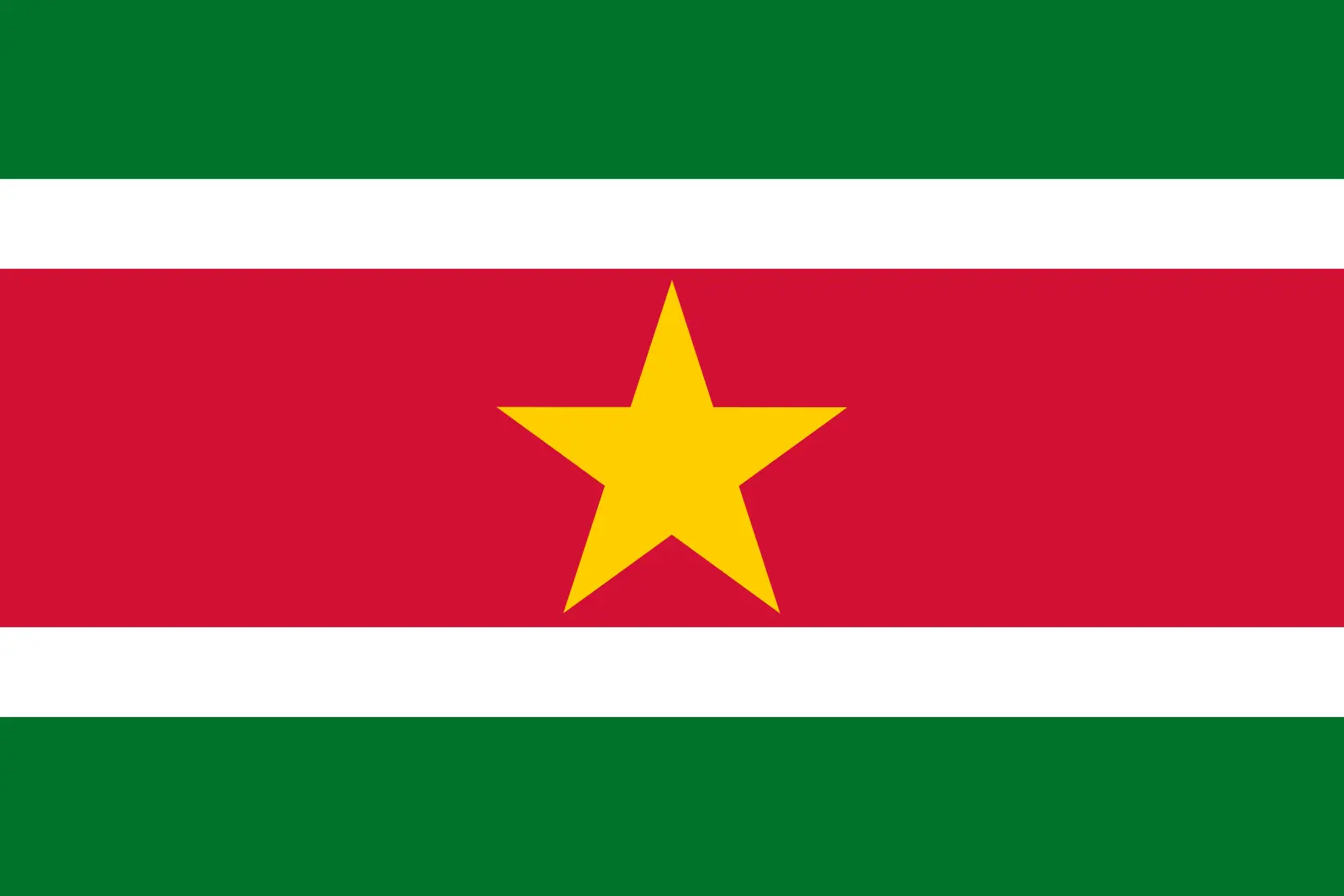 Suriname (+597)
Suriname (+597)
 Svalbard and Jan Mayen (+47)
Svalbard and Jan Mayen (+47)
 Eswatini (+268)
Eswatini (+268)
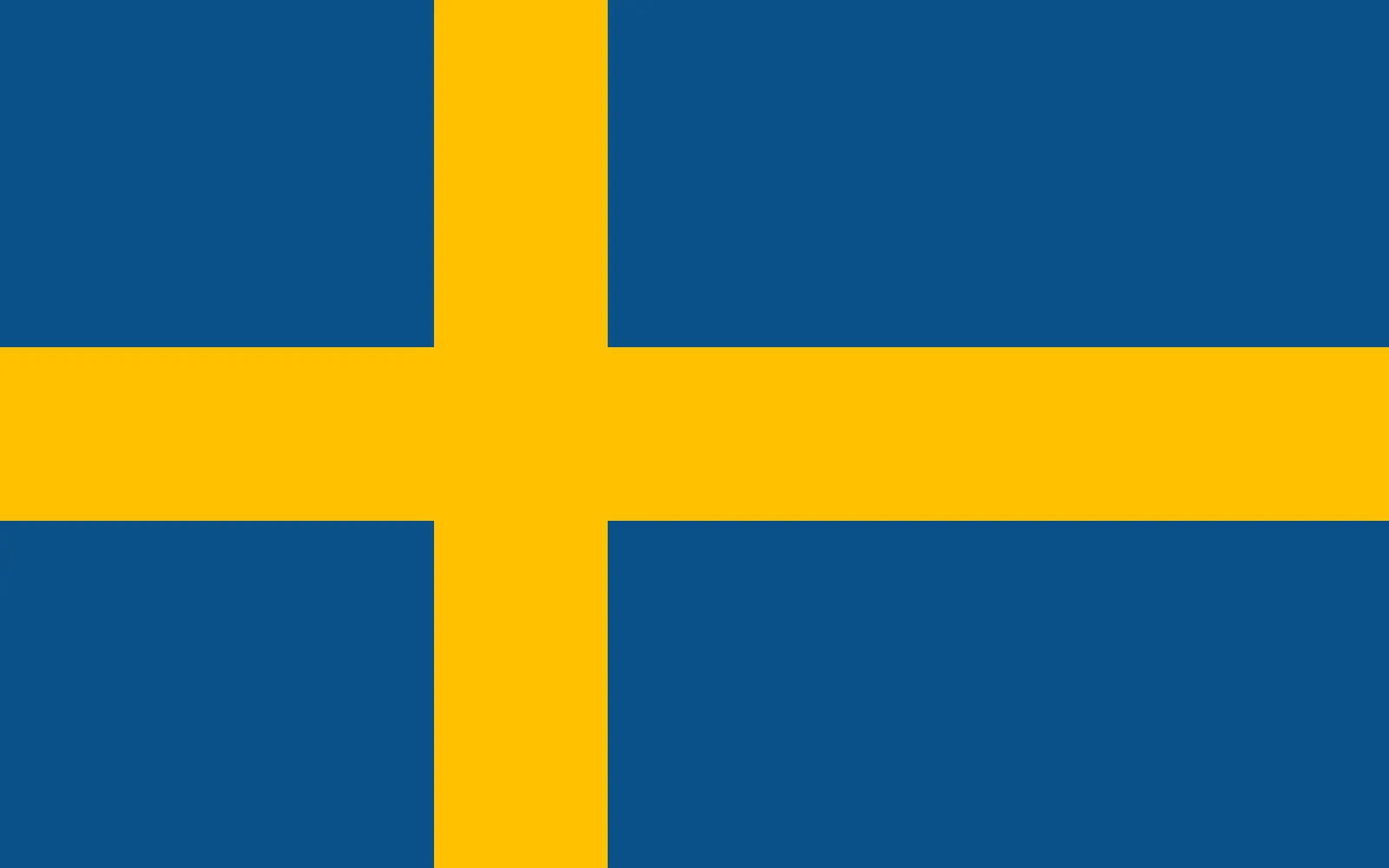 Sweden (+46)
Sweden (+46)
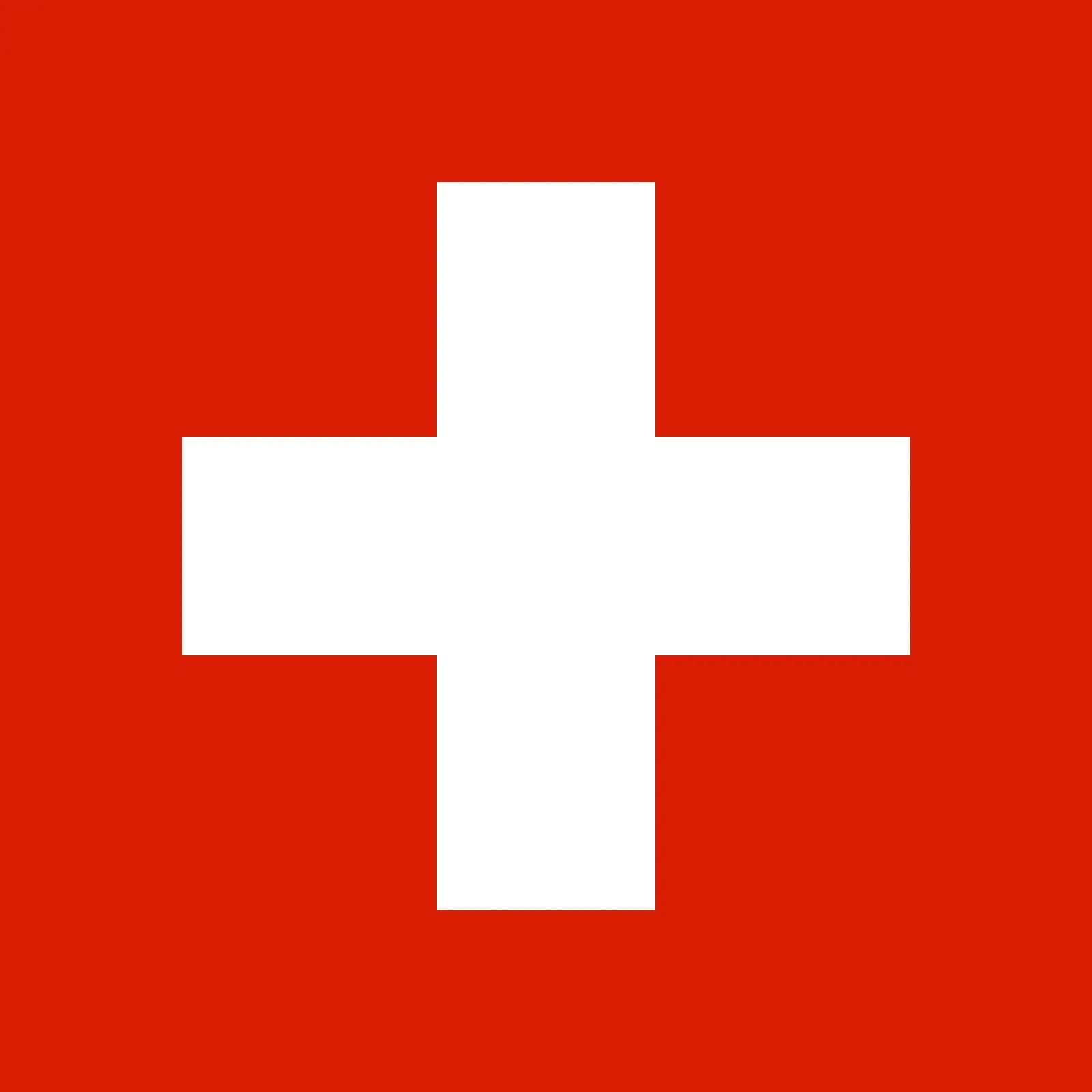 Switzerland (+41)
Switzerland (+41)
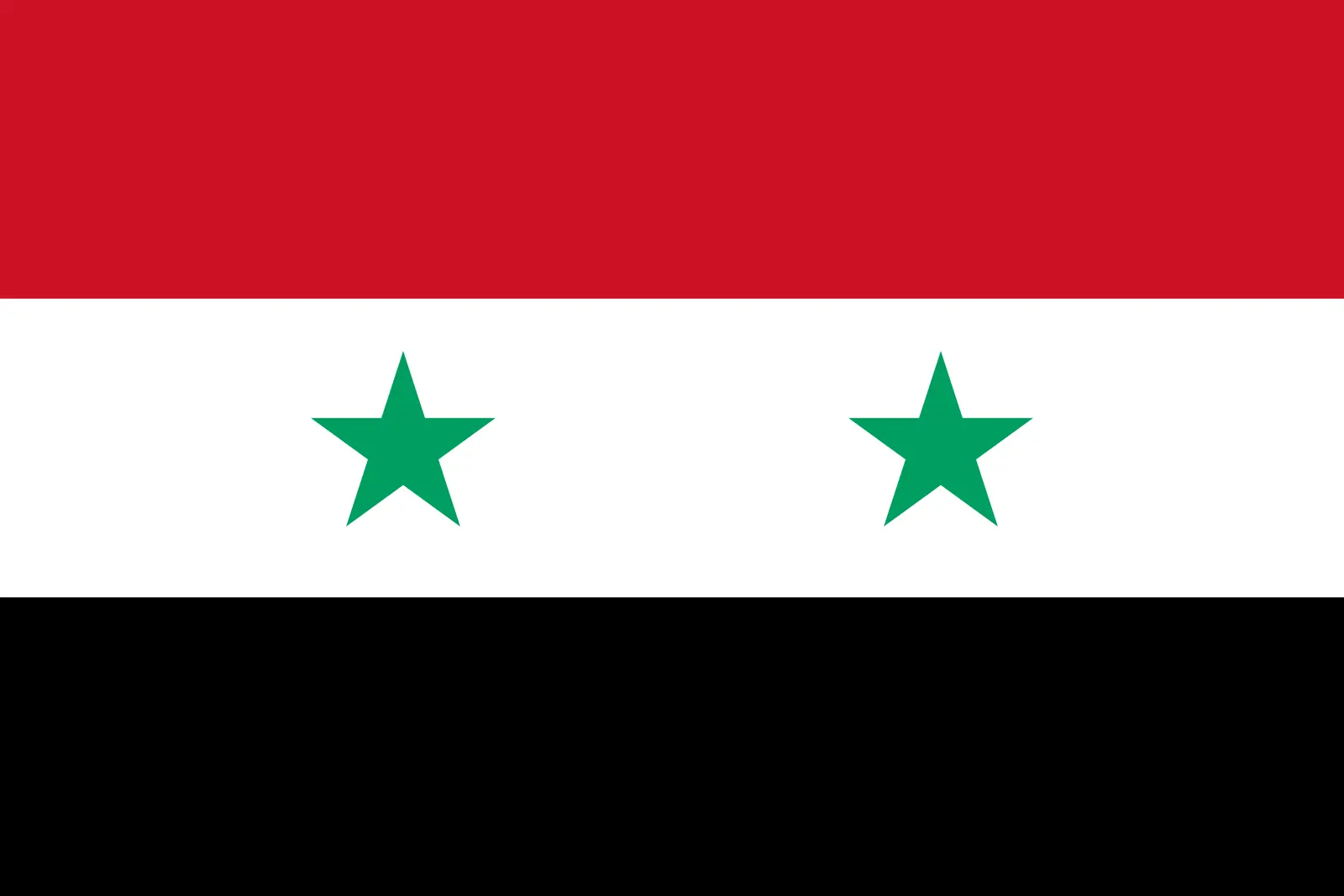 Syria (+963)
Syria (+963)
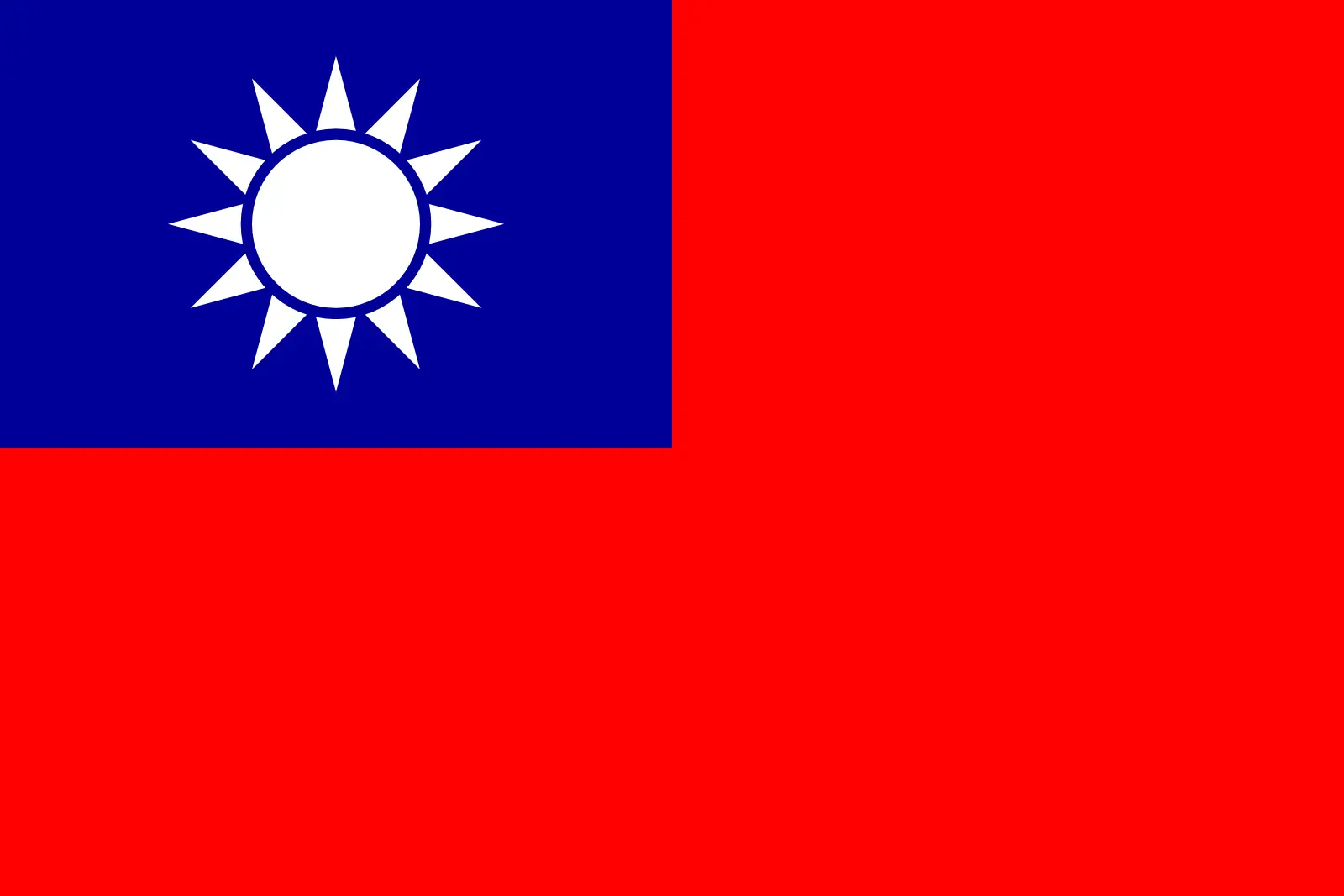 Taiwan (+886)
Taiwan (+886)
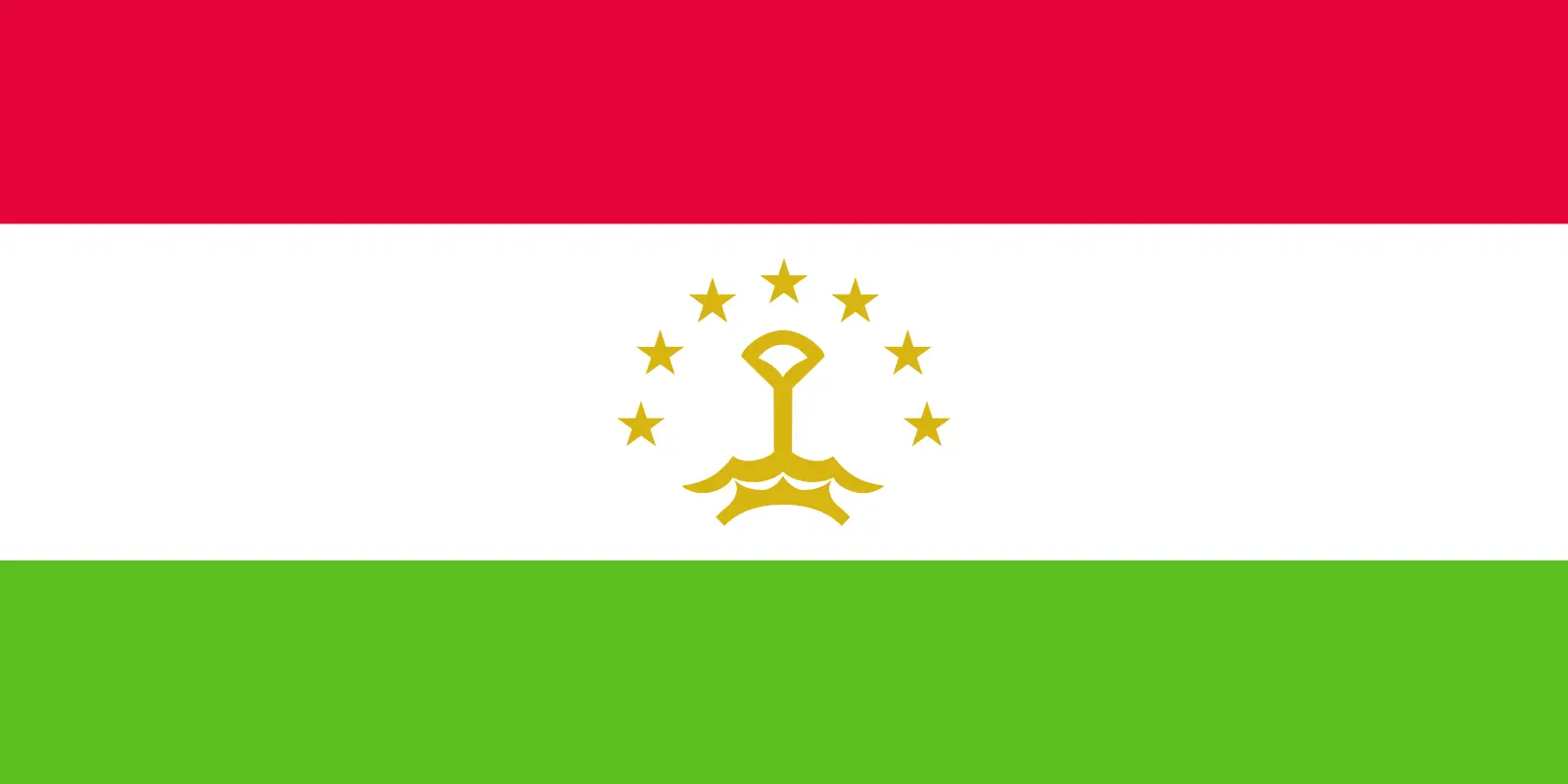 Tajikistan (+992)
Tajikistan (+992)
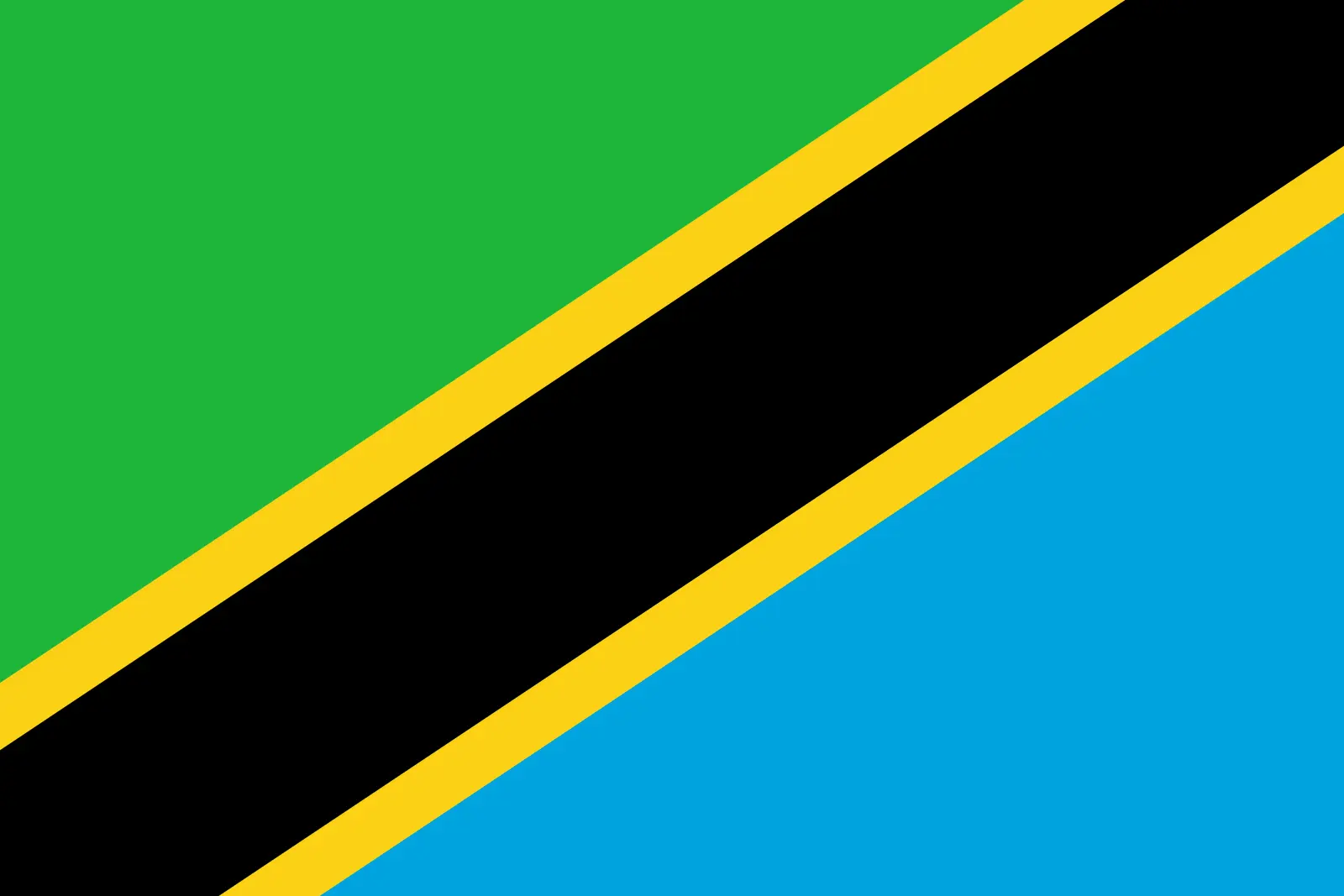 Tanzania (+255)
Tanzania (+255)
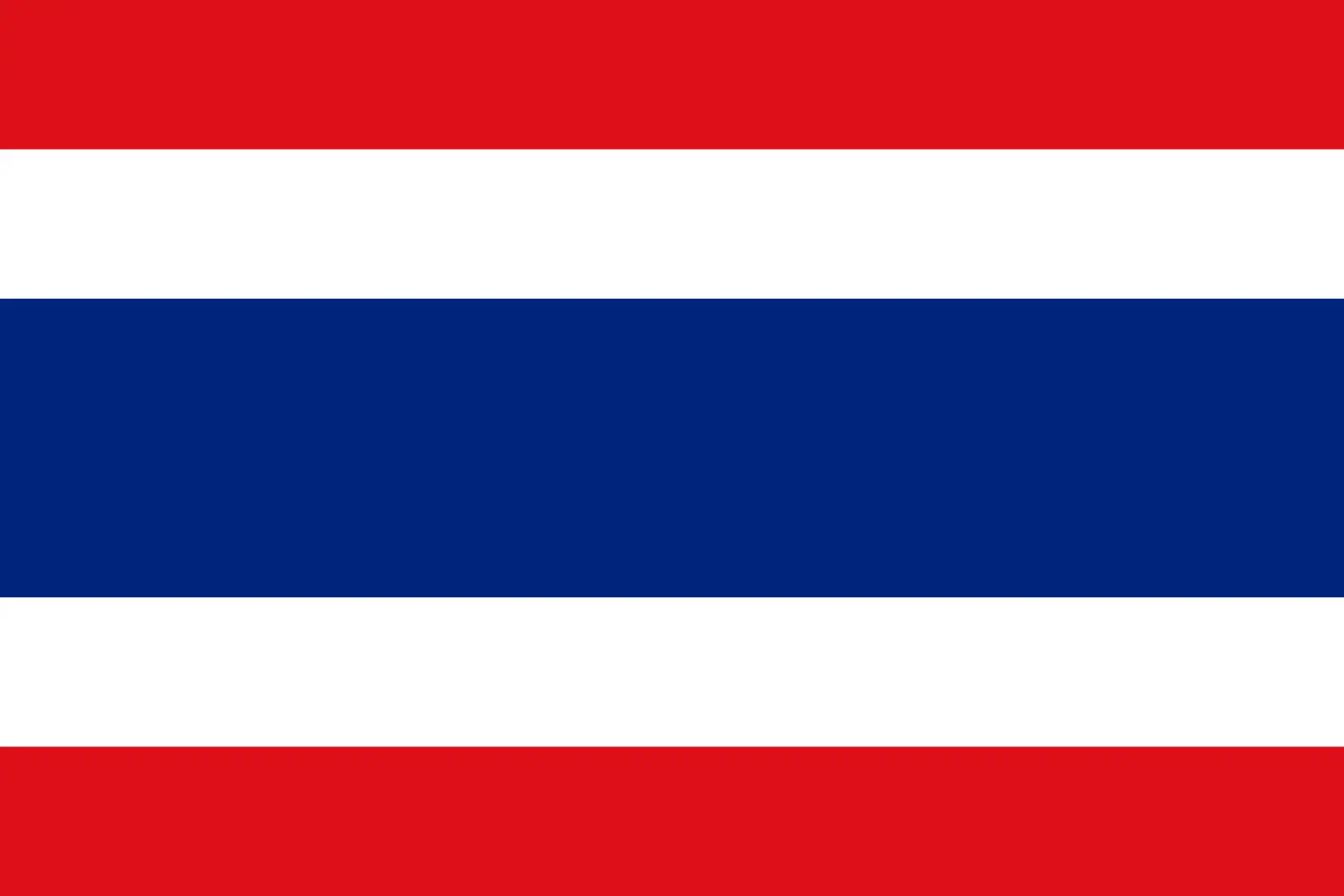 Thailand (+66)
Thailand (+66)
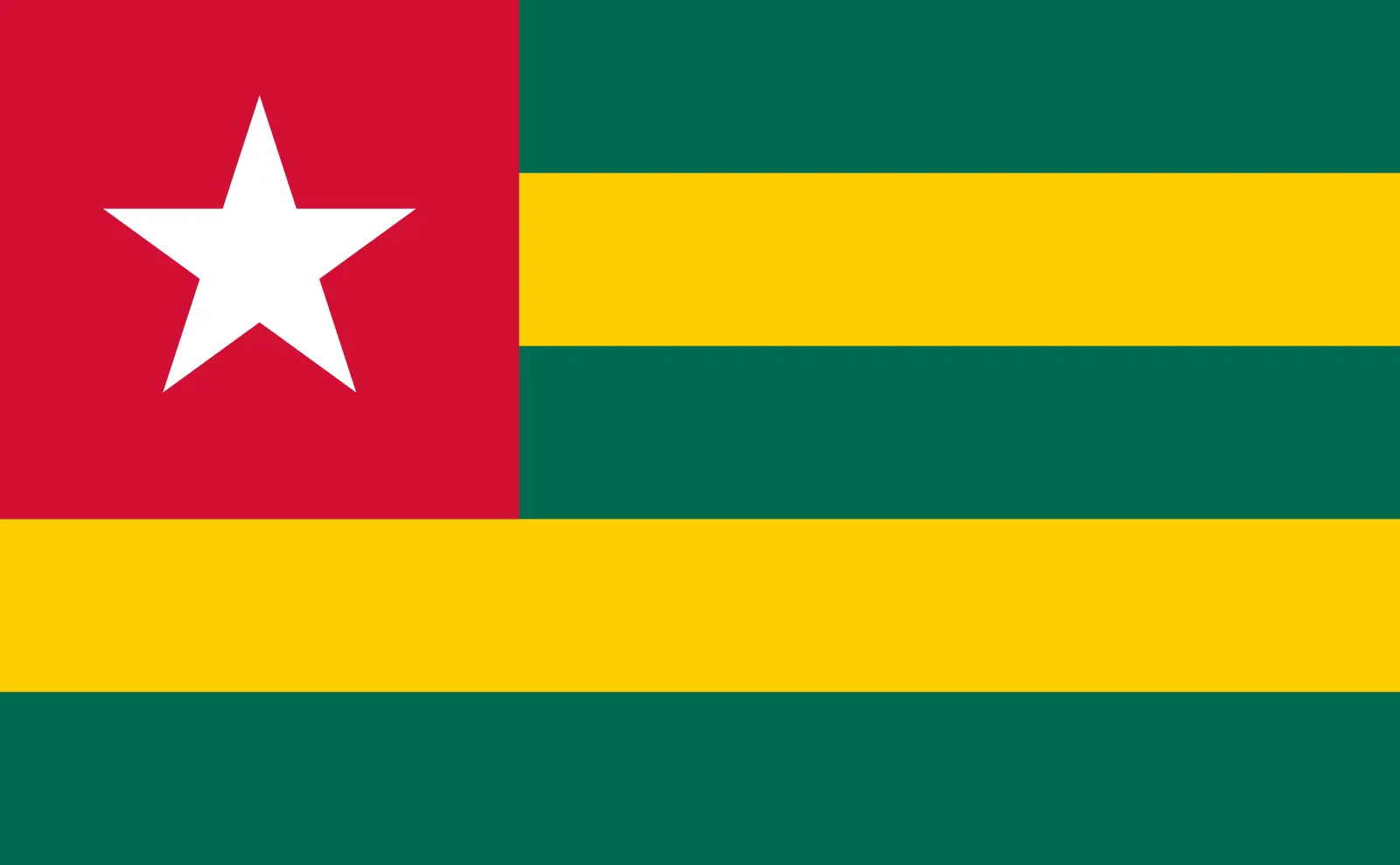 Togo (+228)
Togo (+228)
 Tokelau (+690)
Tokelau (+690)
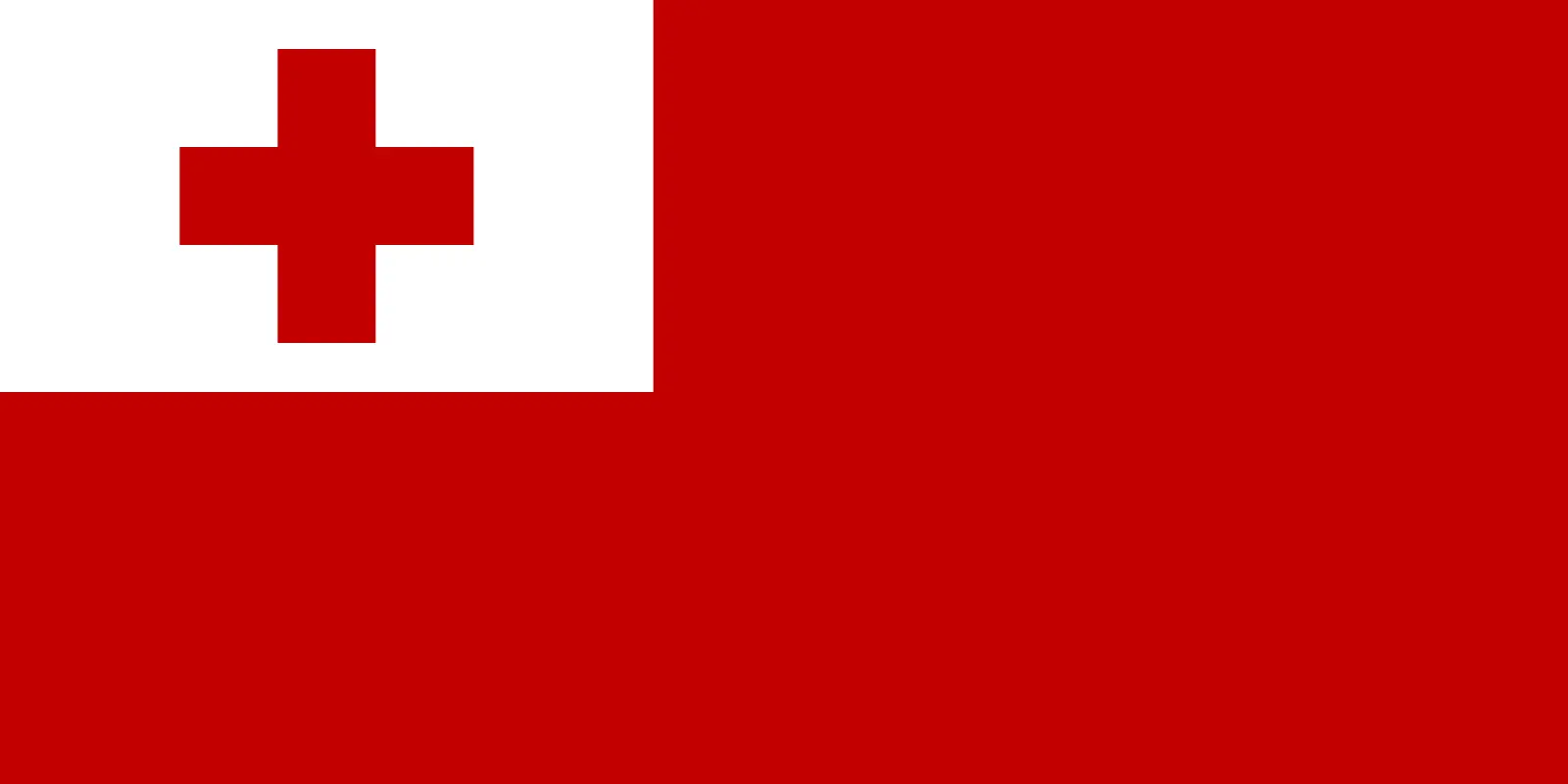 Tonga (+676)
Tonga (+676)
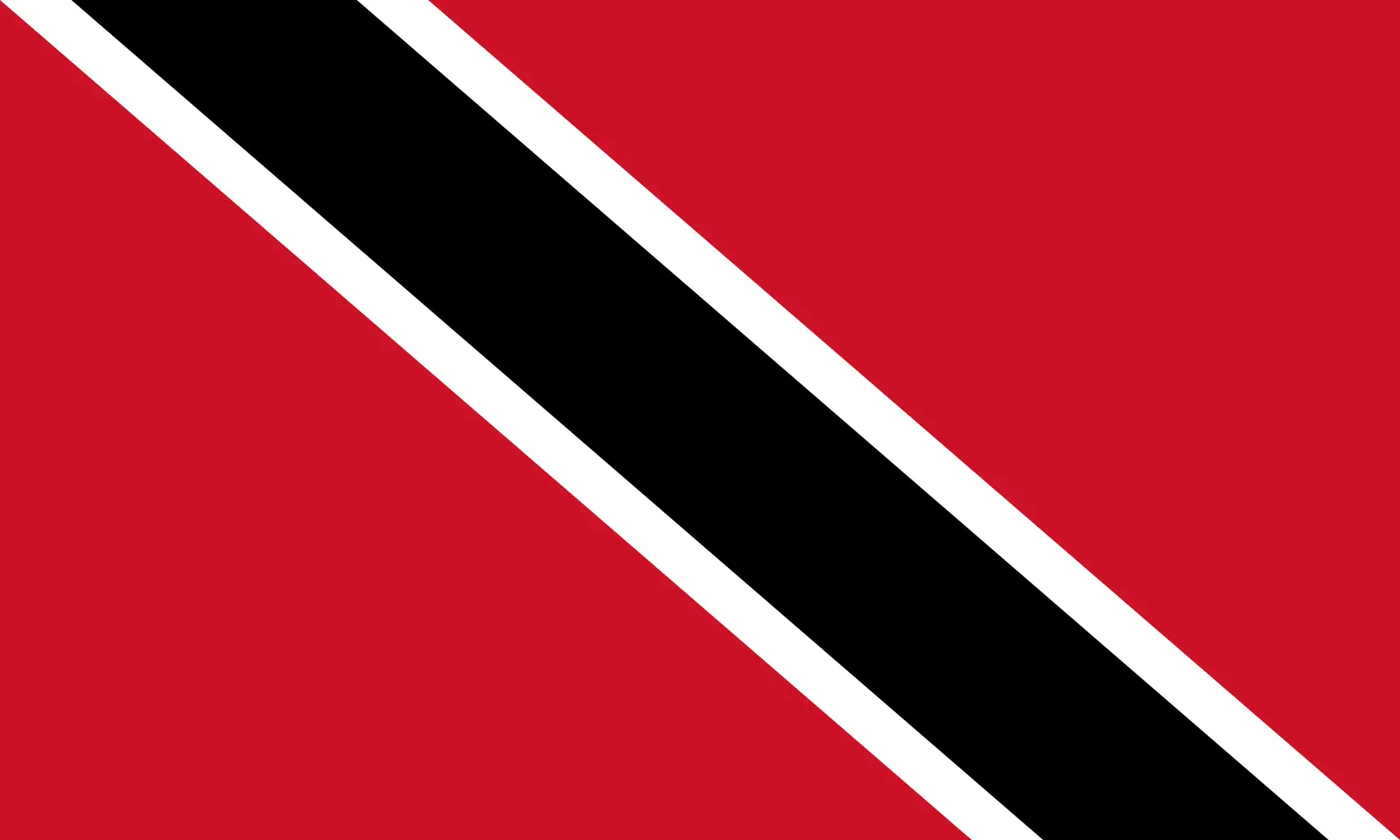 Trinidad and Tobago (+1868)
Trinidad and Tobago (+1868)
 Tunisia (+216)
Tunisia (+216)
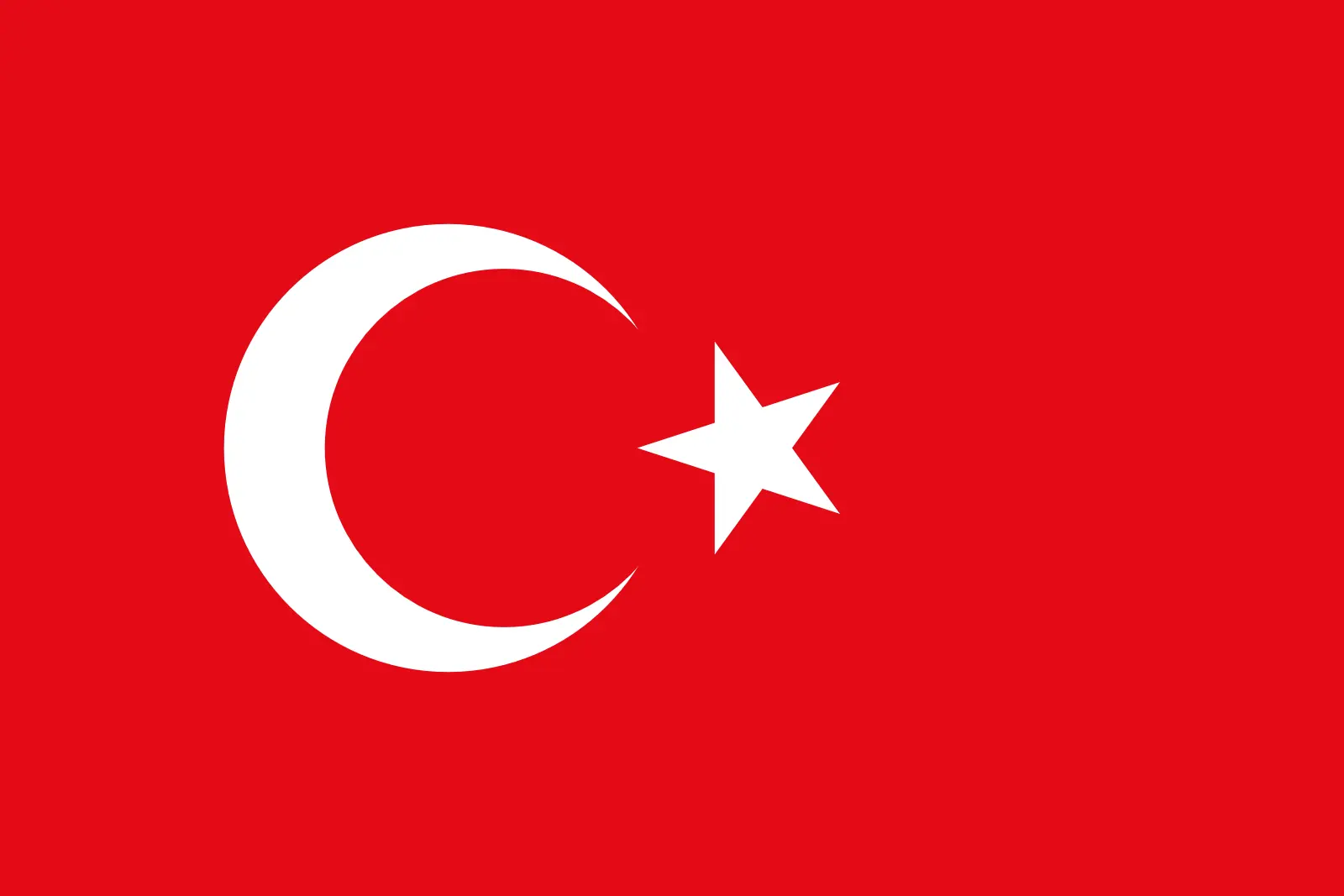 Turkey (+90)
Turkey (+90)
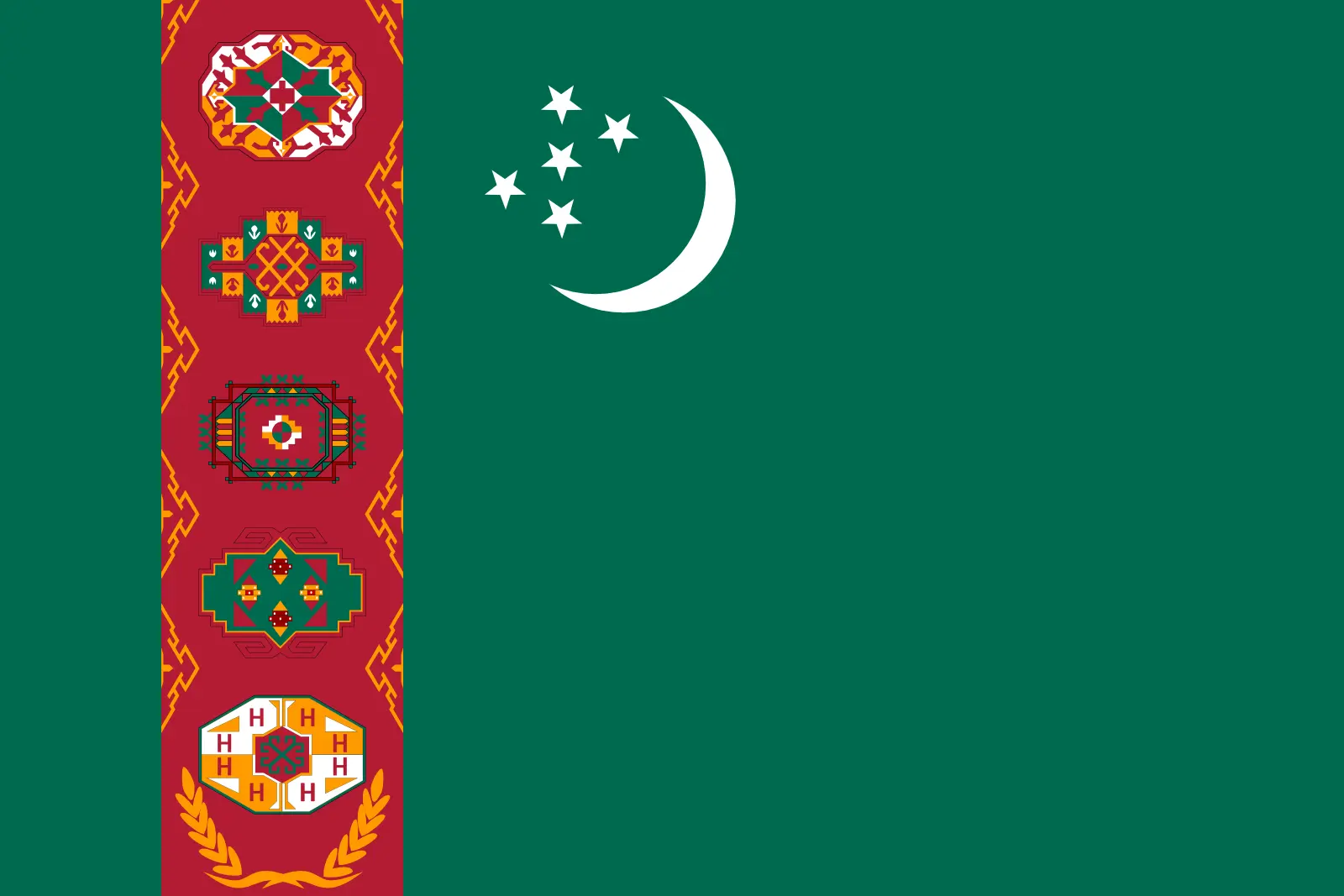 Turkmenistan (+993)
Turkmenistan (+993)
 Turks and Caicos Islands (+1649)
Turks and Caicos Islands (+1649)
 Tuvalu (+688)
Tuvalu (+688)
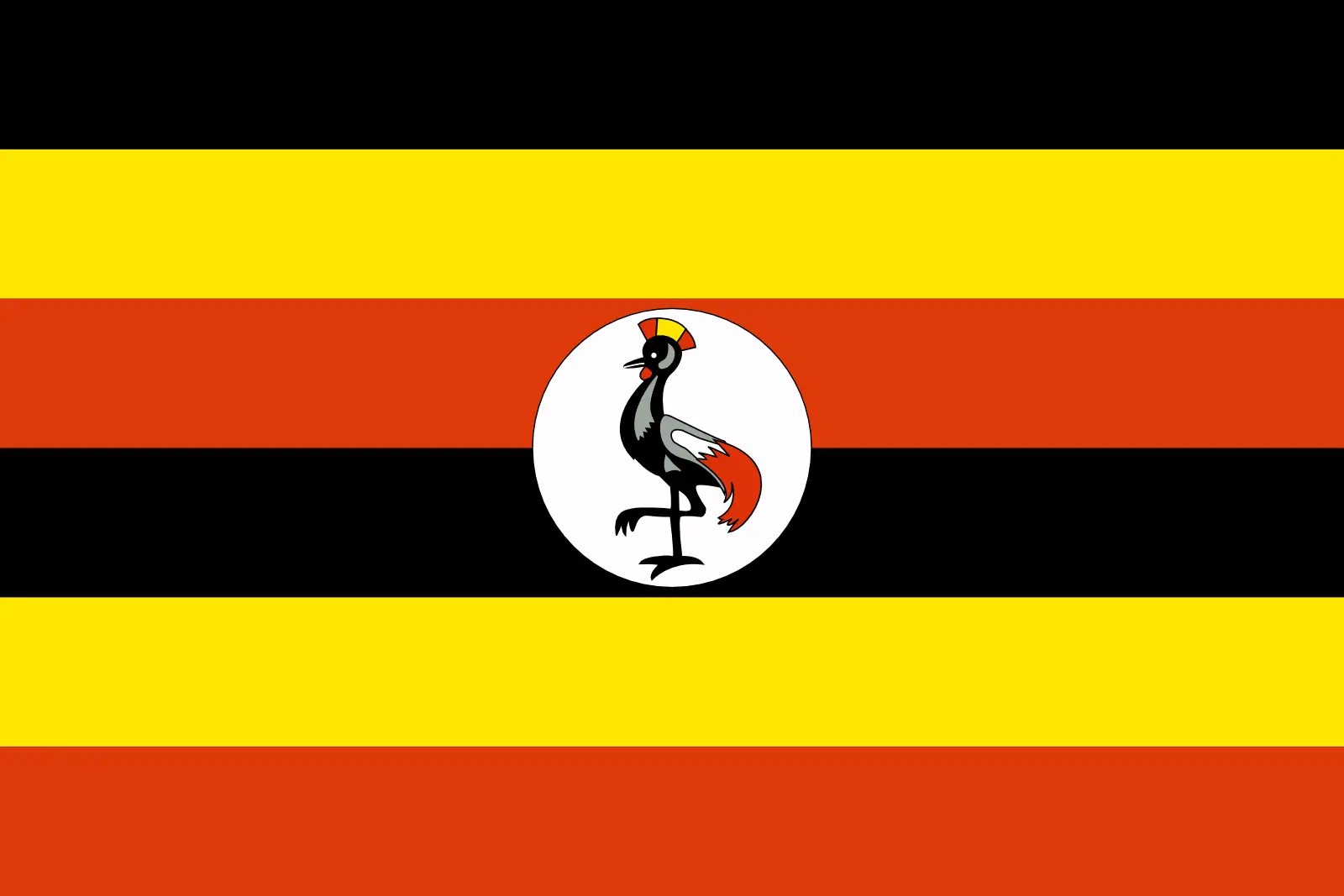 Uganda (+256)
Uganda (+256)
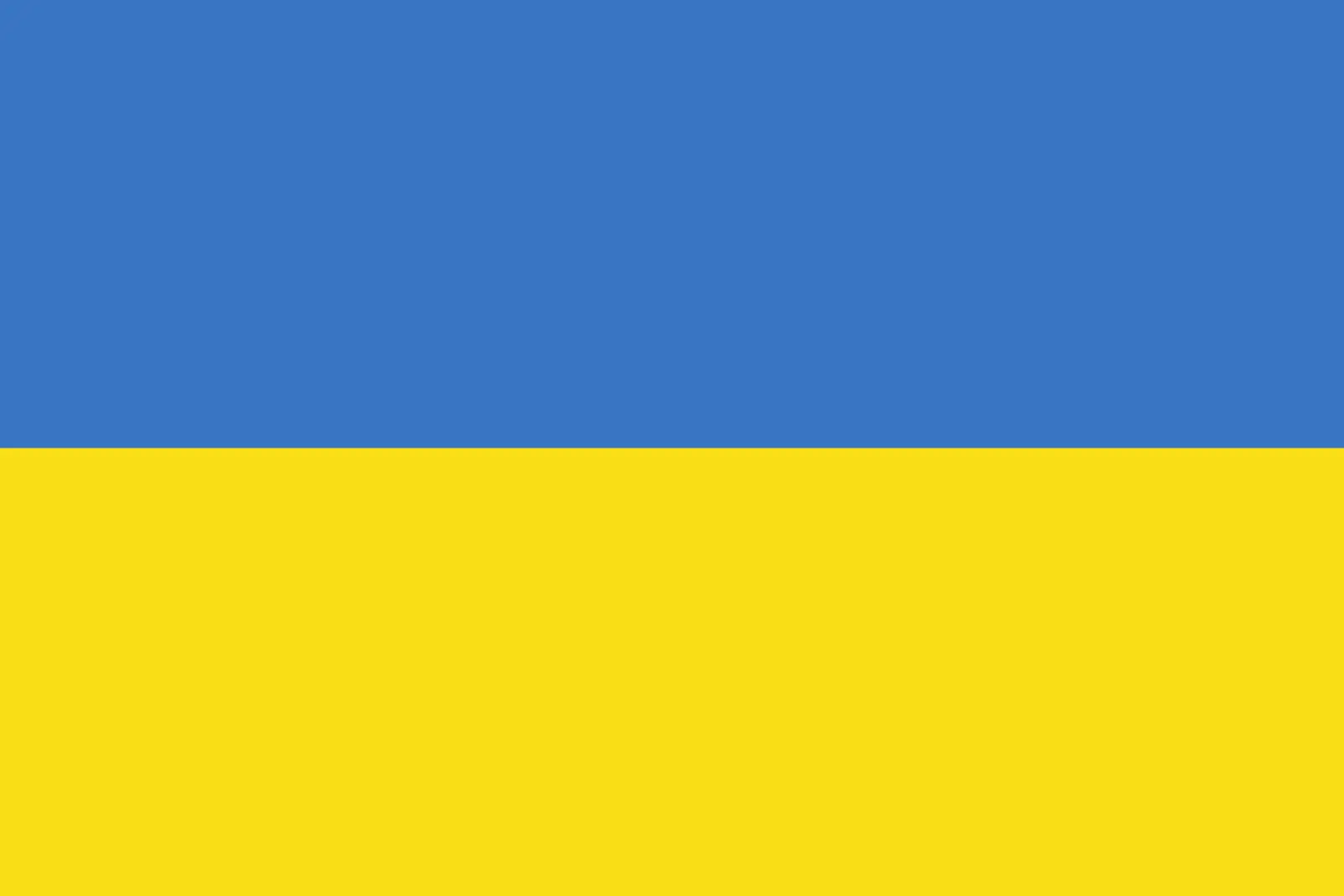 Ukraine (+380)
Ukraine (+380)
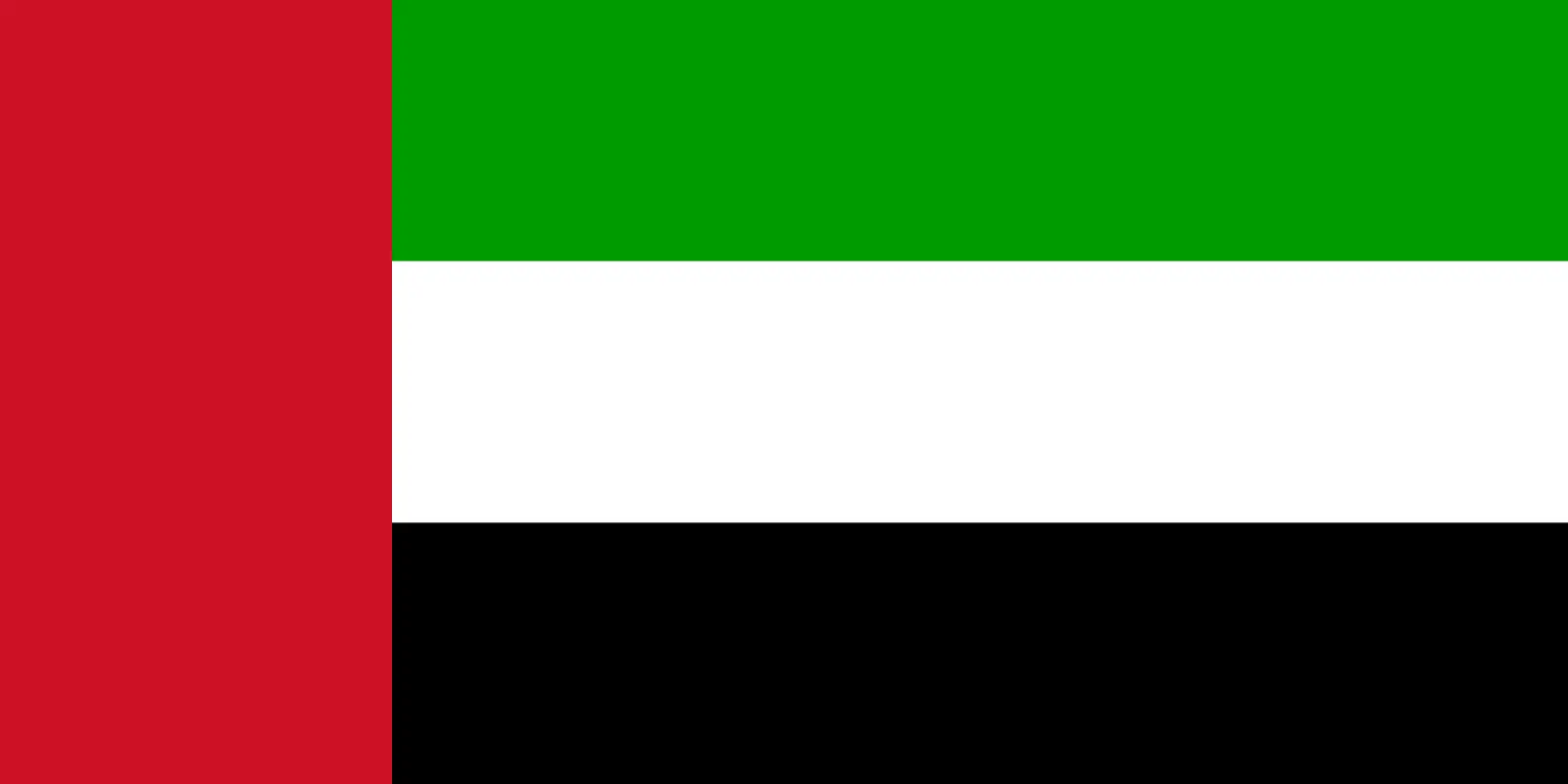 United Arab Emirates (+971)
United Arab Emirates (+971)
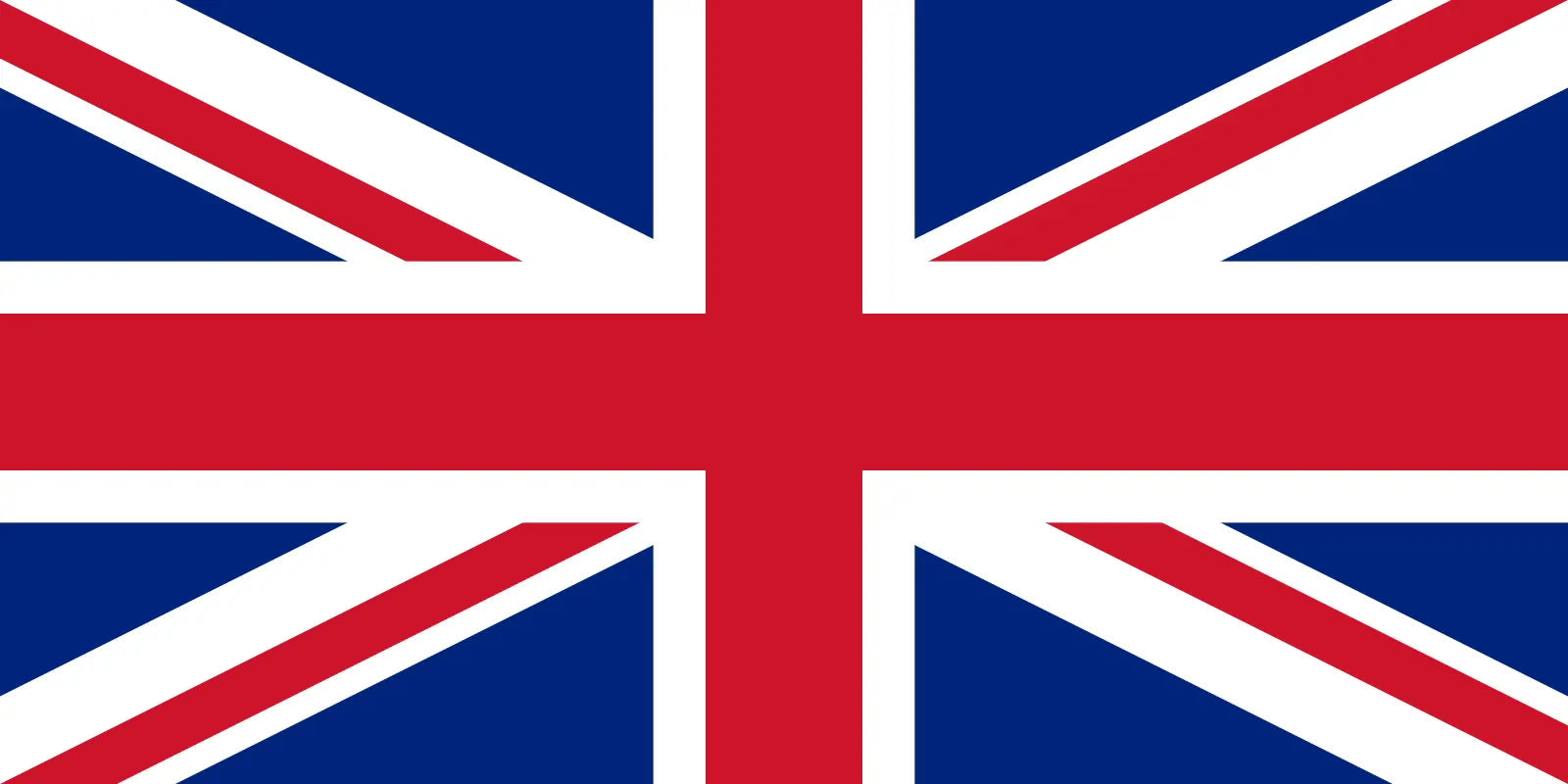 United Kingdom (+44)
United Kingdom (+44)
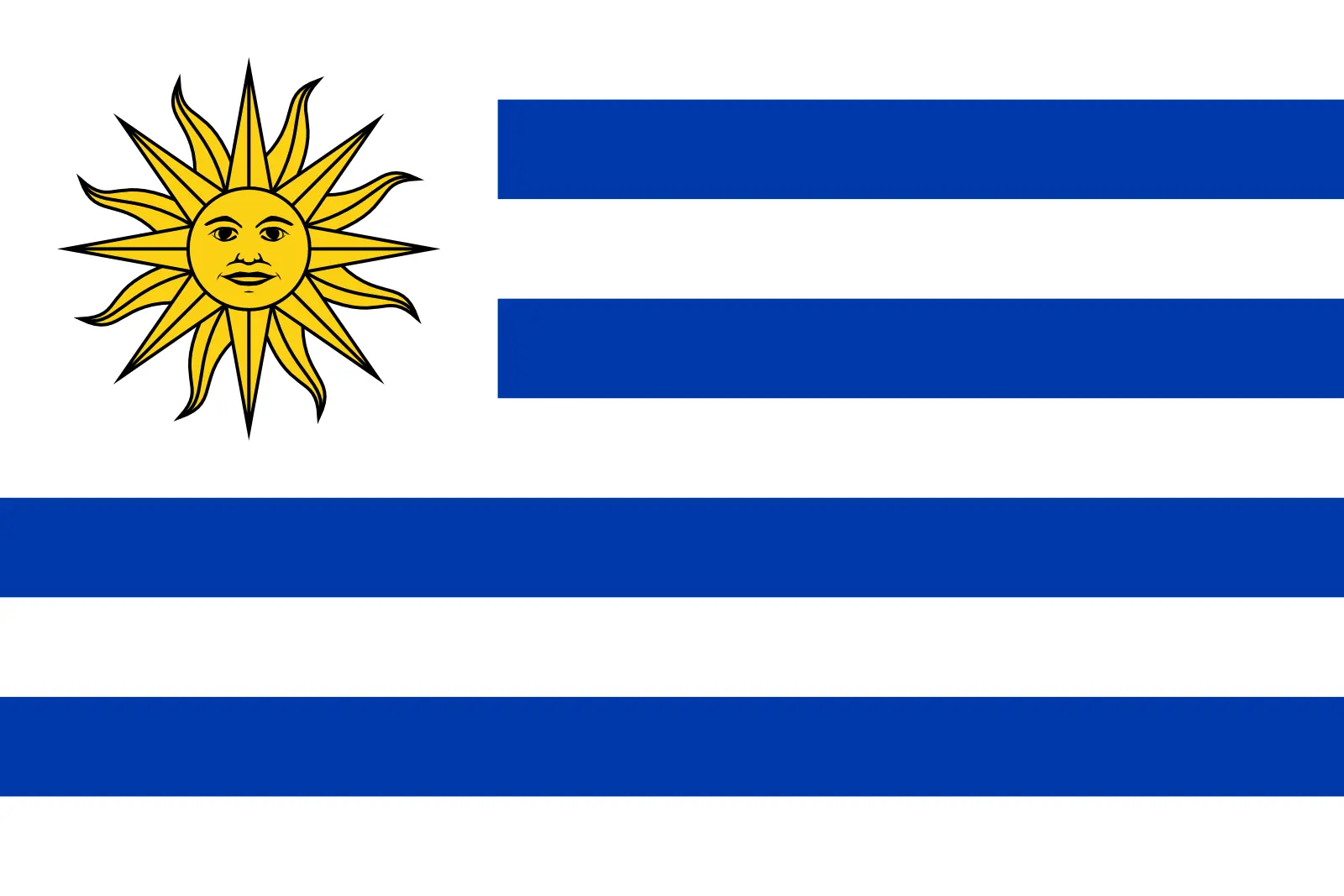 Uruguay (+598)
Uruguay (+598)
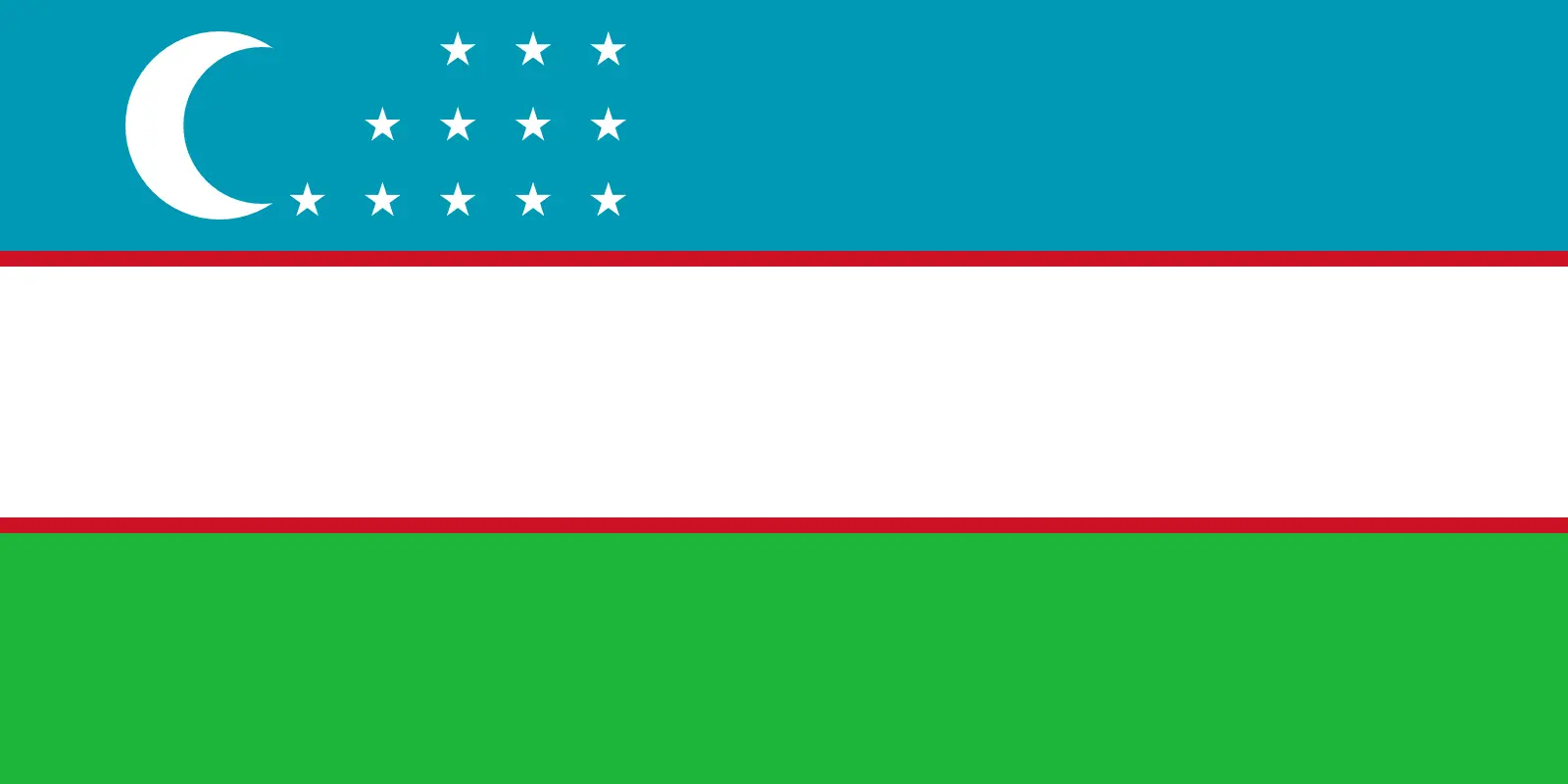 Uzbekistan (+998)
Uzbekistan (+998)
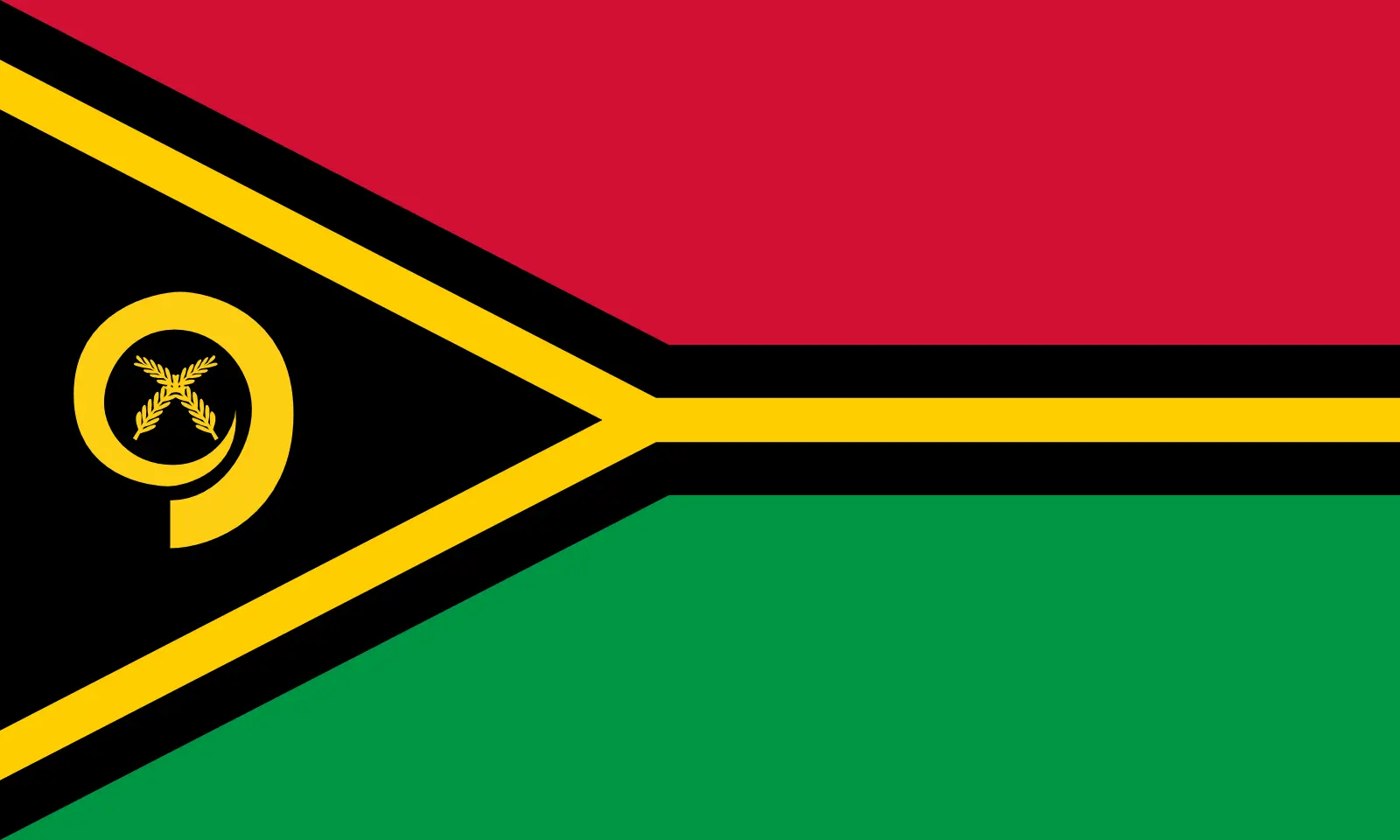 Vanuatu (+678)
Vanuatu (+678)
 Vatican City (+39)
Vatican City (+39)
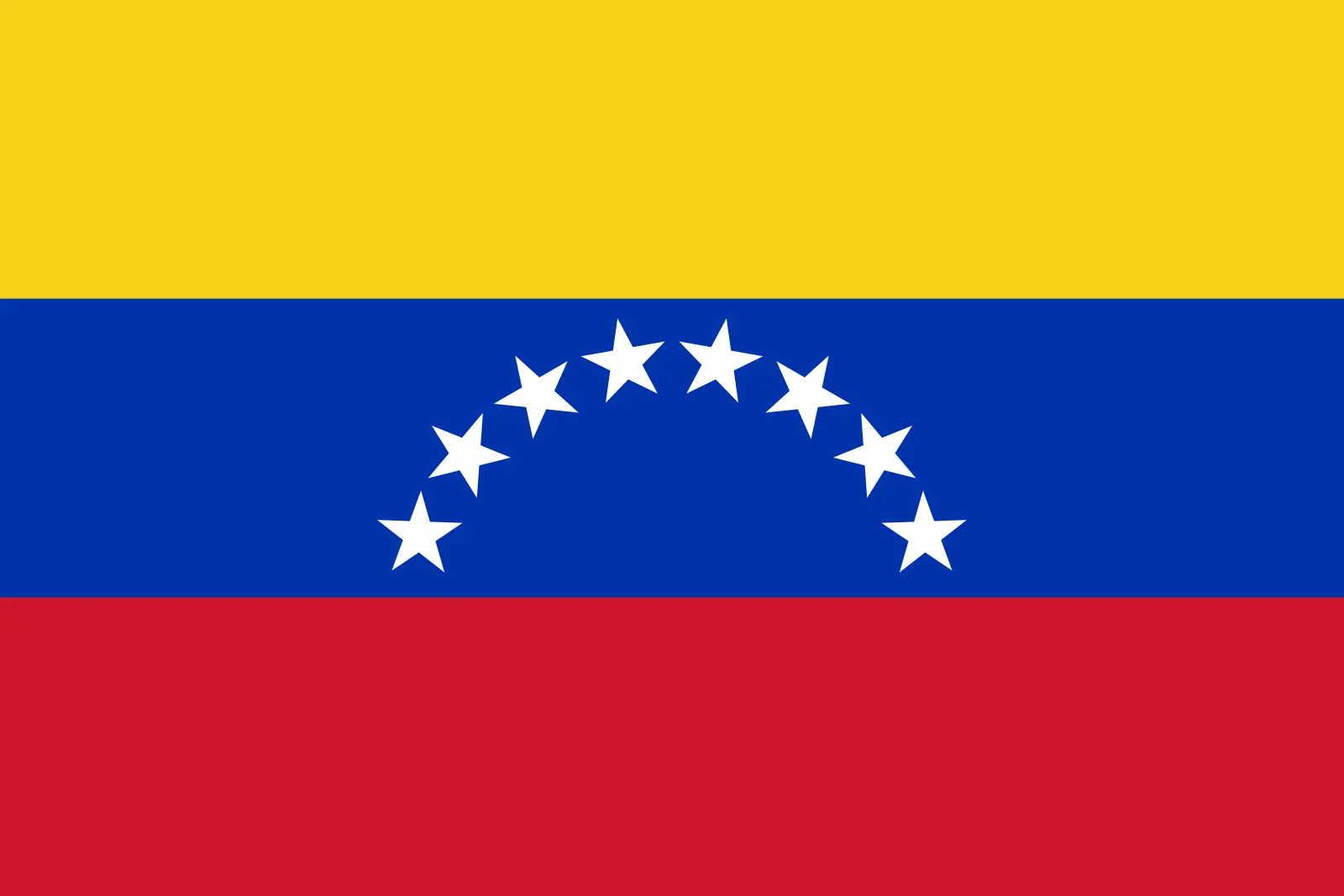 Venezuela (Bolivarian Republic of) (+58)
Venezuela (Bolivarian Republic of) (+58)
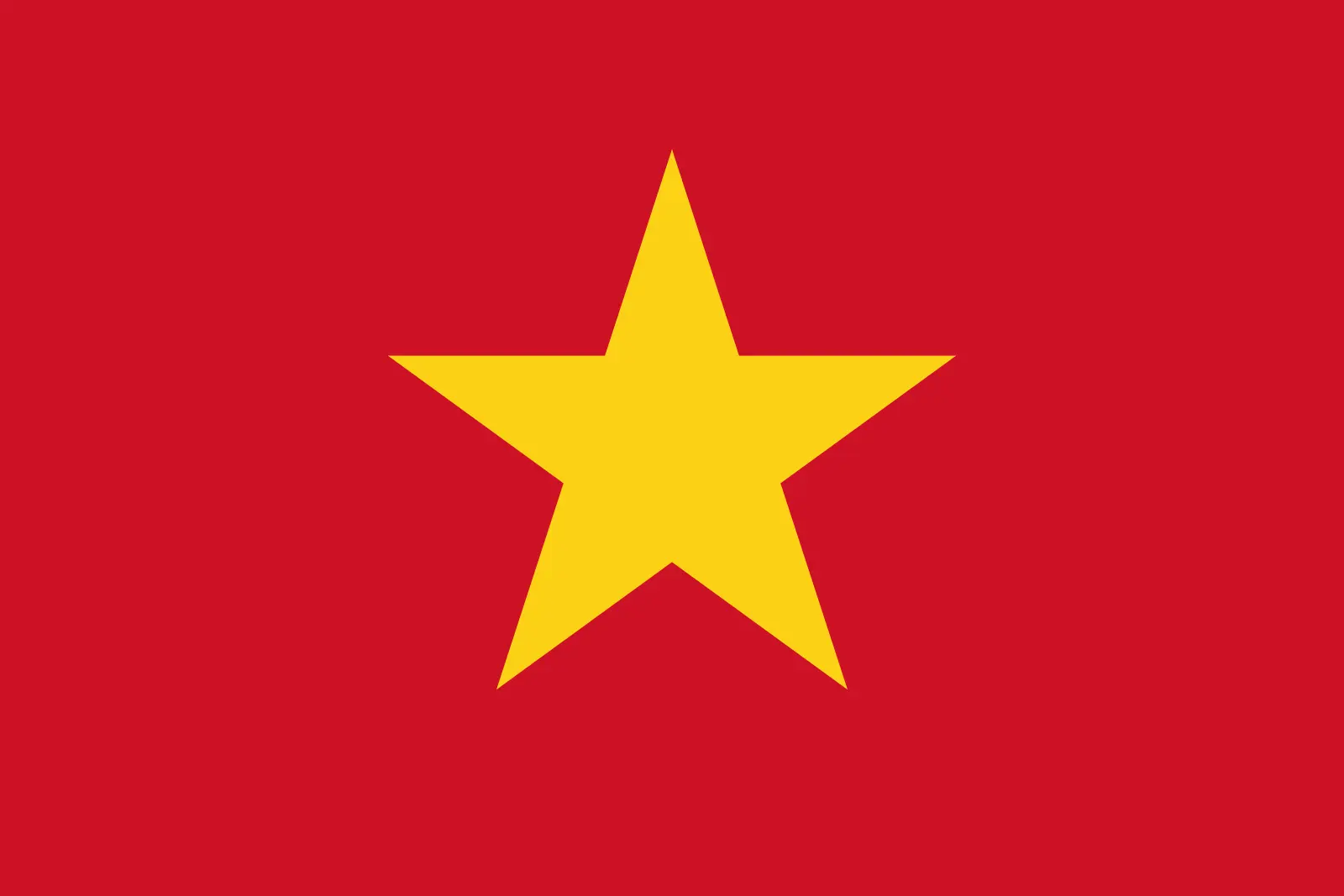 Vietnam (+84)
Vietnam (+84)
 Wallis and Futuna (+681)
Wallis and Futuna (+681)
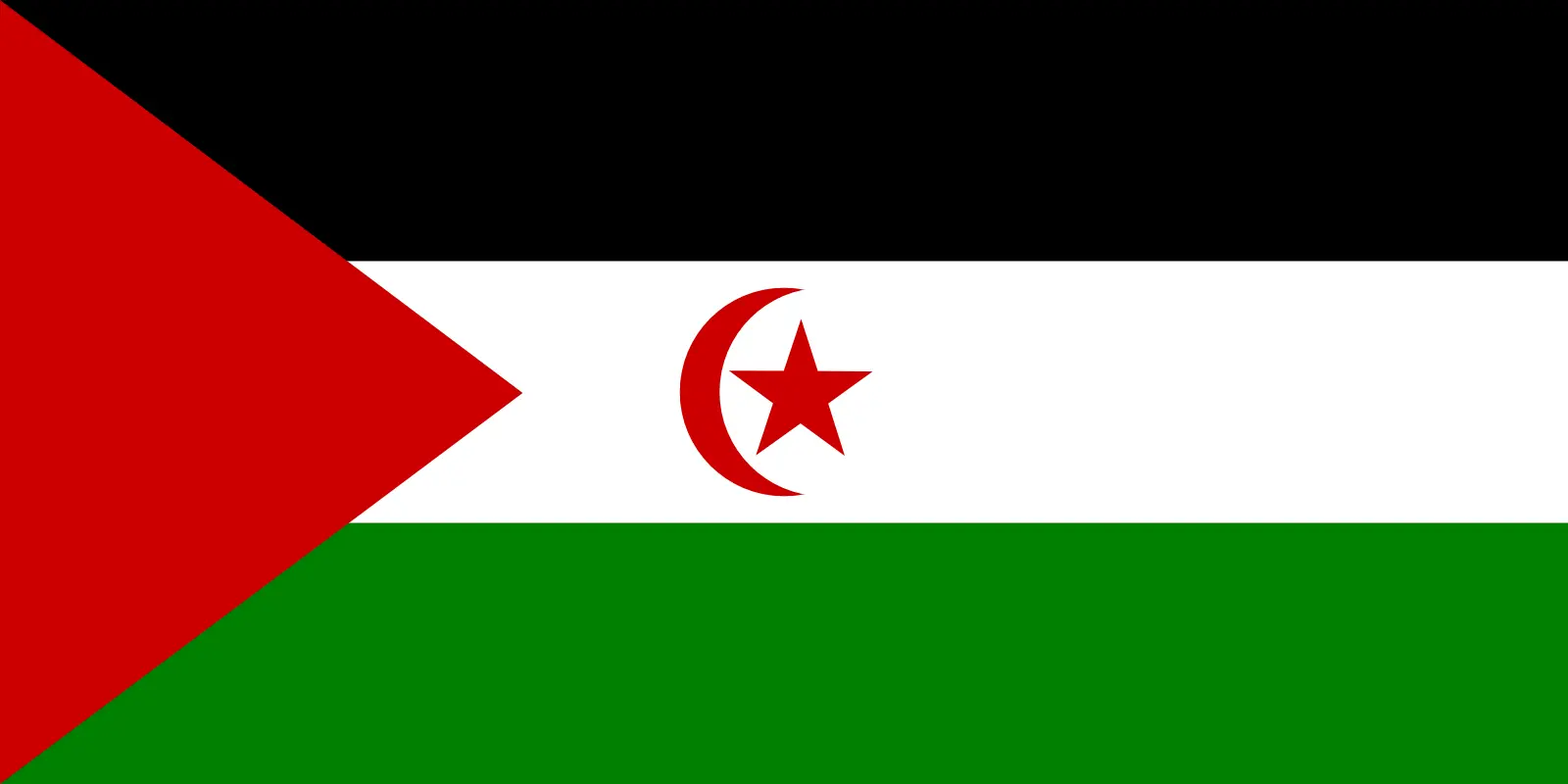 Western Sahara (+212)
Western Sahara (+212)
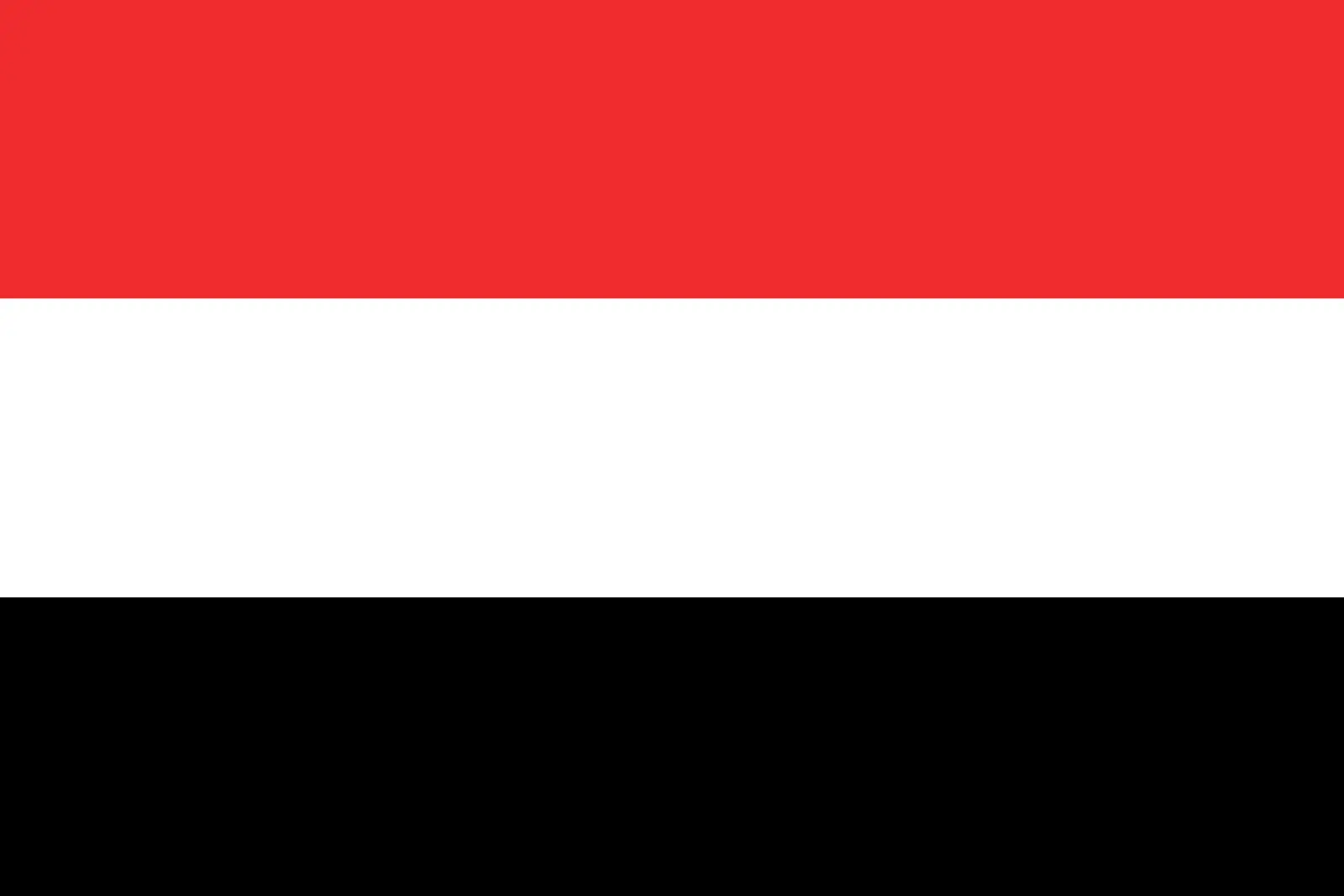 Yemen (+967)
Yemen (+967)
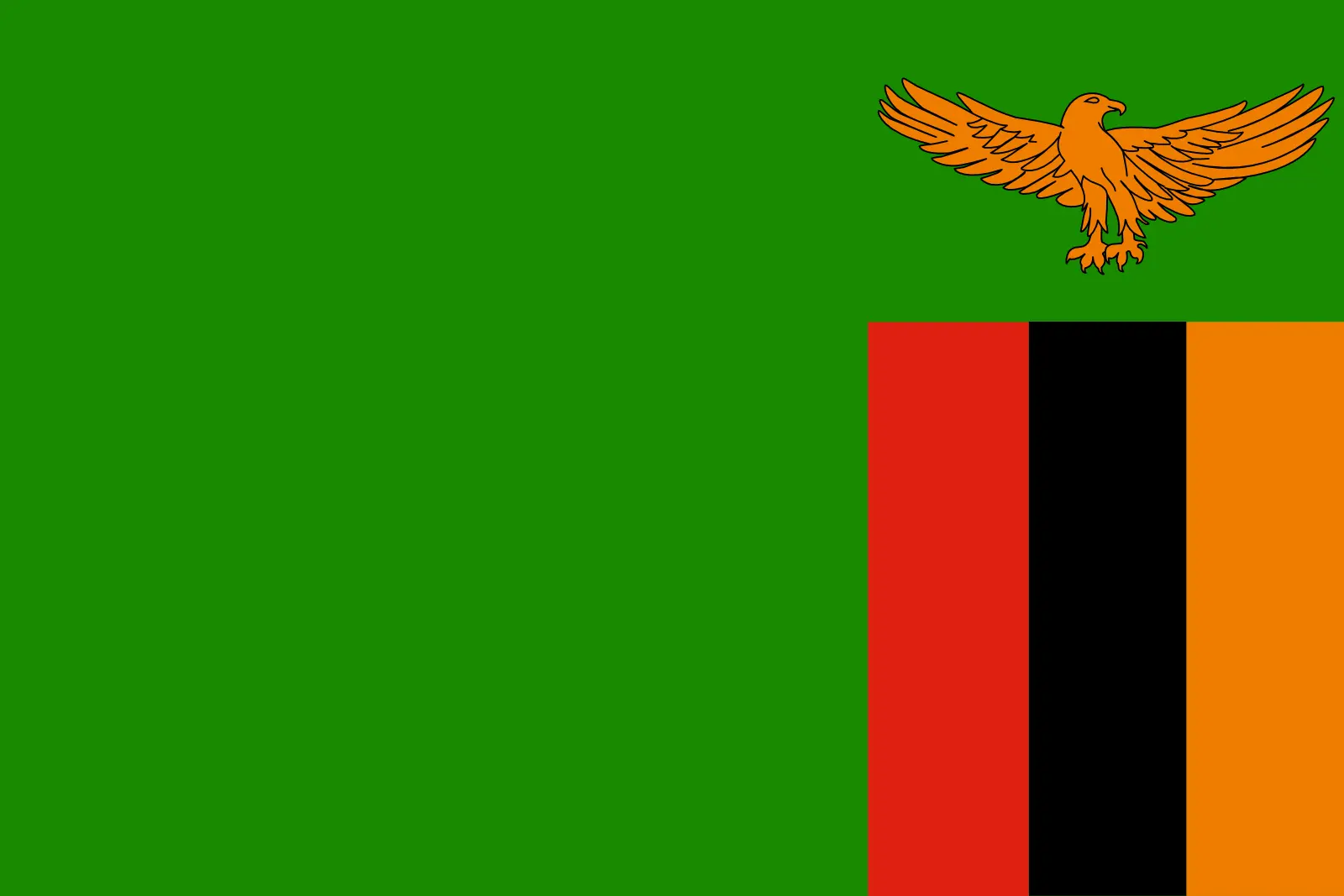 Zambia (+260)
Zambia (+260)
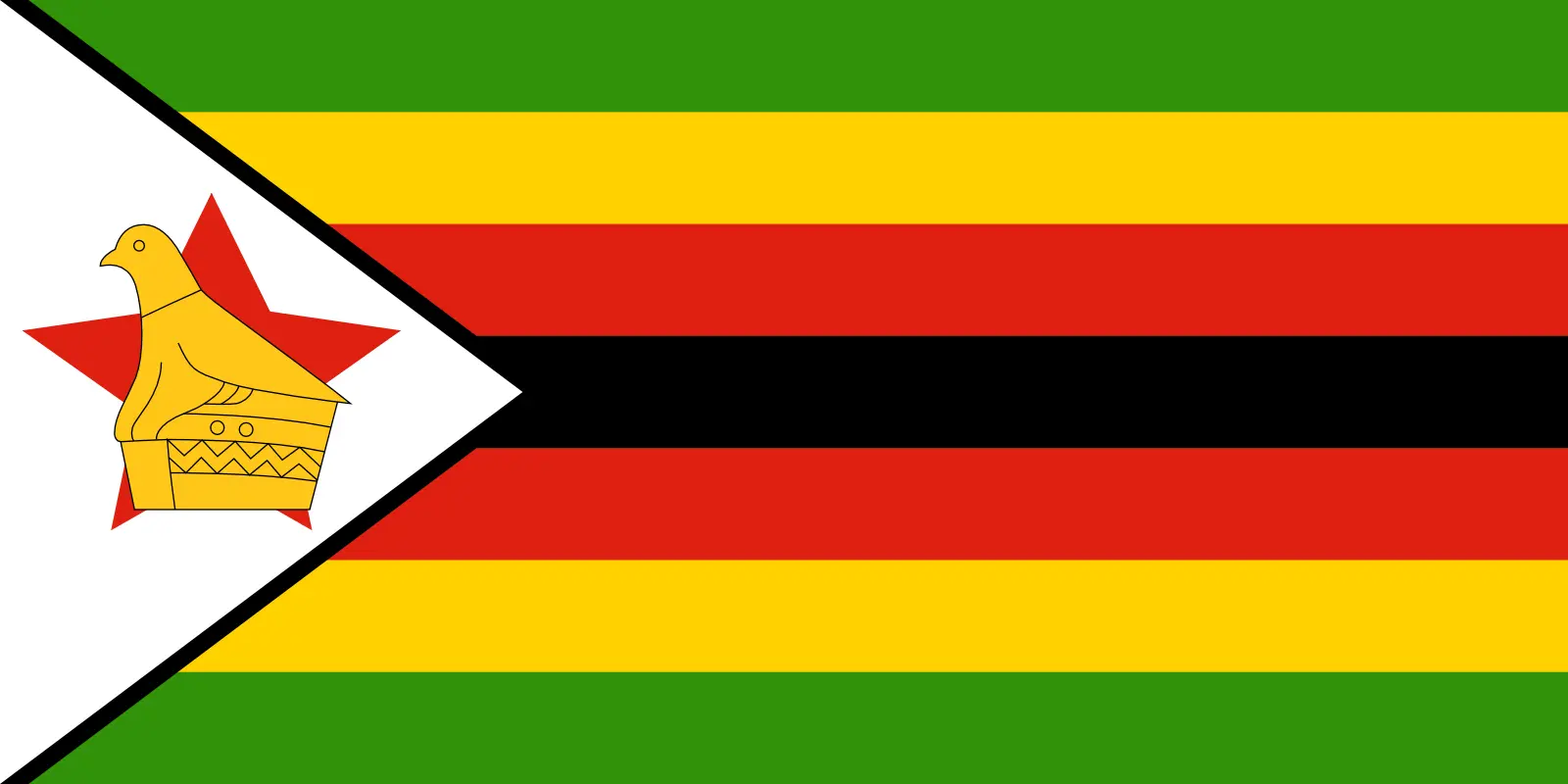 Zimbabwe (+263)
Zimbabwe (+263)

